
All there is to know about foam injection molding Manufacturing
Foam injection molding is an increasingly popular process in the manufacturing industry due to its numerous advantages. By introducing foam into the injection molding process, manufacturers can create lighter and more energy-efficient products compar...
Read more →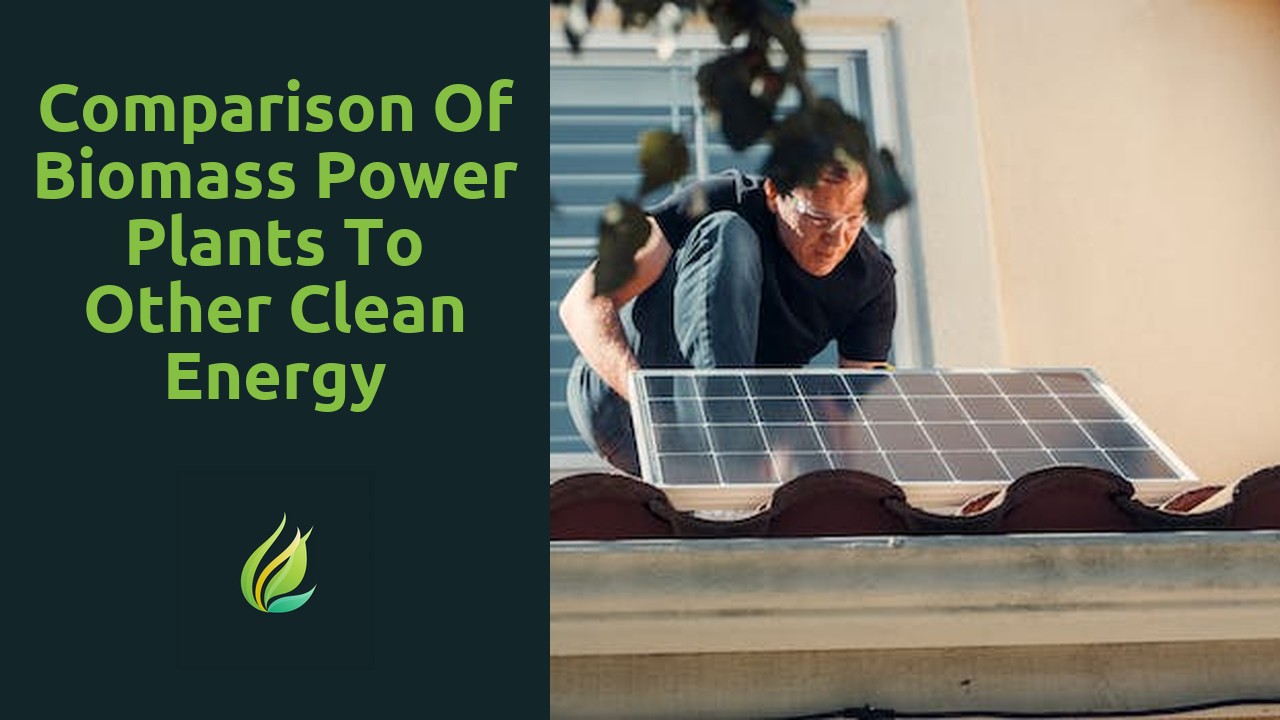
Comparison of Biomass Power Plants to Other Clean Energy Sources
Biomass power plants are a type of renewable energy facility that utilize organic materials, such as wood, crops, and agricultural waste, to generate electricity and heat. The basic principle behind biomass power generation is the conversion of bioma...
Read more →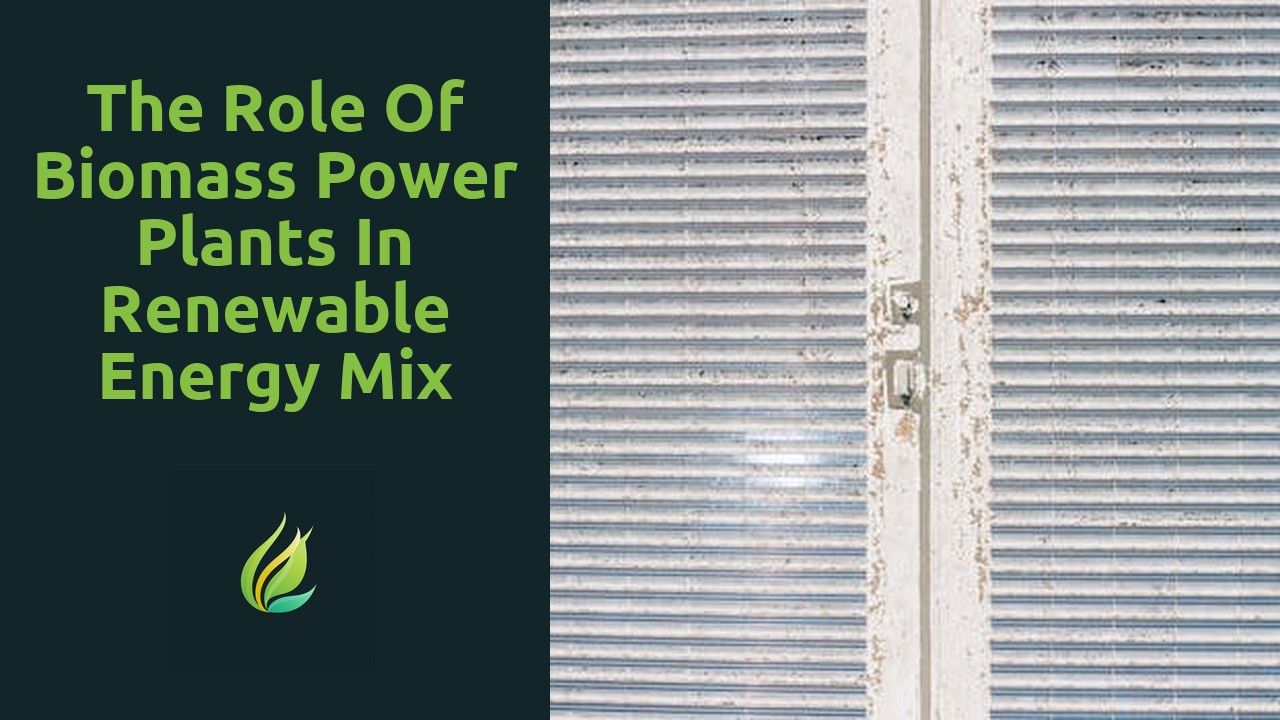
The Role of Biomass Power Plants in Renewable Energy Mix
Biomass, as a sustainable energy source, holds immense potential in addressing the global need for renewable energy solutions. Biomass power plants are becoming increasingly popular due to their ability to convert various forms of organic waste, such...
Read more →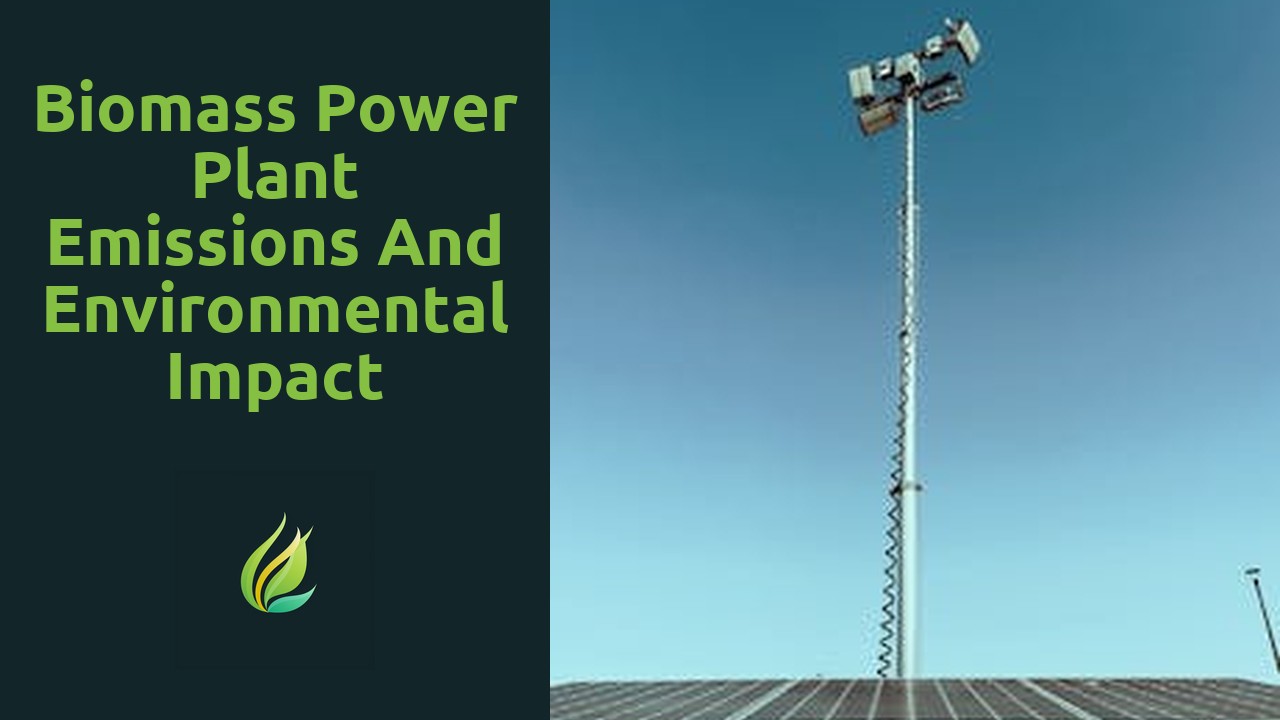
Biomass Power Plant Emissions and Environmental Impact
Biomass power plants play a crucial role in harnessing renewable energy sources. These plants utilize organic matter, such as agricultural waste, wood pellets, and dedicated energy crops, to generate electricity. By converting biomass into heat and s...
Read more →
Biomass Fuel Handling and Preparation in Power Plants
Biomass fuel, derived from organic materials such as wood, agricultural residues, and dedicated energy crops, has gained significant attention as a renewable energy source in power generation. Understanding the importance of effectively managing biom...
Read more →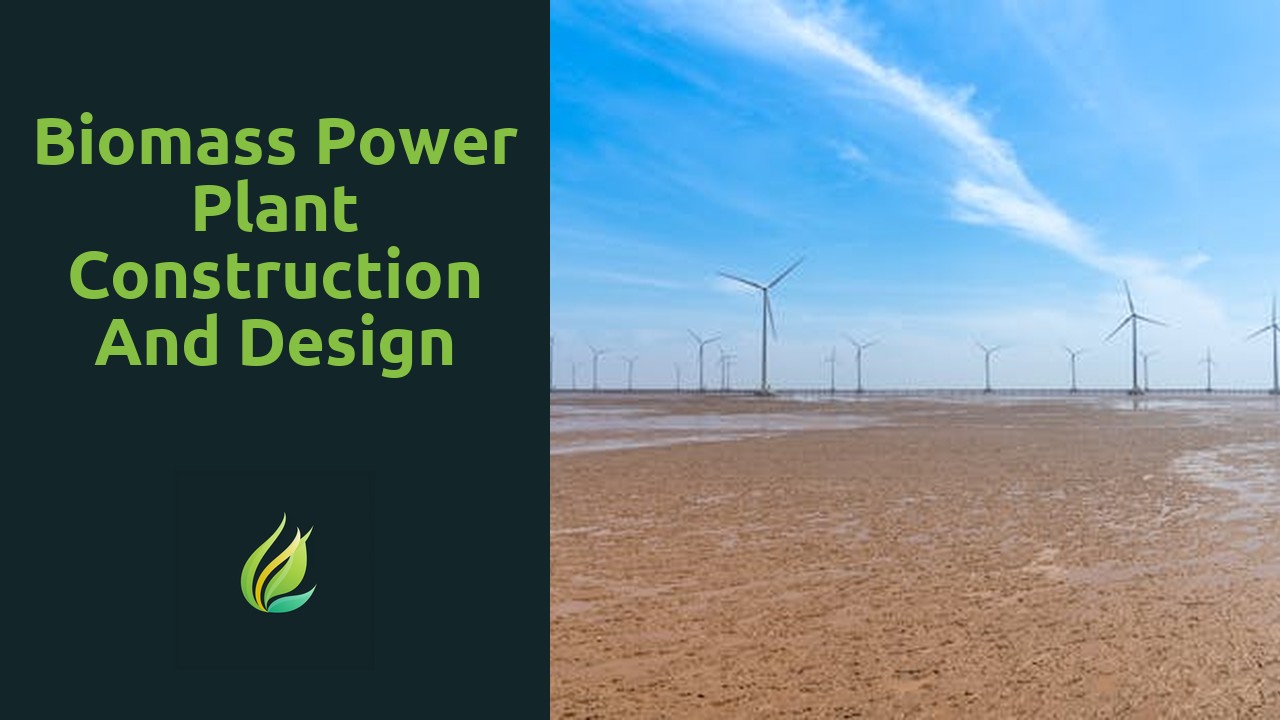
Biomass Power Plant Construction and Design
Biomass power plants are renewable energy facilities that convert organic materials into electricity. These organic materials, such as wood chips, agricultural residues, and even dedicated energy crops, are commonly referred to as biomass feedstock. ...
Read more →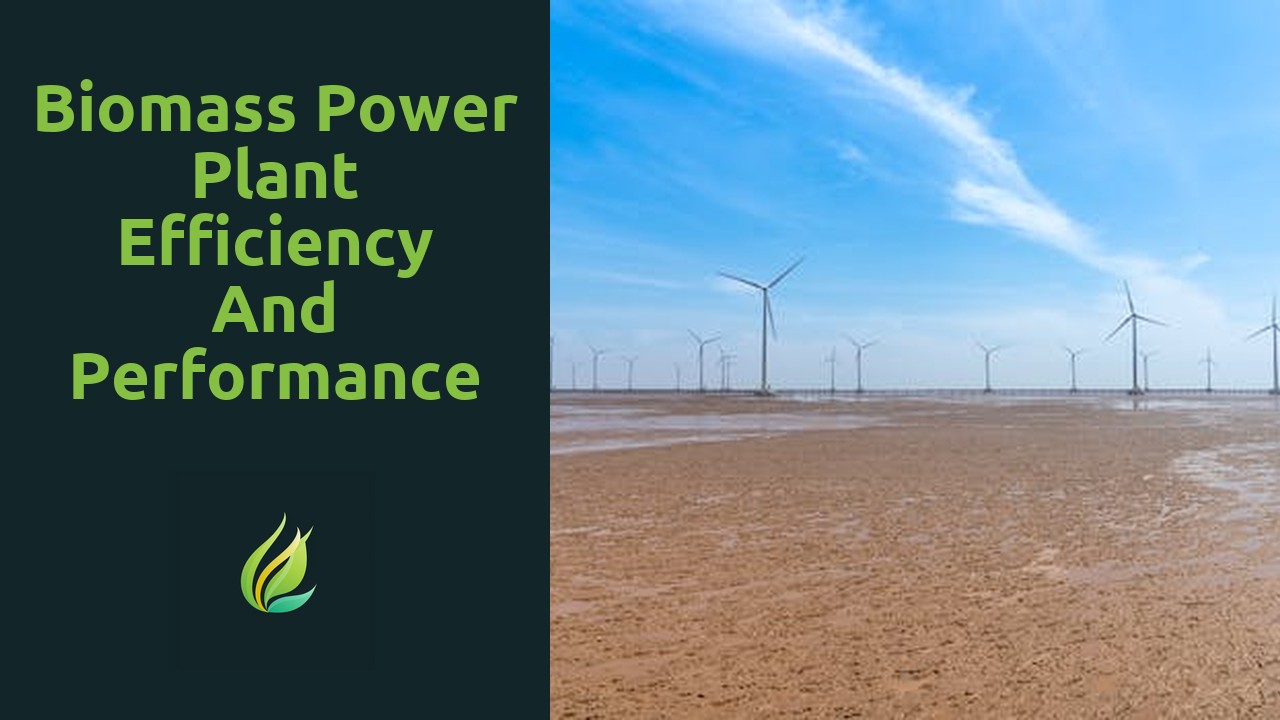
Biomass Power Plant Efficiency and Performance
Biomass power plants are a form of renewable energy generation that utilizes organic materials to produce electricity or heat. The underlying principle of these plants is the combustion or decomposition of biomass materials, such as wood, crop residu...
Read more →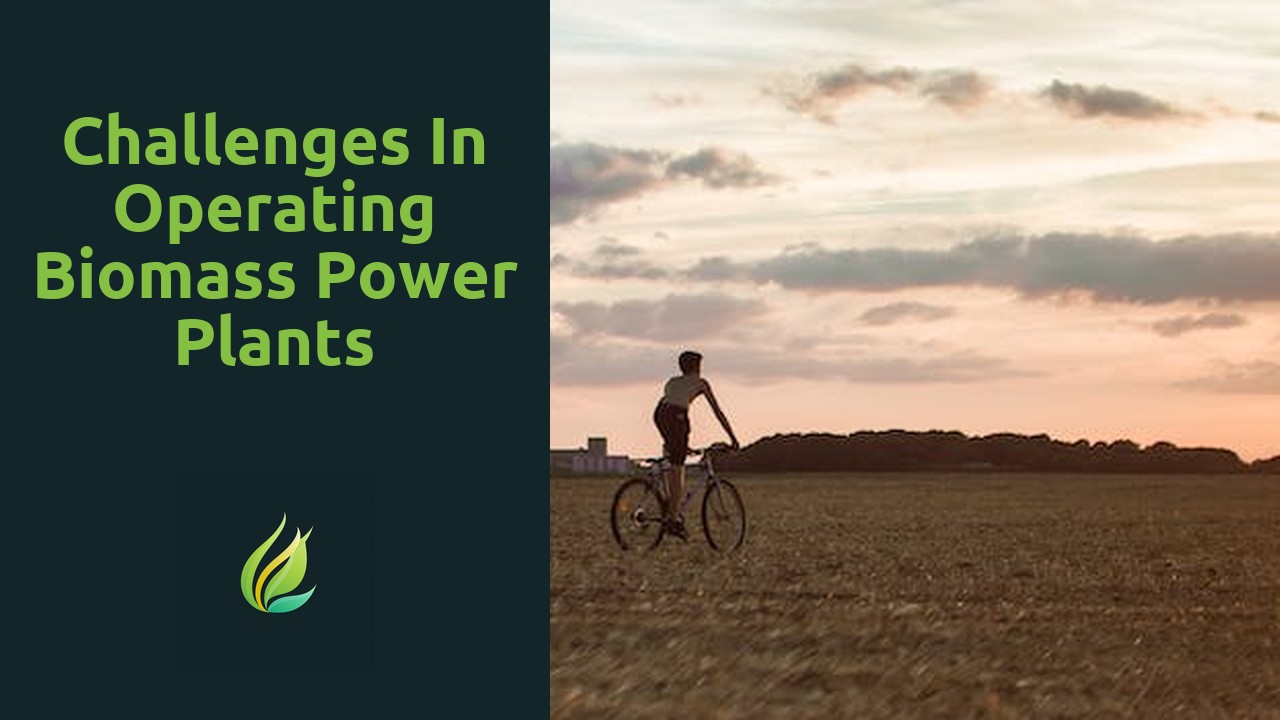
Challenges in Operating Biomass Power Plants
Biomass power plants play a crucial role in the production of renewable energy. These plants utilize organic materials, such as wood pellets, agricultural waste, or dedicated energy crops, to generate electricity. The basic principle behind biomass p...
Read more →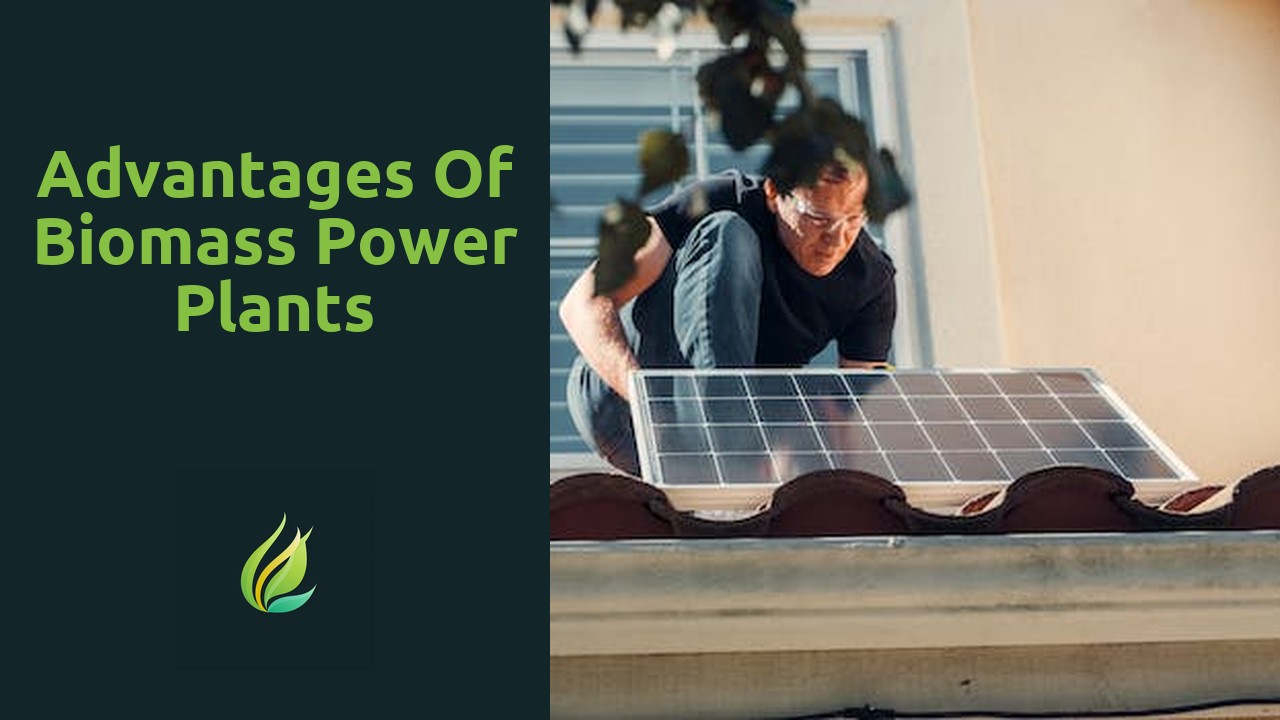
Advantages of Biomass Power Plants
Biomass power plants are a sustainable and renewable energy source that harnesses the power of organic materials such as wood, crop residues, and agricultural waste to generate electricity. This innovative approach not only provides a reliable source...
Read more →
Biomass Power Plant Technologies
Organic waste has long been regarded as a nuisance, contributing to environmental pollution and health hazards. However, harnessing the potential of organic waste can be a game-changer in our pursuit of sustainable energy solutions. Innovative techno...
Read more →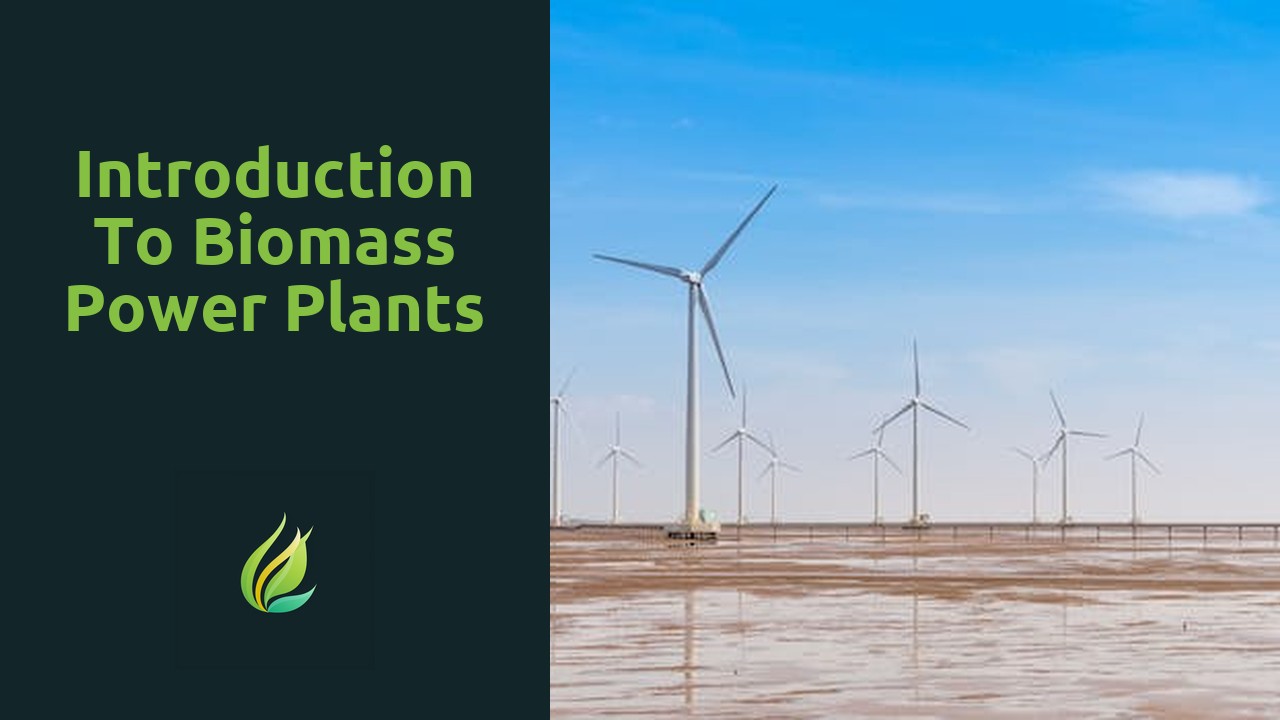
Introduction to Biomass Power Plants
Biomass power refers to the generation of electricity or heat from organic materials derived from plants and animals. These organic materials, known as biomass fuels, can include various forms such as wood, agricultural residues, dedicated energy cro...
Read more →
Biomass from Municipal Solid Waste
Municipal Solid Waste, commonly referred to as MSW, is the waste generated from households, commercial establishments, and institutions in a city or town. This waste includes a wide variety of materials such as paper, plastic, food scraps, yard waste...
Read more →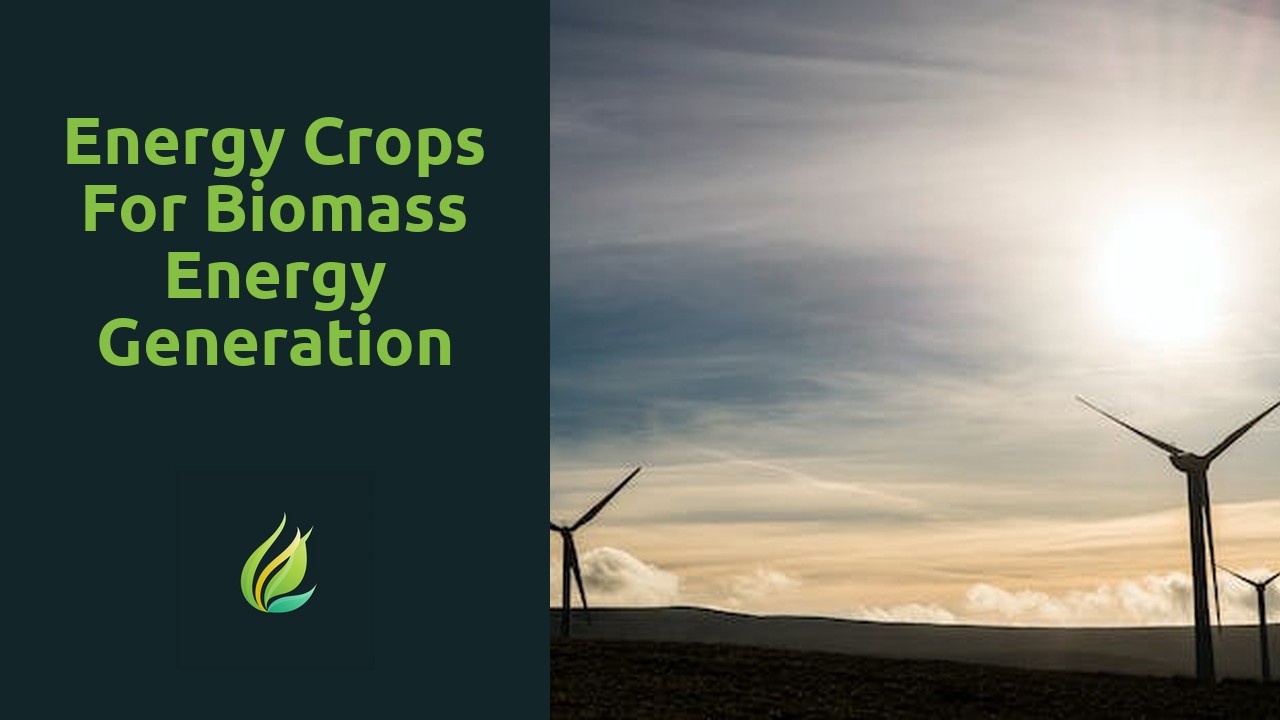
Energy Crops for Biomass Energy Generation
Energy crops play a crucial role in the generation of biomass energy, serving as a sustainable and renewable source of fuel. These crops are specifically cultivated and harvested for their high energy content, which can be converted into electricity,...
Read more →
Urban Waste as a Potential Biomass Feedstock
Urban waste is often seen as a nuisance, causing pollution and creating challenges for waste management systems. However, there is a growing recognition of its potential as a renewable resource. With the increasing demand for sustainable energy solut...
Read more →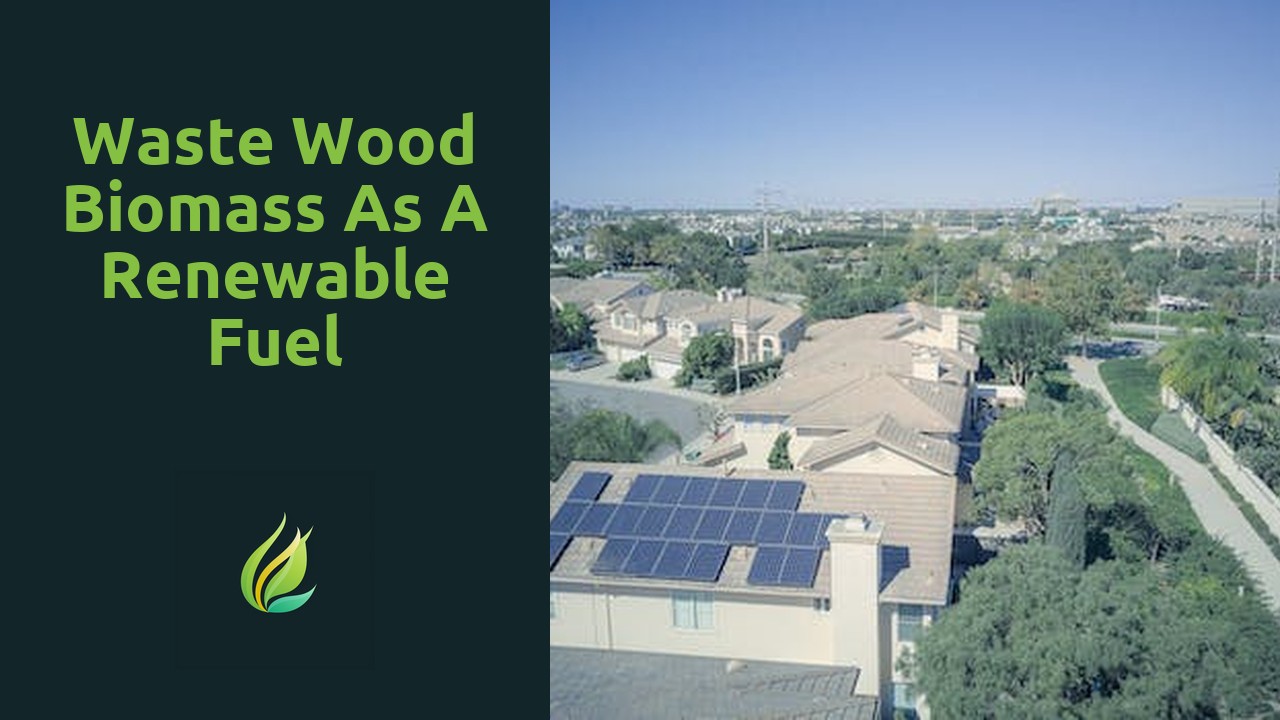
Waste Wood Biomass as a Renewable Fuel
Utilizing waste wood biomass as a renewable fuel offers a myriad of benefits in terms of sustainability, reduced carbon emissions, and improved resource management. One of the primary advantages of using waste wood biomass is its abundance and availa...
Read more →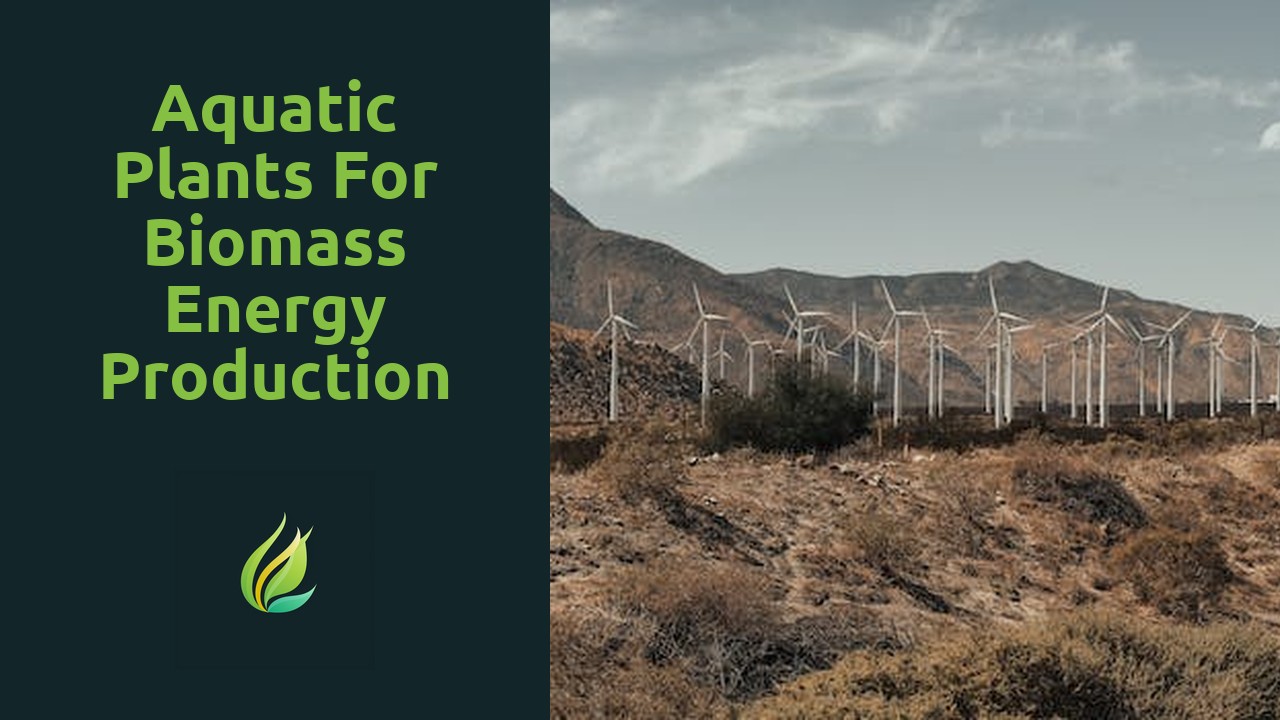
Aquatic Plants for Biomass Energy Production
Water-based vegetation holds immense potential as a renewable energy source, offering a promising solution to our increasing energy demands. Aquatic plants, such as algae and seaweed, have garnered significant attention in recent years due to their a...
Read more →
Animal Manure as a Renewable Biomass Feedstock
Animal waste, often seen as a smelly and unpleasant byproduct, has the potential to be a valuable resource. This may come as a surprise to many, but the truth is that animal waste can be harnessed and utilized in a variety of ways that benefit both t...
Read more →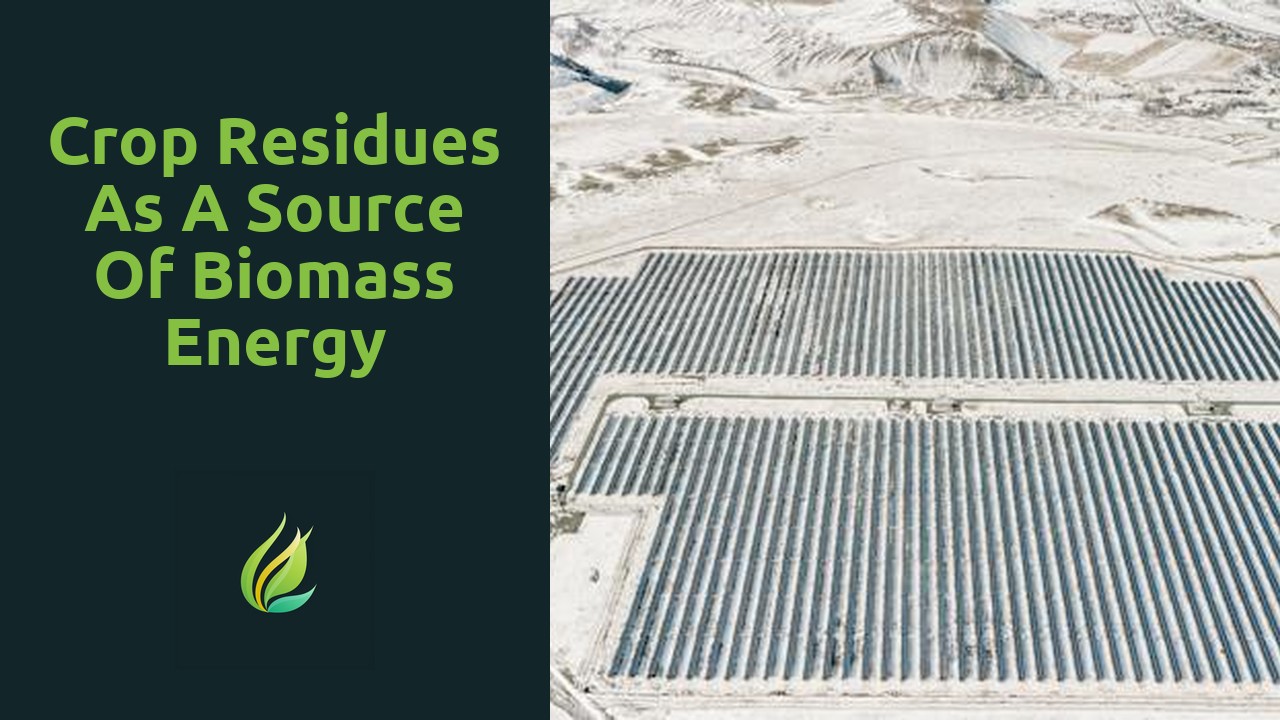
Crop Residues as a Source of Biomass Energy
Crop residues, also known as agricultural waste, have significant potential as an energy source. As a byproduct of farming practices, such as harvesting, pruning, and processing, crop residues are abundantly available in many regions. These residues ...
Read more →
Algae as a Promising Biomass Feedstock
Algae, often overlooked as a potential source of biomass, has recently gained attention for its remarkable ability to produce high yields of biomass in a sustainable manner. With its rapid growth rate and ability to thrive in diverse environments, al...
Read more →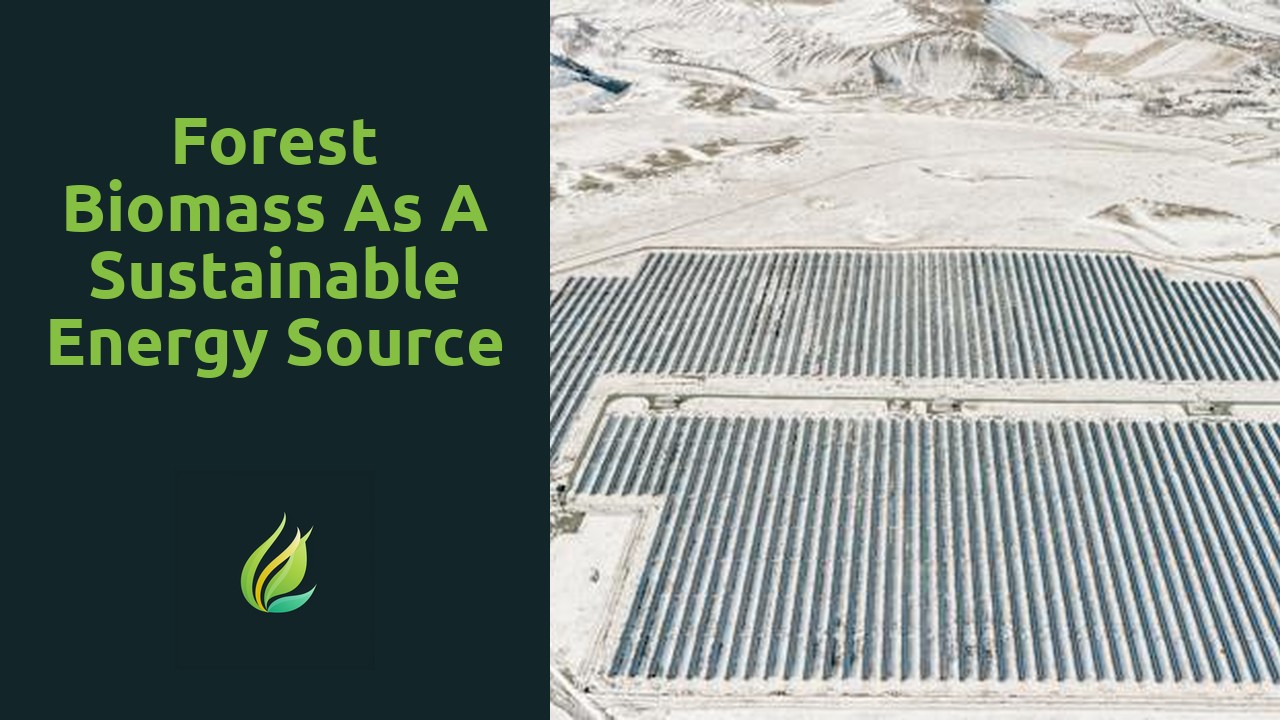
Forest Biomass as a Sustainable Energy Source
The global demand for energy continues to rise, and it is crucial that we find sustainable sources to meet this growing need. One such potential source is forest biomass, which refers to the organic matter found in forests, including trees, branches,...
Read more →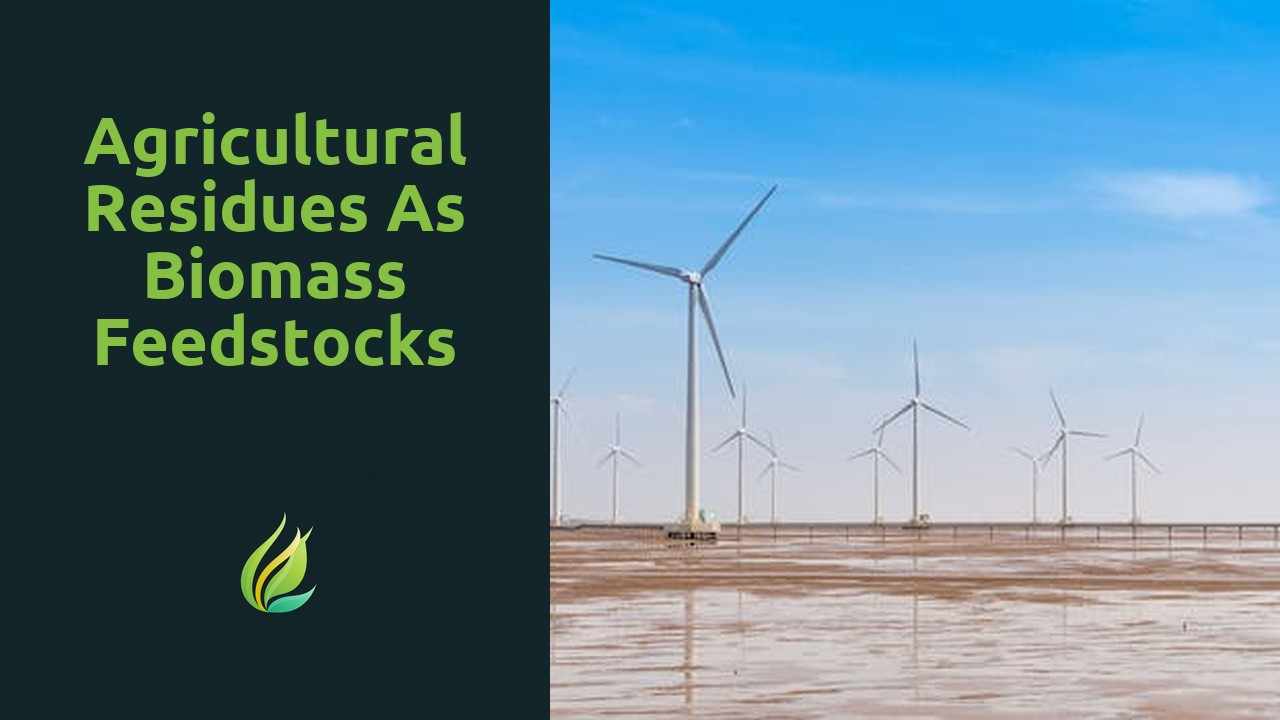
Agricultural Residues as Biomass Feedstocks
Agricultural residues, sometimes referred to as crop residues, are the byproducts left behind from various agricultural activities. These residues, which include stalks, husks, leaves, and stems, have the potential to play a major role in biomass pro...
Read more →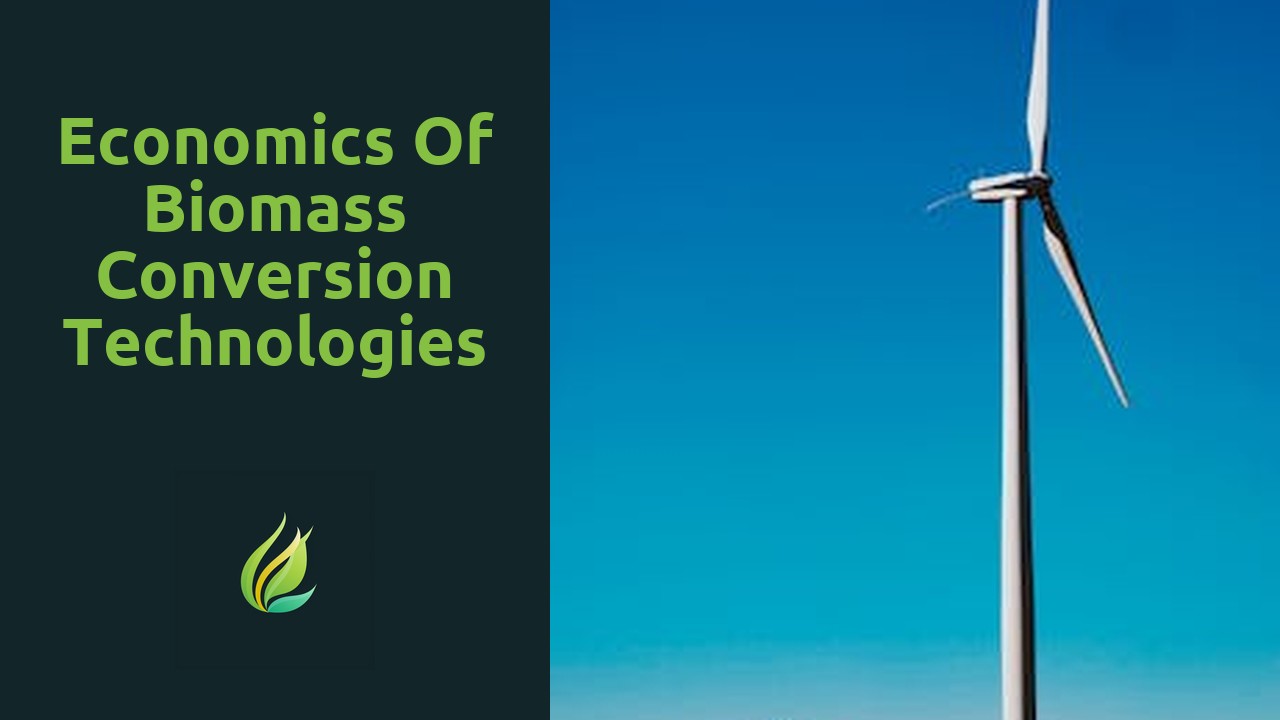
Economics of Biomass Conversion Technologies
Biomass conversion technologies hold immense potential in the energy sector, offering a sustainable and renewable solution to meet our growing energy needs. By converting organic waste materials such as agricultural residues, forestry waste, and dedi...
Read more →
Challenges and Advancements in Biomass Conversion Technologies
Biomass conversion has witnessed a remarkable evolution over the years, transitioning from traditional methods to advanced techniques. This shift has been driven by the urgent need for cleaner and more sustainable energy sources. In the past, biomass...
Read more →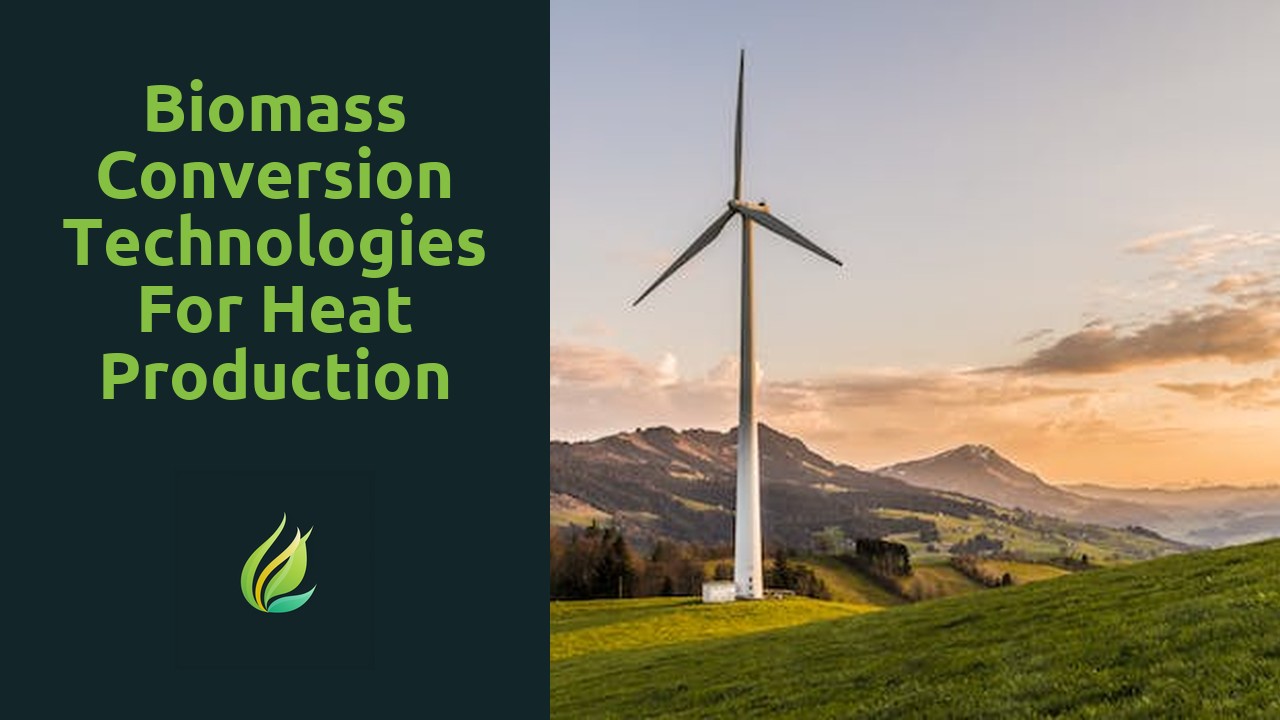
Biomass Conversion Technologies for Heat Production
When it comes to heat production through biomass, there are a variety of biomass materials that can be utilized. One type of biomass material is wood, which can be obtained from various sources such as forests, sustainably managed plantations, and ev...
Read more →
Biomass Conversion Technologies for Electricity Generation
Biomass, in its most basic definition, refers to any organic matter derived from plants or animals that can be used as a source of energy. This broad definition encompasses a wide range of materials, from crops and wood to agricultural residues and e...
Read more →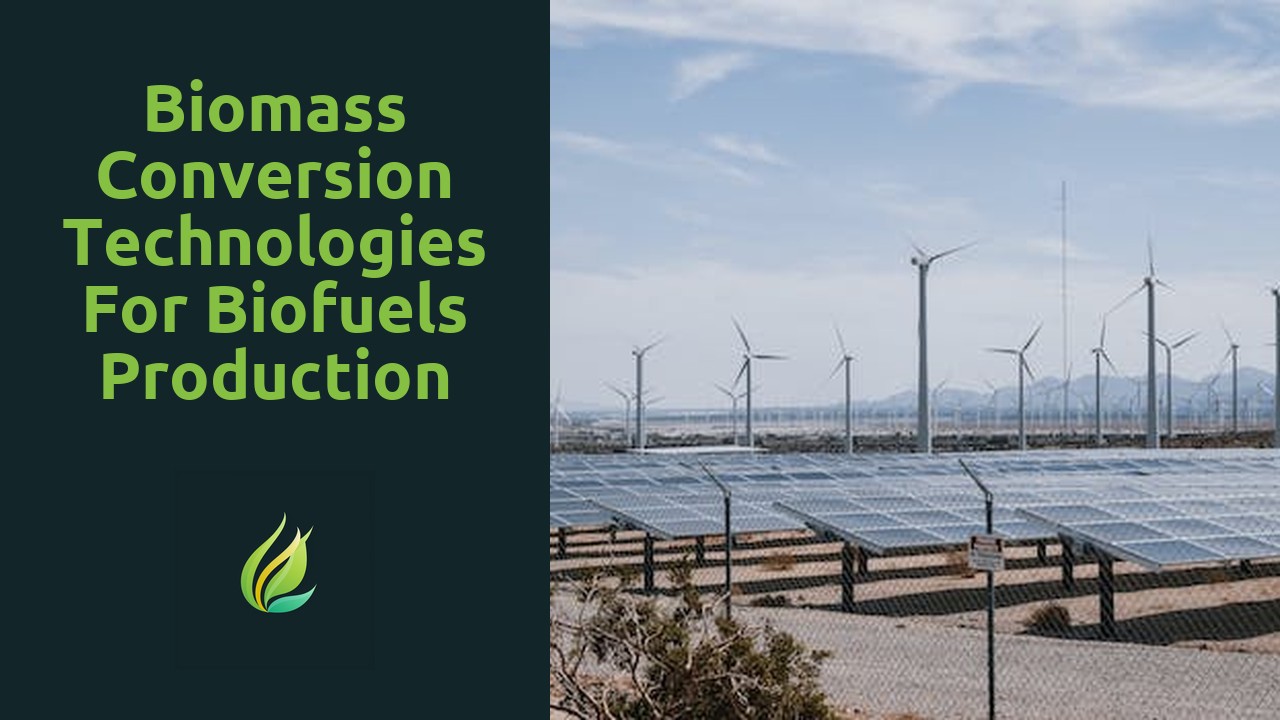
Biomass Conversion Technologies for Biofuels Production
Biomass, derived from organic materials such as plants, crops, and residues, holds immense potential as an alternative energy source. As the world grapples with the challenges of climate change and the need to reduce greenhouse gas emissions, biomass...
Read more →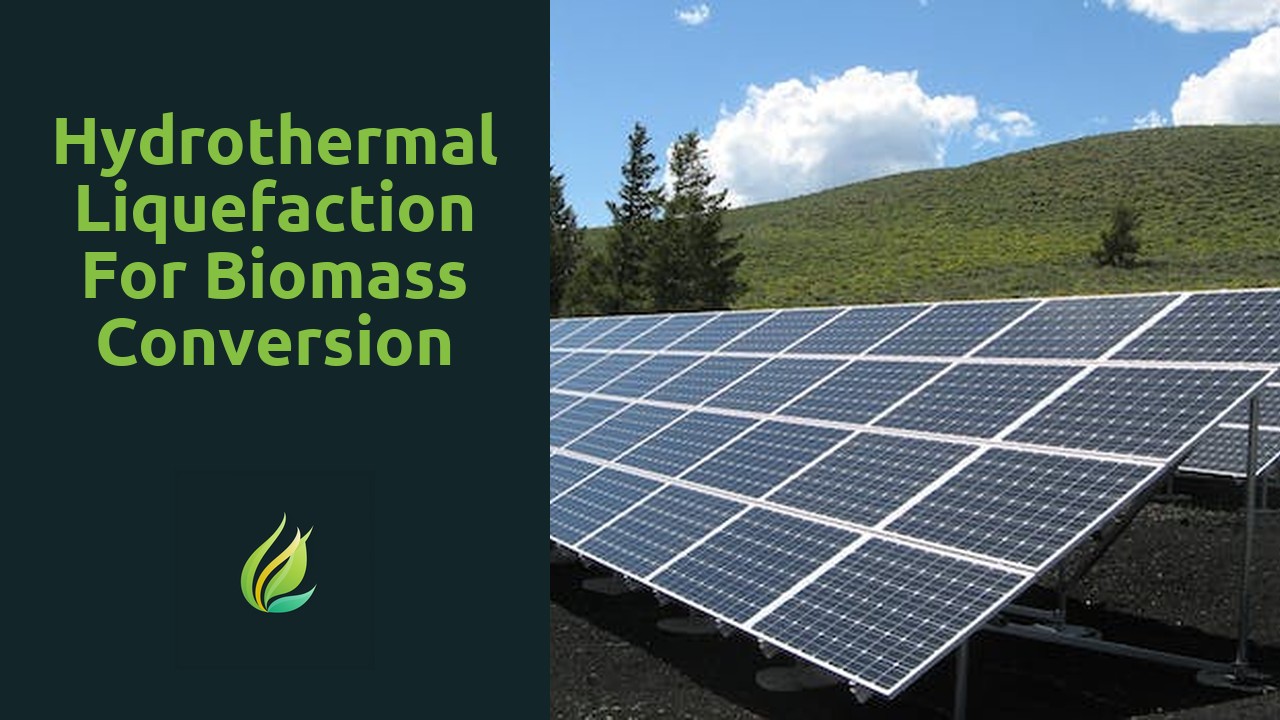
Hydrothermal Liquefaction for Biomass Conversion
Hydrothermal liquefaction is an innovative process that has attracted significant attention in the field of biomass conversion. This promising technique involves the conversion of biomass into biocrude oil through high-temperature and high-pressure c...
Read more →
Pyrolysis for Biomass Conversion
Combining the principles of chemistry and engineering, biomass conversion is a complex process that involves transforming organic materials into valuable energy sources. At its core, the process of biomass conversion relies on the application of ther...
Read more →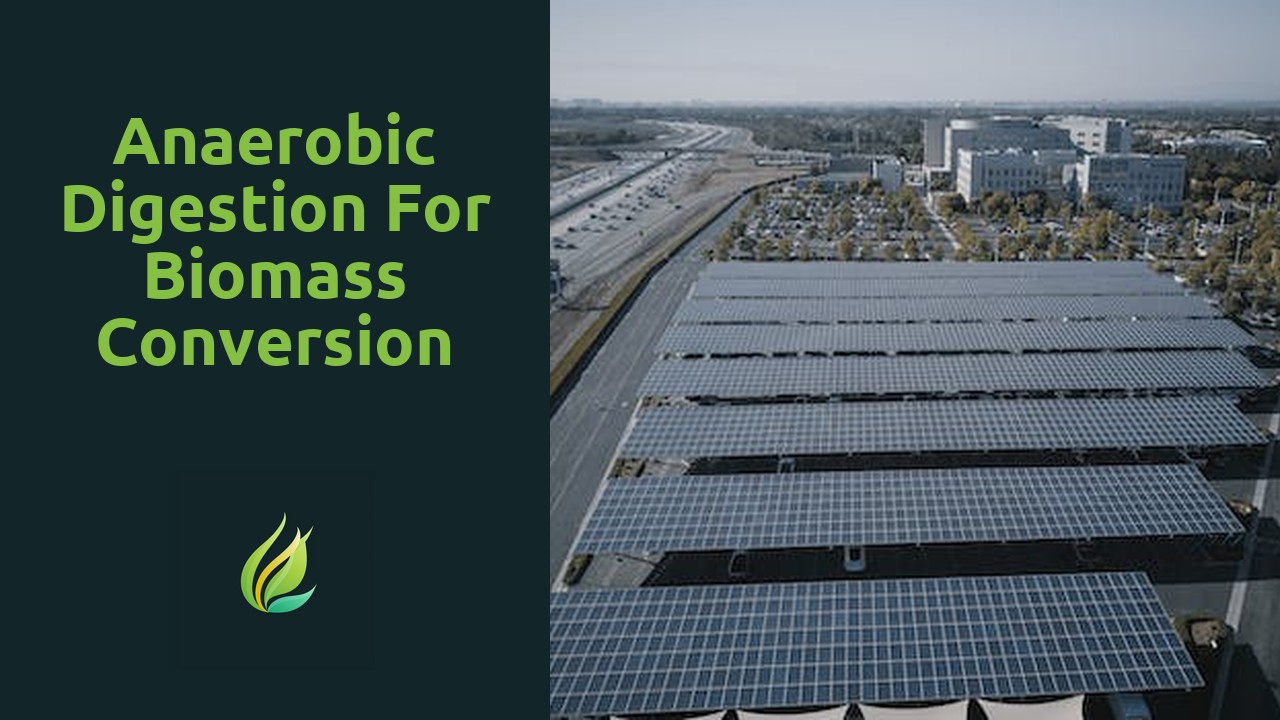
Anaerobic Digestion for Biomass Conversion
Biomass conversion is a scientifically complex process that involves the breakdown of organic materials into biogas. At the heart of this process is anaerobic digestion, a natural process that occurs in the absence of oxygen. The science behind anaer...
Read more →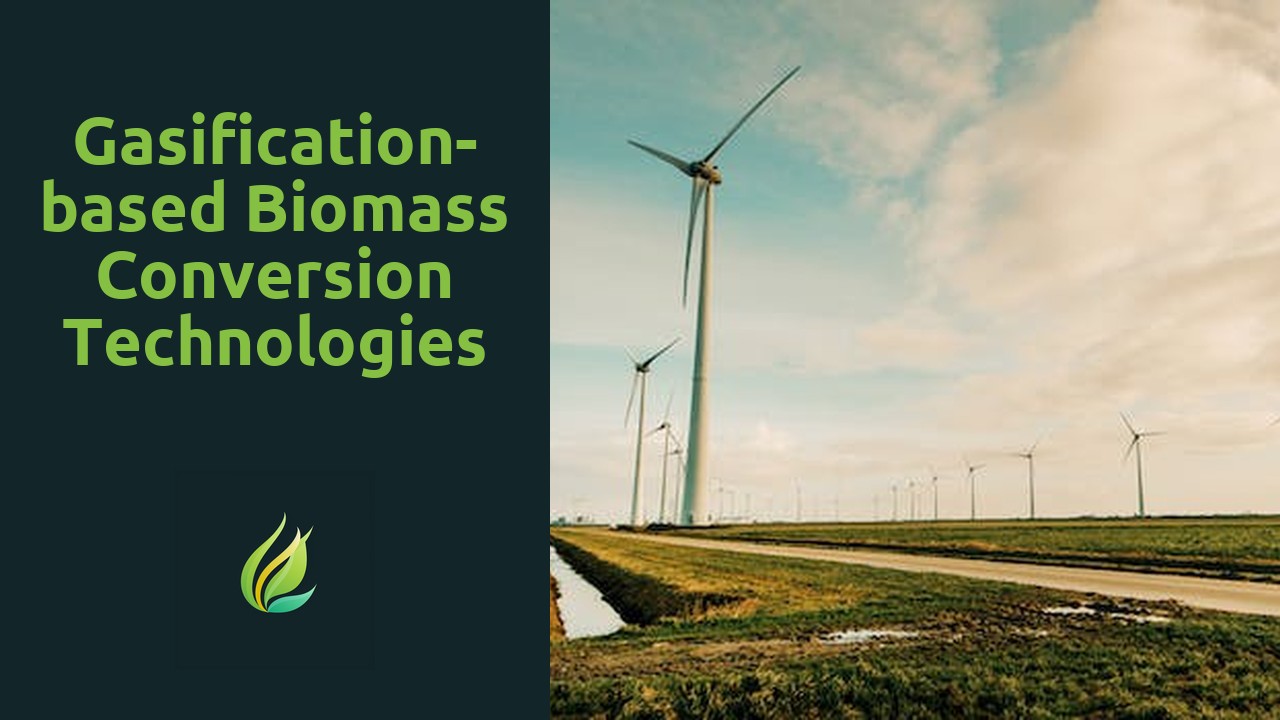
Gasification-based Biomass Conversion Technologies
Gasification is a thermochemical process that converts biomass into a gaseous fuel known as syngas. This process involves the partial oxidation of organic materials, such as wood chips, agricultural residues, or even municipal solid waste. The biomas...
Read more →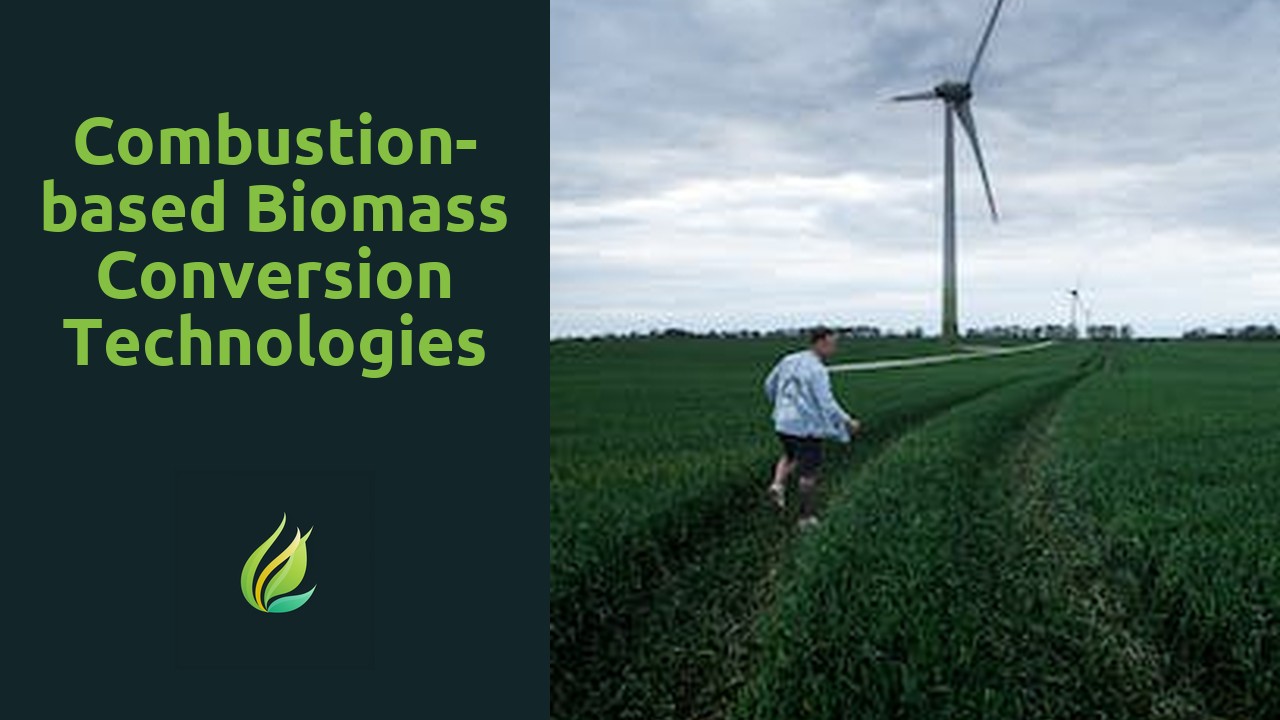
Combustion-based Biomass Conversion Technologies
Biomass energy conversion is a process that harnesses the power of organic materials to produce heat or electricity. It is a sustainable solution that offers several benefits, such as reducing reliance on fossil fuels and decreasing greenhouse gas em...
Read more →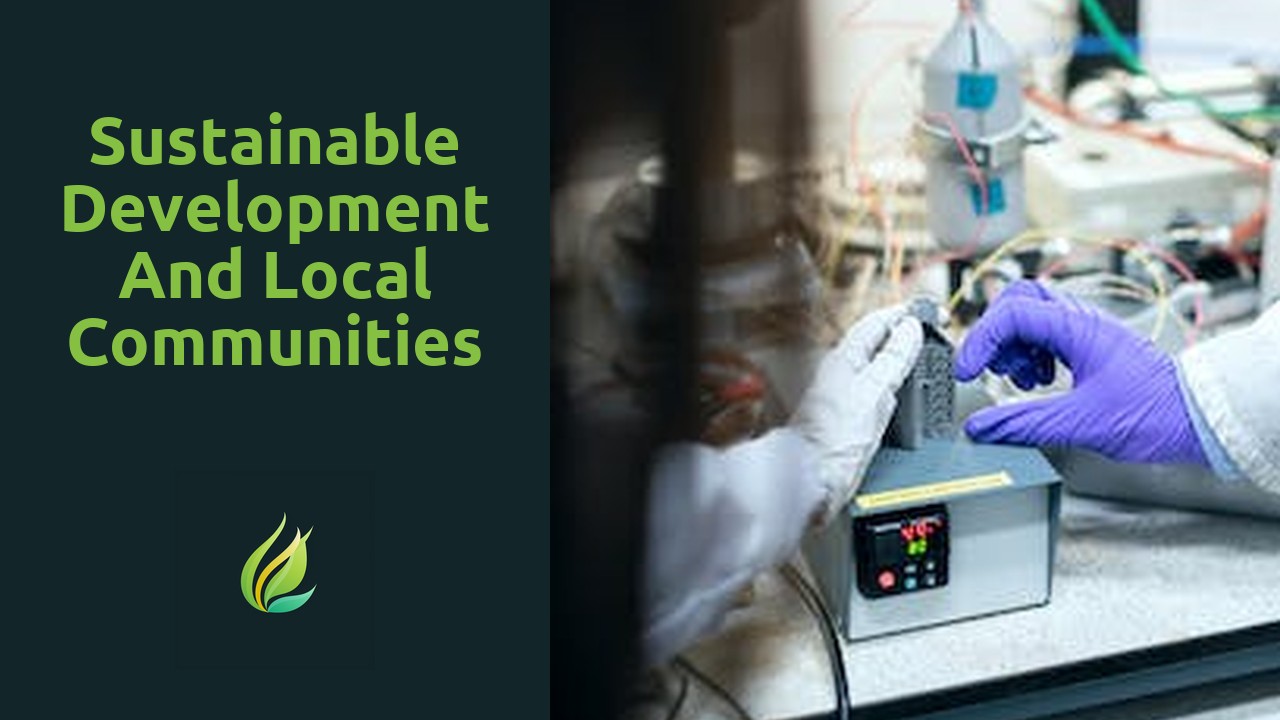
Sustainable Development and Local Communities
Community engagement plays a crucial role in promoting sustainable development. In order to achieve sustainable outcomes, it is important to involve and empower local communities in decision-making processes. When community members are actively engag...
Read more →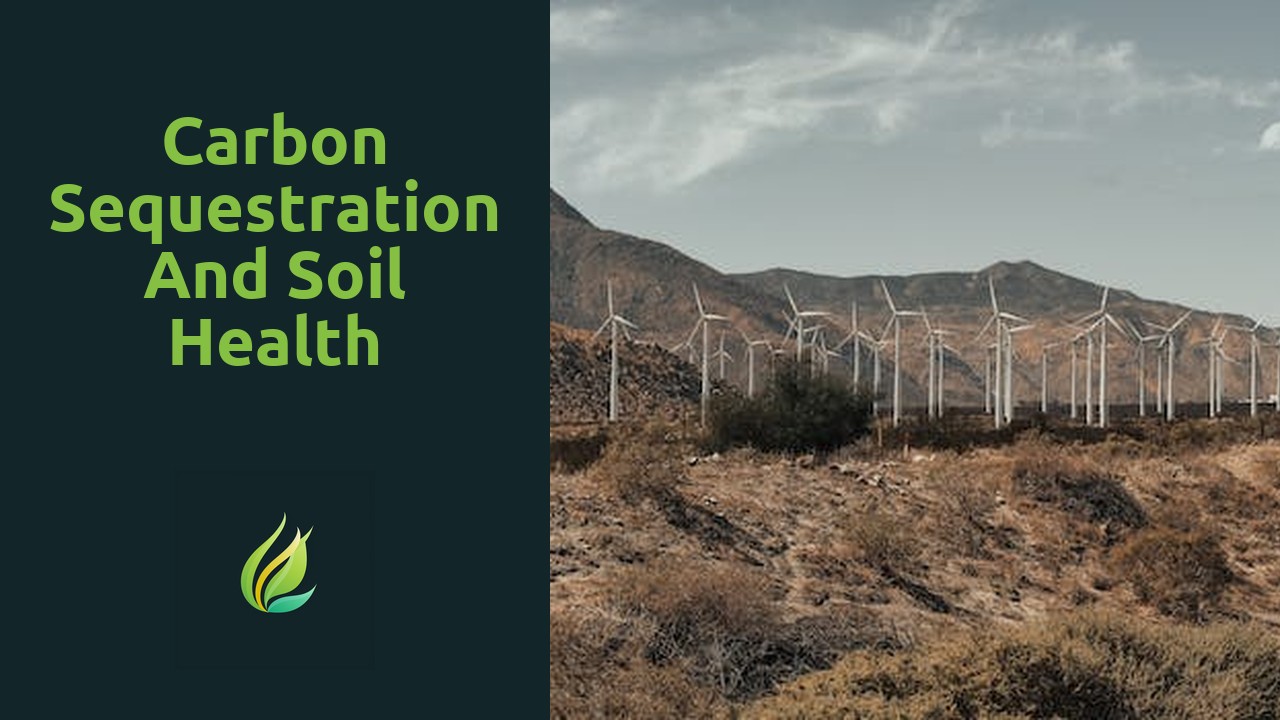
Carbon Sequestration and Soil Health
Soil health plays a crucial role in carbon levels and vice versa. As we strive to understand the link between them, it becomes evident that the health of our soil directly impacts its ability to sequester carbon. When soil is healthy, it becomes a po...
Read more →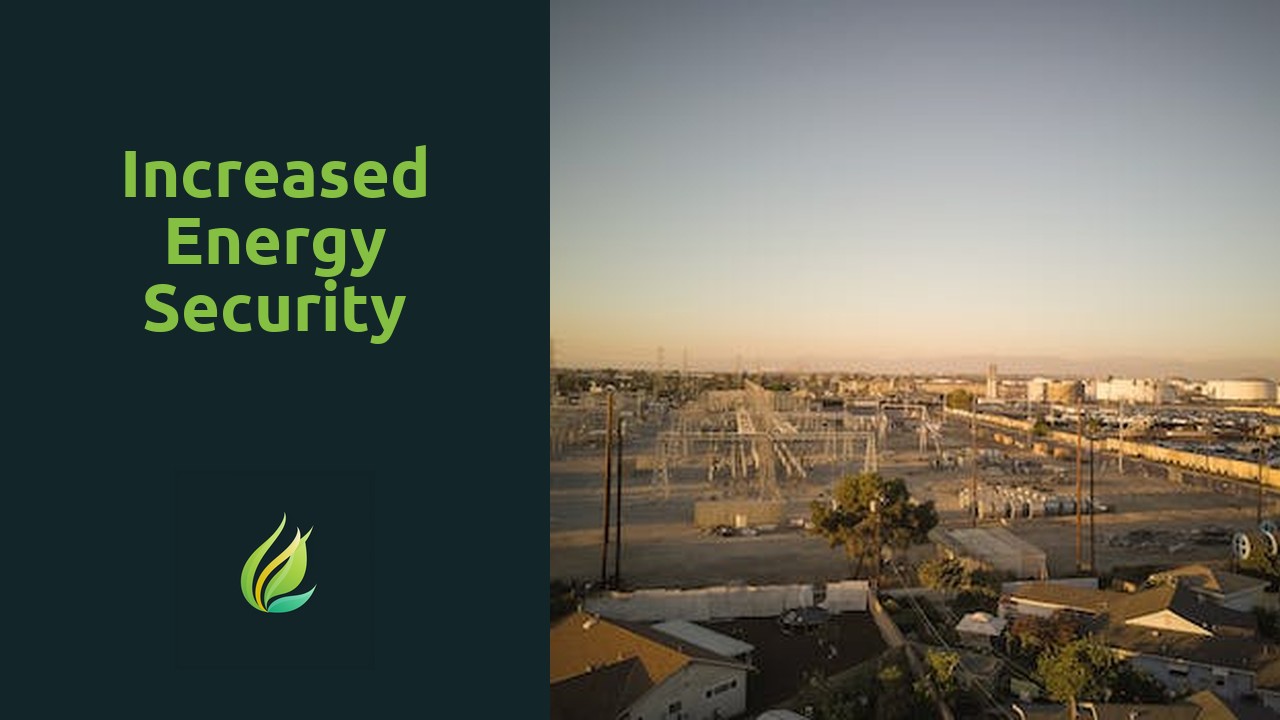
Increased Energy Security
As the global demand for energy continues to rise, it becomes increasingly imperative to diversify our energy sources. Depending heavily on a single source of energy puts us at risk of supply disruptions and price volatility. By diversifying our sour...
Read more →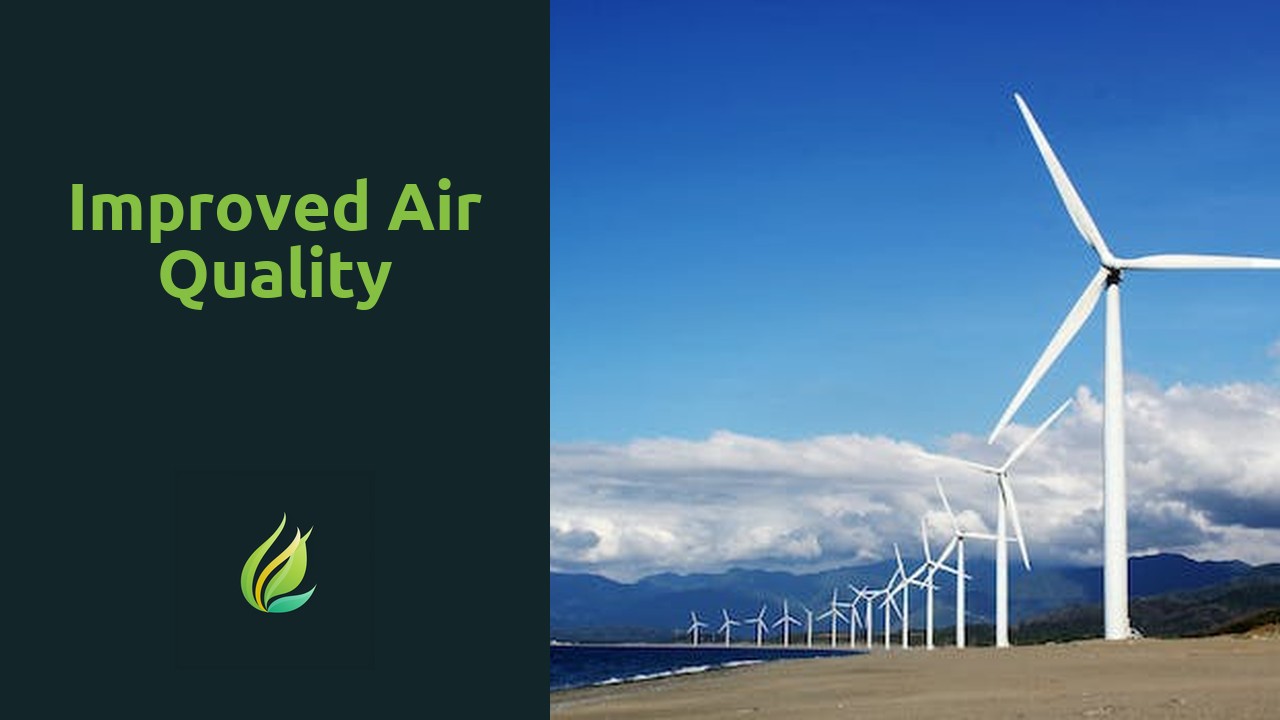
Improved Air Quality
Clean air is an essential component of a healthy environment and plays a crucial role in safeguarding our overall well-being. When the air we breathe is free from pollutants, it supports the optimal functioning of our respiratory system, improves car...
Read more →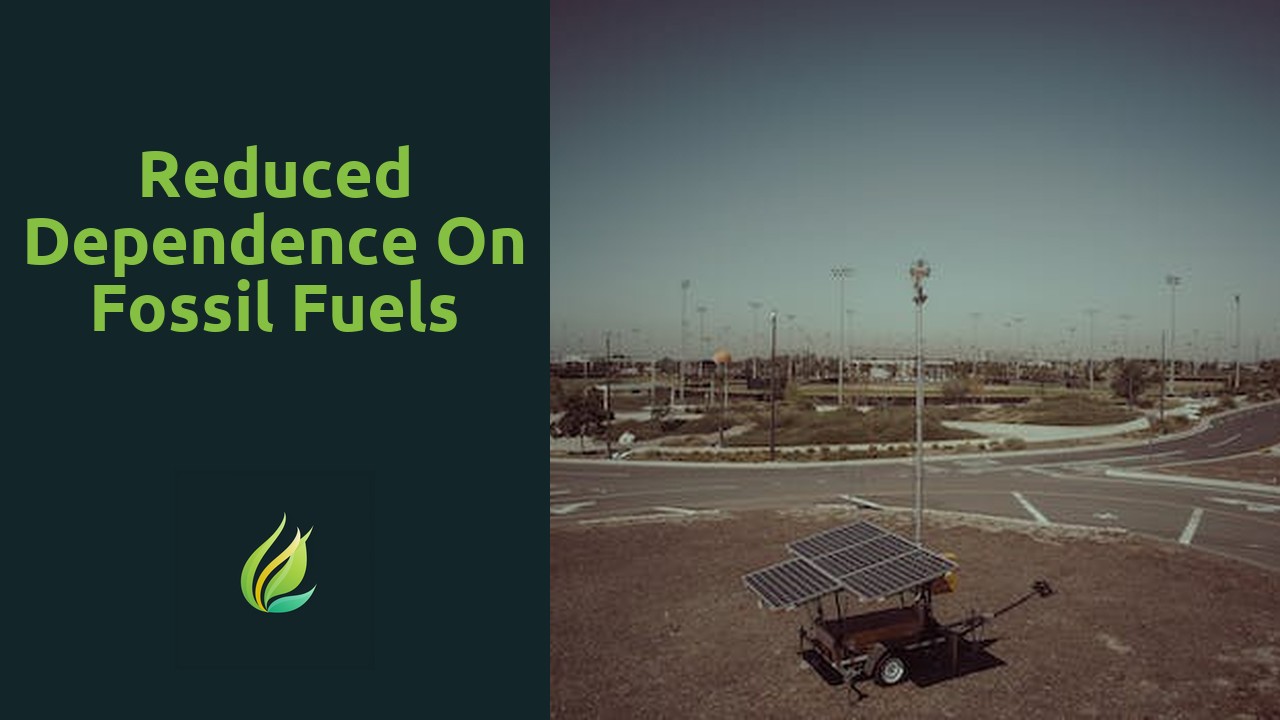
Reduced Dependence on Fossil Fuels
In today's rapidly developing world, the urgency for sustainable energy sources has become more evident than ever before. The current reliance on fossil fuels, such as coal, oil, and natural gas, has led to dire consequences for our environment. The ...
Read more →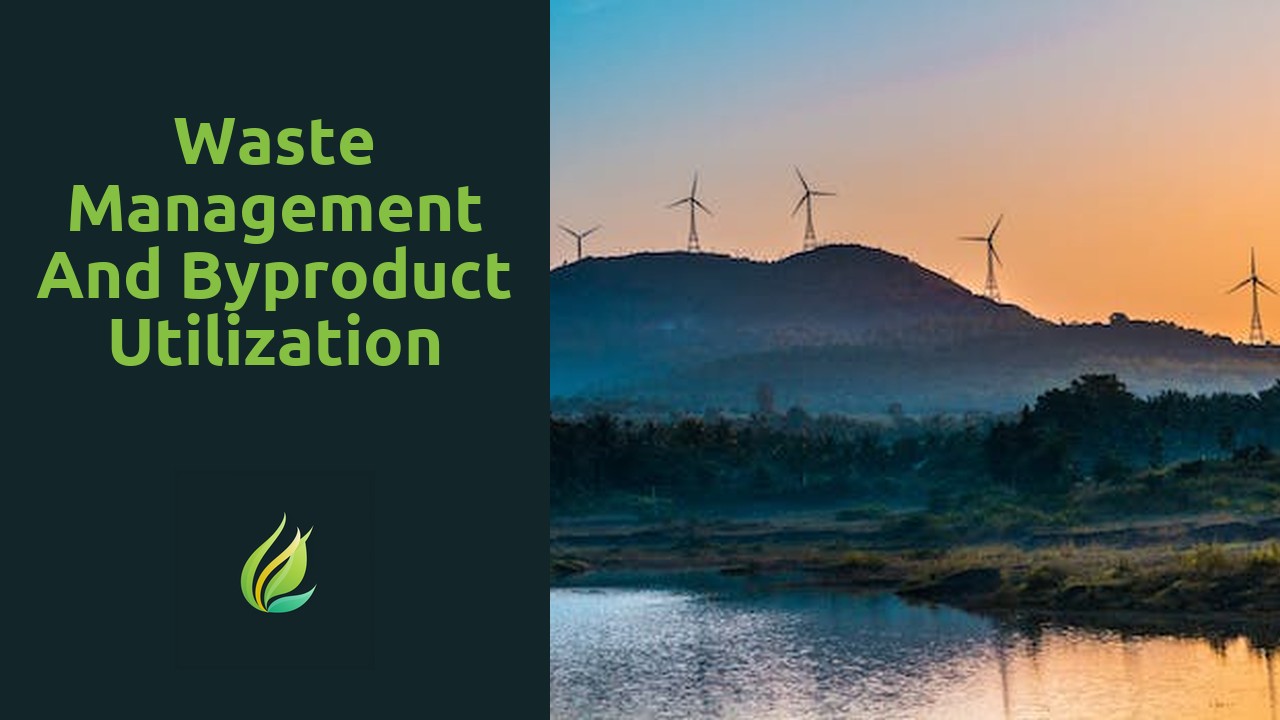
Waste Management and Byproduct Utilization
The issue of waste generation is a significant problem that needs to be addressed on both individual and societal levels. Each day, countless materials are discarded and contribute to the growing amount of waste in landfills and oceans. From plastic ...
Read more →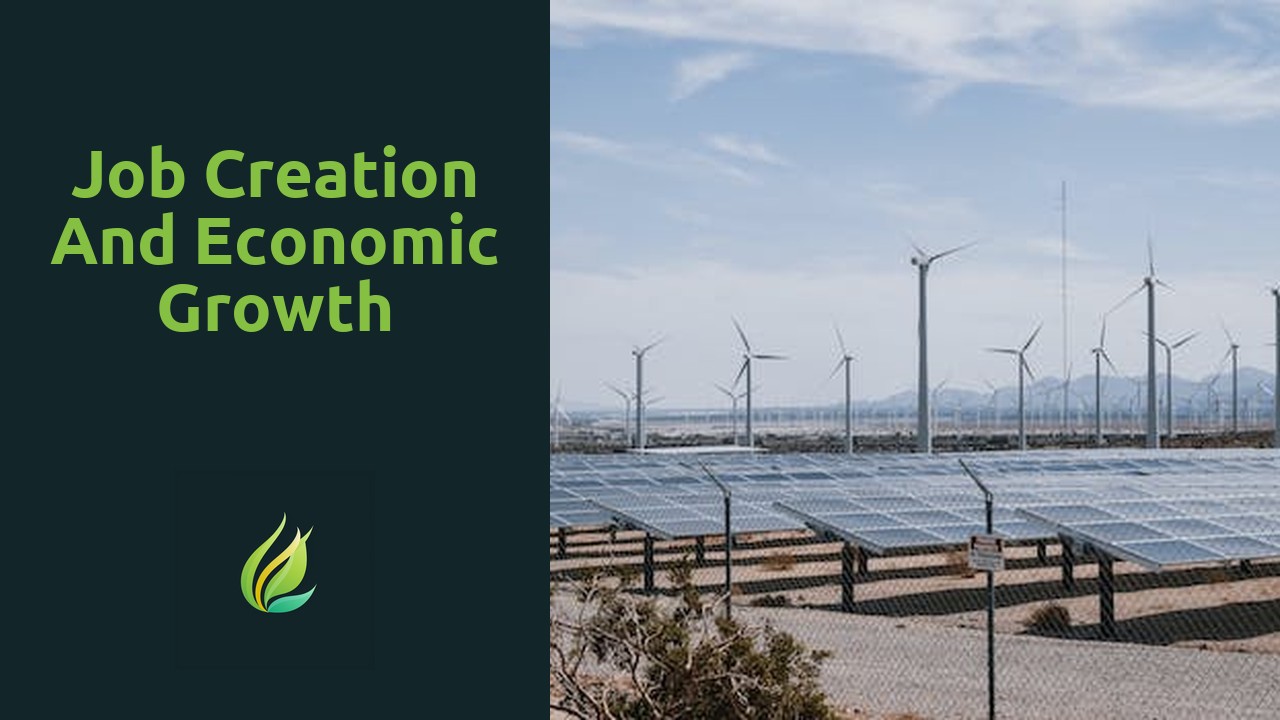
Job Creation and Economic Growth
Business expansion plays a crucial role in creating employment opportunities. When businesses expand, new positions are created, leading to increased job availability and reduced unemployment rates. This expansion is often a result of increased marke...
Read more →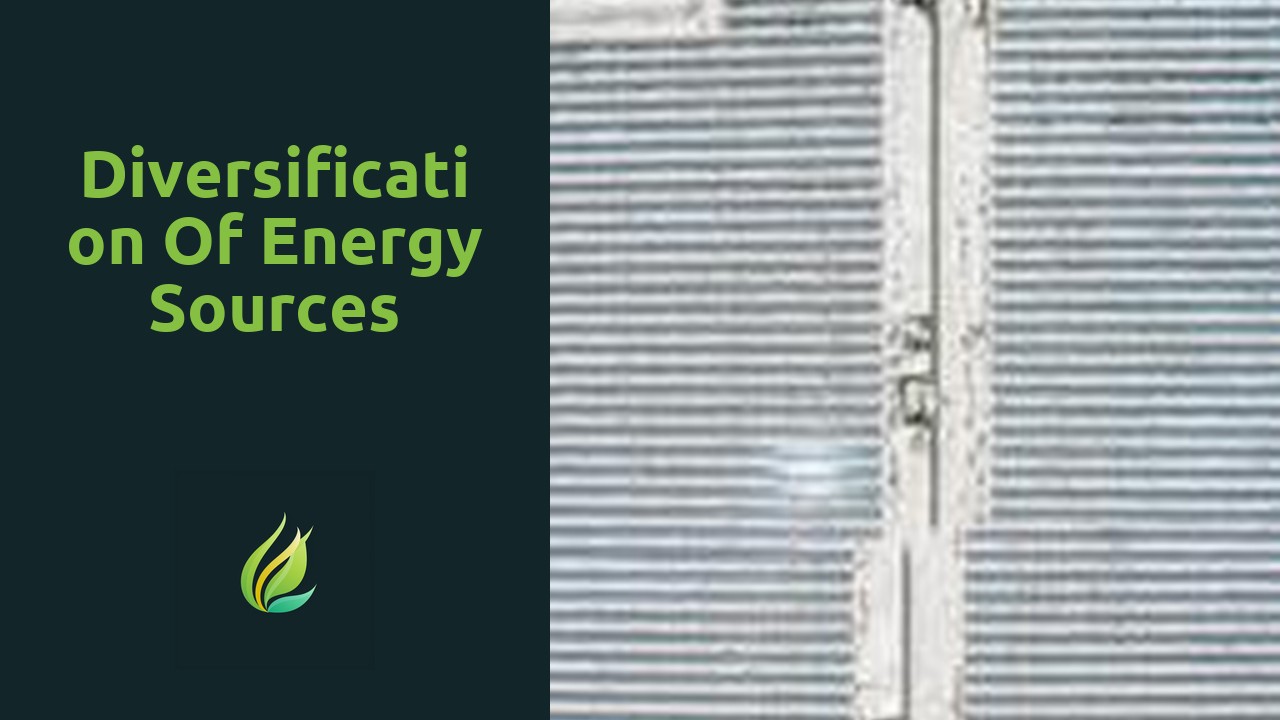
Diversification of Energy Sources
A varied energy portfolio is crucial in bringing about a sustainable and resilient energy system. By diversifying our energy sources, we can reap a multitude of benefits. Firstly, having a variety of energy sources helps to reduce our dependency on a...
Read more →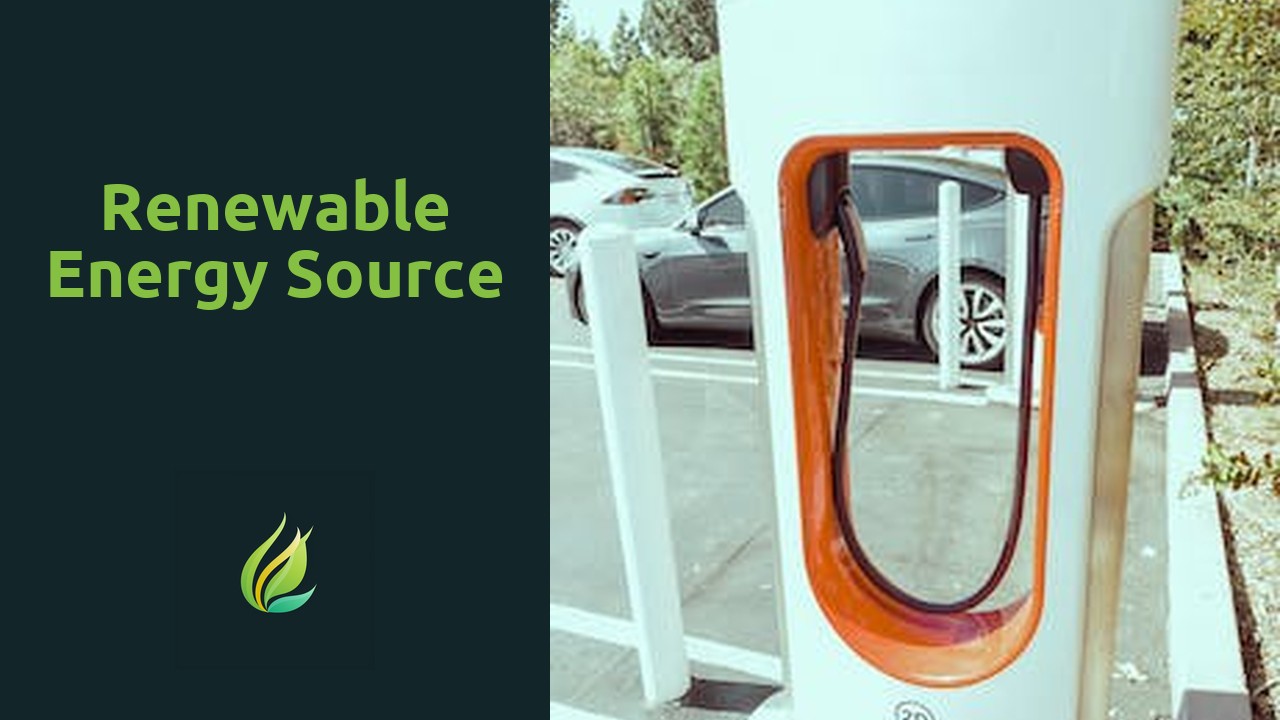
Renewable Energy Source
Renewable energy, also known as sustainable power, presents several compelling advantages that make it a promising solution for addressing the environmental challenges we face. One significant benefit is its unlimited supply. Unlike fossil fuels that...
Read more →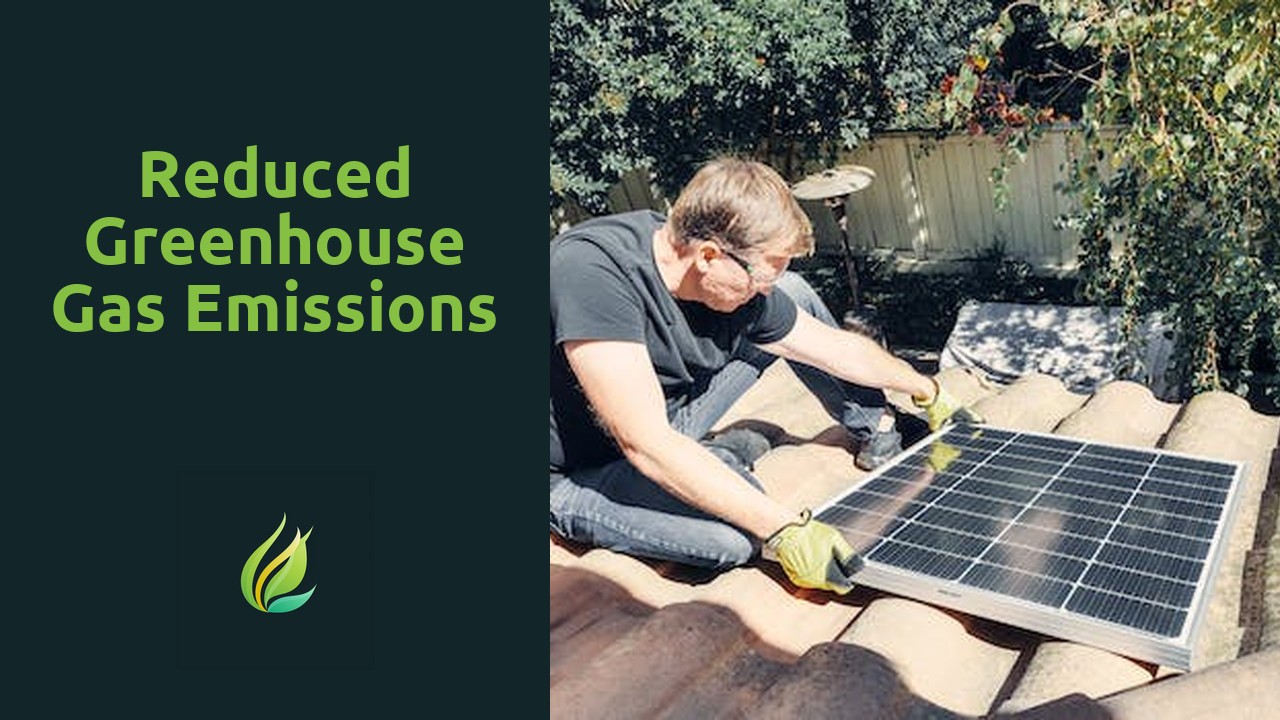
Reduced Greenhouse Gas Emissions
As the world grapples with the effects of climate change, it becomes increasingly important to understand the environmental impact of lowering carbon footprints. This reduction in carbon emissions is crucial in mitigating the harmful effects of green...
Read more →
Black Liquor: Unveiling the Energy Potential of Paper and Pulp Industry Waste
One often overlooked source of untapped energy lies within the paper and pulp industry. In their quest for sustainable solutions, researchers and engineers have discovered that waste materials generated during the paper manufacturing process can be a...
Read more →
Pellets and Briquettes: Efficient and Versatile Biomass Fuel Options
The use of biomass fuel is becoming increasingly important in the energy sector due to its numerous benefits and potential applications. Biomass fuel is derived from organic materials, such as agriculture and forestry waste, dedicated energy crops, a...
Read more →
Biogas: Utilizing Organic Waste for Clean Energy Production
Biogas, as a promising alternative to conventional fossil fuels, has the potential to revolutionize the way we generate energy. By harnessing the power of organic waste, it offers a sustainable and renewable source of clean energy. Unlike fossil fuel...
Read more →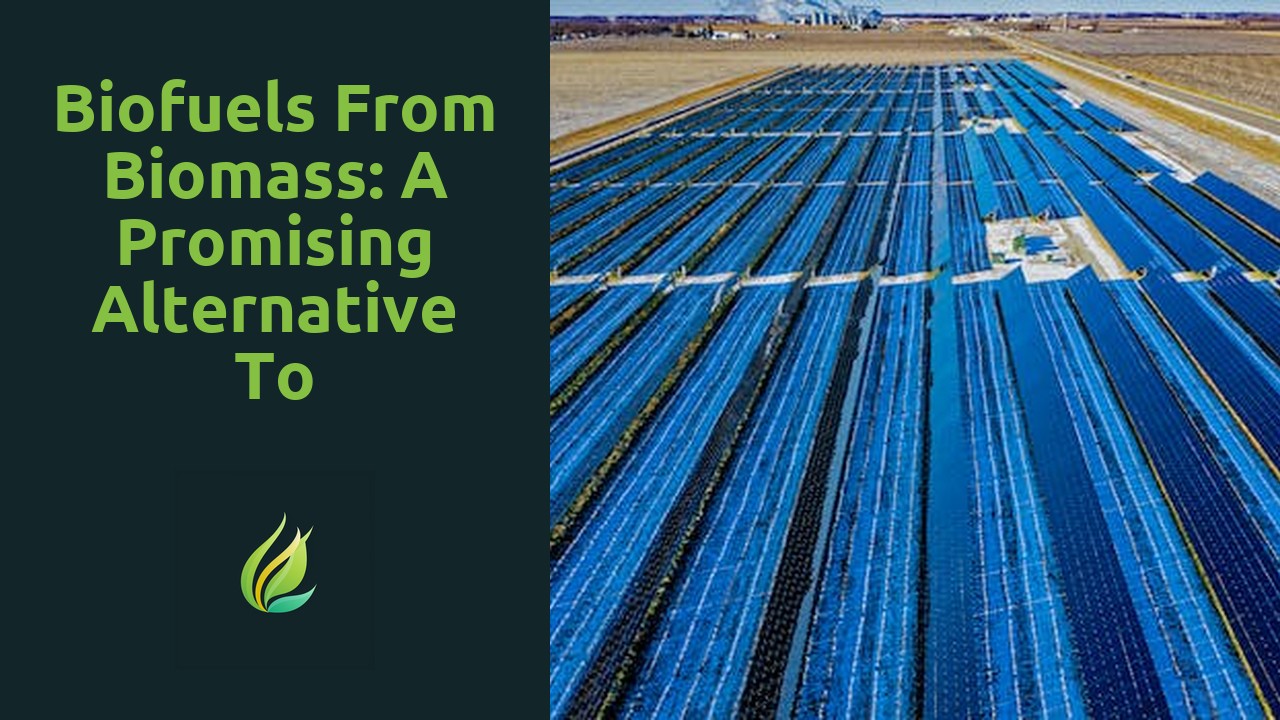
Biofuels from Biomass: A Promising Alternative to Conventional Energy Sources
The world is facing an ever-increasing demand for energy, driven by population growth, industrialization, and technological advancements. As a result, the need for renewable energy solutions has become more urgent than ever before. Conventional energ...
Read more →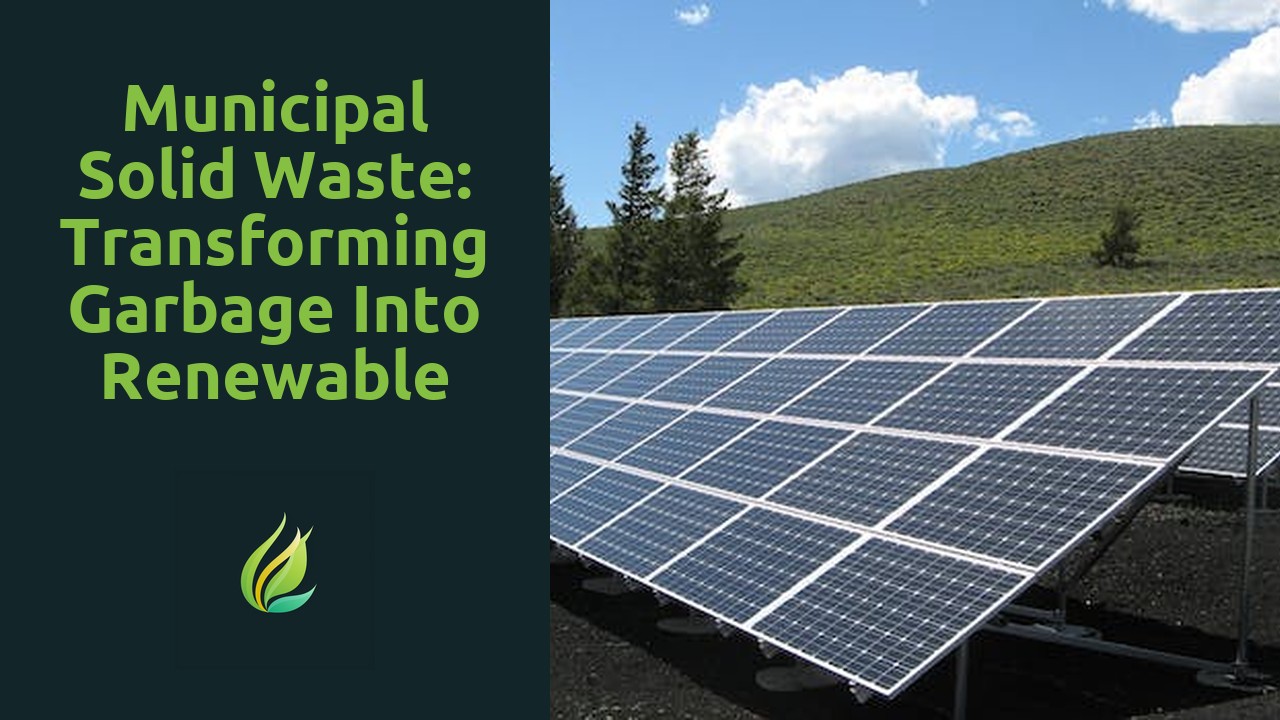
Municipal Solid Waste: Transforming Garbage into Renewable Energy
Municipal solid waste (MSW) refers to the garbage and solid materials generated by households, businesses, and institutions within a city or town. Traditionally, this waste has been perceived as a burden on municipalities, requiring costly disposal m...
Read more →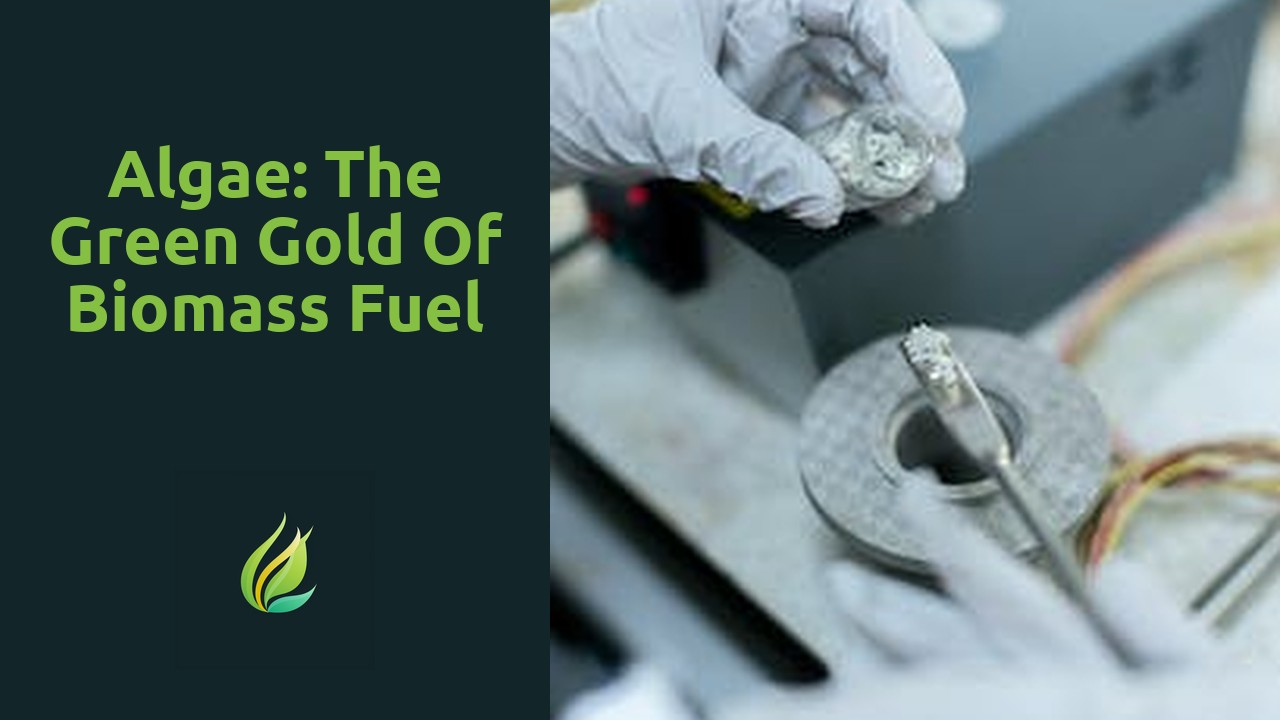
Algae: The Green Gold of Biomass Fuel
Algae, often regarded as a simple plant-like organism, possesses an immense potential to revolutionize the world of renewable energy sources. Its ability to efficiently capture and convert carbon dioxide into biomass fuel makes it an incredibly promi...
Read more →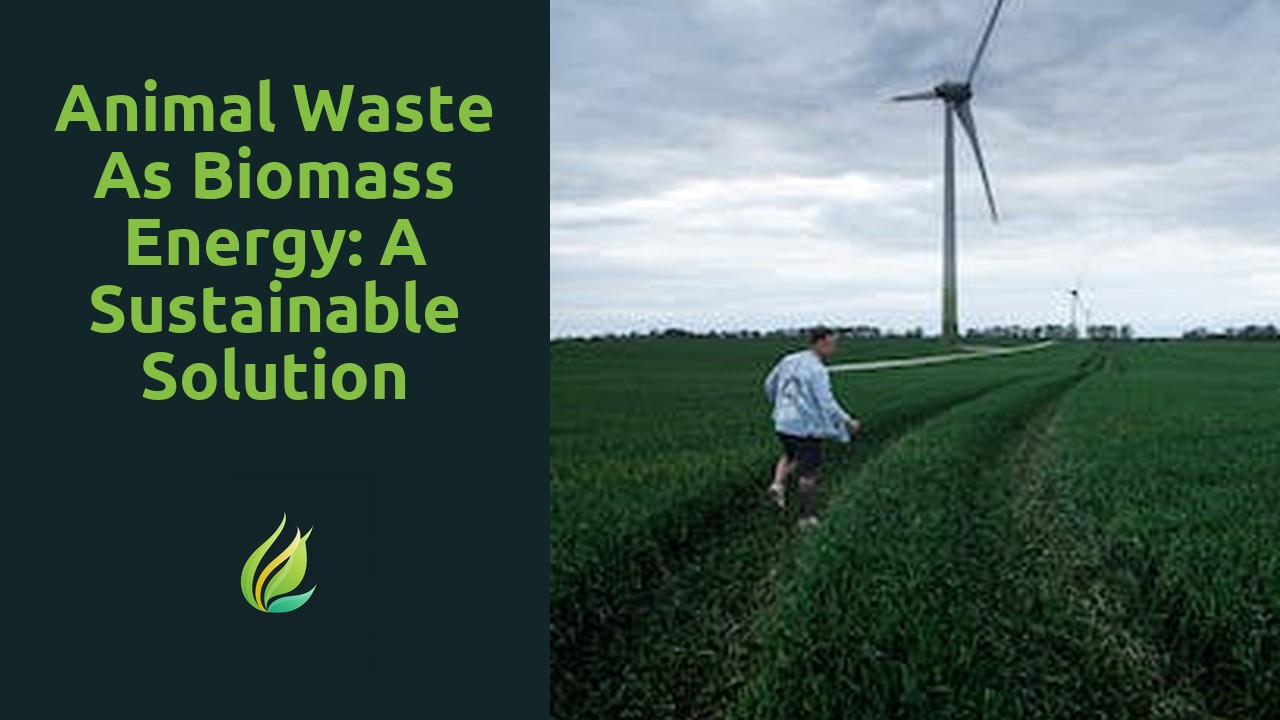
Animal Waste as Biomass Energy: A Sustainable Solution
The rising demand for renewable energy sources has prompted a closer look at the potential of animal waste as an energy source. Animal waste, which includes manure and other organic matter, has long been viewed as a nuisance and a pollutant. However,...
Read more →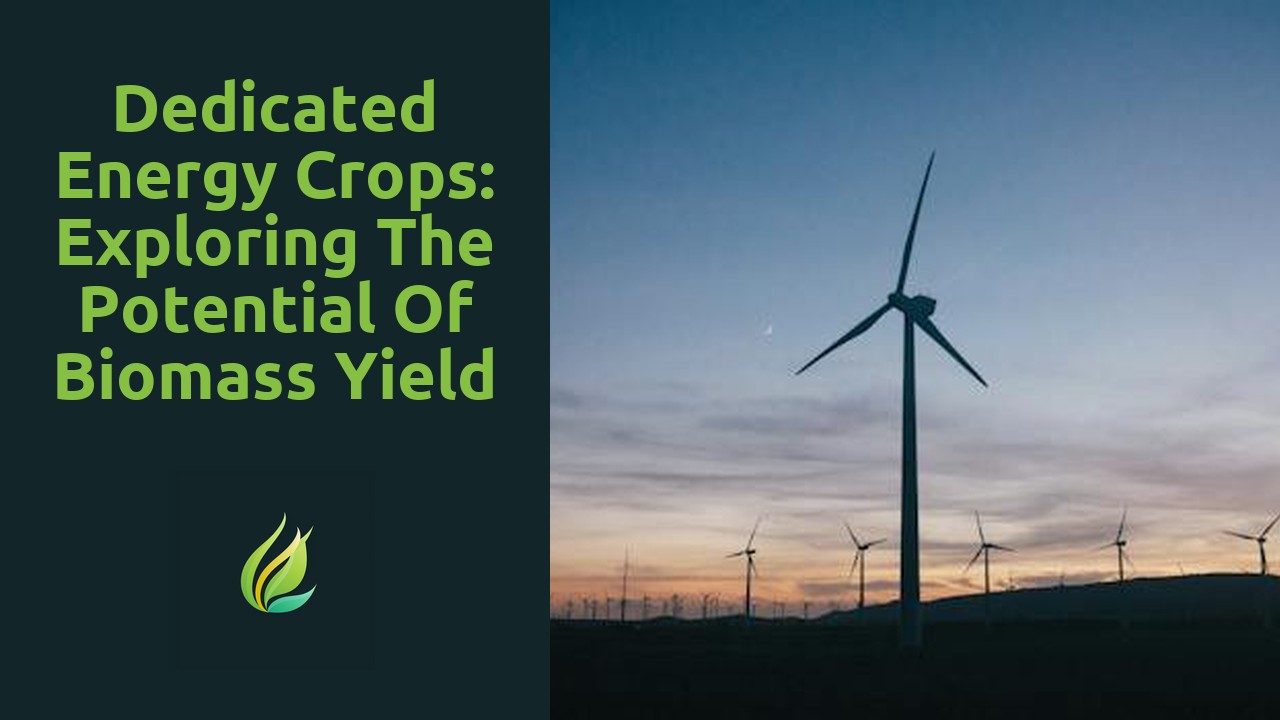
Dedicated Energy Crops: Exploring the Potential of Biomass yield
In the pursuit of sustainable energy production, dedicated energy crops play a crucial role. These crops, specifically grown for the purpose of generating energy, offer numerous advantages over traditional fossil fuels. One of the key benefits is the...
Read more →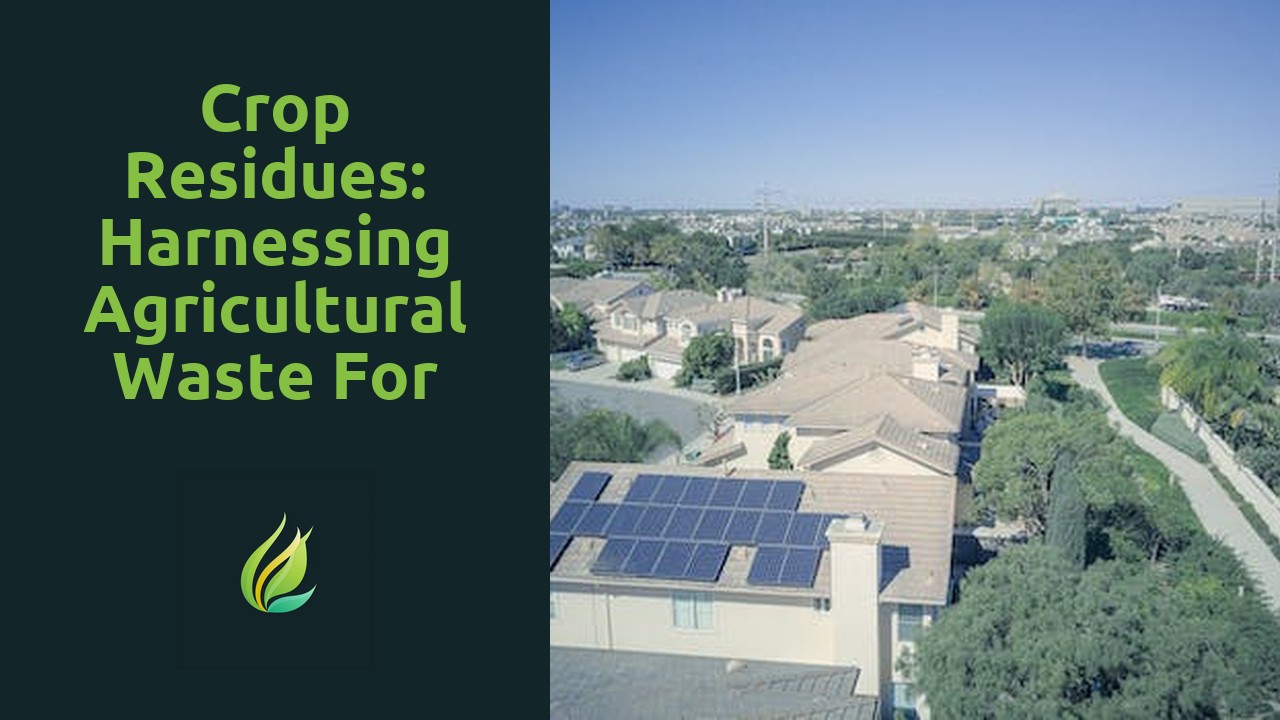
Crop Residues: Harnessing Agricultural Waste for Biomass Energy
Crop residues, such as stalks, husks, and leaves, have long been viewed as waste products in agricultural practices. However, recent advancements in renewable energy technology have shed light on their immense potential as a sustainable energy source...
Read more →
Wood as Biomass: A Renewable Energy Source for Heating and Electricity Generation
Biomass energy refers to the production of usable energy from organic matter, such as plants and animal waste. This concept is rooted in the principle of harnessing the natural energy stored in plants through photosynthesis. The process involves conv...
Read more →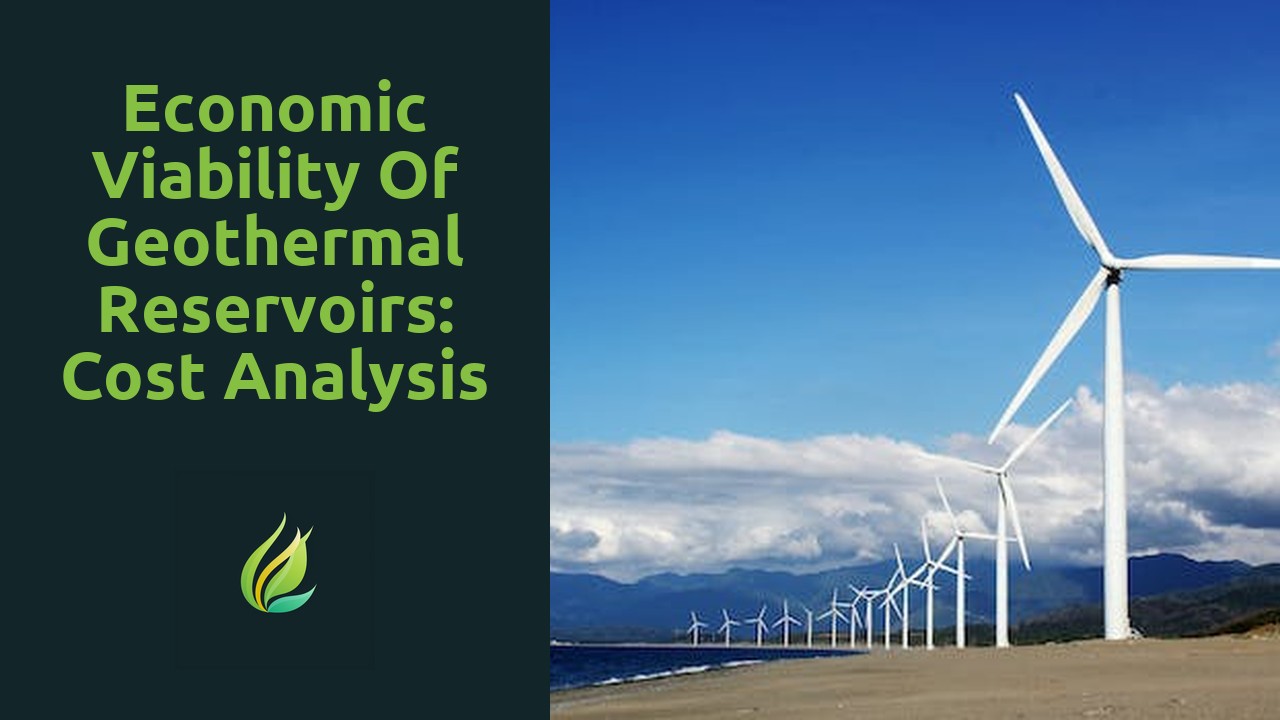
Economic Viability of Geothermal Reservoirs: Cost Analysis and Profitability Assessment
Geothermal reservoirs are a valuable source of renewable energy that harnesses the natural heat stored beneath the Earth's surface. These reservoirs are formed by the movement of tectonic plates, which leads to the formation of cracks and fissures in...
Read more →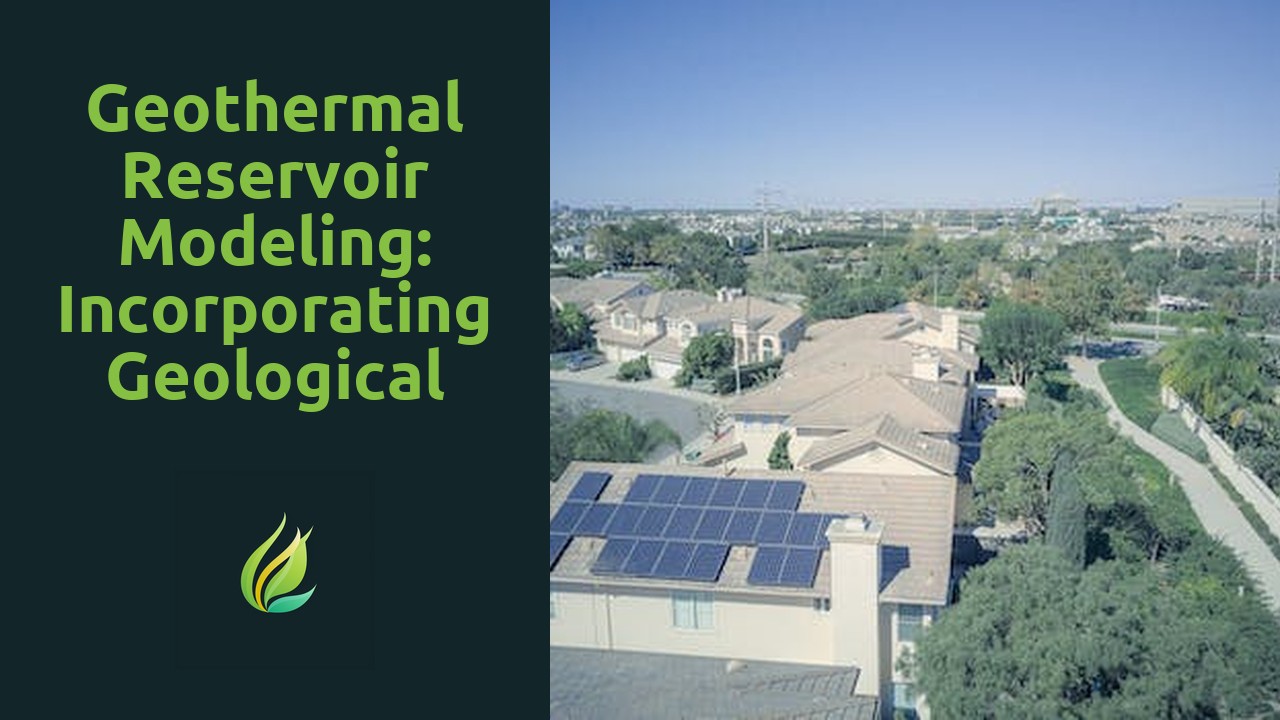
Geothermal Reservoir Modeling: Incorporating Geological and Geophysical Data
Geological and geophysical data play a crucial role in geothermal reservoir modeling, aiding in the prediction and assessment of underground conditions necessary for efficient energy extraction. These data sets provide valuable insights into the stru...
Read more →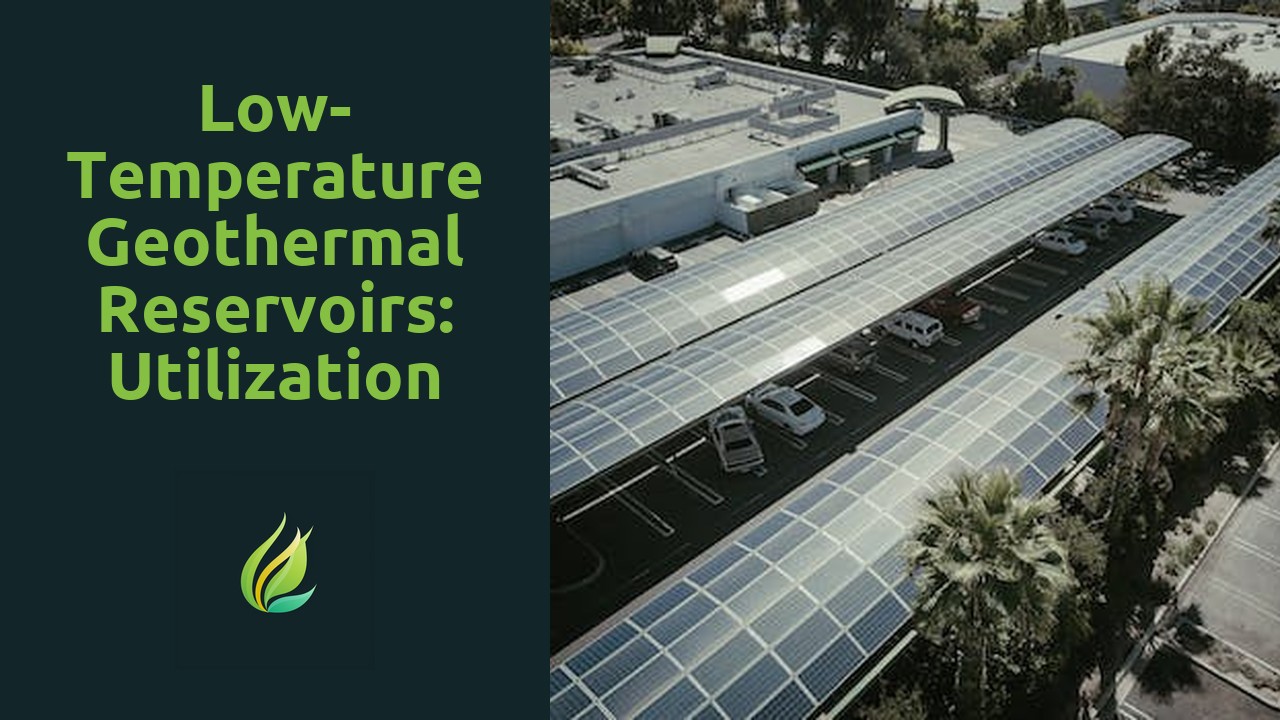
Low-Temperature Geothermal Reservoirs: Utilization and Advancements
Low-temperature geothermal reservoirs hold significant potential for energy production, offering a sustainable and renewable source of power. These reservoirs, which are typically found at depths of less than 3000 meters, possess water with temperatu...
Read more →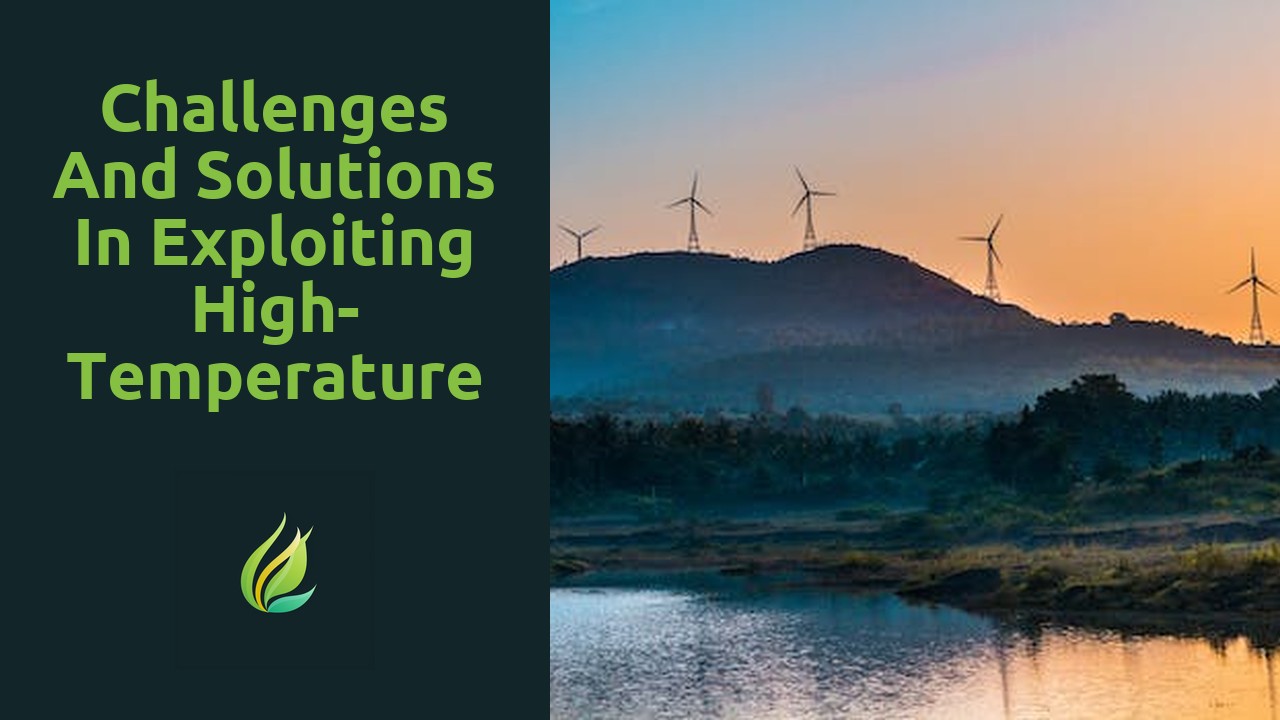
Challenges and Solutions in Exploiting High-Temperature Geothermal Reservoirs
High-temperature geothermal reservoirs are inherently complex and present numerous challenges for exploration and exploitation. These reservoirs are characterized by high temperatures ranging from 150°C to over 350°C, often requiring specialized eq...
Read more →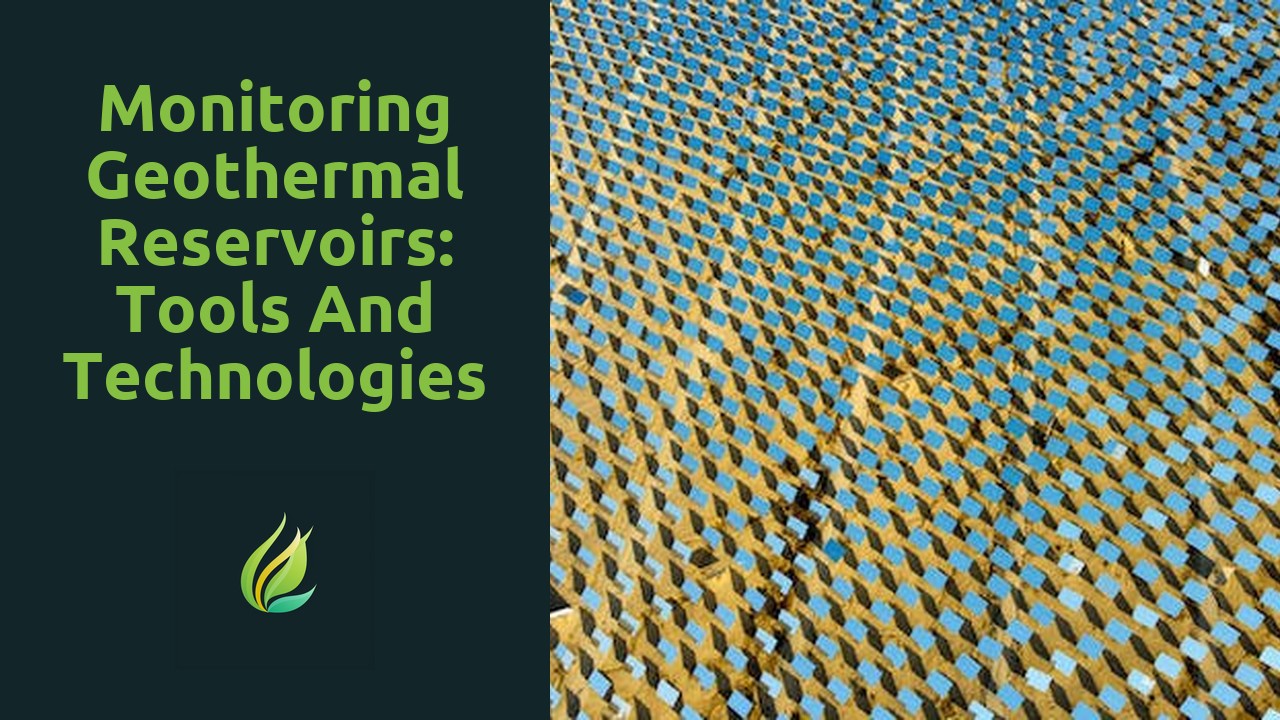
Monitoring Geothermal Reservoirs: Tools and Technologies for Effective Performance Assessment
Geothermal energy is a powerful and sustainable source of renewable energy that harnesses the heat from within the Earth. Deep below the surface, there are vast reservoirs of hot water and steam that can be tapped into for geothermal energy productio...
Read more →
Geothermal Reservoir Management: Best Practices and Optimization Techniques
Reservoir maintenance plays a crucial role in ensuring the integrity and longevity of a reservoir. Regular inspections and monitoring are essential to identify any potential issues before they escalate into larger problems. By promptly addressing iss...
Read more →
Enhancing Geothermal Reservoirs: Strategies for Improved Heat Extraction
Geothermal energy, often overlooked in favor of more popular renewable energy sources such as solar and wind, possesses immense potential in the energy sector. Utilizing the Earth's natural heat from below its surface, geothermal energy offers a sust...
Read more →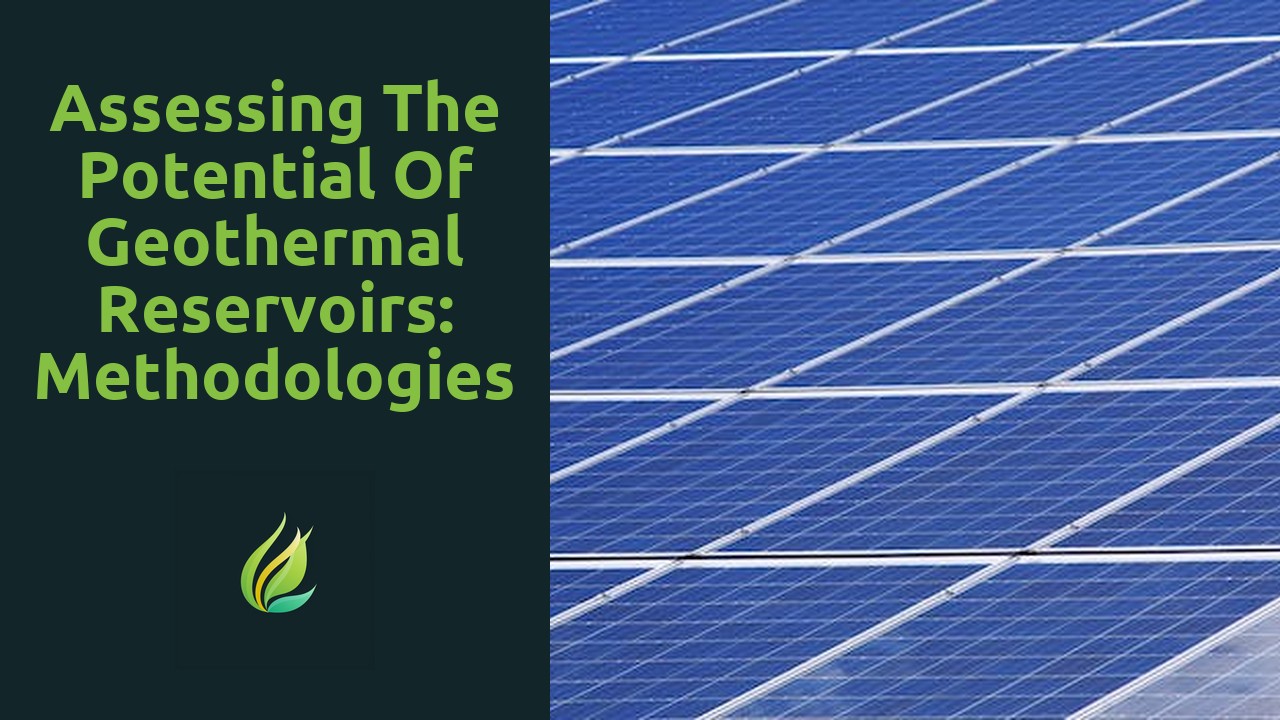
Assessing the Potential of Geothermal Reservoirs: Methodologies and Case Studies
Geothermal reservoirs have long been regarded as an untapped source of energy with immense potential. These reservoirs, found deep beneath the Earth's surface, contain hot water and steam that can be harnessed to generate electricity. Unlike fossil f...
Read more →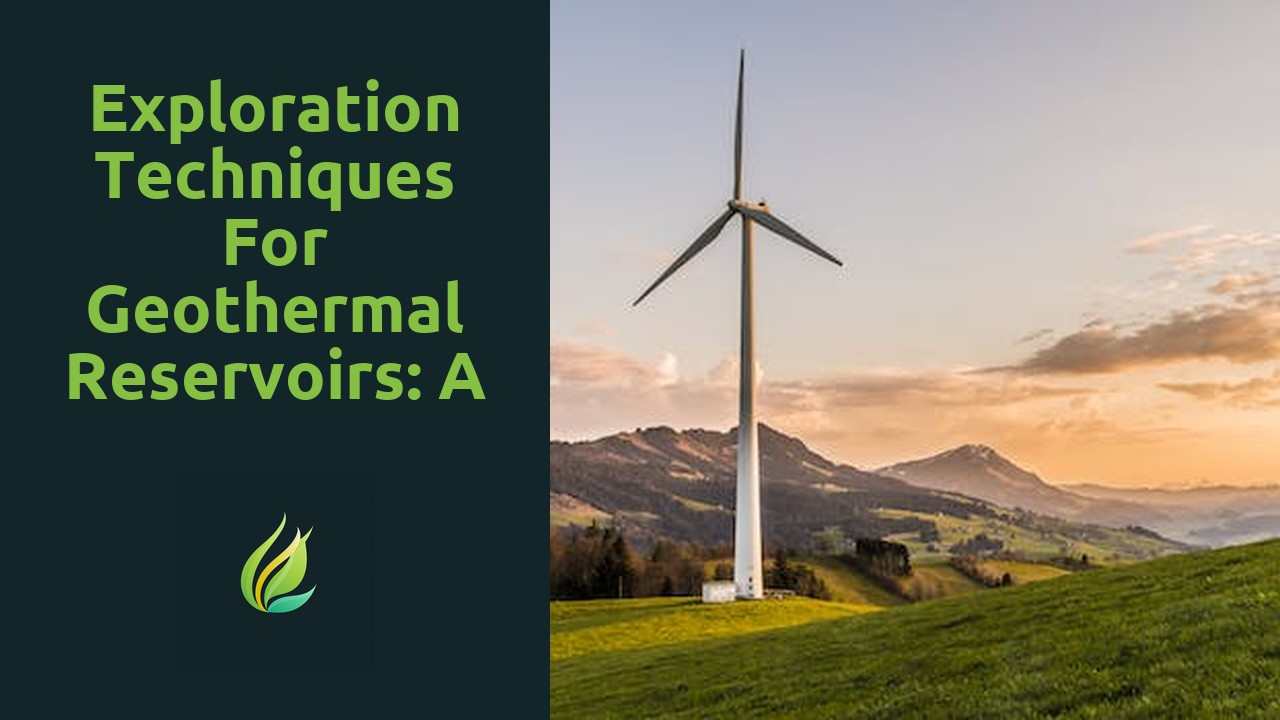
Exploration Techniques for Geothermal Reservoirs: A Comprehensive Guide
Geothermal reservoirs, the underground pockets of hot water and steam that are harnessed for energy generation, are formed through a unique combination of geological factors. These reservoirs are typically found in regions where tectonic activity and...
Read more →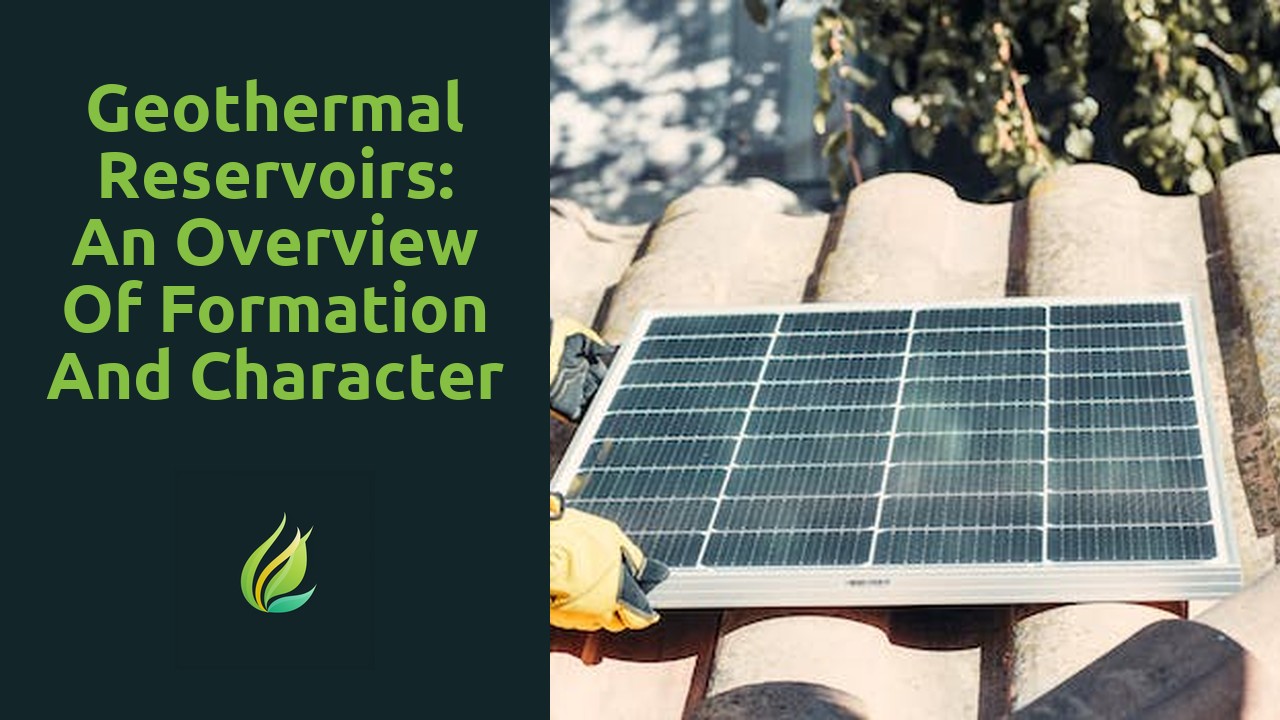
Geothermal Reservoirs: An Overview of Formation and Characteristics
Formation of Geothermal Reservoirs: Understanding the Origins
The formation of geothermal reservoirs is a complex process that involves various geological phenomena and factors. One of the key origins of these reservoirs is the presence of h...
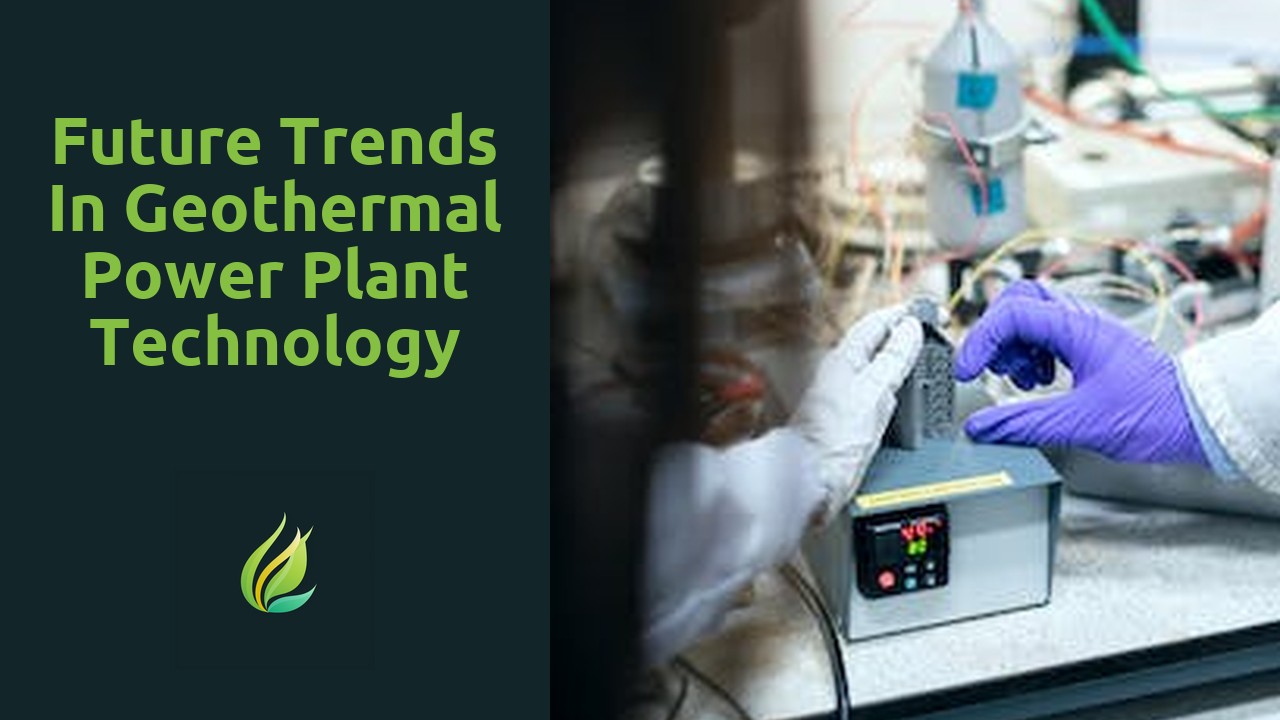
Future Trends in Geothermal Power Plant Technology
Geothermal energy, a renewable source of power, is generated from the heat that is naturally stored in the Earth's core. This immense reservoir of energy is derived from the thermal energy produced by the radioactive decay of materials deep within th...
Read more →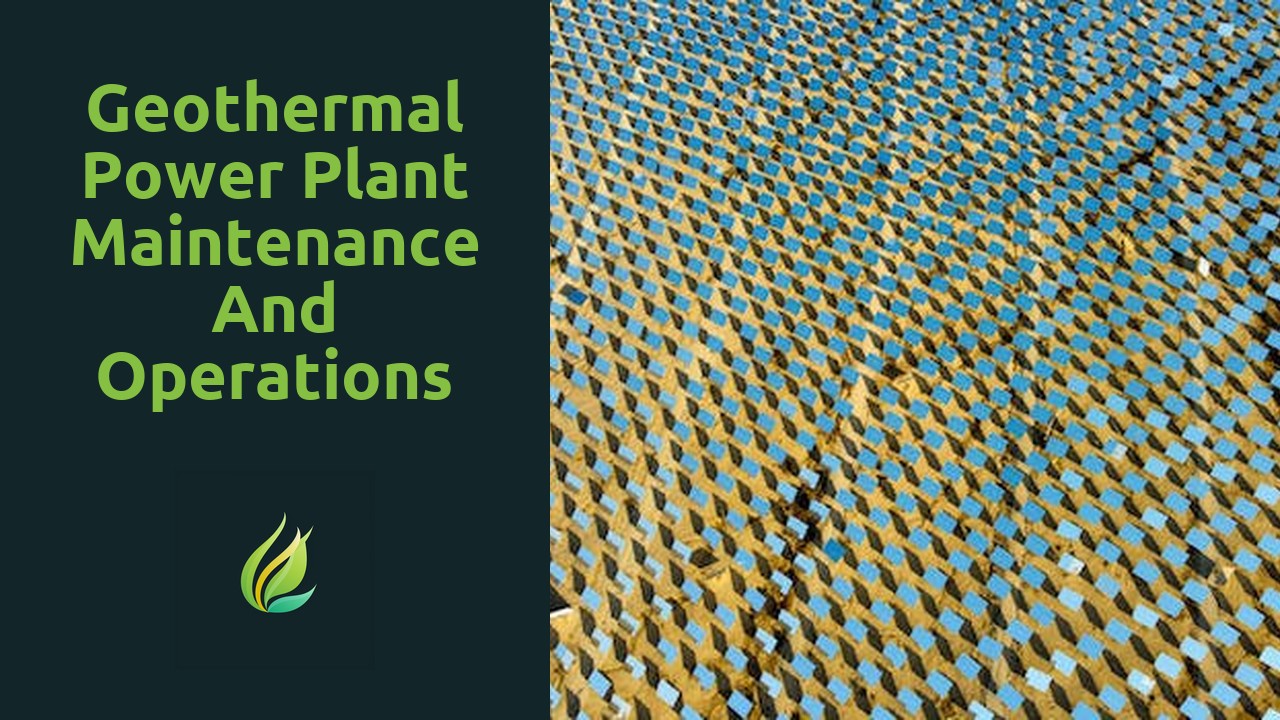
Geothermal Power Plant Maintenance and Operations
Regular inspections play a crucial role in ensuring the smooth functioning of geothermal power plants. These inspections are essential for identifying any potential issues or problems at an early stage, allowing for timely repairs and maintenance. By...
Read more →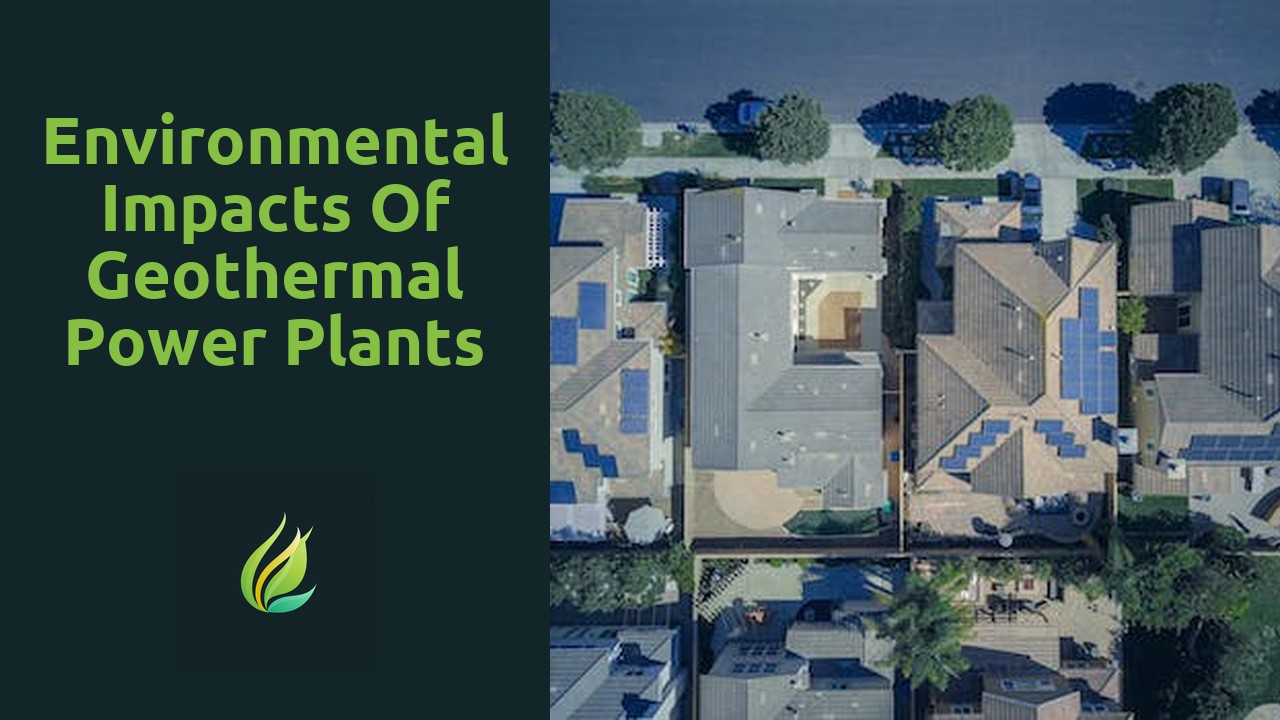
Environmental Impacts of Geothermal Power Plants
Power plants that utilize geothermal energy have often been lauded for their low carbon emissions and potential as a renewable energy source. However, it is important to acknowledge that these power plants do have their drawbacks, particularly in rel...
Read more →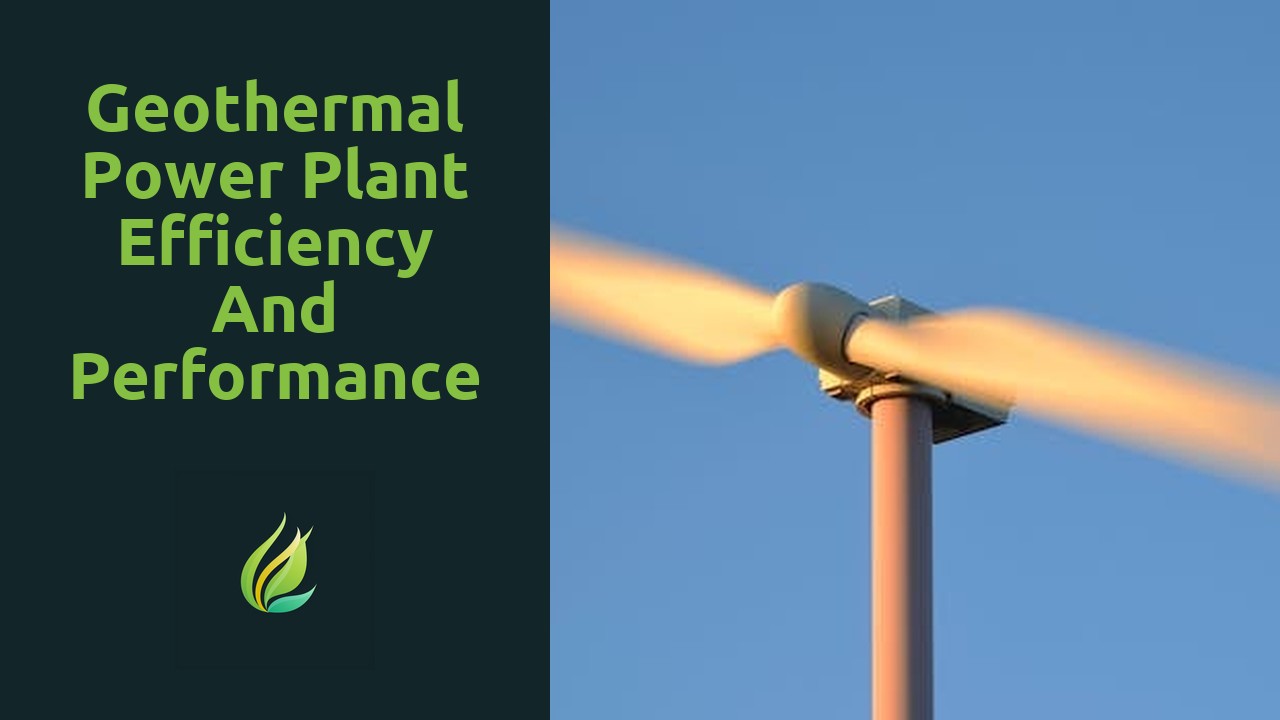
Geothermal Power Plant Efficiency and Performance
Harnessing the Earth's heat through geothermal power plants is a promising avenue in the quest for sustainable energy sources. This clean and renewable energy technology taps into the natural heat reservoir beneath the Earth's surface, offering a pot...
Read more →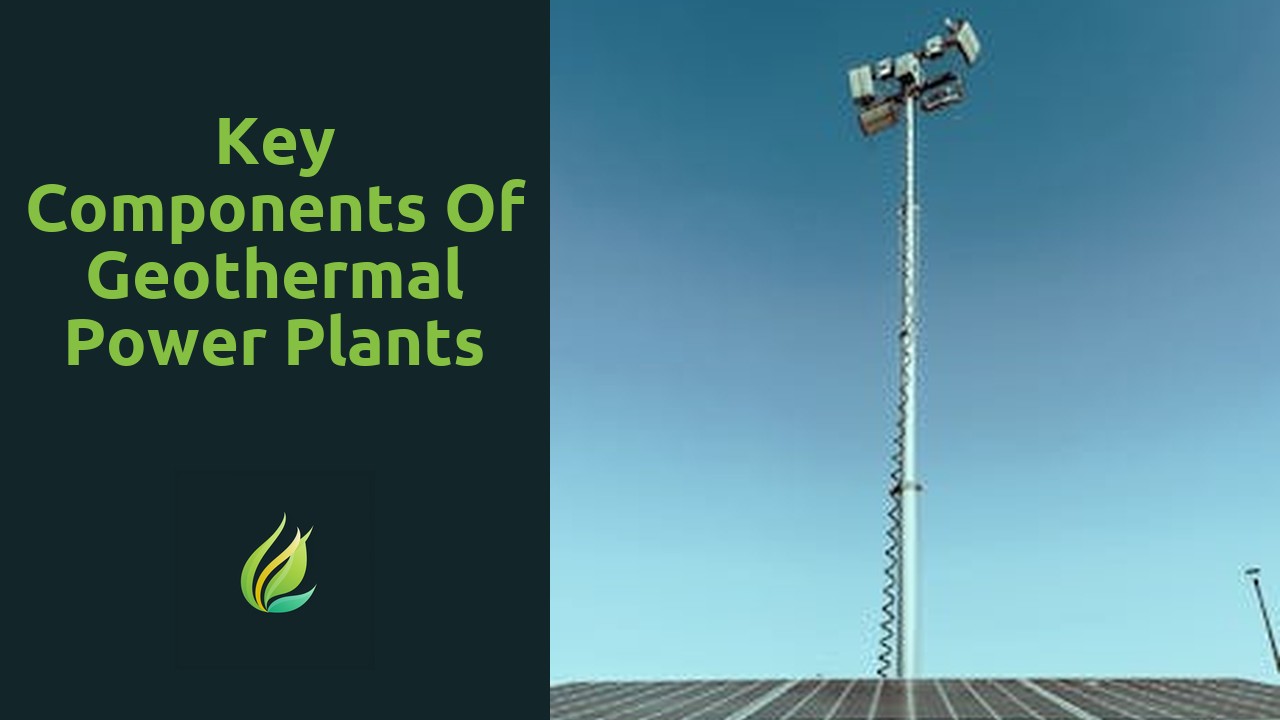
Key Components of Geothermal Power Plants
Harnessing Earth's heat to generate electricity is a fascinating field of study in the realm of geothermal power plants. These plants tap into the Earth's natural reservoirs of heat to produce sustainable and clean energy. The science behind this pro...
Read more →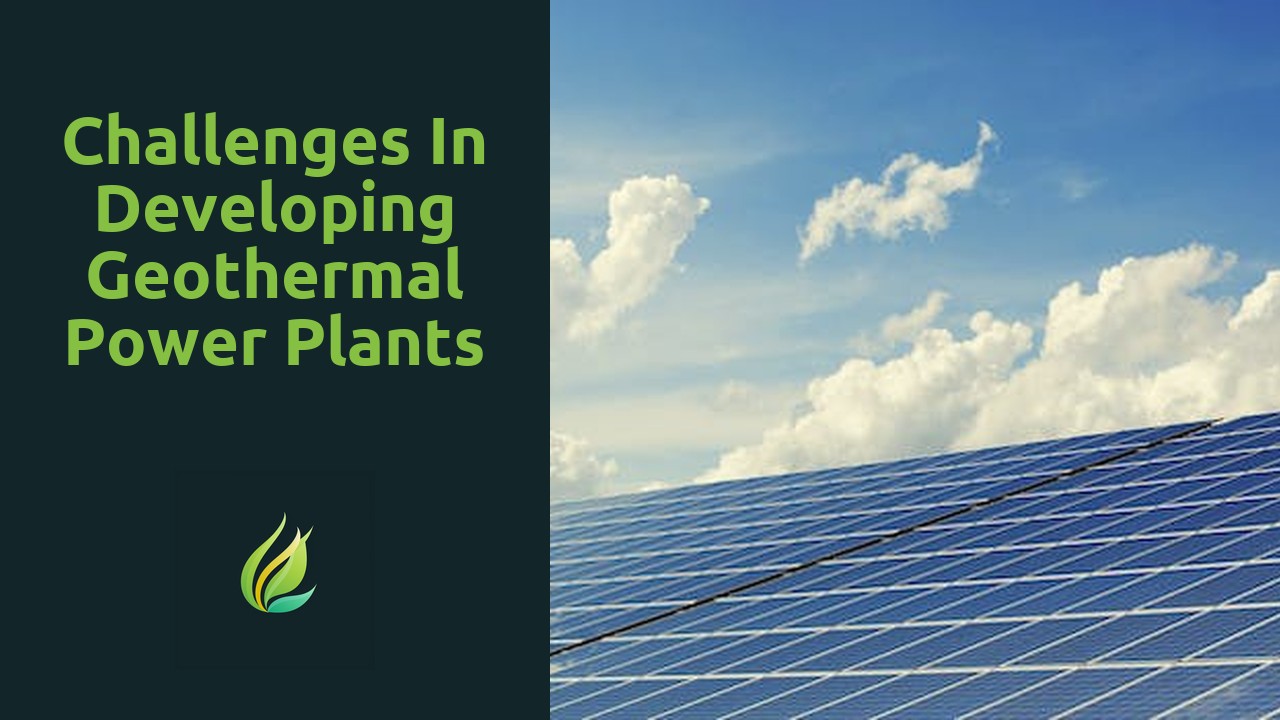
Challenges in Developing Geothermal Power Plants
Title: Understanding the Potential of Geothermal Energy: Exploring the Untapped Power Source Beneath the Earth's Surface.
Geothermal energy offers a remarkable opportunity to tap into an abundant and sustainable power source that lies beneat...
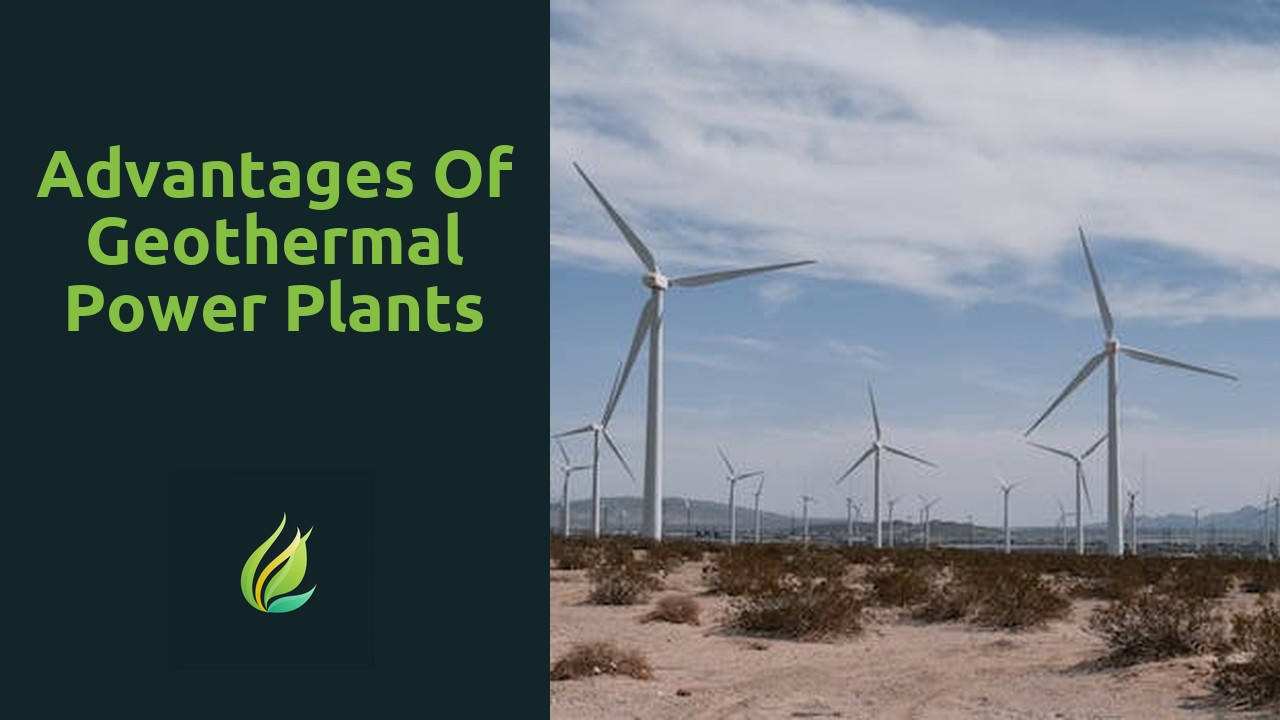
Advantages of Geothermal Power Plants
Geothermal power plants harness the Earth's internal heat to generate electricity, offering a sustainable and renewable energy source that is highly beneficial for the environment. Unlike fossil fuels, which release harmful greenhouse gas emissions a...
Read more →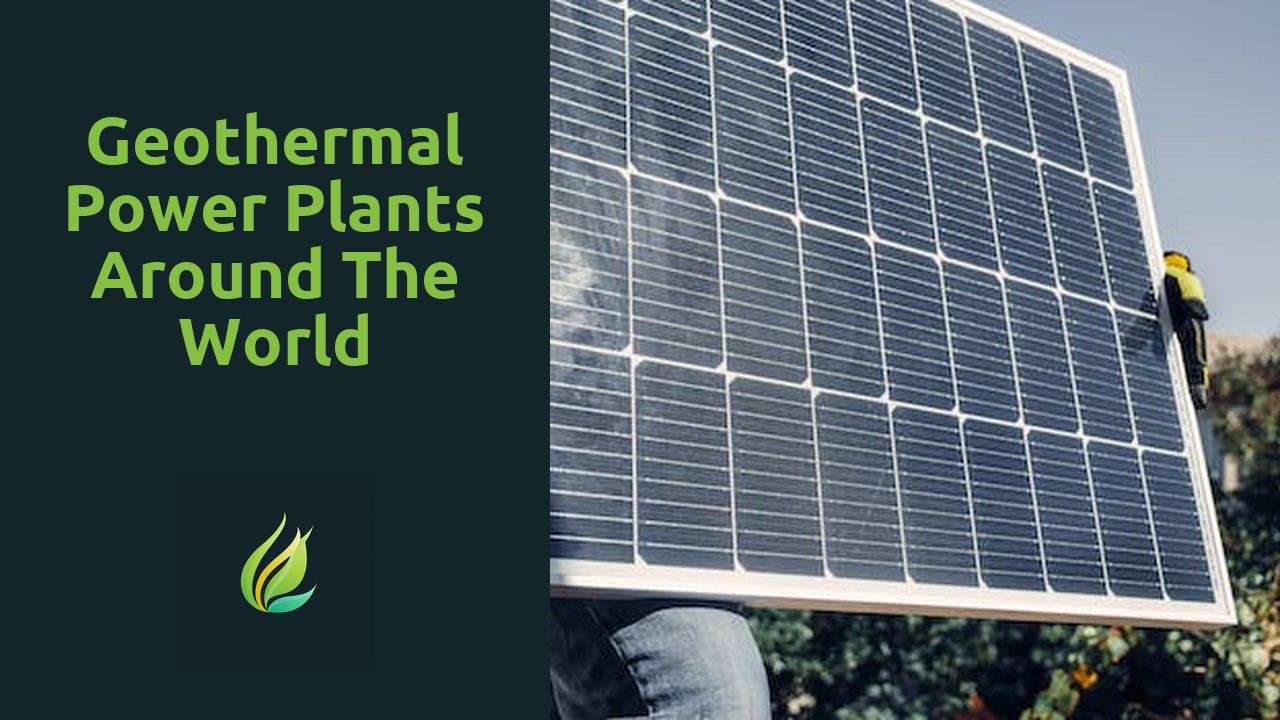
Geothermal Power Plants around the World
Harnessing Earth's natural energy is a concept that has gained momentum in recent years as the world searches for sustainable alternative sources of power. Geothermal energy, in particular, has emerged as a thriving solution in the quest for renewabl...
Read more →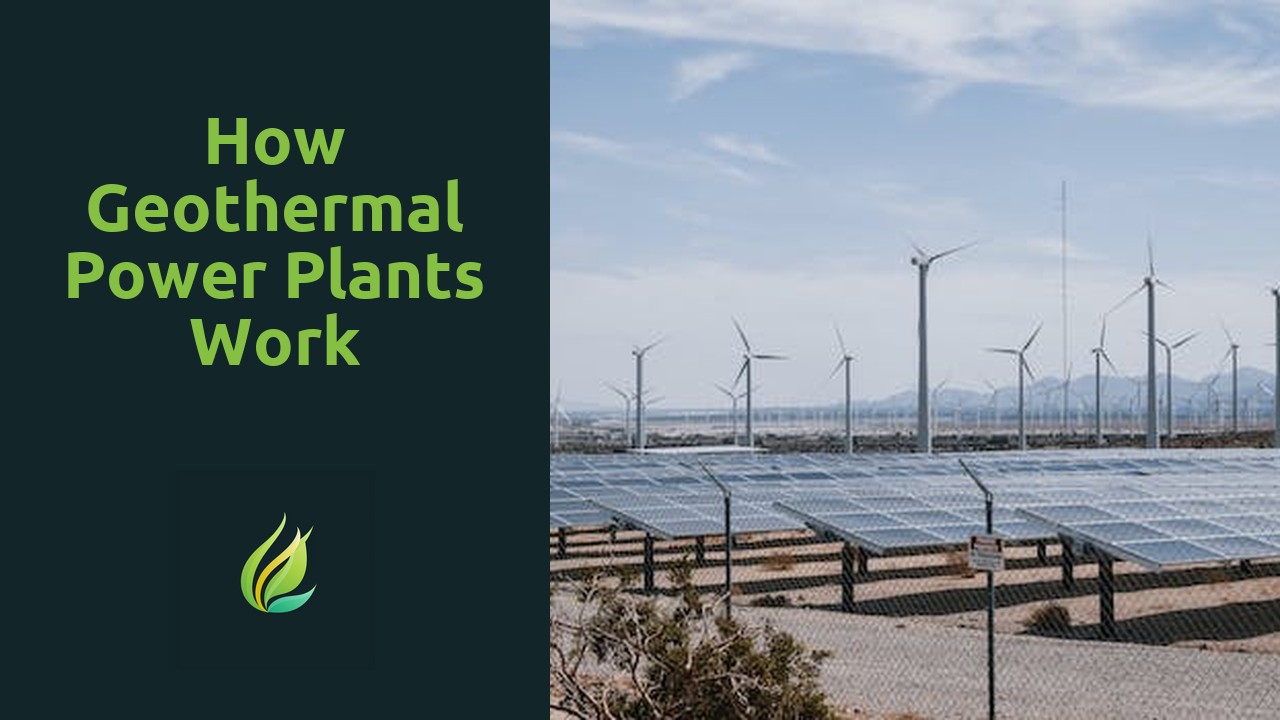
How Geothermal Power Plants Work
Geothermal energy is an impressive source of power that harnesses the Earth's heat to generate electricity. This renewable energy utilizes the heat stored deep within the Earth's core, offering a sustainable alternative to traditional fossil fuels. B...
Read more →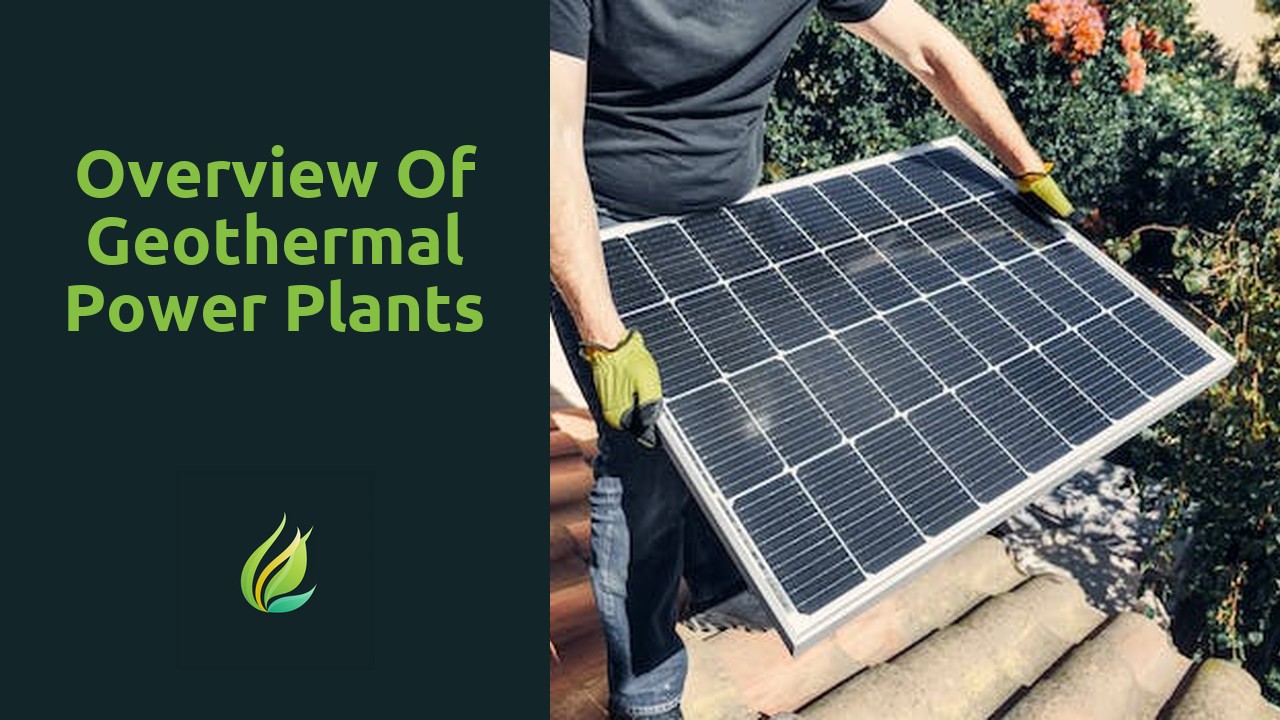
Overview of Geothermal Power Plants
Geothermal energy has emerged as a promising sustainable power source due to its abundance and renewability. Unlike traditional fossil fuels, such as coal and oil, geothermal energy harnesses the natural heat stored beneath the Earth's surface. This ...
Read more →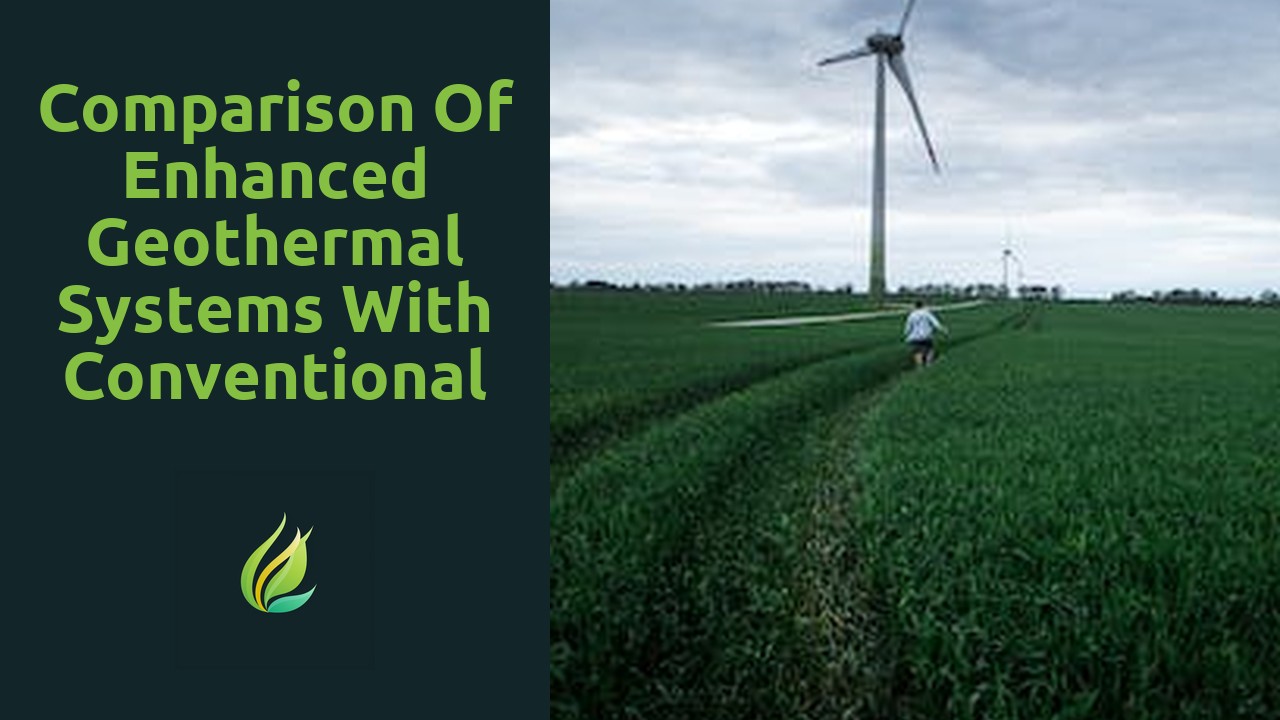
Comparison of Enhanced Geothermal Systems with Conventional Geothermal Power Plants
Geothermal power plants harness the natural heat generated by the Earth's core to produce electricity. The basic functioning of these plants involves the extraction of hot water or steam from underground reservoirs, which drives turbines connected to...
Read more →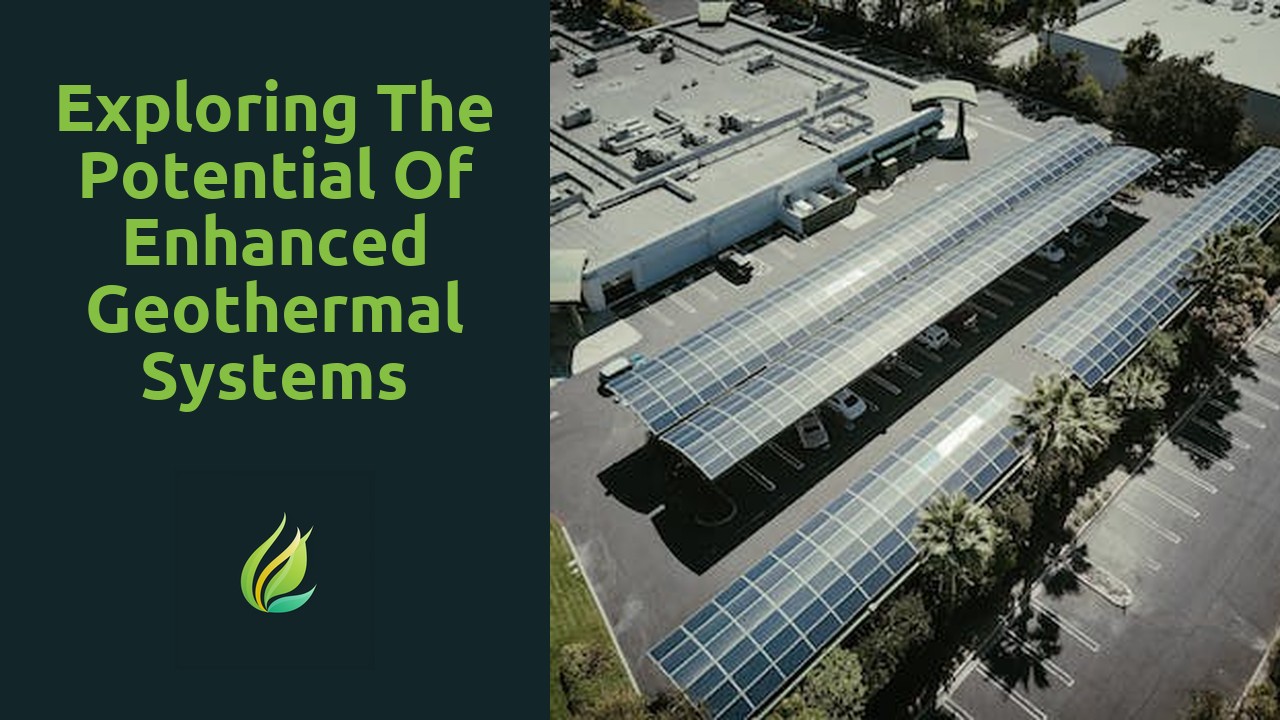
Exploring the Potential of Enhanced Geothermal Systems
Enhanced Geothermal Systems (EGS) have recently emerged as a promising solution to harness the immense heat beneath the Earth's surface. With traditional geothermal energy being limited to specific geological hotspots, EGS opens up a new world of pos...
Read more →
Policy and Regulatory Support for Enhanced Geothermal Projects
Policy and regulatory support play a crucial role in advancing enhanced geothermal projects. These projects rely on innovative technologies and techniques to extract geothermal energy from beneath the Earth's surface. However, without the necessary p...
Read more →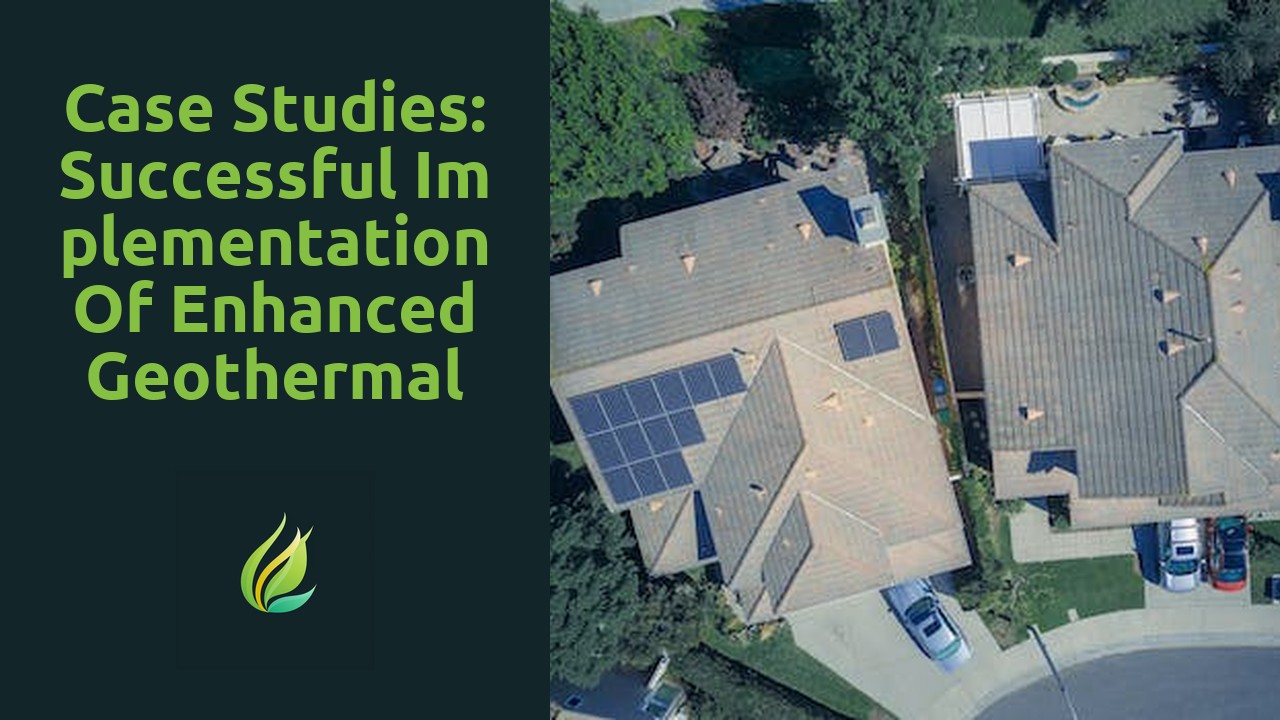
Case Studies: Successful Implementation of Enhanced Geothermal Systems
With growing concerns about climate change and the depletion of fossil fuel reserves, there is a heightened focus on renewable energy sources. One such source that is gaining attention is enhanced geothermal systems (EGS). EGS harnesses the heat bene...
Read more →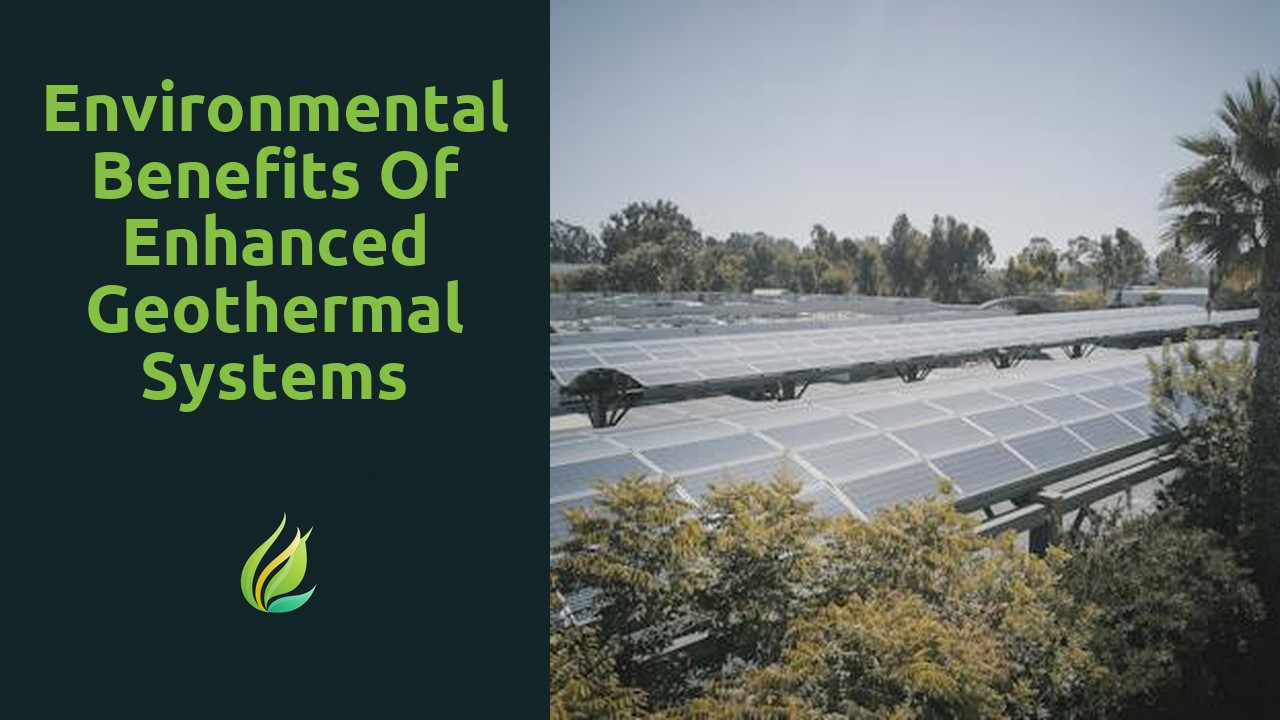
Environmental Benefits of Enhanced Geothermal Systems
EGS technology offers an innovative approach to minimizing air pollution and reducing the release of harmful pollutants into the atmosphere. One of the key ways it achieves this is by harnessing renewable geothermal energy to generate electricity. Un...
Read more →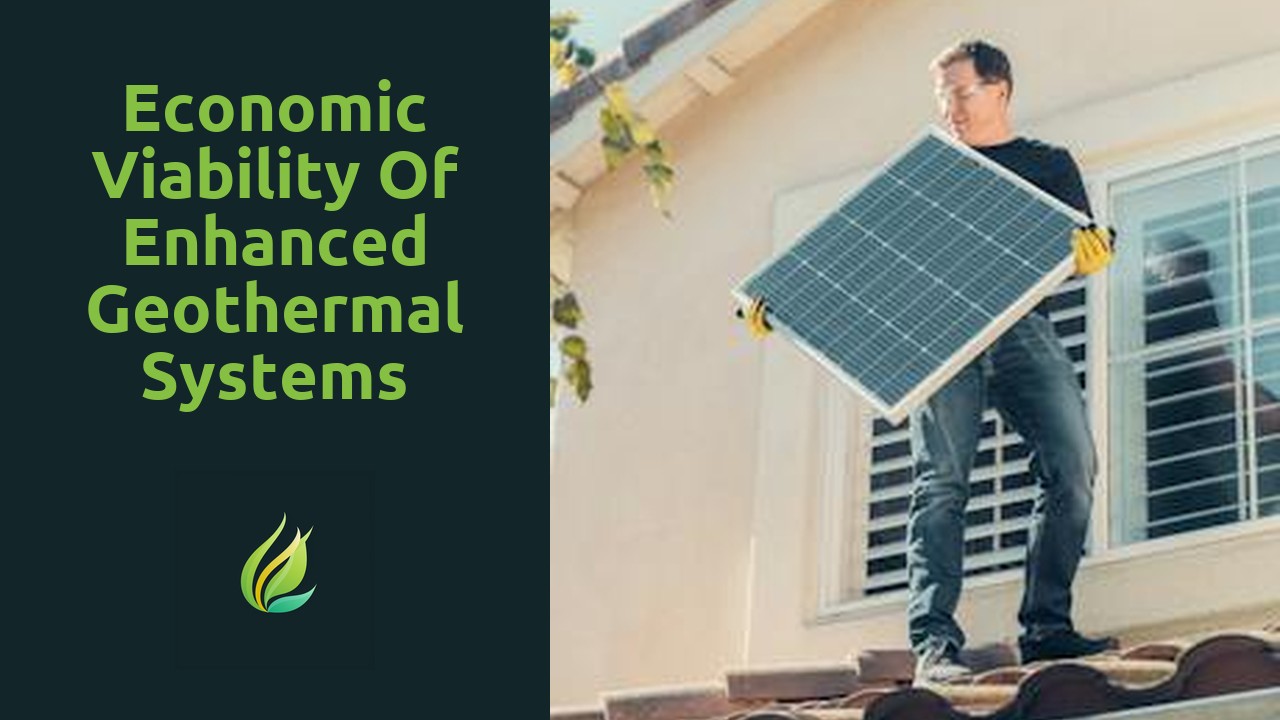
Economic Viability of Enhanced Geothermal Systems
Enhanced Geothermal Systems (EGS) hold immense promise as a sustainable and efficient source of energy. By tapping into the vast reservoirs of heat beneath the Earth's surface, EGS can generate electricity without relying on fossil fuels. This not on...
Read more →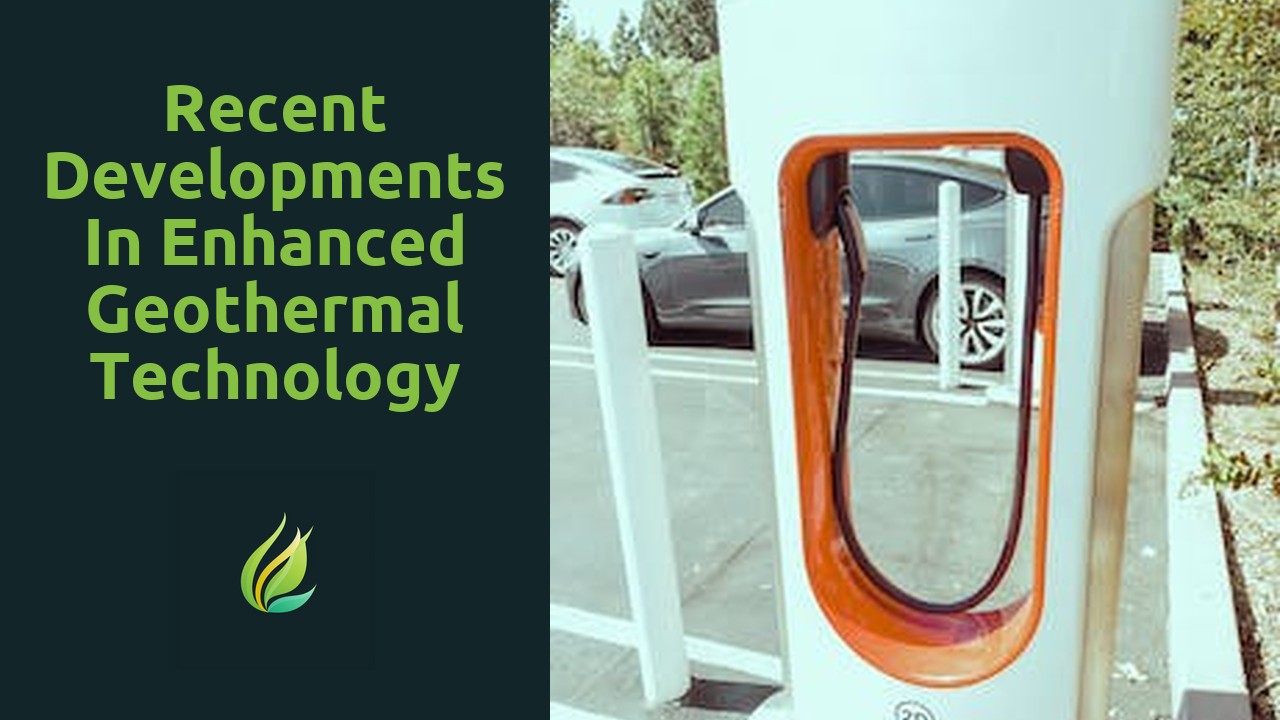
Recent Developments in Enhanced Geothermal Technology
As the demand for renewable energy continues to increase, geothermal energy has emerged as a promising solution to meet our power needs. Harnessing the Earth's natural heat reserves, geothermal energy offers several advantages over traditional forms ...
Read more →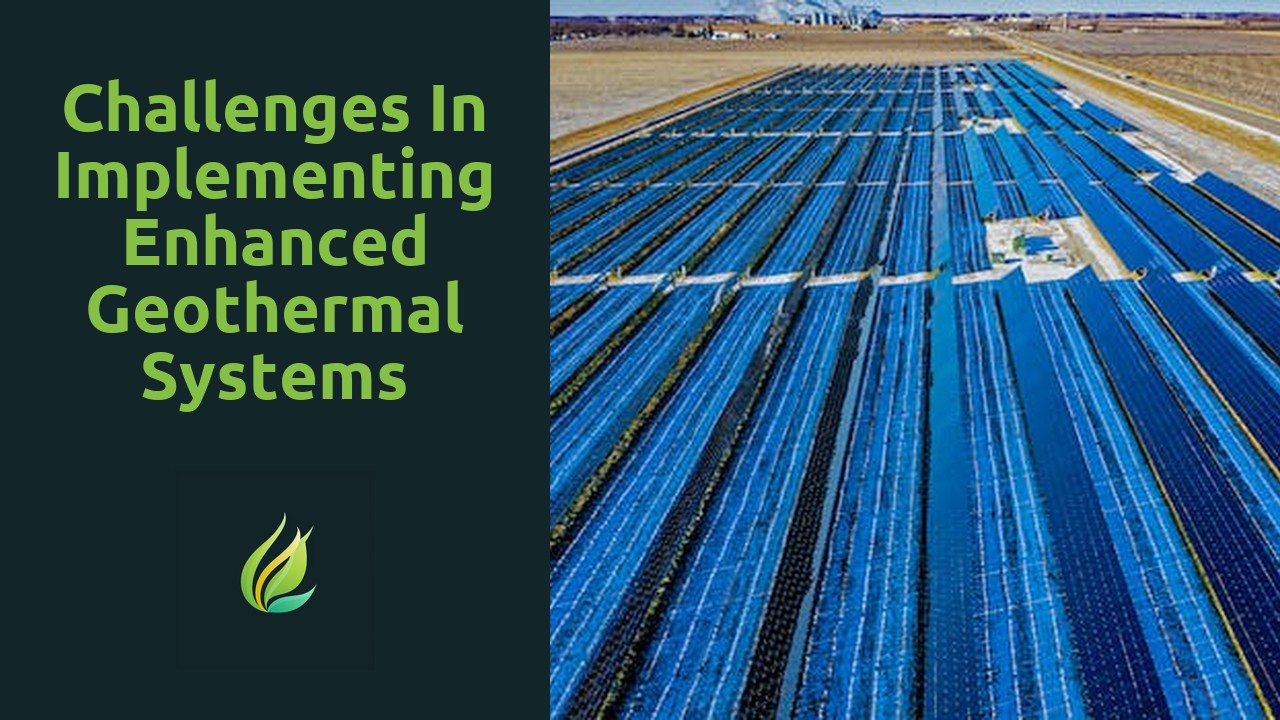
Challenges in Implementing Enhanced Geothermal Systems
Enhanced Geothermal Systems (EGS) have emerged as a promising technology in the realm of sustainable energy production. With the ability to tap into the Earth's vast heat reservoirs, EGS holds the key to unlocking a virtually limitless source of clea...
Read more →
Advantages of Enhanced Geothermal Systems
The concept of Enhanced Geothermal Systems (EGS) revolves around harnessing the Earth's heat to generate clean and renewable energy. Unlike traditional geothermal systems, which require naturally occurring geothermal reservoirs, EGS can be developed ...
Read more →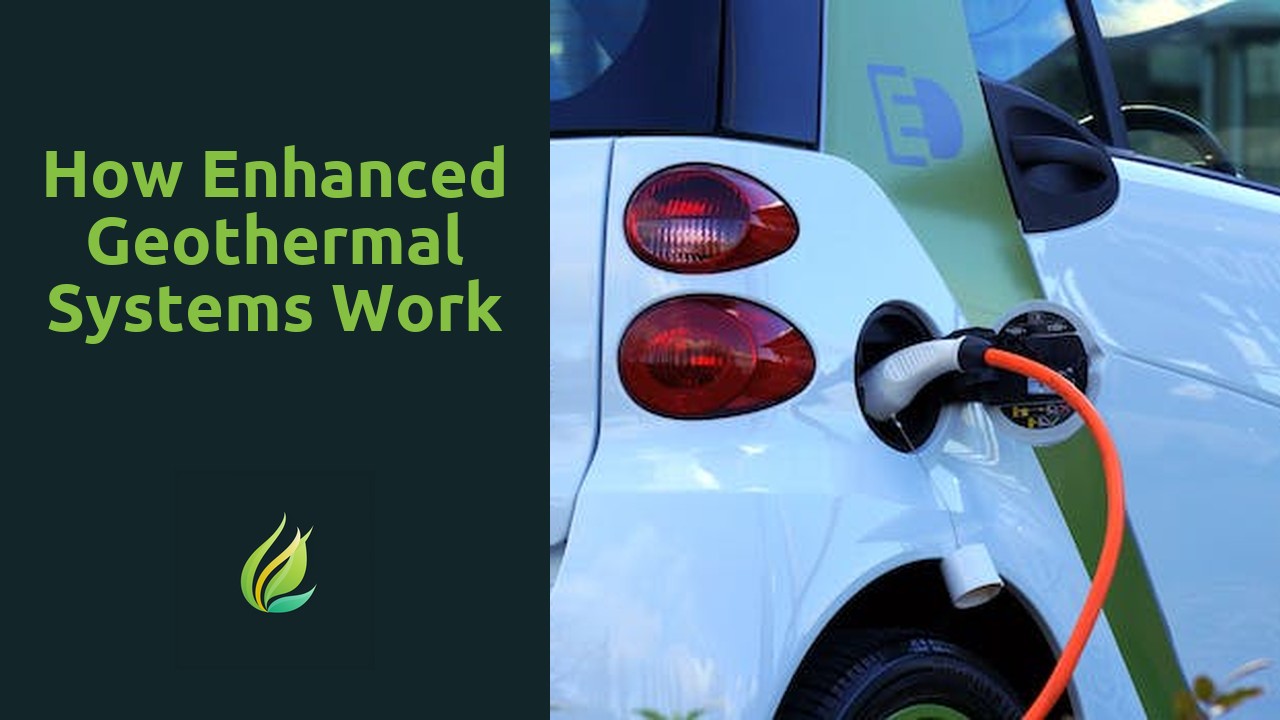
How Enhanced Geothermal Systems Work
Enhanced Geothermal Systems (EGS) have gained considerable attention in recent years as a promising source of clean and renewable energy. This technology harnesses the Earth's heat by extracting it from deep within the Earth's crust. Unlike tradition...
Read more →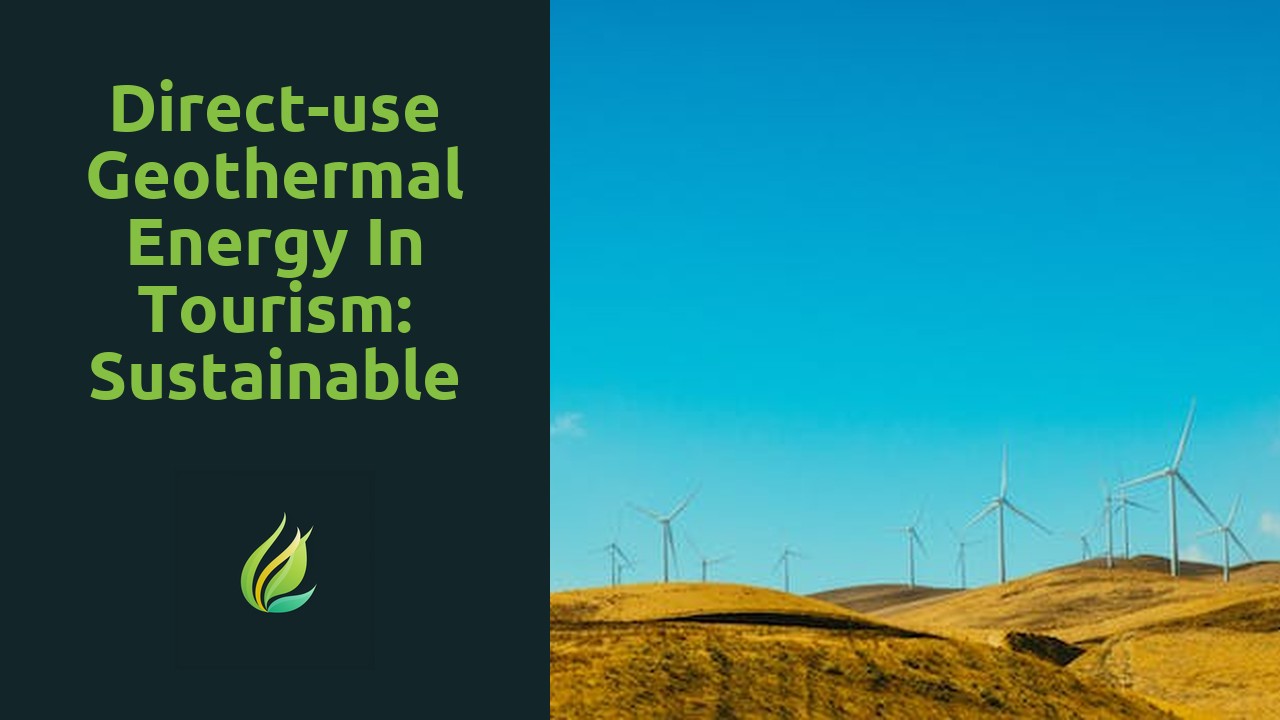
Direct-use Geothermal Energy in Tourism: Sustainable Strategies for Resorts and Spas
Geothermal energy, derived from the Earth's natural heat, is increasingly being recognized as a sustainable solution to power the tourism industry. With its ability to provide renewable energy, geothermal power plants are being harnessed to generate ...
Read more →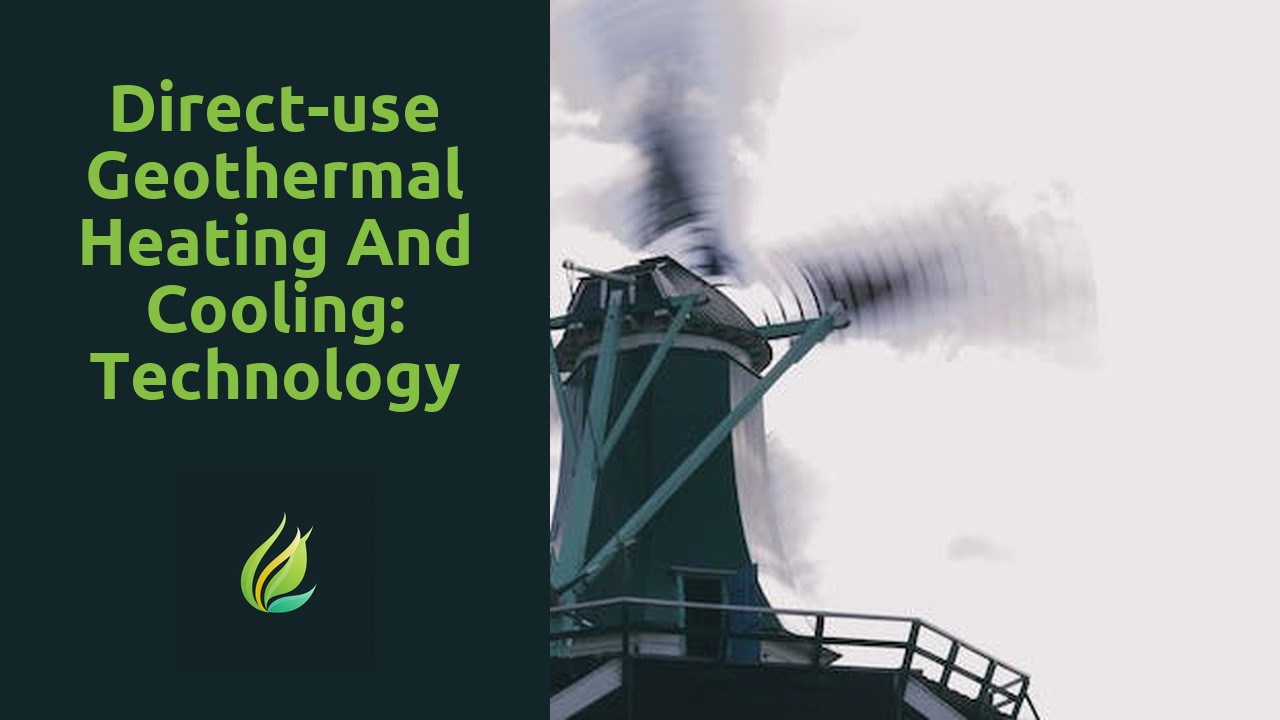
Direct-use Geothermal Heating and Cooling: Technology and Implementation
Direct-use geothermal systems provide a sustainable solution for heating and cooling by utilizing the Earth's natural underground heat. These systems tap into the endless reservoir of thermal energy that exists beneath the surface, making use of it d...
Read more →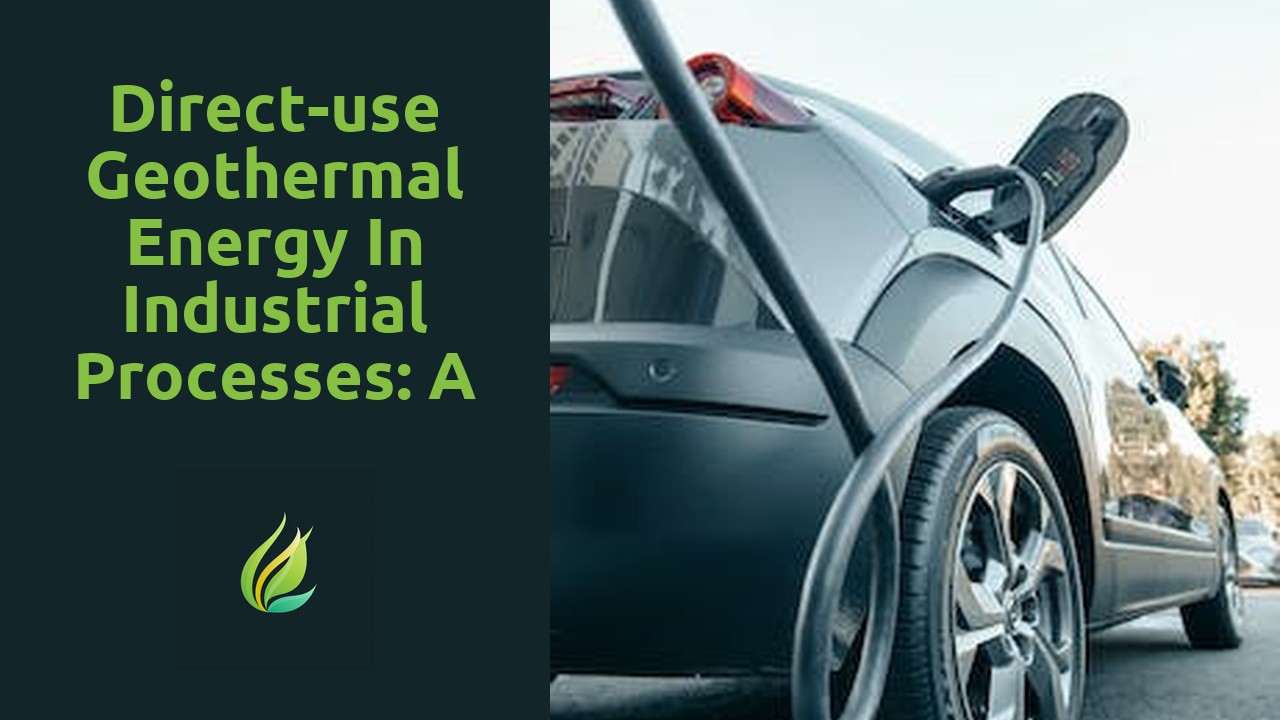
Direct-use Geothermal Energy in Industrial Processes: A Clean and Efficient Solution
Geothermal energy is a renewable energy source that harnesses the heat stored within the Earth to generate power and provide heating or cooling for various applications. This energy is derived from the natural heat produced by the Earth's core and is...
Read more →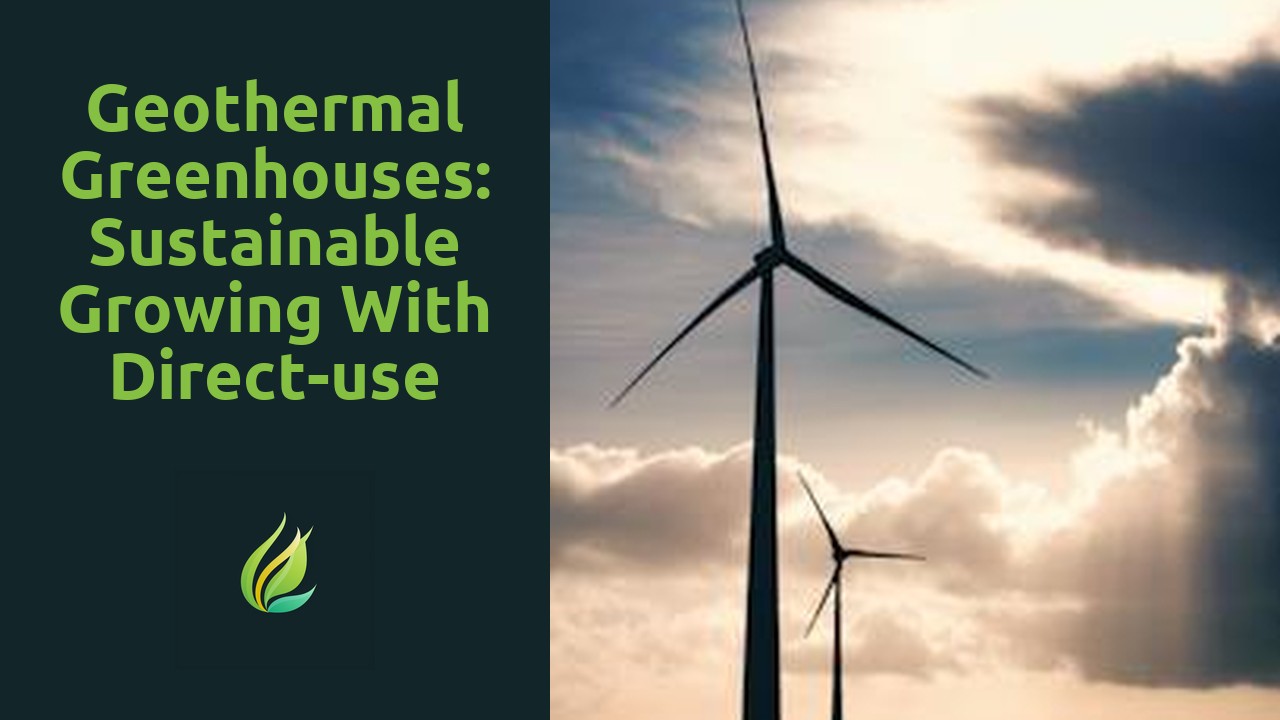
Geothermal Greenhouses: Sustainable Growing with Direct-use Energy
The use of geothermal energy in greenhouse operations has gained significant attention in recent years. Harnessing Earth's natural energy offers a sustainable solution to the energy demands of greenhouse agriculture. By tapping into the heat stored w...
Read more →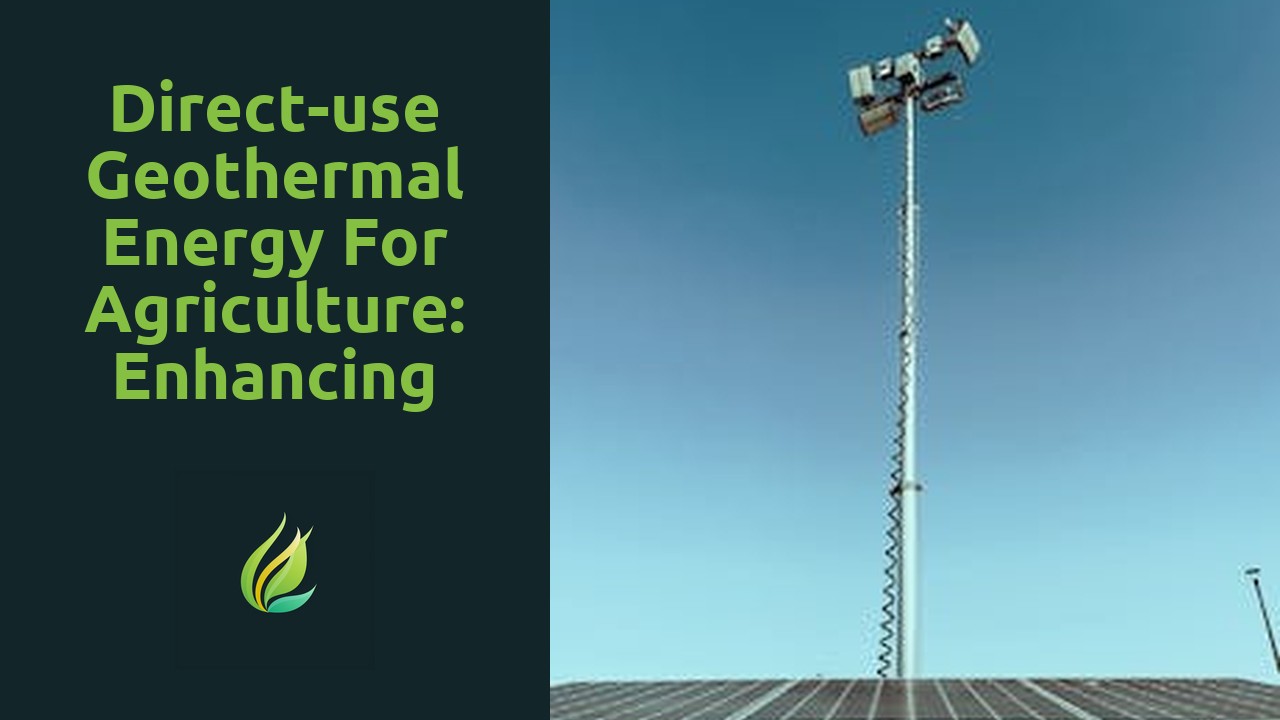
Direct-use Geothermal Energy for Agriculture: Enhancing Crop Production
Geothermal energy offers a multitude of benefits for crop production, making it an increasingly popular choice among agricultural professionals. One of the most significant advantages is its consistency and reliability as an energy source. Unlike fos...
Read more →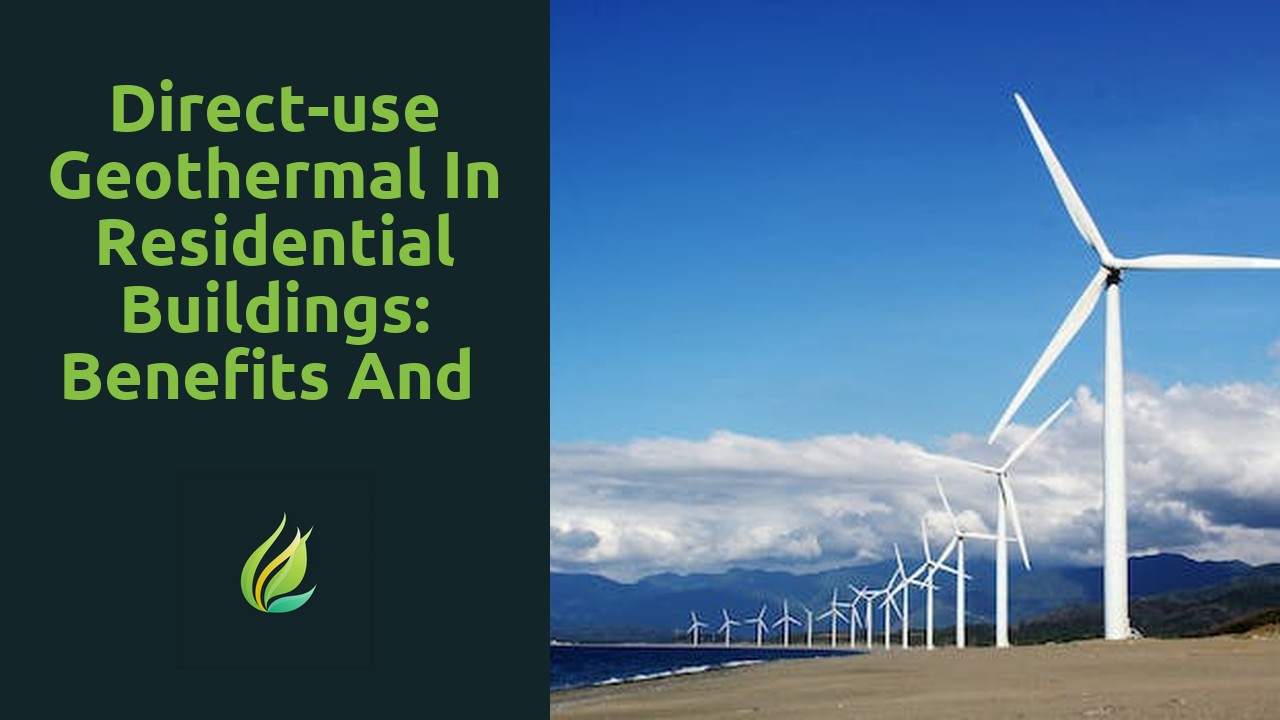
Direct-use Geothermal in Residential Buildings: Benefits and Considerations
Direct-use geothermal energy is a sustainable solution that offers numerous benefits for residential buildings. By harnessing the natural heat from within the Earth, this renewable energy source provides a reliable and constant supply of heating and ...
Read more →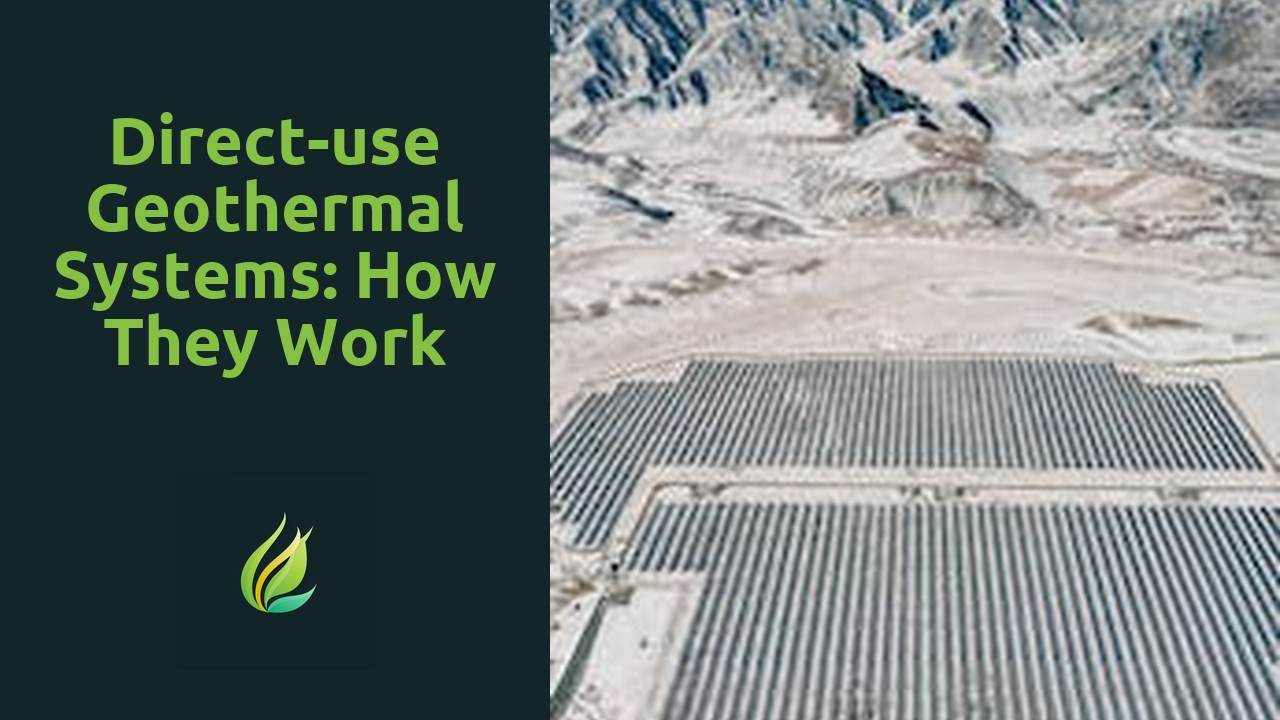
Direct-use Geothermal Systems: How They Work
The Earth's heat is an incredible source of energy that has the potential to provide a sustainable and renewable power solution. Geothermal energy harnesses this heat from within the Earth, tapping into the natural reservoirs of hot water and steam t...
Read more →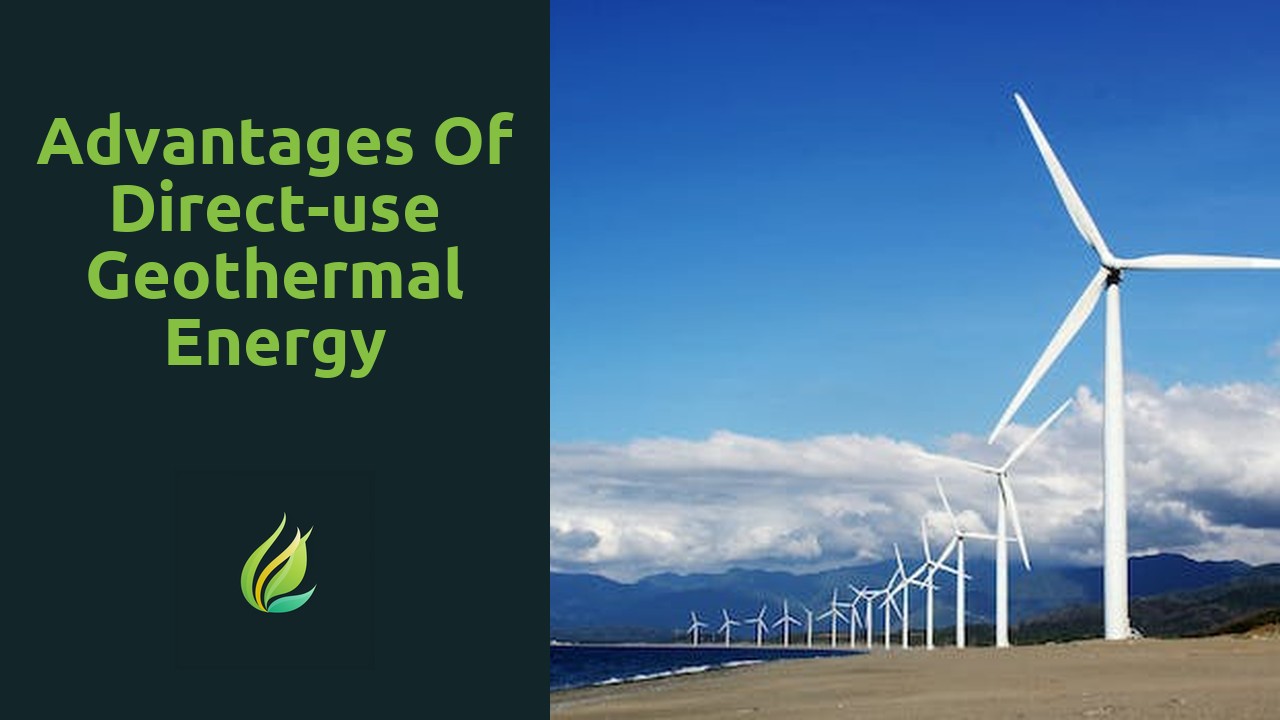
Advantages of Direct-use Geothermal Energy
Geothermal energy refers to the heat energy that is trapped within the Earth's crust. This renewable source of energy has been harnessed and utilized in various ways, with direct-use geothermal energy being one of the most prominent examples. Direct-...
Read more →
Geothermal Heat Pumps: Harnessing Earth's Heat for Direct Use
Geothermal energy is a renewable source of power that harnesses the natural heat from the Earth's interior. This heat is generated by the decay of radioactive materials, as well as the residual heat from the planet's formation. The process of extract...
Read more →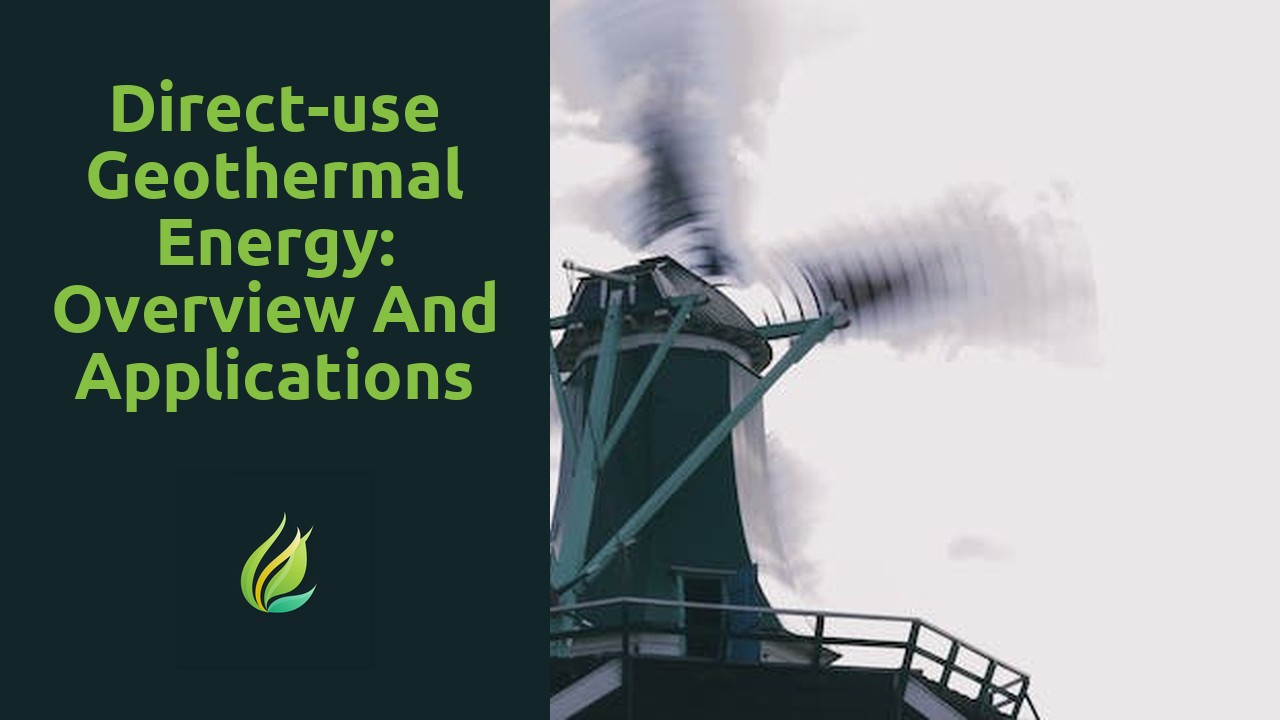
Direct-use Geothermal Energy: Overview and Applications
Direct-use geothermal energy refers to the utilization of heat from the Earth's interior for various applications. Unlike traditional geothermal energy, which is primarily used for electricity generation, direct-use geothermal energy provides heat di...
Read more →
Geothermal Heat Pumps for Commercial Buildings
Harnessing Earth's energy for commercial buildings offers numerous benefits that make it a viable and sustainable option. One of the major advantages is the significant reduction in operating costs. By relying on geothermal energy systems, businesses...
Read more →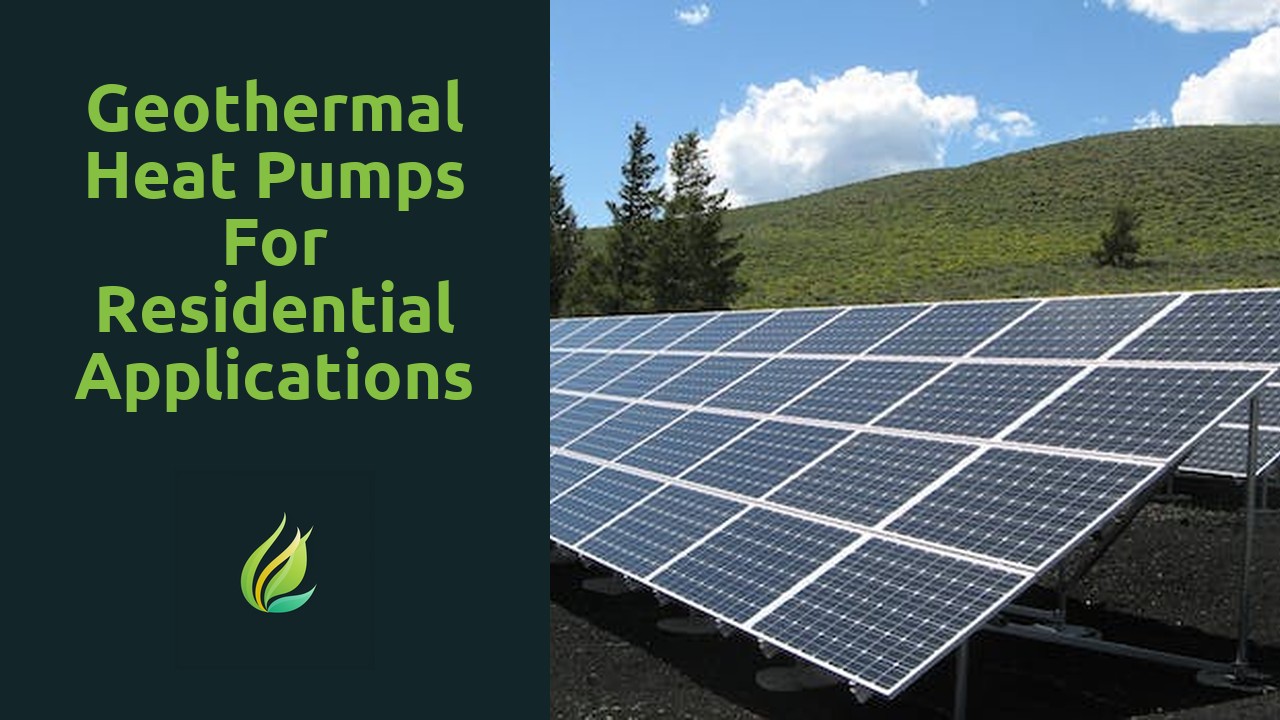
Geothermal Heat Pumps for Residential Applications
With the rising costs of energy, homeowners are constantly seeking ways to reduce their heating and cooling expenses. One solution that has gained popularity is the use of geothermal heat pumps. These highly efficient systems have the potential to si...
Read more →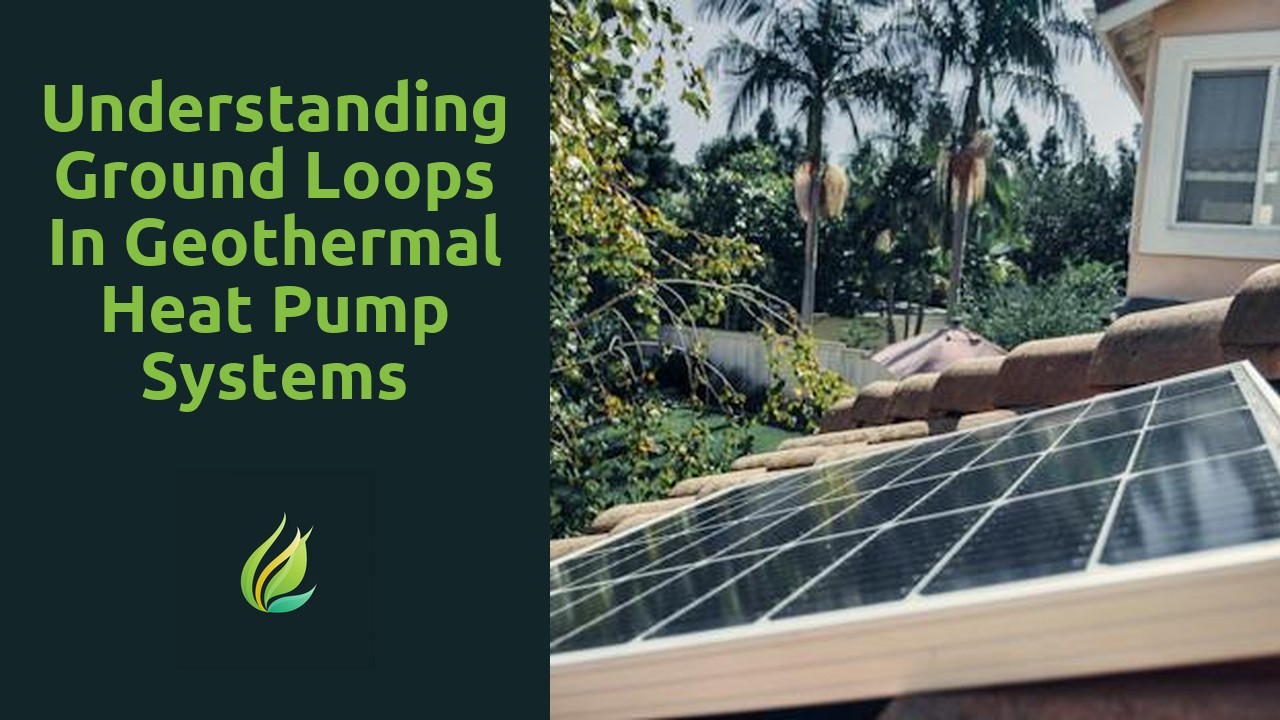
Understanding Ground Loops in Geothermal Heat Pump Systems
Ground loops are an integral component of geothermal heat pump systems. These loops are responsible for transferring heat to and from the ground, allowing for efficient heating and cooling of buildings. Ground loops consist of a series of pipes that ...
Read more →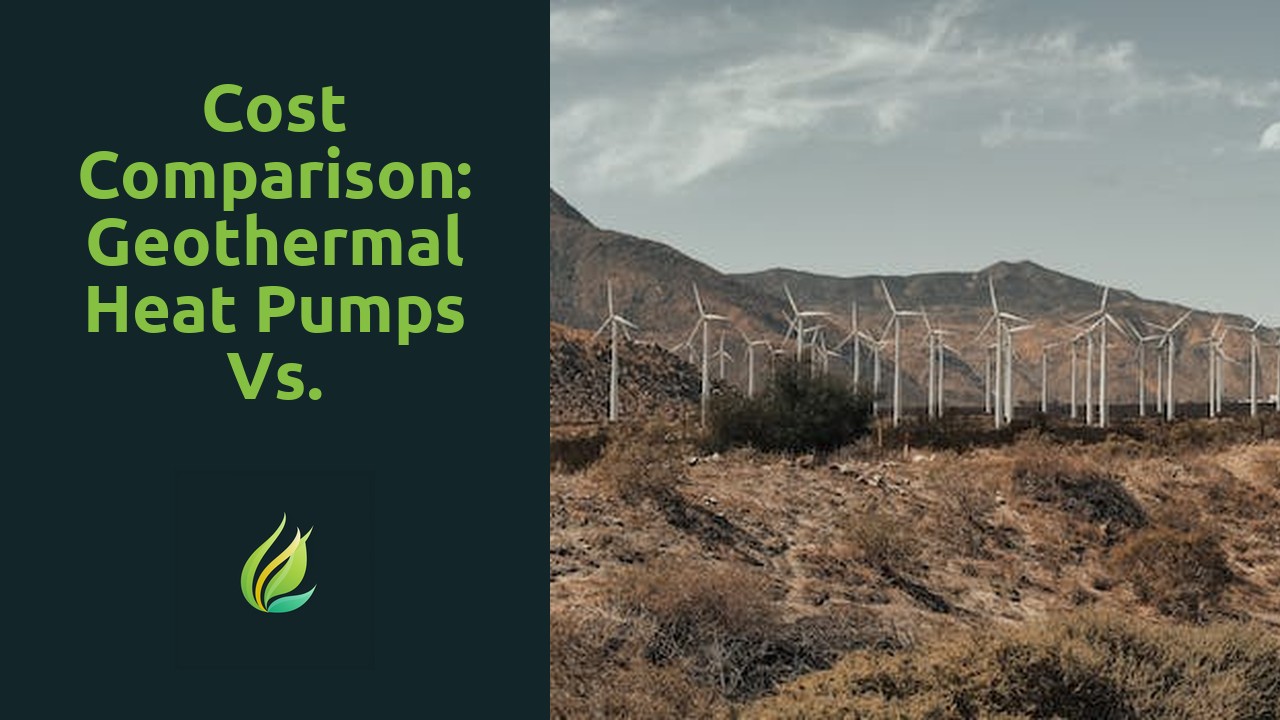
Cost Comparison: Geothermal Heat Pumps vs. Traditional HVAC Systems
A geothermal heat pump is a type of heating and cooling system that utilizes the earth's natural heat to regulate indoor temperature. Unlike traditional HVAC systems that rely on external heat sources, such as fossil fuels or electricity, geothermal ...
Read more →
Energy Efficiency of Geothermal Heat Pumps
Geothermal heat pumps are a sustainable and efficient alternative to traditional heating and cooling systems. These systems harness the energy from natural heat sources found beneath the Earth's surface, specifically in the form of geothermal energy....
Read more →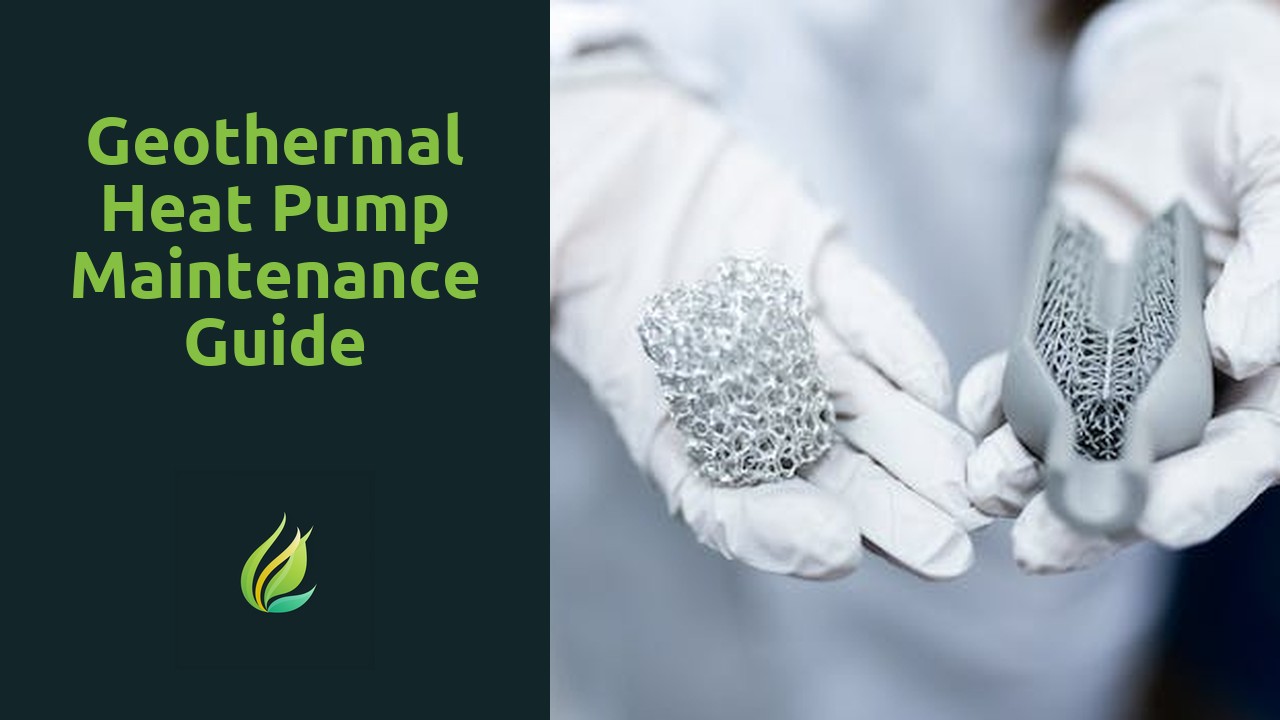
Geothermal Heat Pump Maintenance Guide
A geothermal heat pump is a highly efficient heating and cooling system that utilizes the natural heat from the earth to provide thermal comfort for indoor spaces. Unlike traditional HVAC systems that rely on the combustion of fossil fuels or electri...
Read more →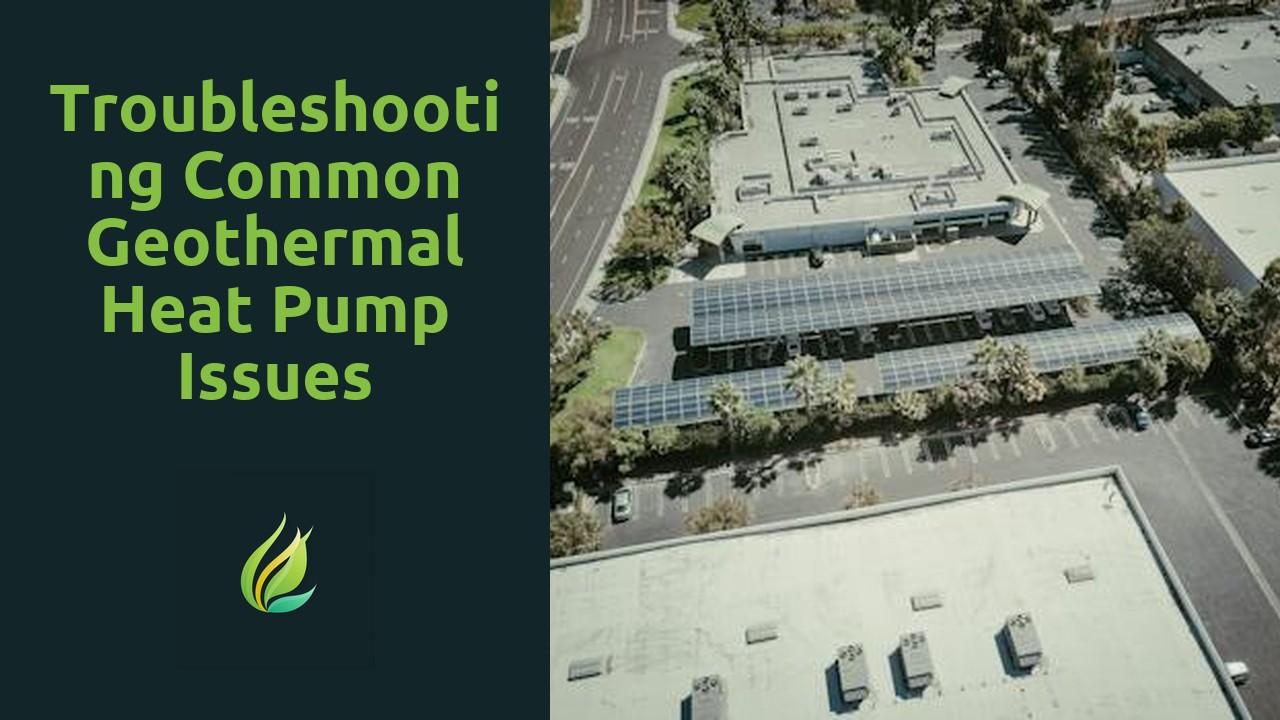
Troubleshooting Common Geothermal Heat Pump Issues
A geothermal heat pump is a highly efficient and eco-friendly system that provides both heating and cooling for residential and commercial buildings. Unlike traditional HVAC systems that rely on burning fossil fuels or using electricity to generate h...
Read more →
Geothermal Heat Pump Installation Tips
Geothermal heat pumps are an innovative and eco-friendly way to heat and cool your home. This technology utilizes the natural heat energy from the Earth to provide comfort all year round. Unlike traditional HVAC systems, geothermal heat pumps work by...
Read more →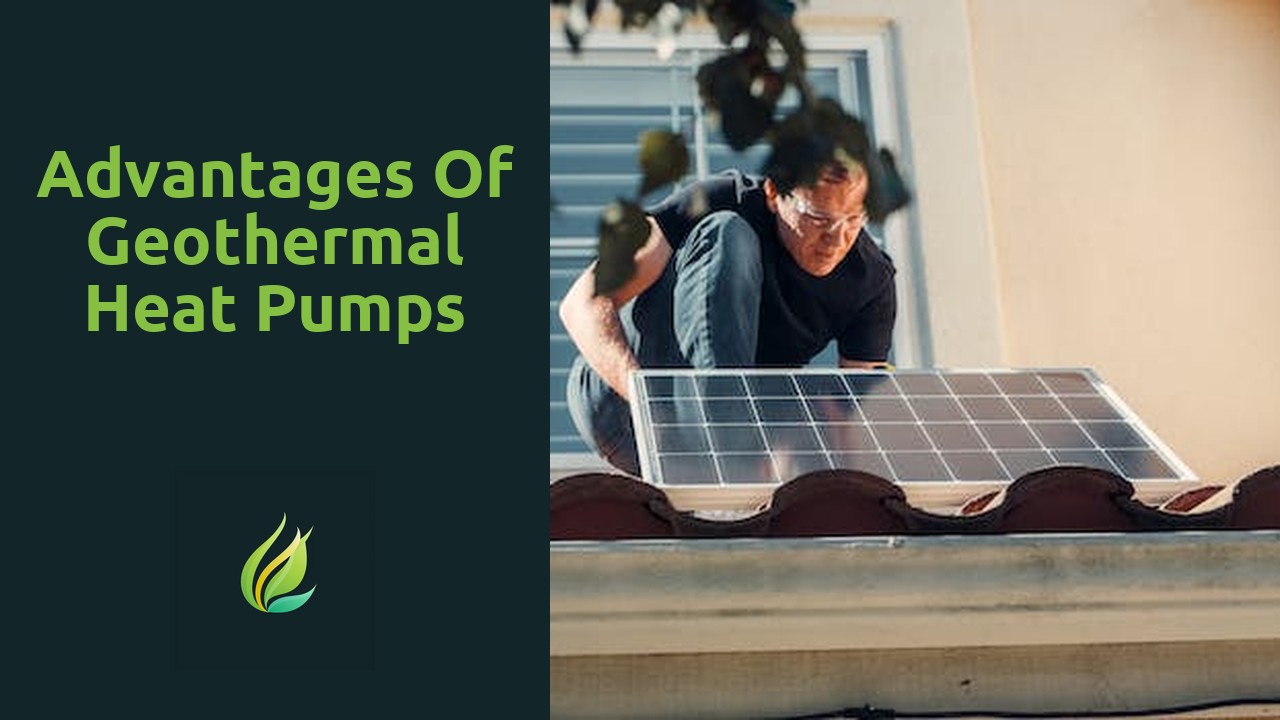
Advantages of Geothermal Heat Pumps
Geothermal heat pumps offer significant cost savings for homeowners. By leveraging the natural heat stored in the earth, these systems can reduce energy bills by up to 70%. Unlike traditional heating and cooling systems that rely on burning fossil fu...
Read more →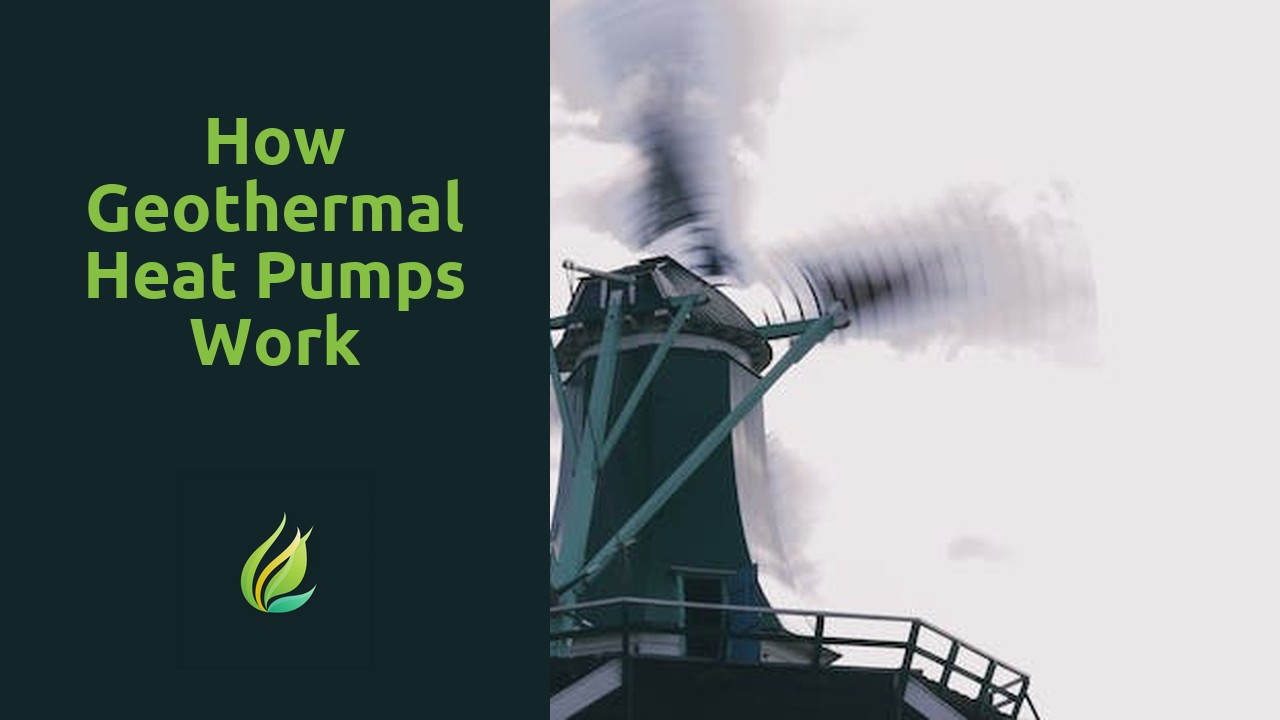
How Geothermal Heat Pumps Work
Geothermal energy is a sustainable heating solution that has gained traction in recent years. By harnessing the Earth's natural heat, geothermal heat pumps provide an efficient and environmentally friendly alternative to traditional heating systems. ...
Read more →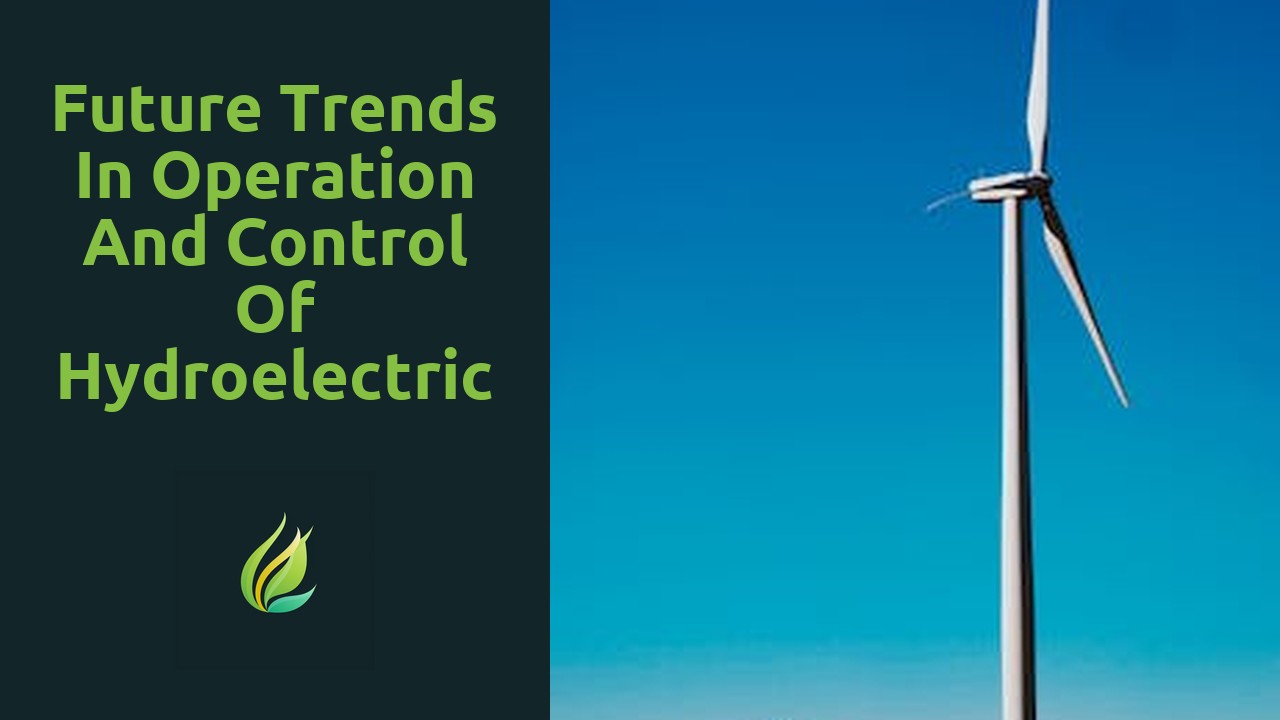
Future Trends in Operation and Control of Hydroelectric Power Plants
Hydroelectric power plants have long been a reliable source of clean, renewable energy. However, with the advent of emerging technologies, these power plants are becoming even more efficient and sustainable. One such technology that is gaining popula...
Read more →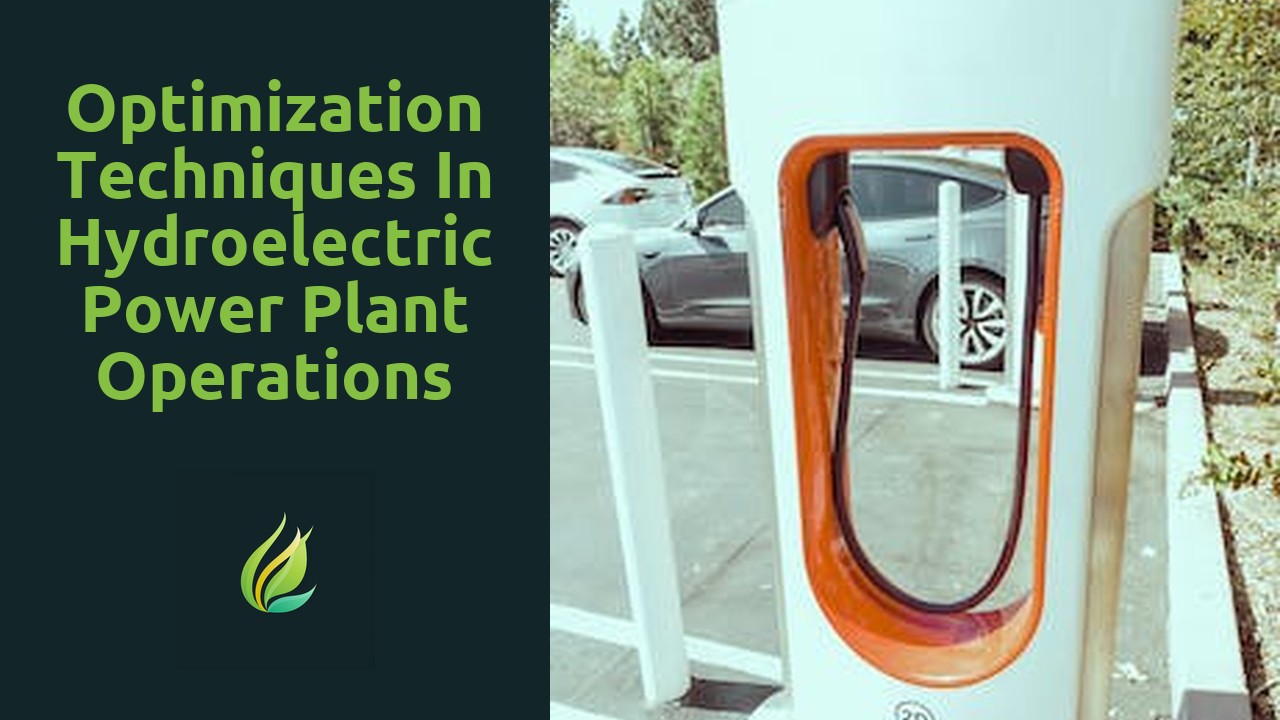
Optimization Techniques in Hydroelectric Power Plant Operations
Hydroelectric power plants are vital components of the global renewable energy infrastructure, harnessing the power of water to generate electricity. At their core, these plants utilize the kinetic energy of flowing or falling water to produce mechan...
Read more →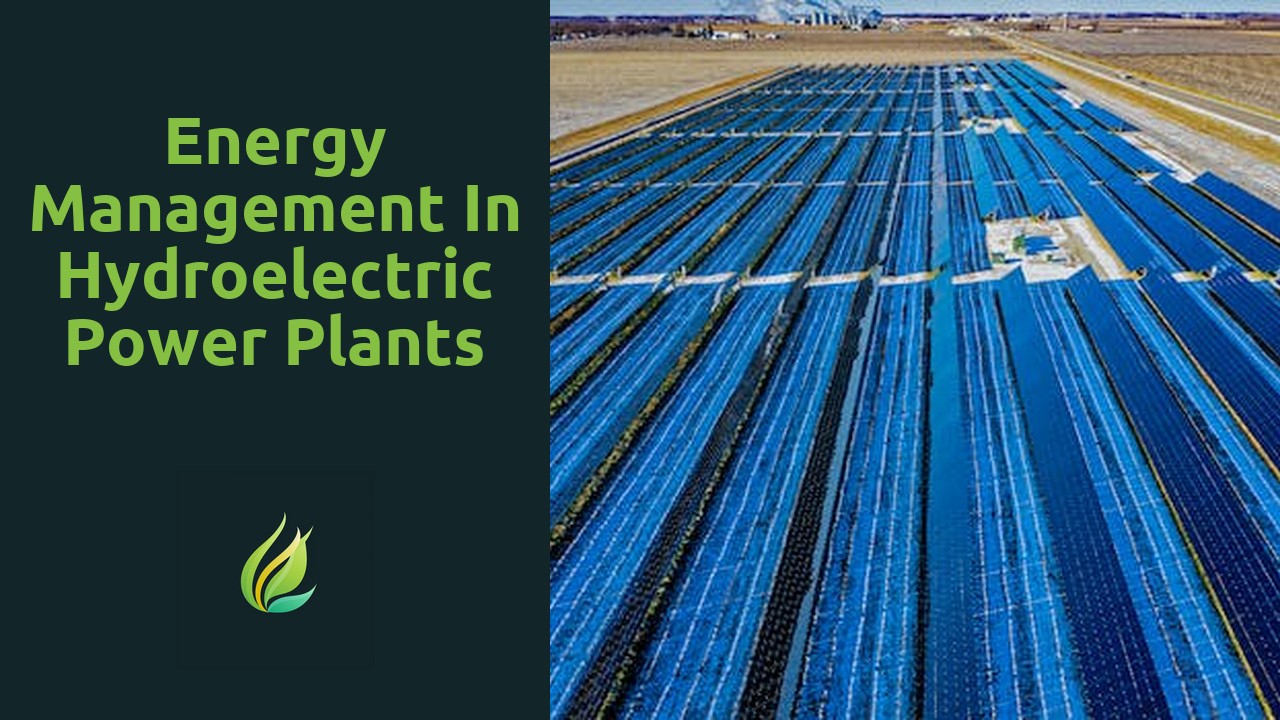
Energy Management in Hydroelectric Power Plants
Hydroelectric power generation is the process of harnessing the energy from flowing water to produce electricity. This form of renewable energy is becoming increasingly popular due to its sustainability and minimal environmental impact. The process b...
Read more →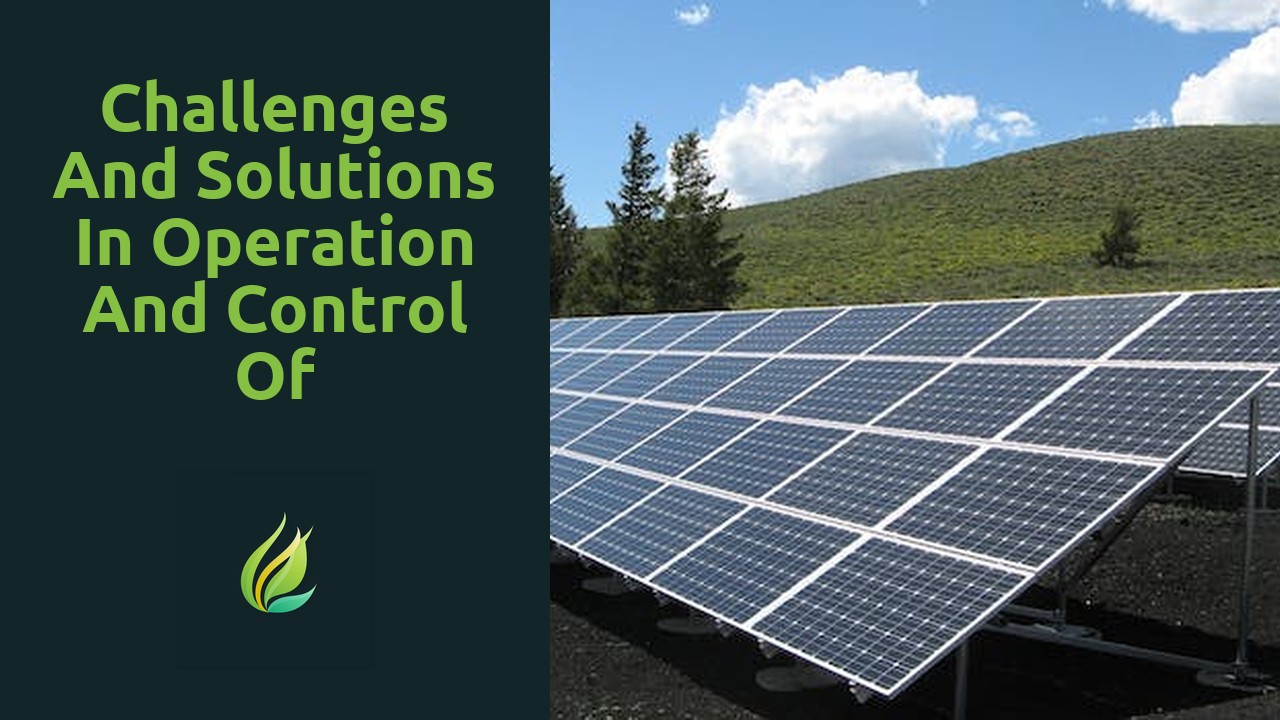
Challenges and Solutions in Operation and Control of Hydroelectric Power Plants
Water resources are a vital component of our daily lives, yet their dynamic nature often goes unnoticed. Understanding the intricate workings of this precious resource is crucial for effective management and utilization. Water availability fluctuates...
Read more →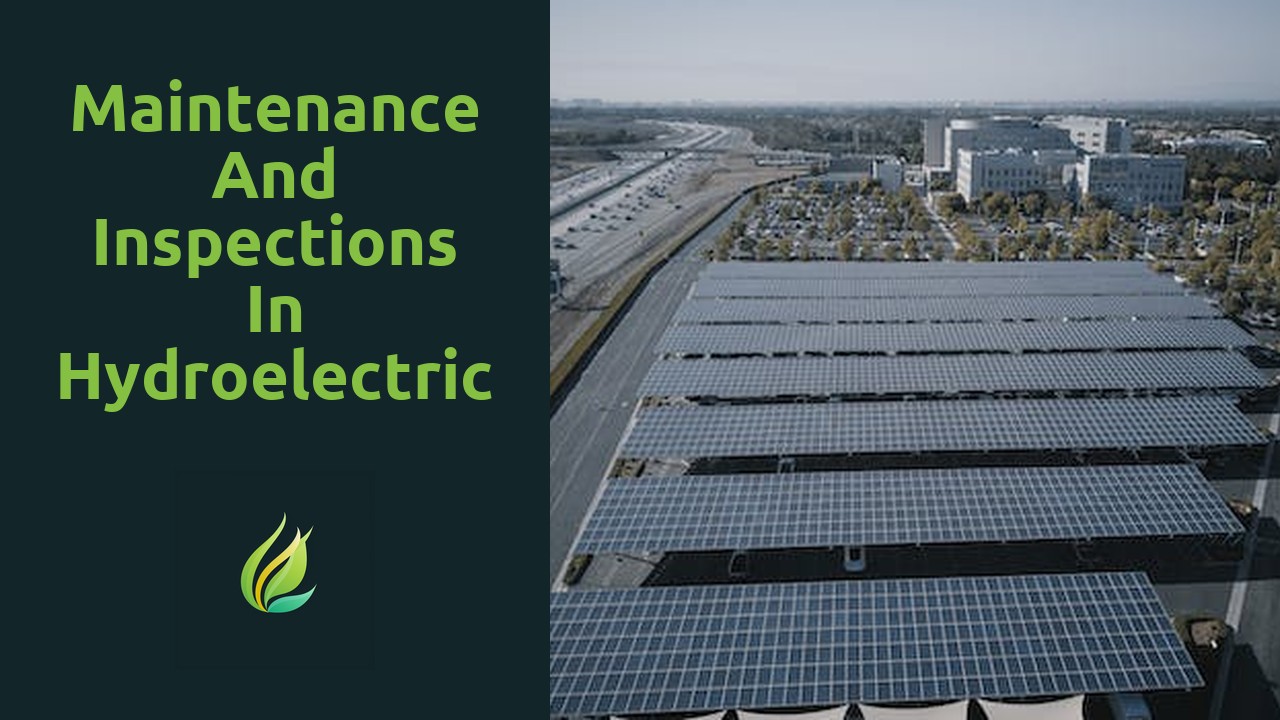
Maintenance and Inspections in Hydroelectric Power Plants
Regular maintenance is crucial in ensuring the smooth operation and longevity of hydroelectric power plants. It plays a vital role in minimizing the risks of unexpected breakdowns and interruptions in power generation. By conducting routine inspectio...
Read more →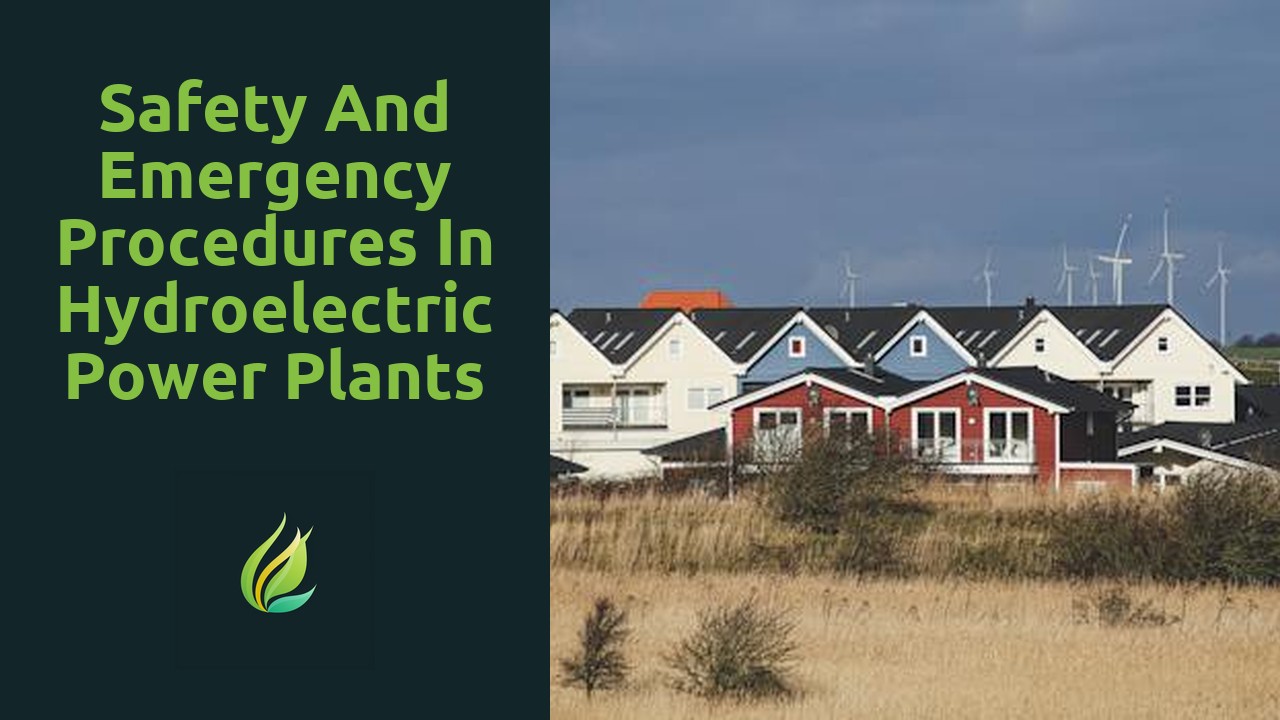
Safety and Emergency Procedures in Hydroelectric Power Plants
Safety is of paramount importance in hydroelectric power plants. With large-scale machinery, high voltage electricity, and the presence of water bodies, these facilities can pose significant risks if safety measures are not in place. The well-being o...
Read more →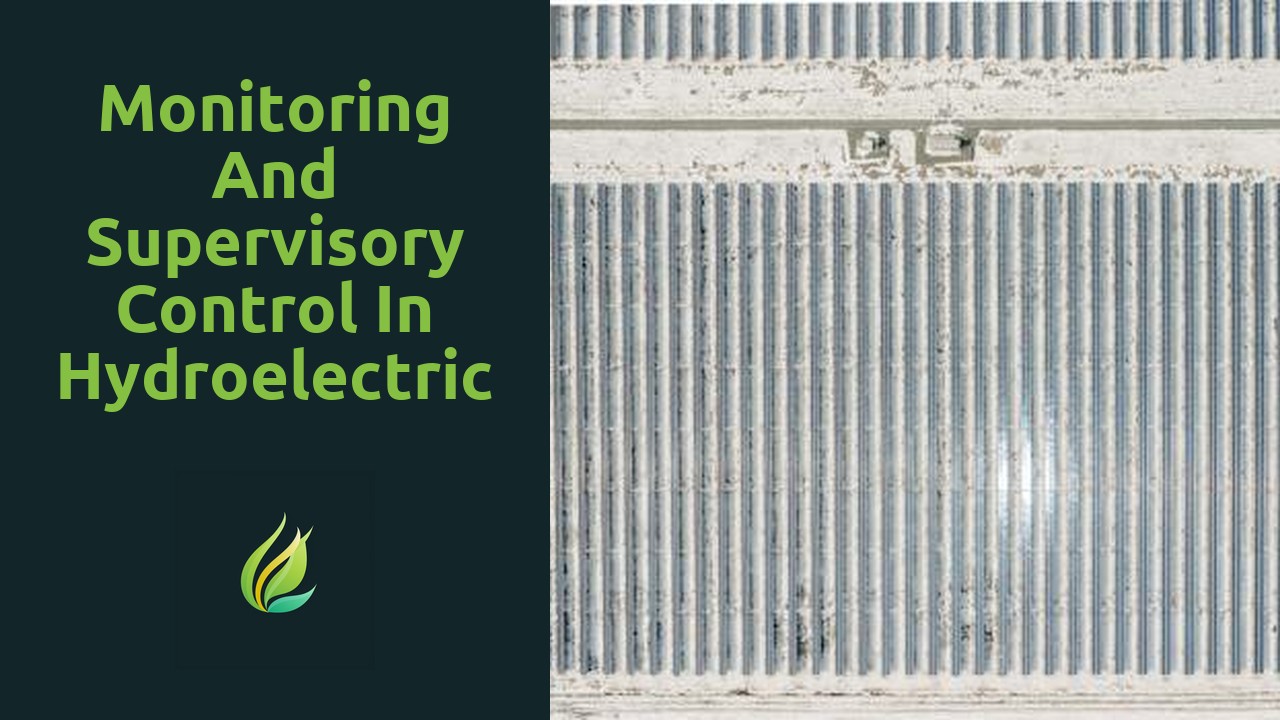
Monitoring and Supervisory Control in Hydroelectric Power Plants
Hydroelectric power plants play a crucial role in ensuring a sustainable and reliable source of energy. However, to maximize their efficiency and performance, real-time data is of utmost importance. Real-time data provides vital insights into the ope...
Read more →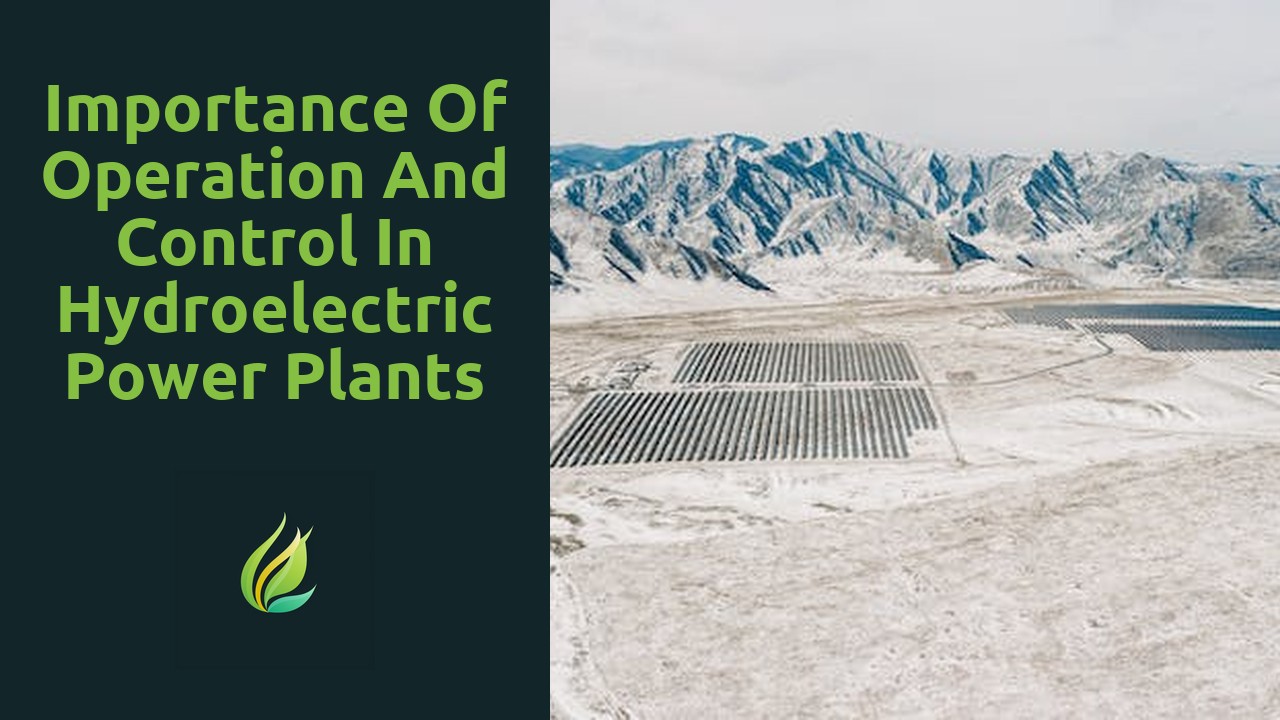
Importance of Operation and Control in Hydroelectric Power Plants
Hydroelectric power plants have long been recognized as one of the most efficient and sustainable methods of power generation. However, achieving optimal power generation requires a thorough understanding of the roles played by operation and control ...
Read more →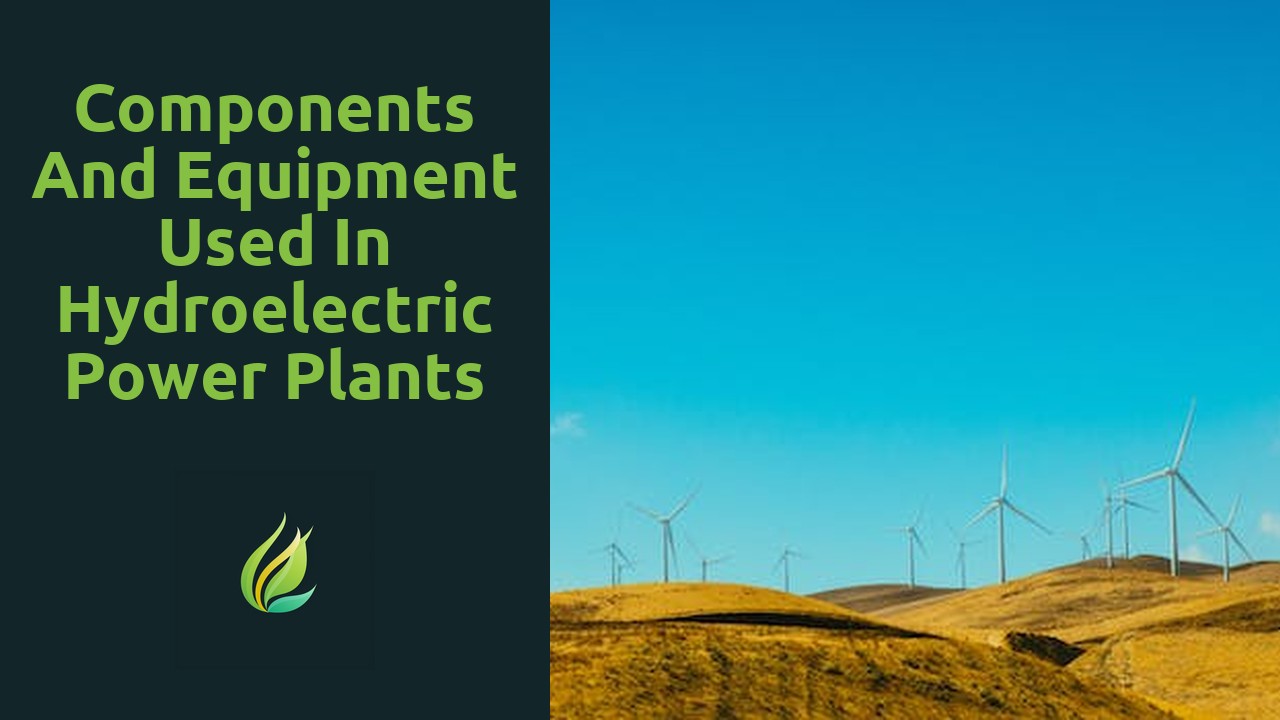
Components and Equipment used in Hydroelectric Power Plants
Hydroelectric power plants are an essential part of our global energy infrastructure, harnessing the power of flowing water to generate electricity. The basic principle behind how these plants work is quite simple: they convert the potential energy o...
Read more →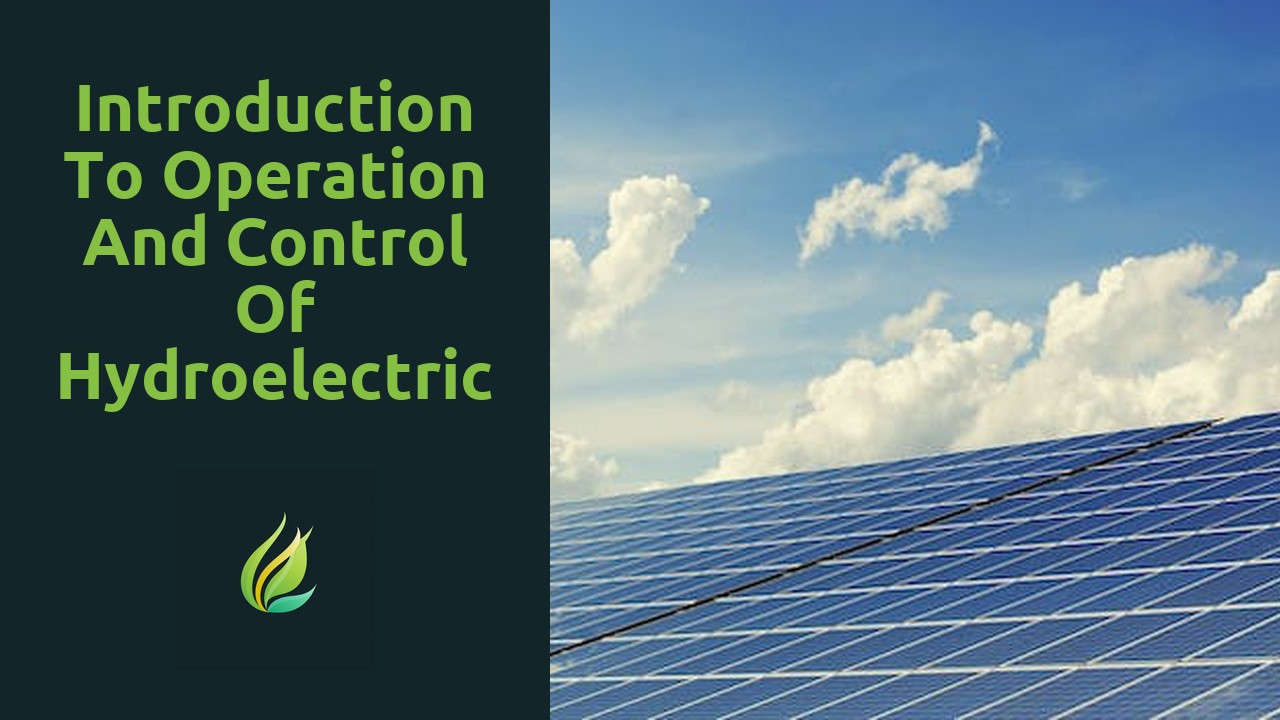
Introduction to Operation and Control of Hydroelectric Power Plants
Hydroelectric power plants are a remarkable example of how we can harness the power of nature to generate electricity. These plants work by utilizing the force of flowing water, typically from a river or reservoir, to spin a turbine. This turbine, co...
Read more →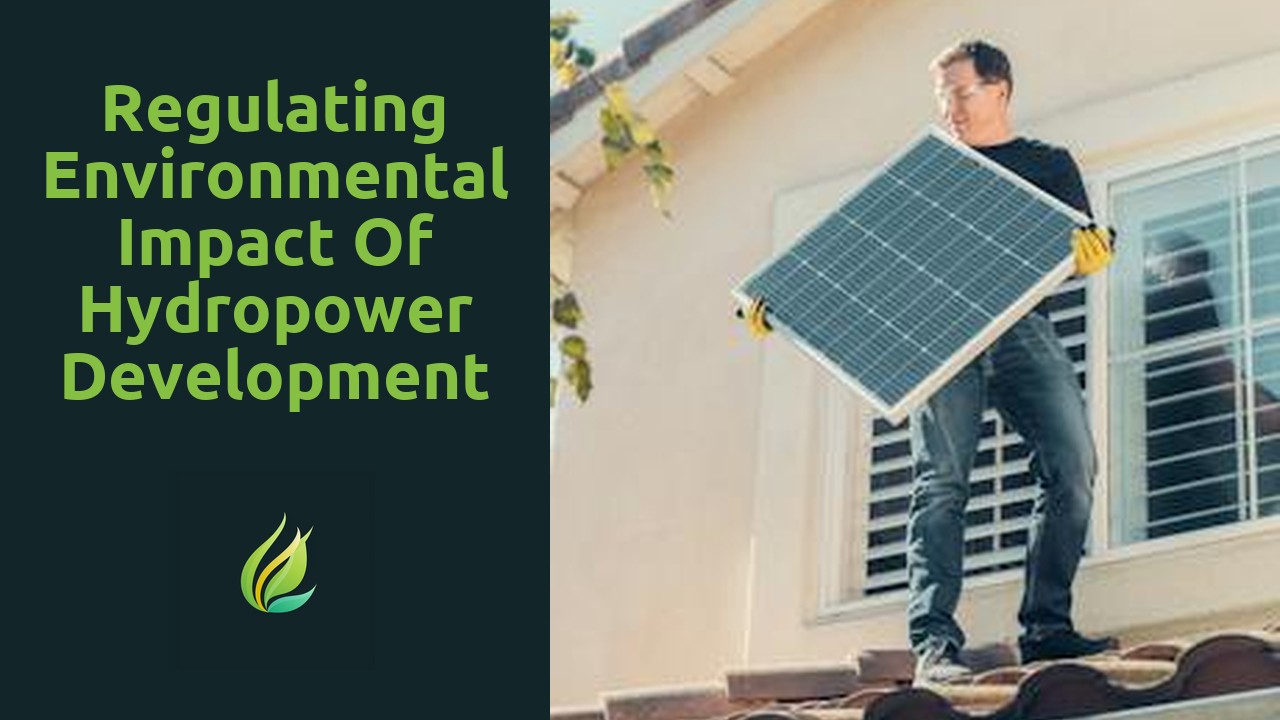
Regulating Environmental Impact of Hydropower Development
The development of hydropower projects plays a crucial role in meeting the growing demand for clean energy and reducing dependency on fossil fuels. However, it is equally important to balance hydropower development with environmental conservation. Th...
Read more →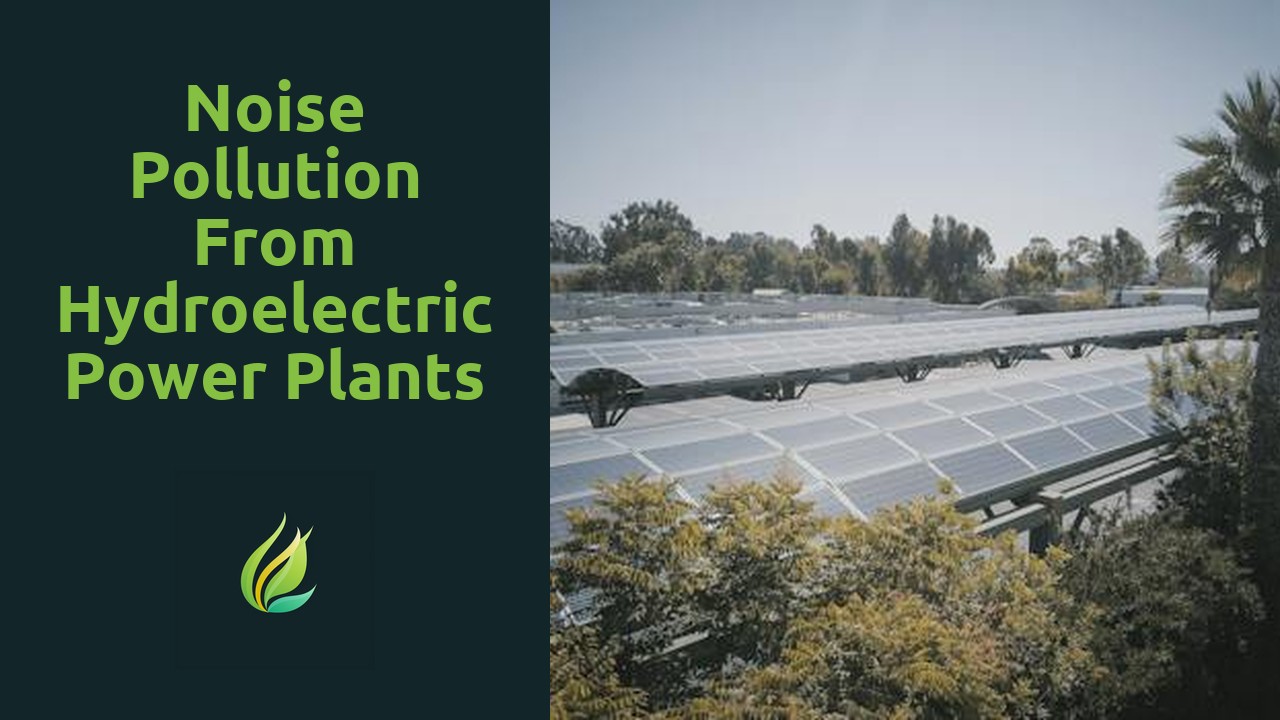
Noise Pollution from Hydroelectric Power Plants
Hydroelectric power plants have a significant impact on the surrounding environments in which they are constructed. One of the most notable impacts is the alteration of natural water flow. Hydroelectric power plants require the construction of dams o...
Read more →
Controlling Greenhouse Gas Emissions from Hydroelectric Power
Hydroelectric power has long been hailed as a clean and renewable energy source, capable of reducing greenhouse gas emissions and mitigating the impacts of climate change. However, it is crucial to explore the relationship between greenhouse gas emis...
Read more →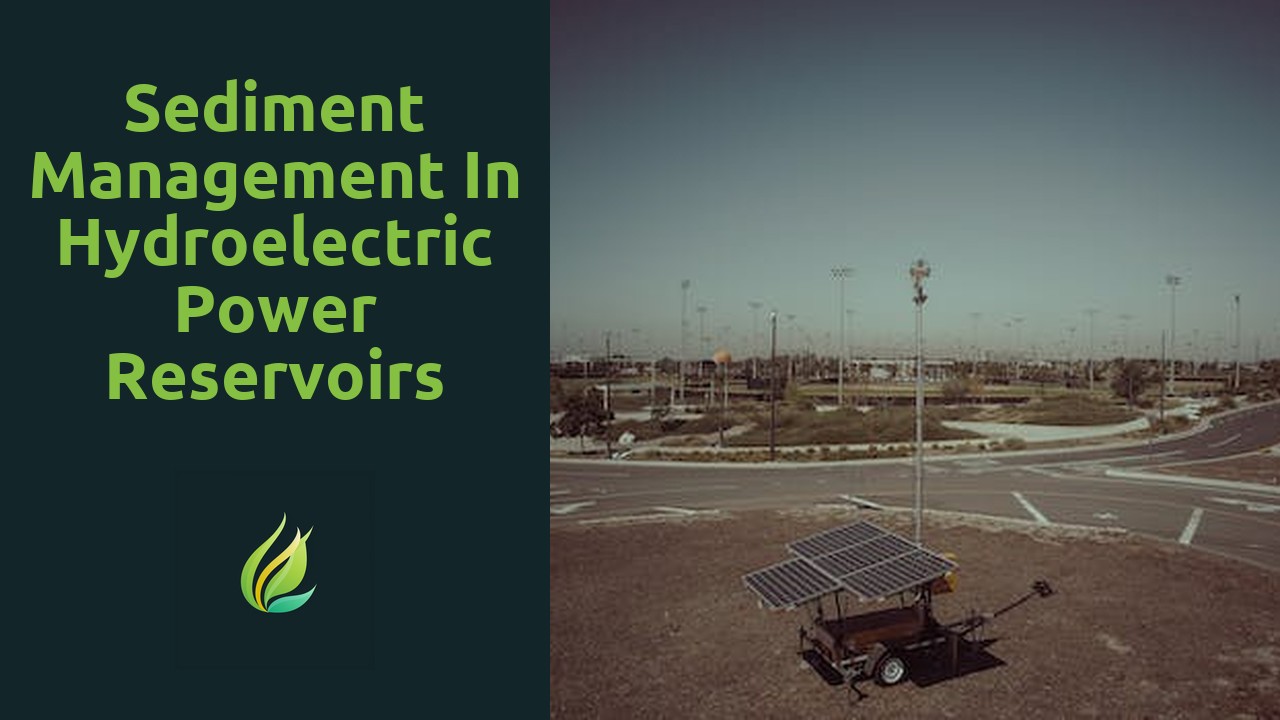
Sediment Management in Hydroelectric Power Reservoirs
Sediment management plays a crucial role in the success and sustainability of hydroelectric power reservoirs. These reservoirs are designed to store and release water for power generation, but they are also susceptible to sediment accumulation over t...
Read more →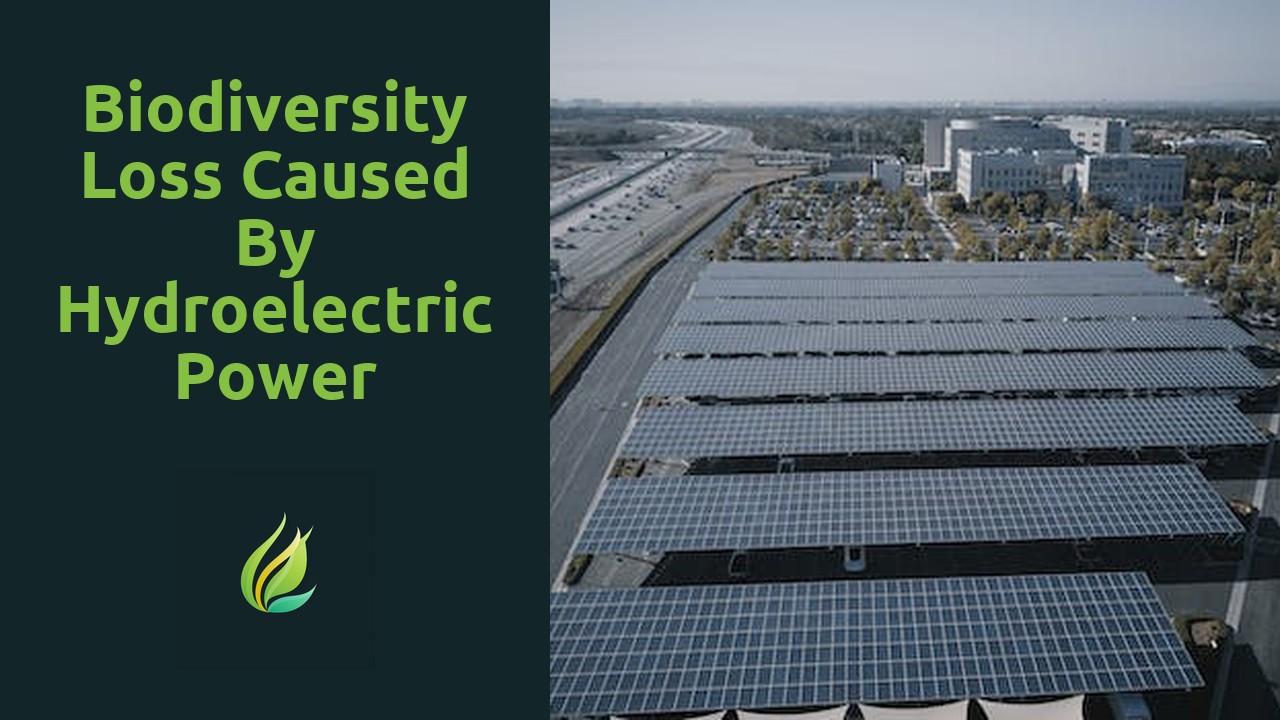
Biodiversity Loss Caused by Hydroelectric Power Operations
Hydroelectric power operations have been praised as a clean and renewable energy source, but the environmental consequences associated with their construction and ongoing operation are often overlooked. One of the major concerns is the impact on biod...
Read more →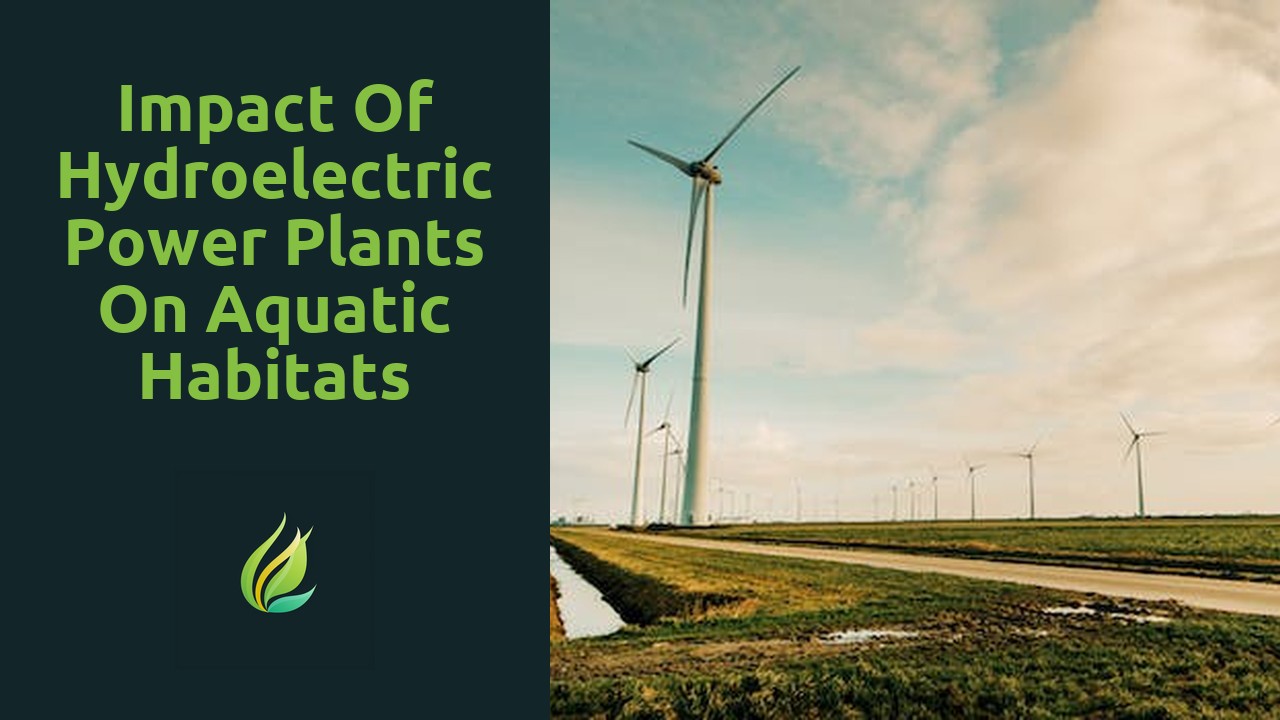
Impact of Hydroelectric Power Plants on Aquatic Habitats
Hydroelectric power plants play a crucial role in the generation of renewable energy. These power plants harness the force of flowing water to produce electricity, making use of the immense power of waterfalls, rivers, and dams. The process involves ...
Read more →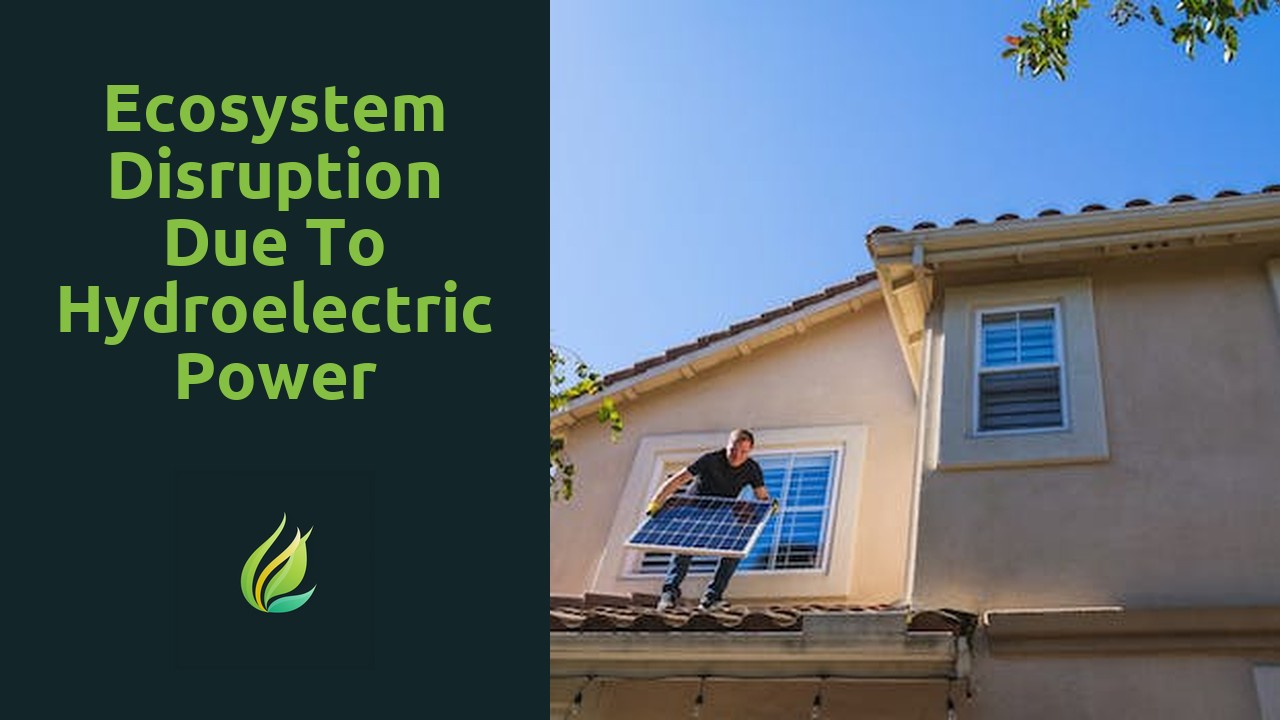
Ecosystem Disruption due to Hydroelectric Power Generation
Hydroelectric power generation has long been touted as a more environmentally friendly alternative to fossil fuel-based energy sources. However, it is important to recognize that it is not entirely without its own environmental impacts. One significa...
Read more →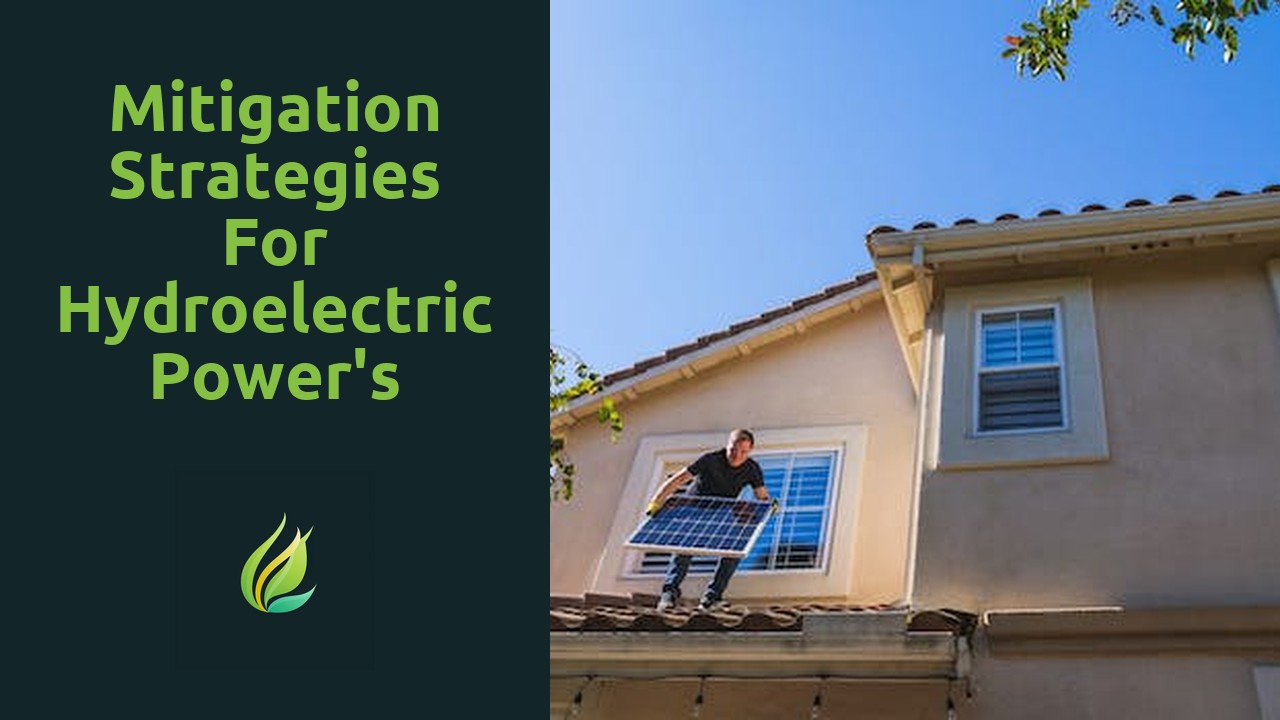
Mitigation Strategies for Hydroelectric Power's Environmental Impact
Hydroelectric power is unquestionably a valuable and sustainable source of energy. By harnessing the natural flow of water to generate electricity, it provides a clean alternative to fossil fuels, reducing greenhouse gas emissions and mitigating the ...
Read more →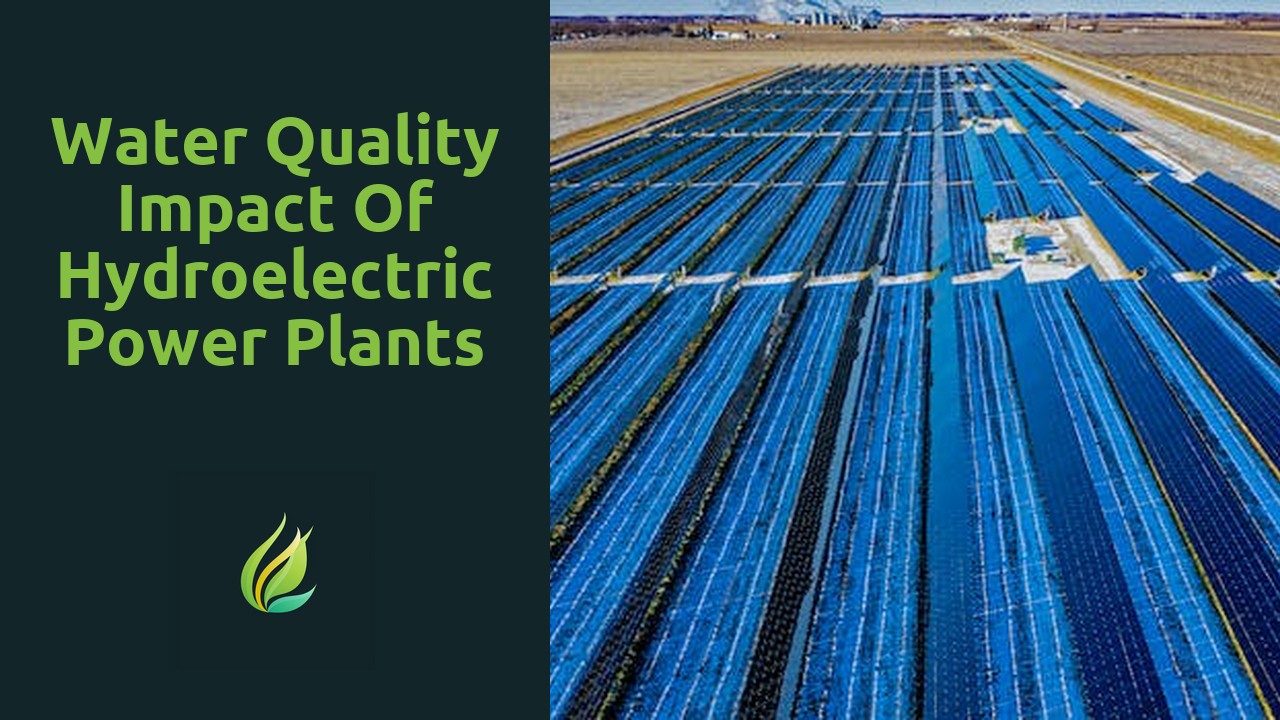
Water Quality Impact of Hydroelectric Power Plants
Hydroelectric power plants play a crucial role in renewable energy generation, harnessing the energy of flowing water to produce electricity. As one of the oldest and most widely used forms of renewable energy, hydroelectric power offers numerous ben...
Read more →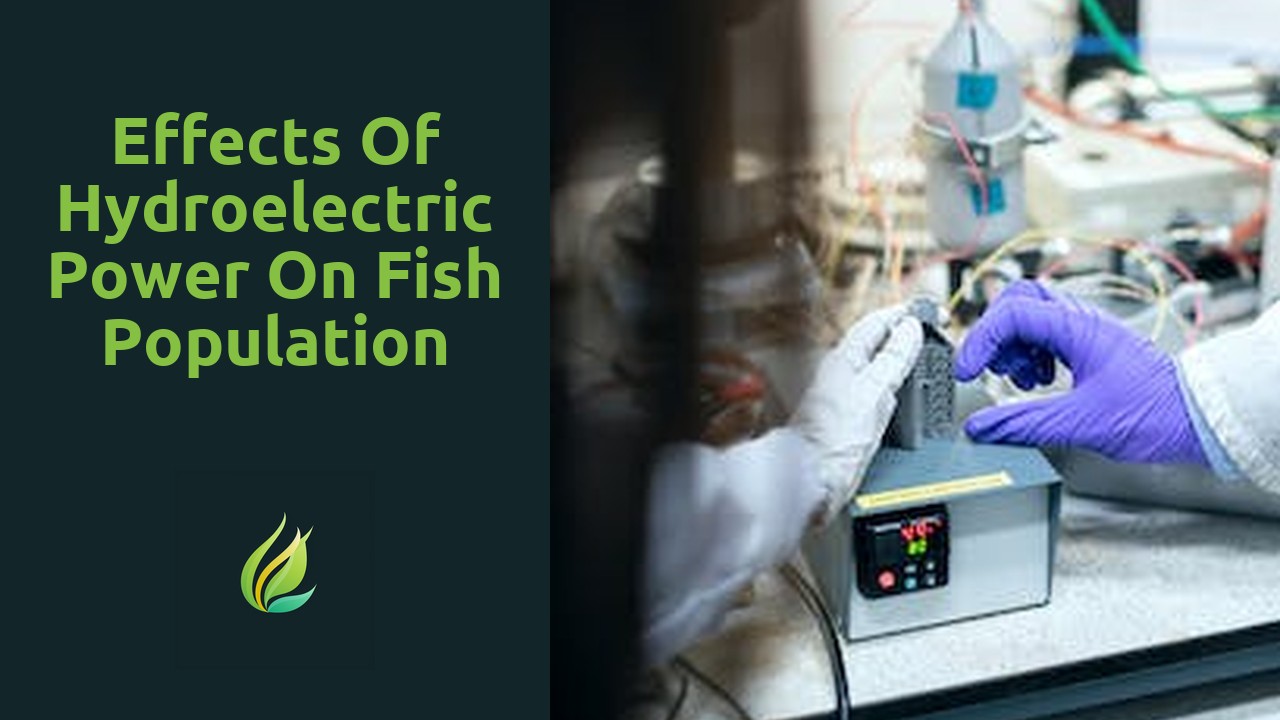
Effects of Hydroelectric Power on Fish Population
The fish population plays a crucial role in maintaining the delicate balance of aquatic ecosystems. Fish not only serve as a valuable food source for other organisms, but they also contribute to nutrient cycling and help control the population of low...
Read more →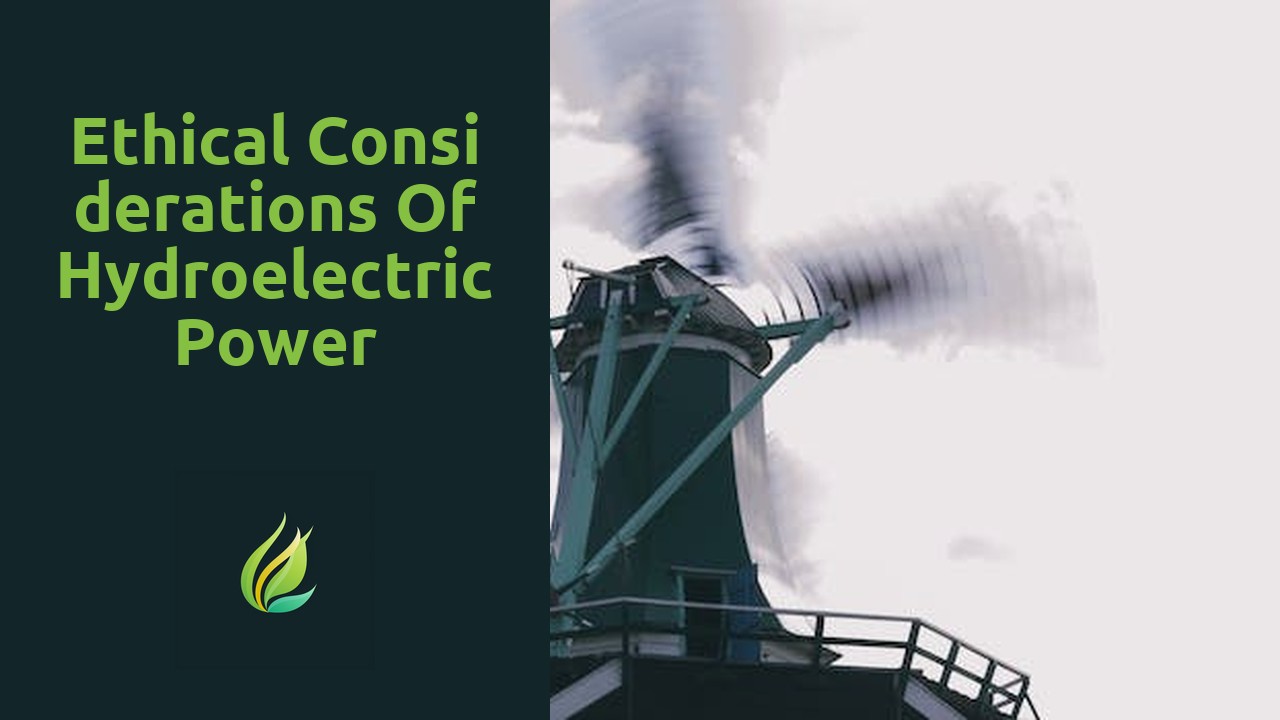
Ethical Considerations of Hydroelectric Power
Hydroelectric power generation has long been hailed as a clean and renewable source of energy. However, it is important to understand and evaluate the environmental impact associated with this form of power generation. One of the most significant con...
Read more →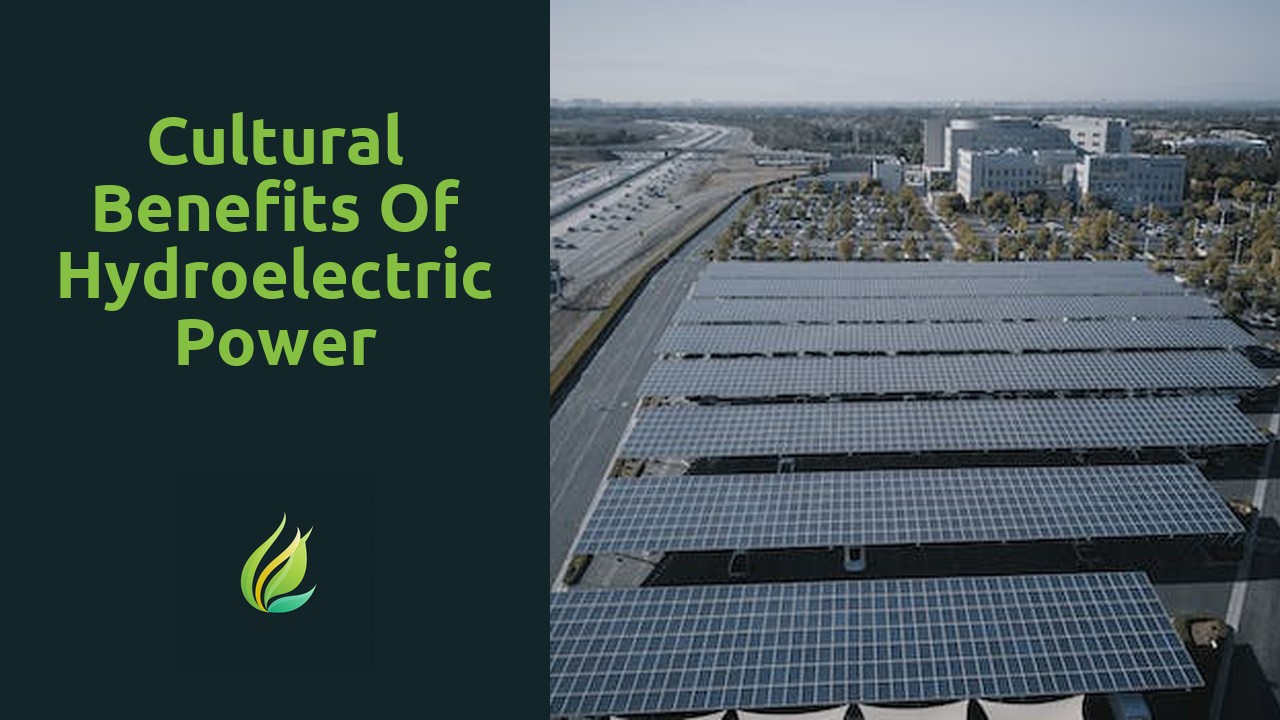
Cultural Benefits of Hydroelectric Power
Hydroelectric projects play a crucial role in preserving our rich cultural heritage. By carefully designing these projects to minimize environmental impact, we can protect culturally significant areas and preserve historical sites for future generati...
Read more →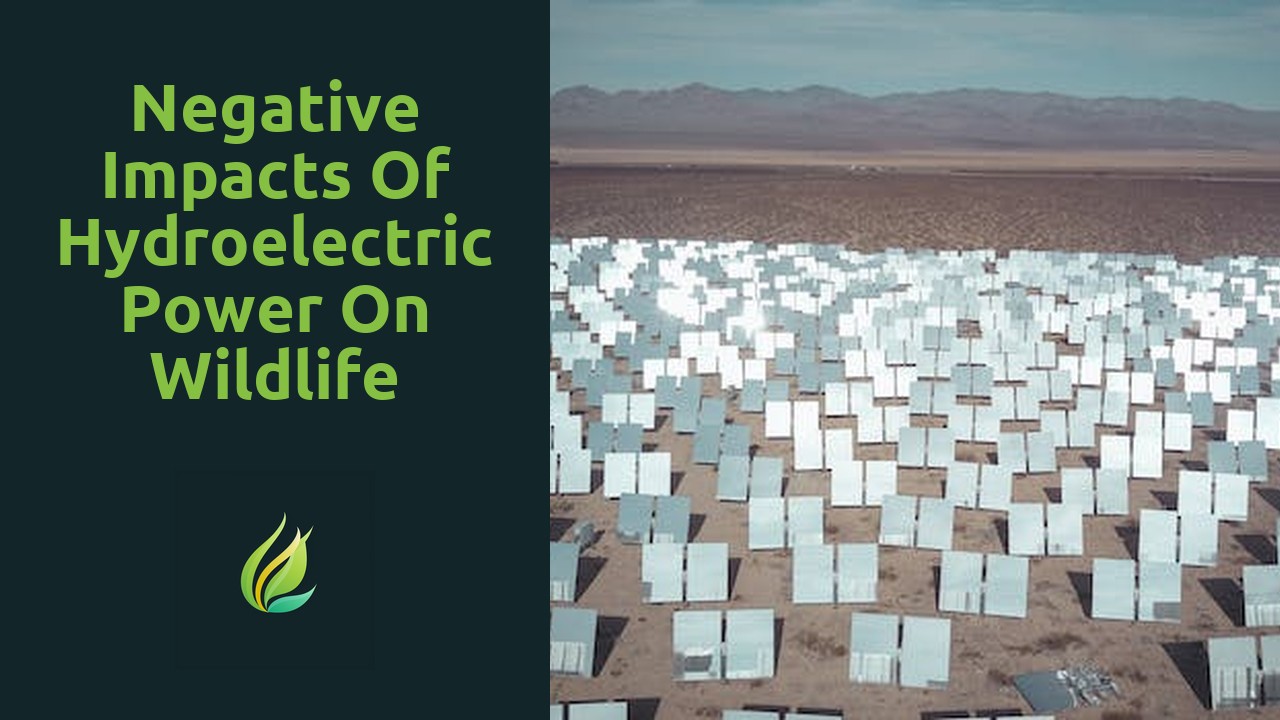
Negative Impacts of Hydroelectric Power on Wildlife
Hydroelectric dams have a significant impact on the migration patterns of fish species, ultimately affecting their ability to reproduce and thrive. The construction of these dams disrupts the natural flow of rivers, creating barriers that hinder fish...
Read more →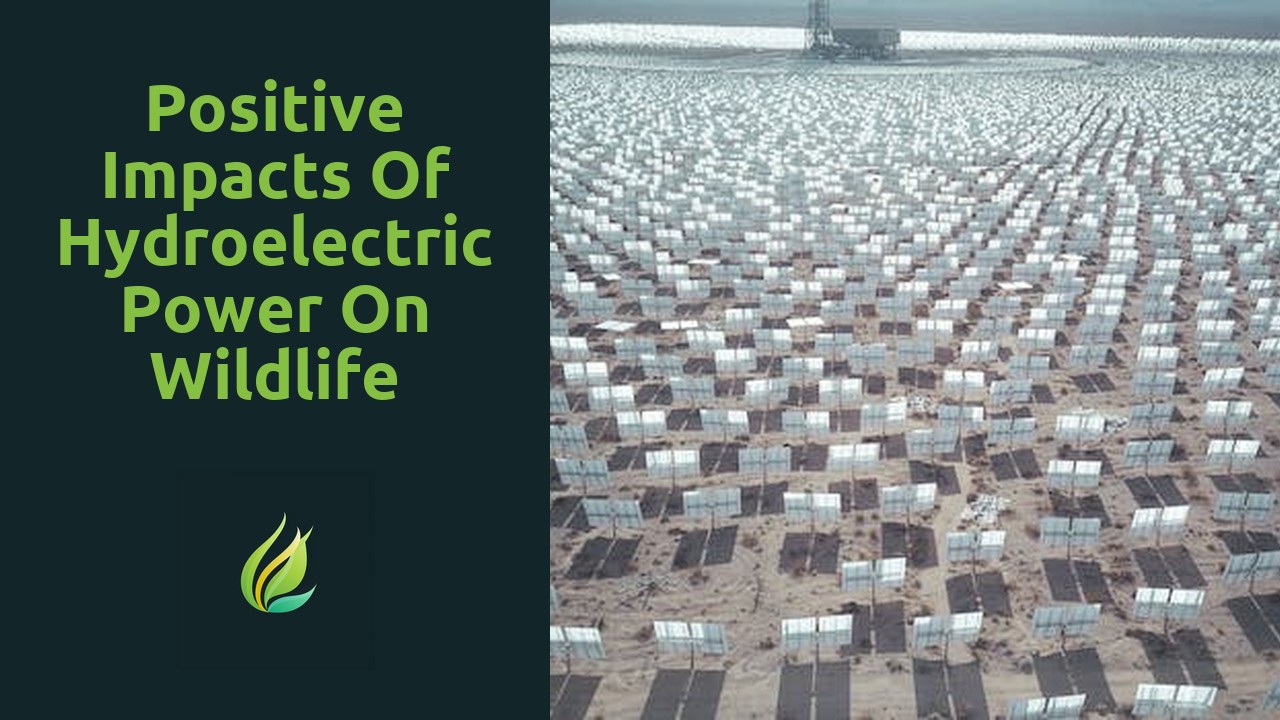
Positive Impacts of Hydroelectric Power on Wildlife
Hydroelectric power projects have the potential to greatly enhance habitat creation, particularly through the creation of reservoirs. These reservoirs provide new habitats for a diverse range of wildlife species. The availability of water in these re...
Read more →
Potential Drawbacks of Hydroelectric Power
Hydroelectric power is often hailed as a clean and renewable energy source. However, it is important to examine the consequences it has on ecosystems and wildlife habitats. One of the key environmental impacts of hydroelectric power is the alteration...
Read more →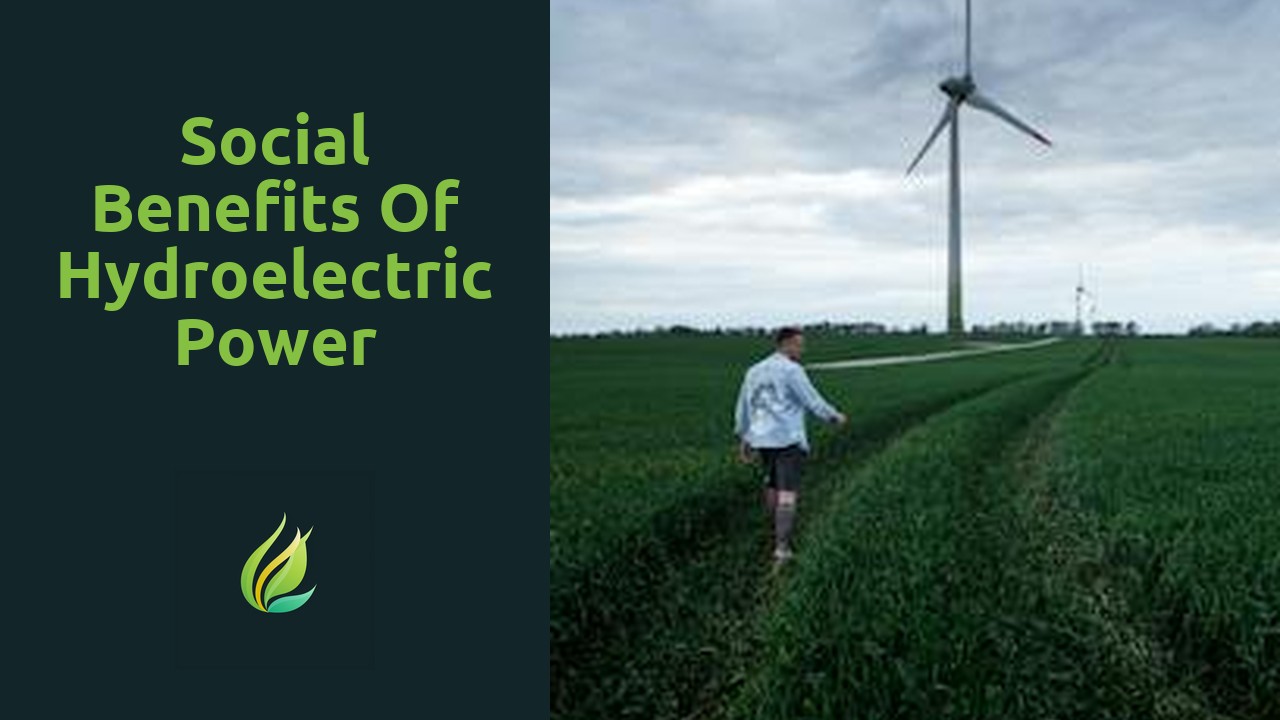
Social Benefits of Hydroelectric Power
Hydroelectricity, as a renewable energy source, has the potential to greatly benefit communities worldwide. Harnessing the power of water through hydroelectric projects not only provides clean and sustainable electricity, but also brings about a mult...
Read more →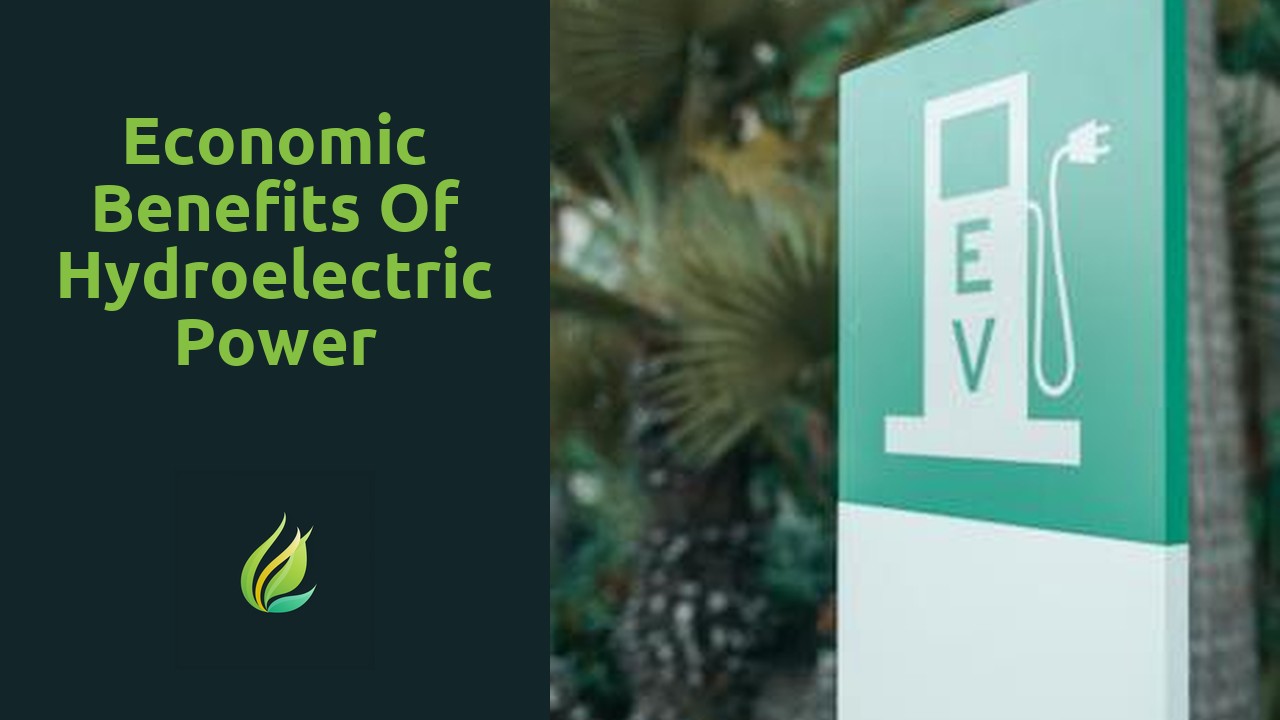
Economic Benefits of Hydroelectric Power
Hydroelectric power is derived from the force of flowing water. The fundamental principle behind this source of renewable energy lies in capturing the kinetic energy of water as it travels downstream, and converting it into electricity. This process ...
Read more →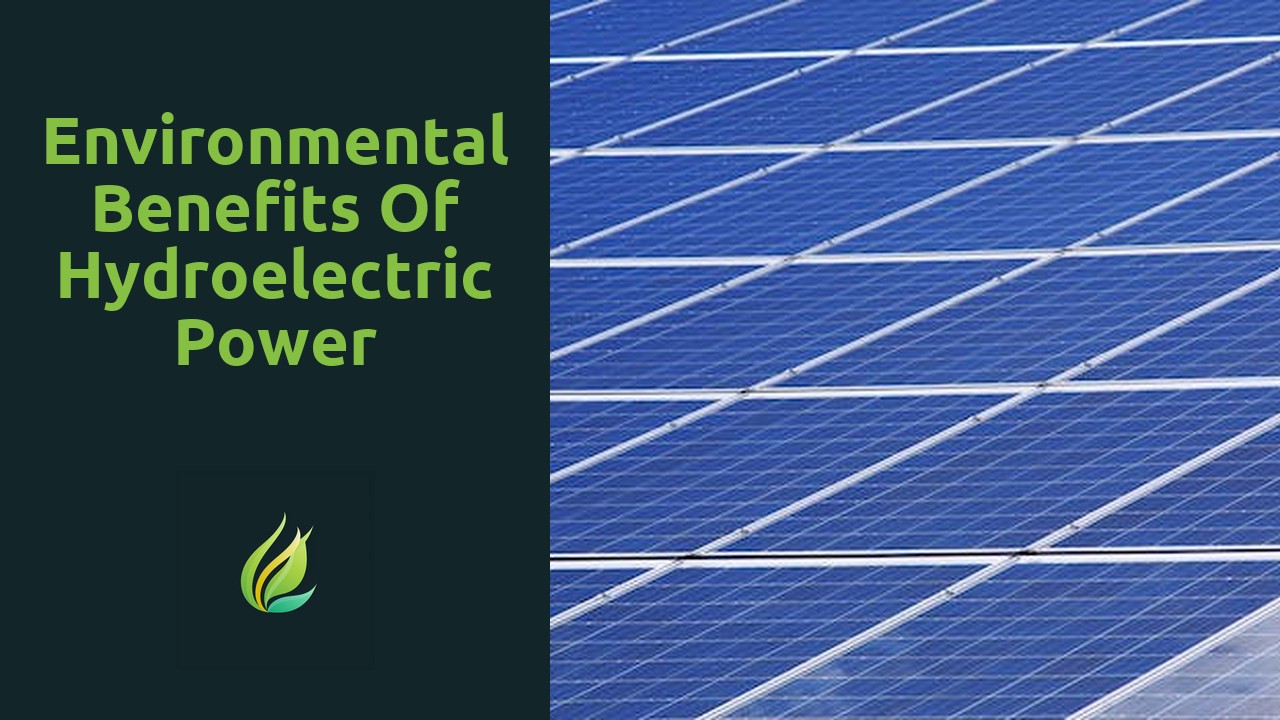
Environmental Benefits of Hydroelectric Power
Without a doubt, harnessing the power of water through hydroelectric energy is a significant step towards a more sustainable and environmentally friendly future. Unlike traditional forms of energy generation, such as coal or gas, hydroelectric power ...
Read more →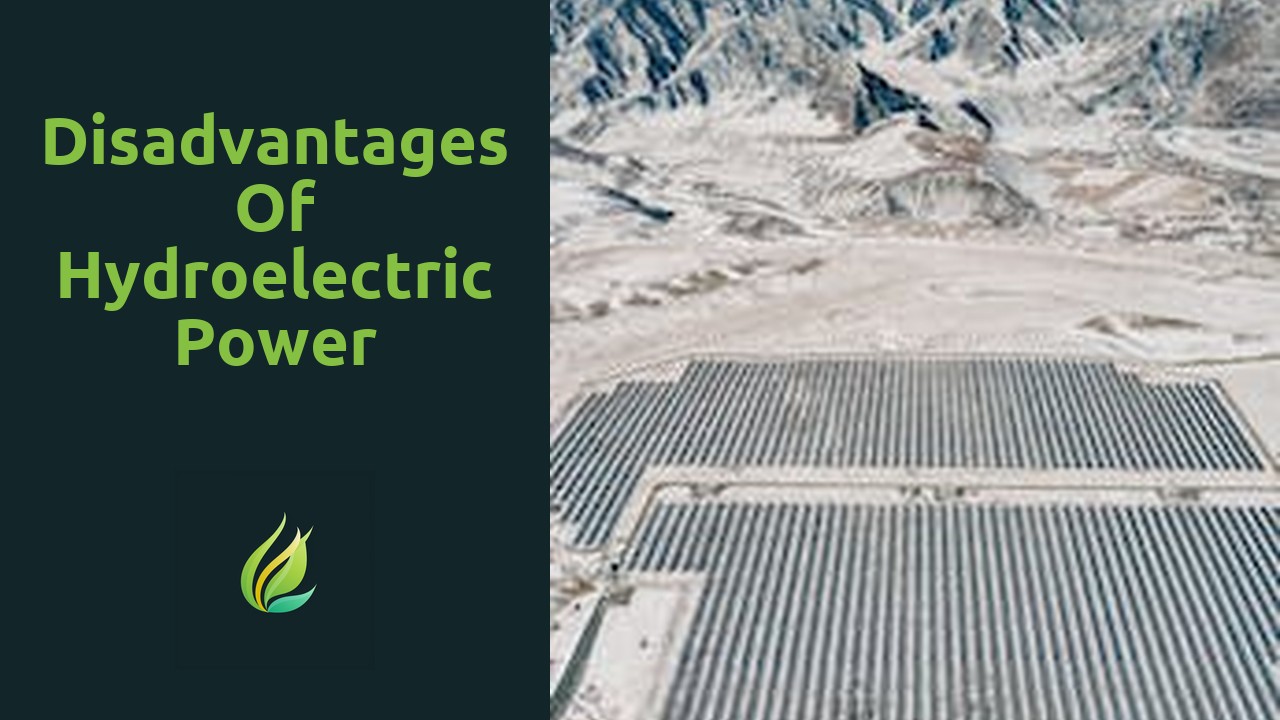
Disadvantages of Hydroelectric Power
The construction of hydroelectric power plants can have significant effects on fish and aquatic life. The alteration of natural river flow can disrupt fish migration patterns, making it difficult for them to reach their spawning grounds. The dams the...
Read more →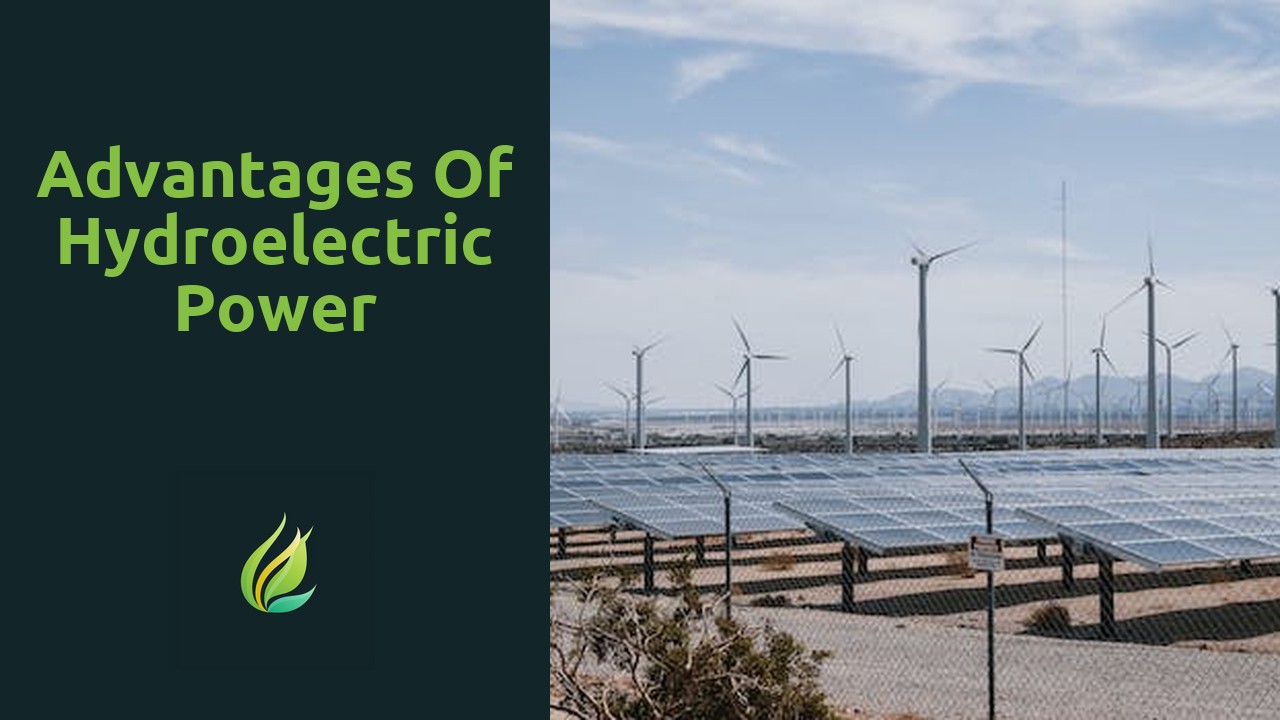
Advantages of Hydroelectric Power
Hydroelectric power is a renewable energy source that harnesses the force of flowing water. Unlike finite fossil fuels, hydroelectric power relies on the continuous flow of water, making it a sustainable option. This means that with proper management...
Read more →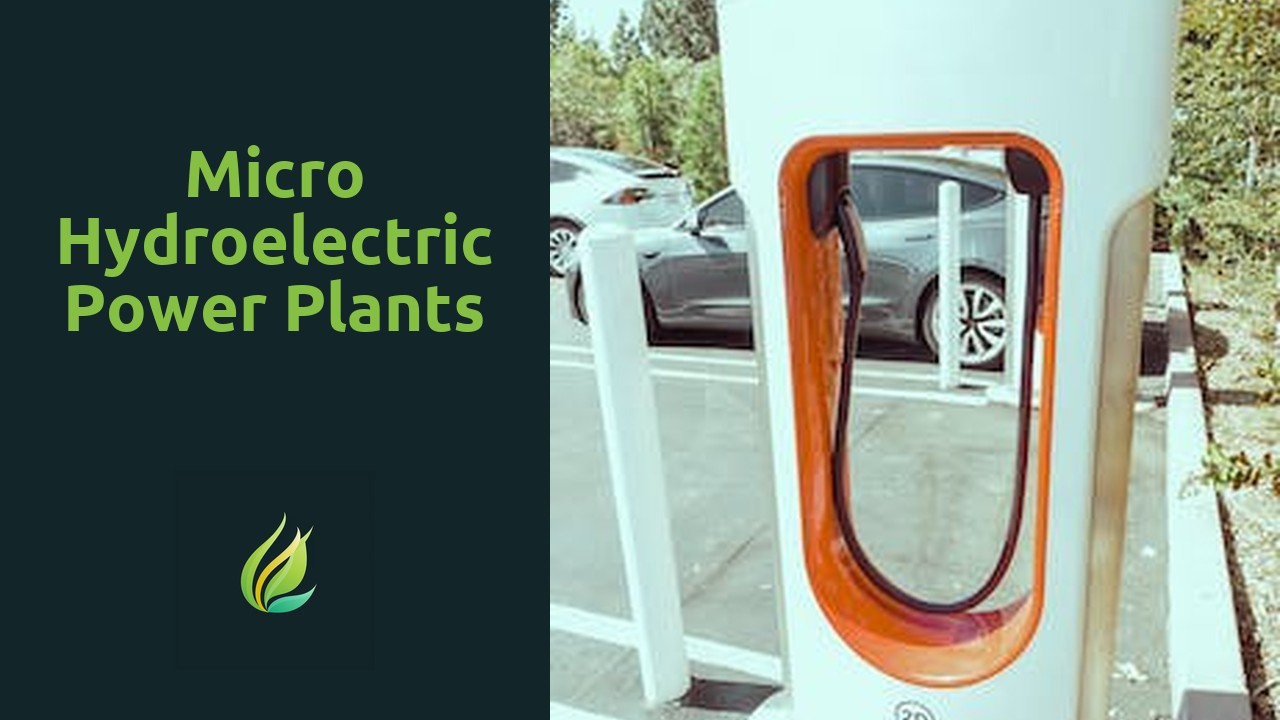
Micro Hydroelectric Power Plants
Micro hydroelectric systems have emerged as a sustainable and efficient method to harness the power of moving water. These systems utilize the kinetic energy of flowing streams, rivers, or man-made channels to generate electricity on a small scale. U...
Read more →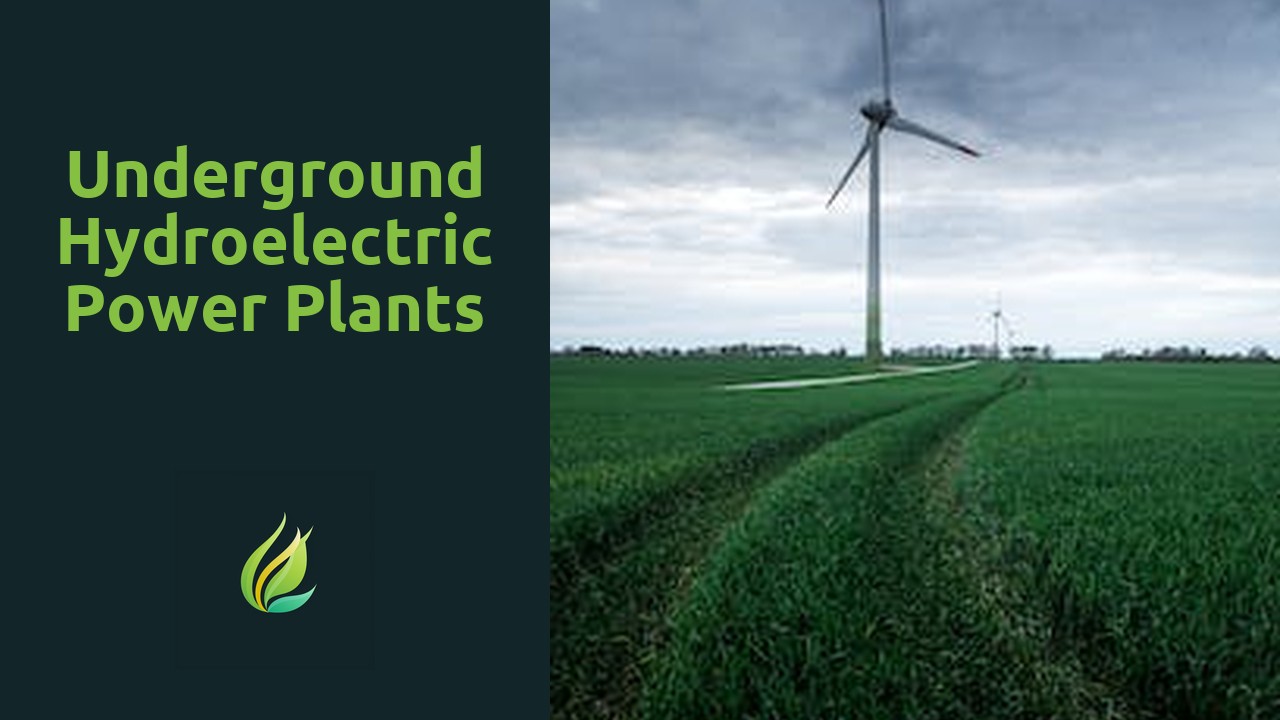
Underground Hydroelectric Power Plants
Underneath the Earth's surface lies a hidden world of untapped potential - the secret power of underground hydroelectricity. While traditional hydroelectric power plants rely on the flow of surface water, subterranean rivers offer a unique opportunit...
Read more →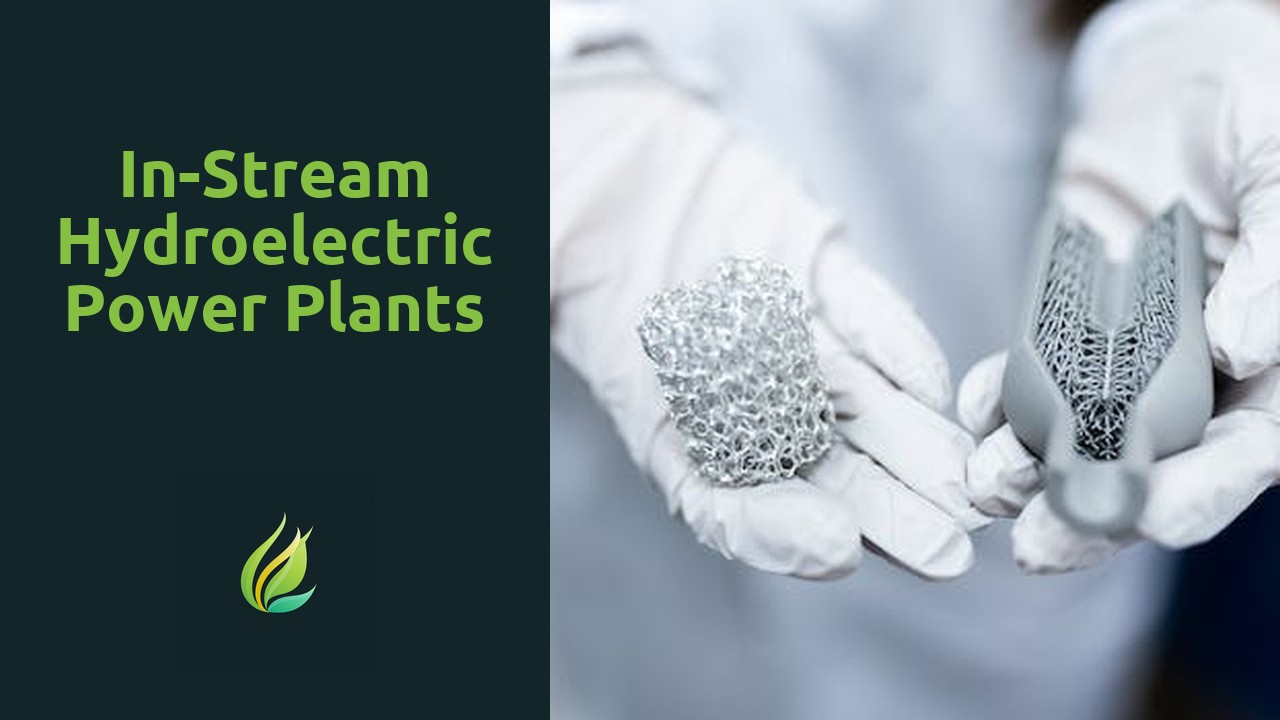
In-Stream Hydroelectric Power Plants
Moving water has long been recognized as a powerful force of nature. From the mighty rivers that carve through landscapes to the crashing waves of the ocean, the energy potential of moving water is awe-inspiring. Harnessing this power has become an e...
Read more →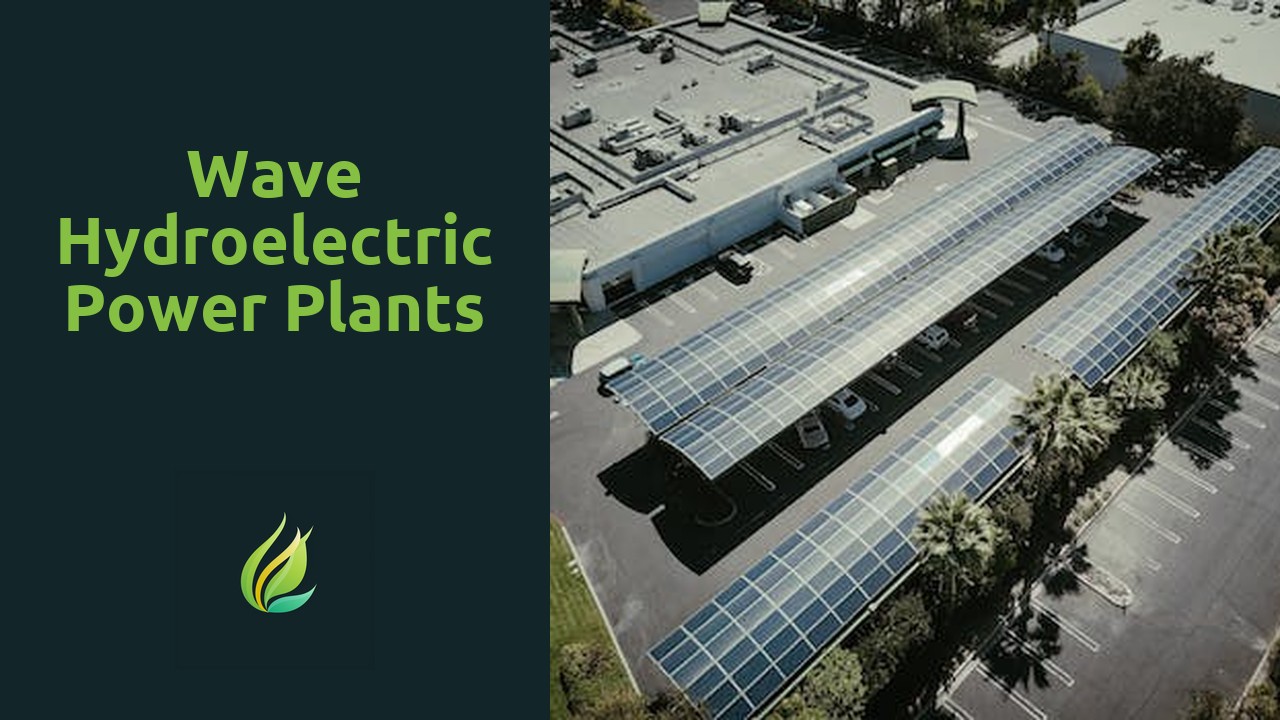
Wave Hydroelectric Power Plants
The vast expanse of the ocean holds immense potential as a source of renewable energy. Harnessing the power of the waves, tides, and currents can provide a clean and sustainable solution to our growing energy needs. Wave power, in particular, has gai...
Read more →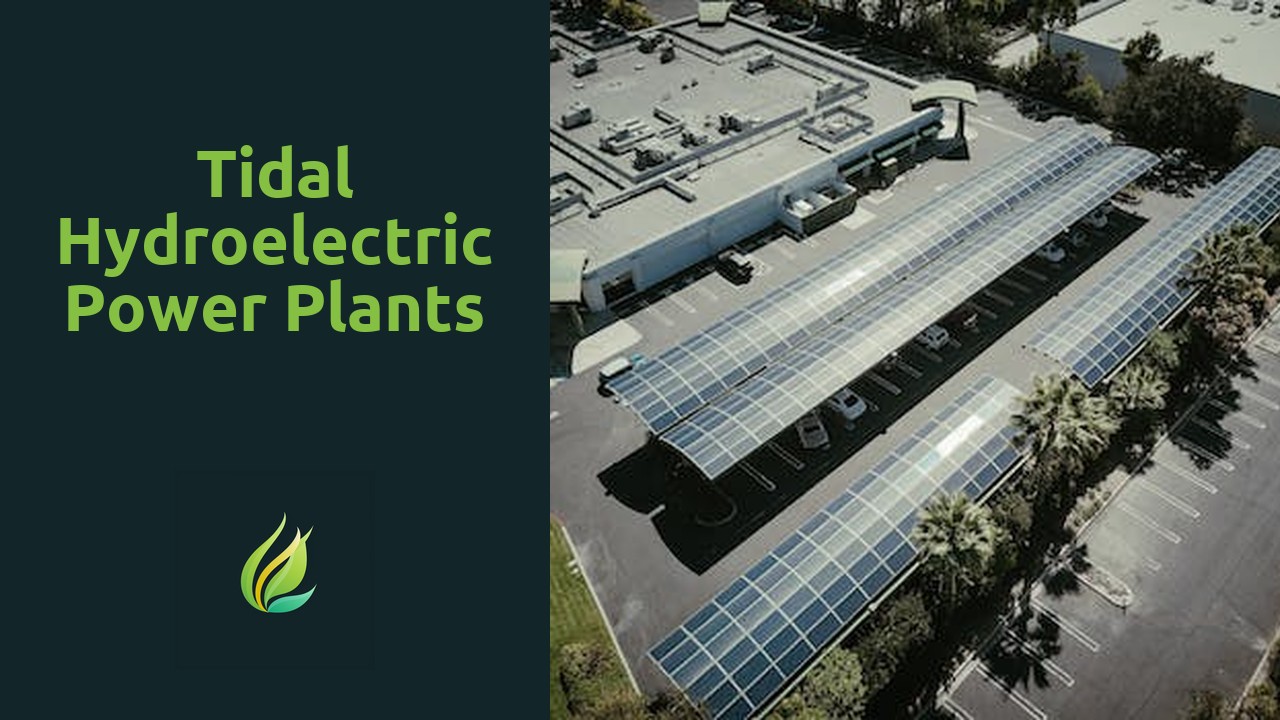
Tidal Hydroelectric Power Plants
The vast oceans that cover our planet are a treasure trove of untapped energy potential. As society grapples with the urgent need to shift towards more sustainable energy sources, exploring innovative solutions becomes increasingly crucial. Harnessin...
Read more →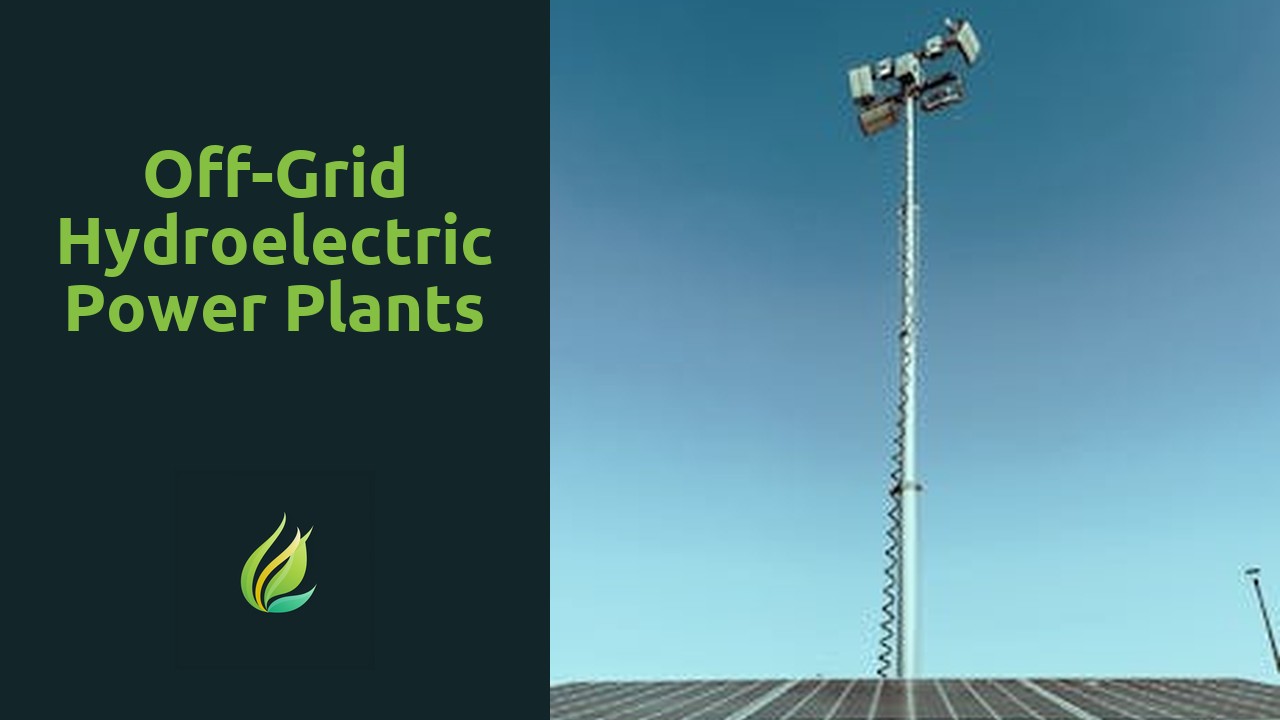
Off-Grid Hydroelectric Power Plants
Harnessing the power of flowing water holds great potential as a sustainable energy solution. Water has been used for centuries to generate electricity, and advancements in technology continue to unlock its full potential. Hydroelectric power, derive...
Read more →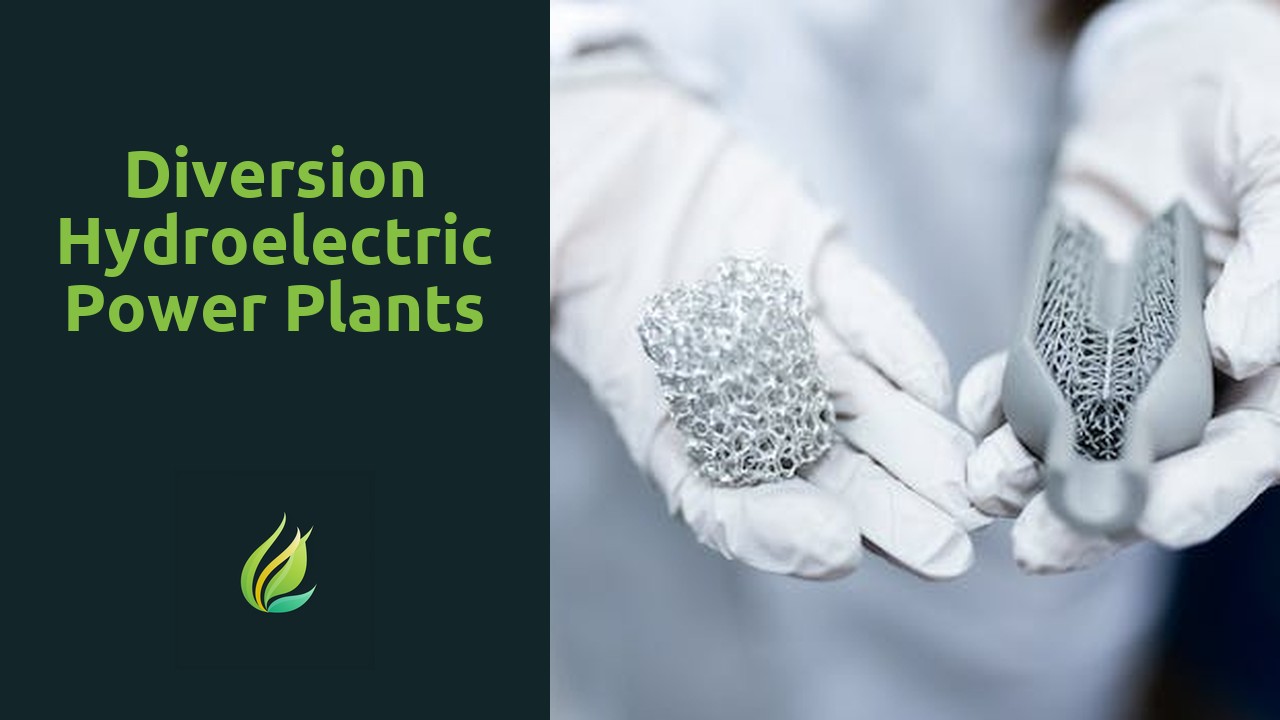
Diversion Hydroelectric Power Plants
Hydroelectric power, derived from harnessing the power of moving water, has long been recognized as one of the most viable and efficient sources of renewable energy. As the world continues to face the challenges of rising energy demands and the need ...
Read more →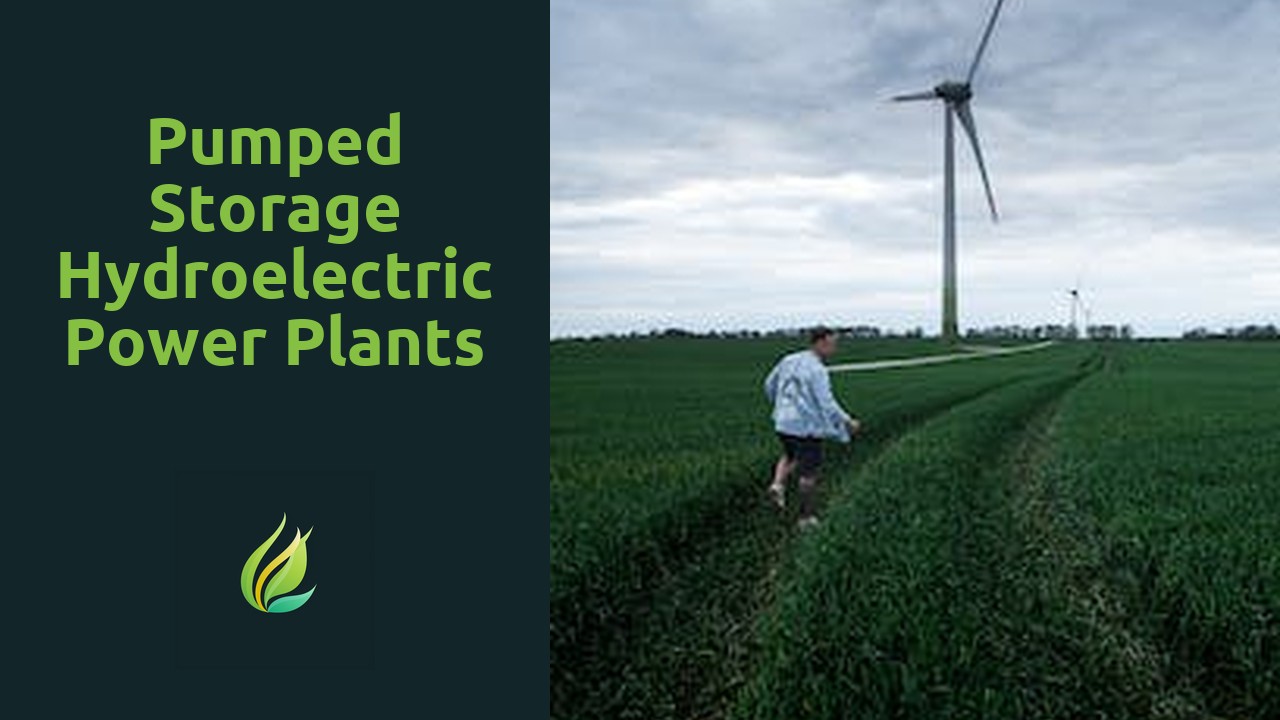
Pumped Storage Hydroelectric Power Plants
Energy storage plays a fundamental role in helping to balance the supply and demand of electricity in our modern grid system. One promising method of energy storage is through the power of water. This involves utilizing the force of gravity and the f...
Read more →
Run-of-River Hydroelectric Power Plants
Harnessing the power of moving water through run-of-river hydroelectricity is an increasingly popular method of generating clean and renewable energy. Unlike traditional hydroelectric power plants that rely on large dams and reservoirs to store water...
Read more →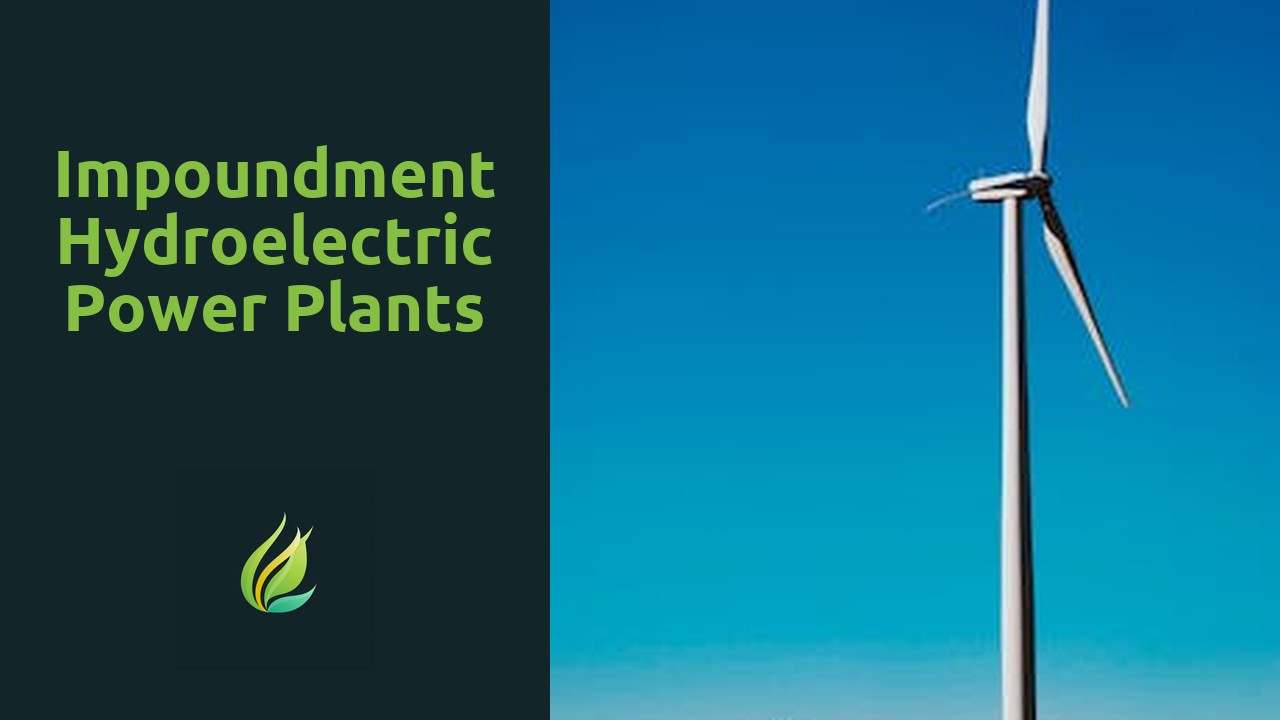
Impoundment Hydroelectric Power Plants
Hydroelectric power, which harnesses the energy of moving water to generate electricity, has a rich history that dates back to ancient times. Although it may seem like a modern innovation, the concept of using water as a source of power was envisione...
Read more →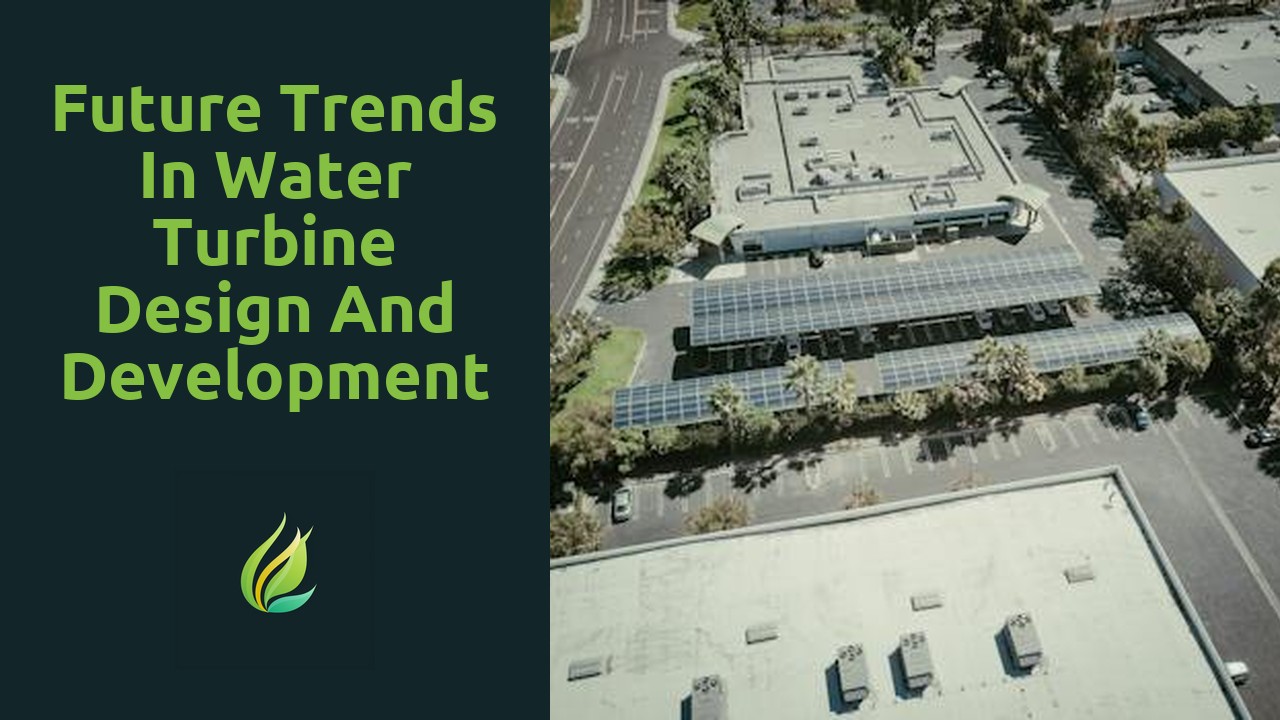
Future Trends in Water Turbine Design and Development
Water turbine design and development is not without its fair share of challenges. One of the key obstacles faced by engineers is optimizing the turbine's performance across various flow regimes. Turbines must be able to efficiently generate power und...
Read more →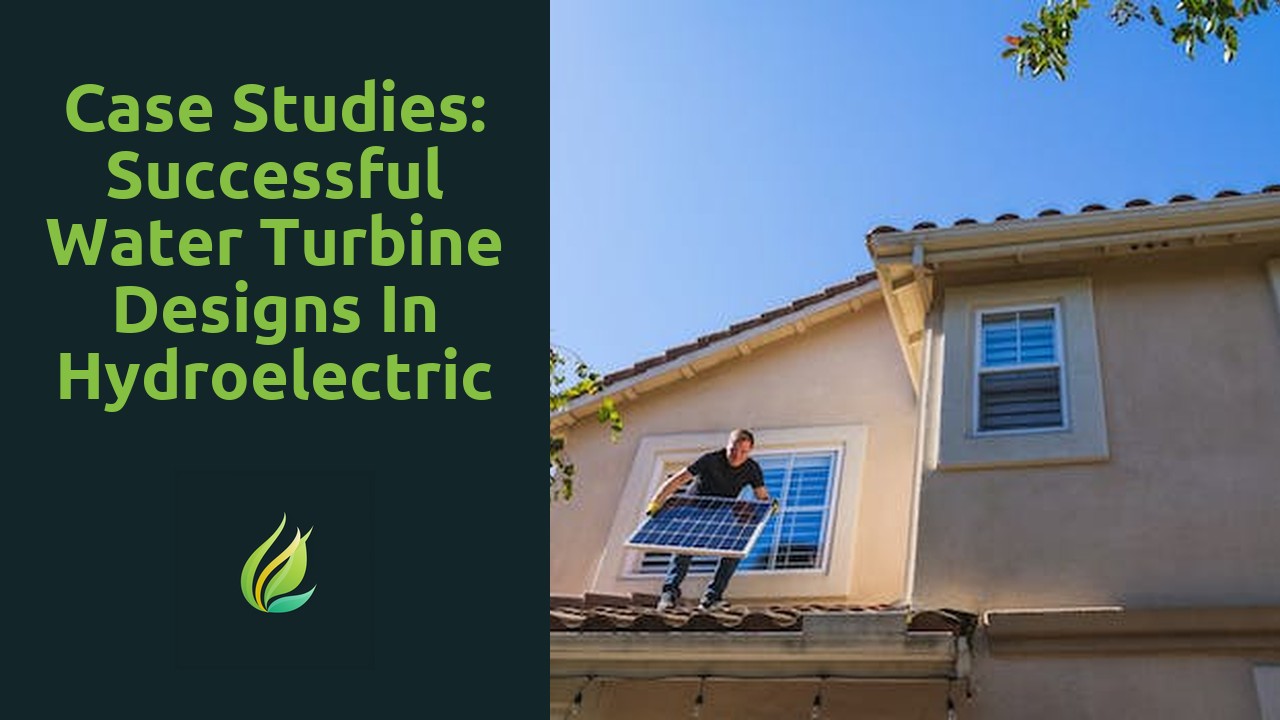
Case Studies: Successful Water Turbine Designs in Hydroelectric Power Plants
Water turbine designs play a crucial role in the efficient generation of hydroelectric power in power plants. These designs are specifically tailored to harness the kinetic energy of flowing water and convert it into mechanical energy, which is then ...
Read more →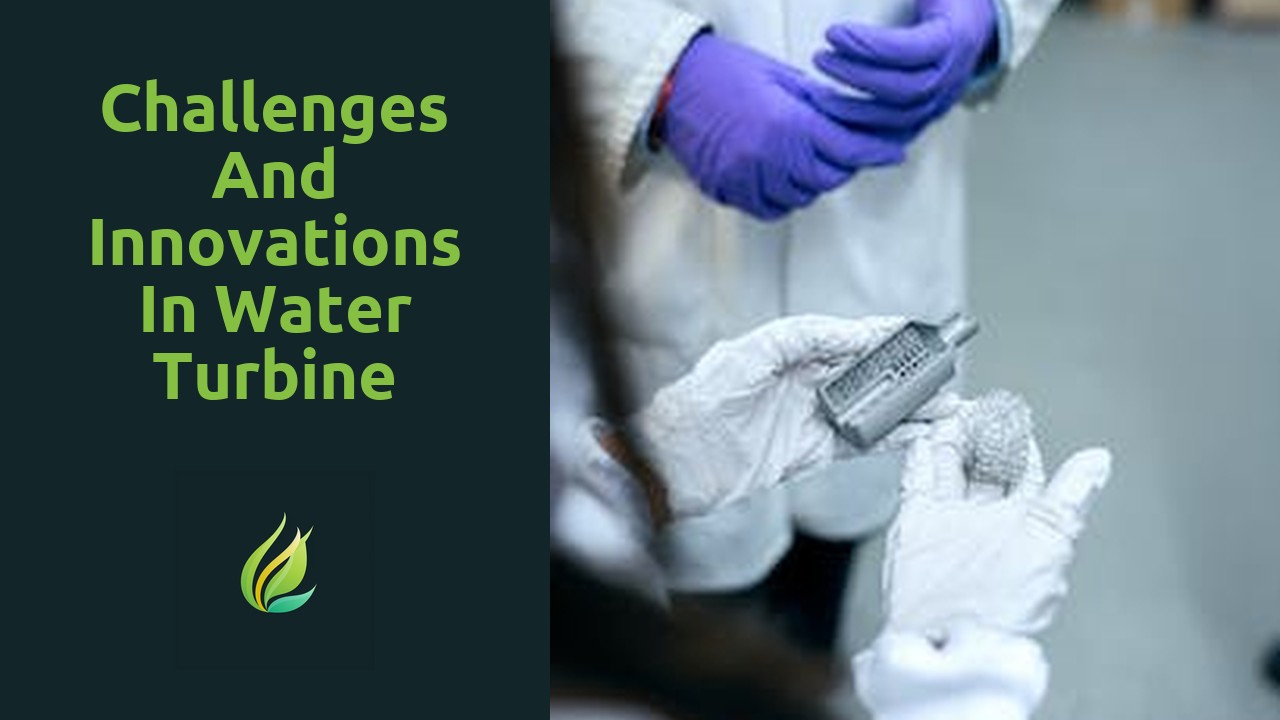
Challenges and Innovations in Water Turbine Technology
Water turbine technology plays a crucial role in harnessing the immense power of water to generate clean, sustainable energy. With the pressing need to reduce our reliance on fossil fuels and mitigate climate change, water turbine technology proves t...
Read more →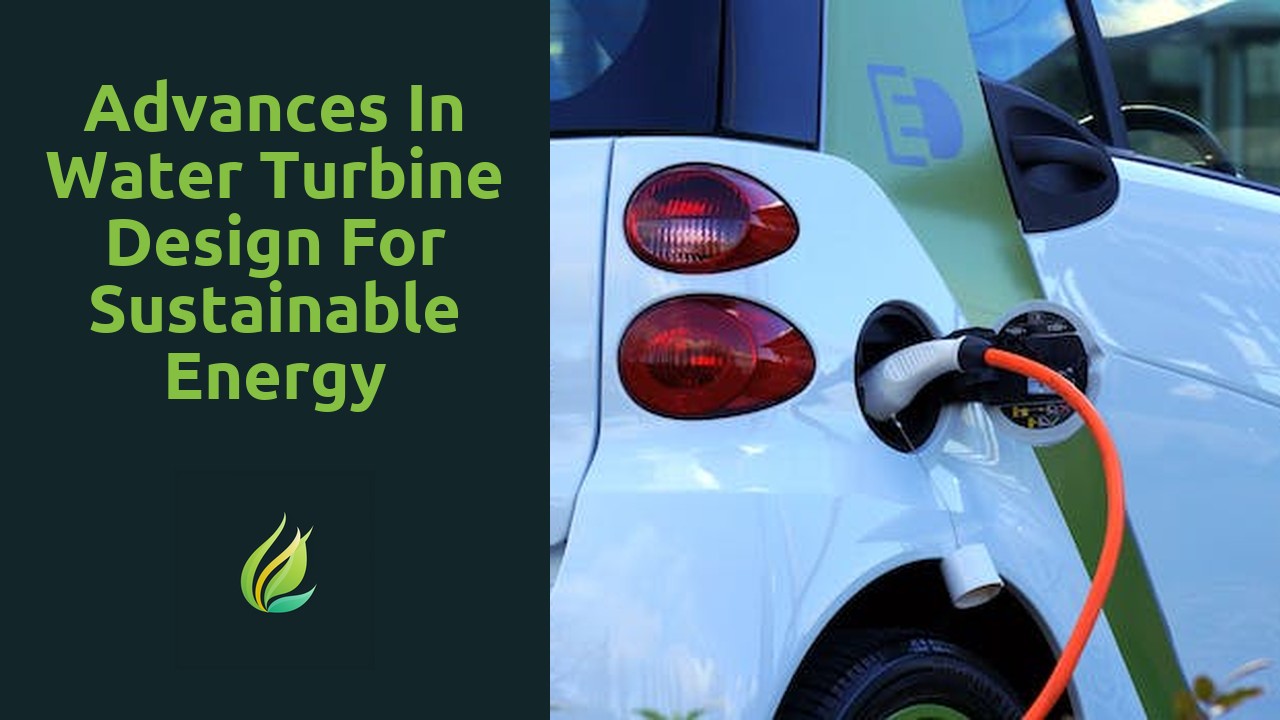
Advances in Water Turbine Design for Sustainable Energy Generation
Water, the most abundant resource on our planet, has been harnessed for centuries to generate sustainable energy. This method of energy generation, known as hydroelectric power, has played a crucial role in meeting the global energy demand while sign...
Read more →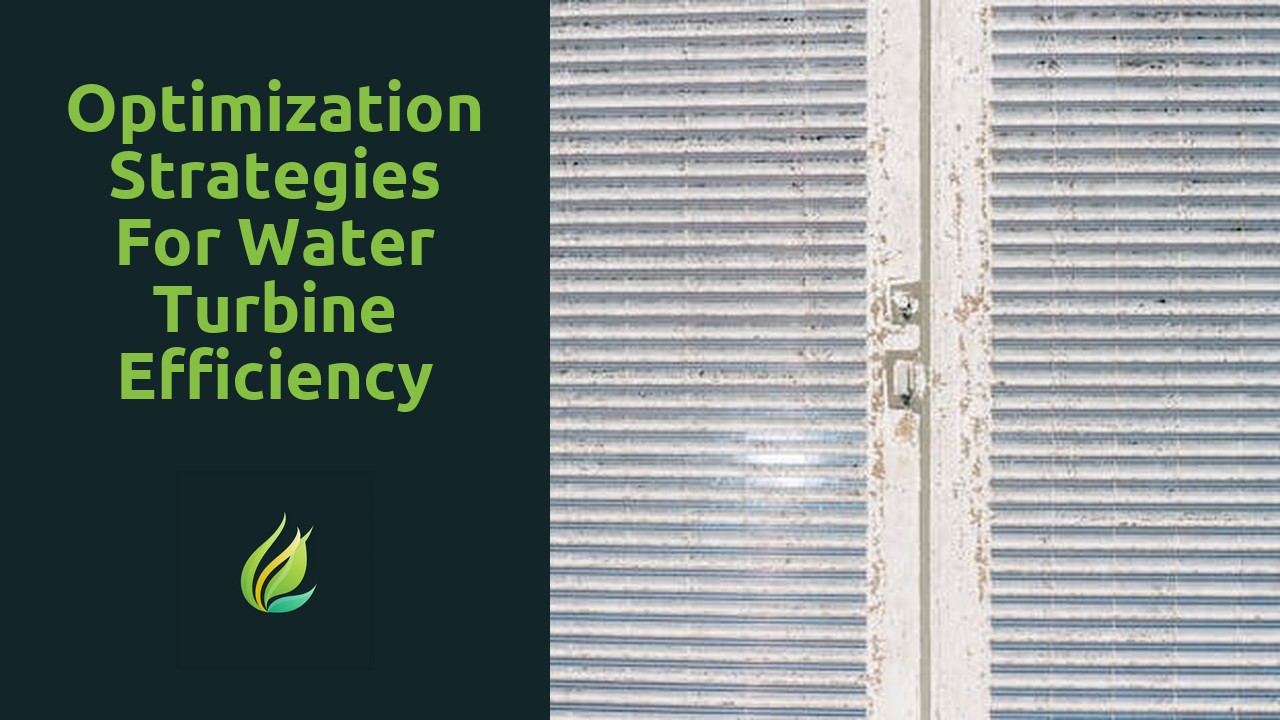
Optimization Strategies for Water Turbine Efficiency
Water turbines are a vital component in the generation of hydroelectric power. These devices harness the kinetic energy of flowing water and convert it into mechanical energy that can be used to generate electricity. The basic functionality of water ...
Read more →
Design Considerations for Water Turbine Blades
Selecting the right materials for water turbine blades is crucial to ensure optimal performance and longevity. One of the key factors to consider is strength, as the blades need to withstand the forces exerted by the flowing water and maintain their ...
Read more →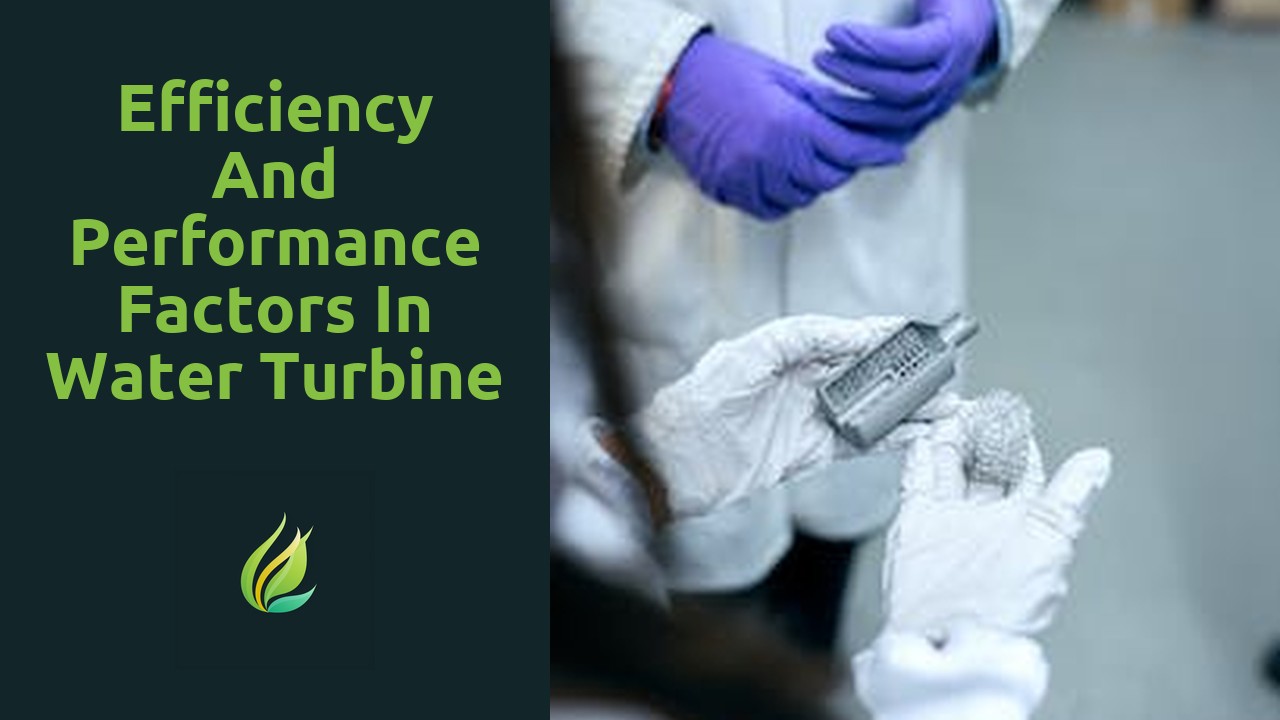
Efficiency and Performance Factors in Water Turbine Design
In the world of hydropower, the efficiency and performance of a turbine rely heavily on its geometric design. The turbine geometry, particularly the shape and size of the blades, plays a crucial role in the extraction of energy from flowing water. By...
Read more →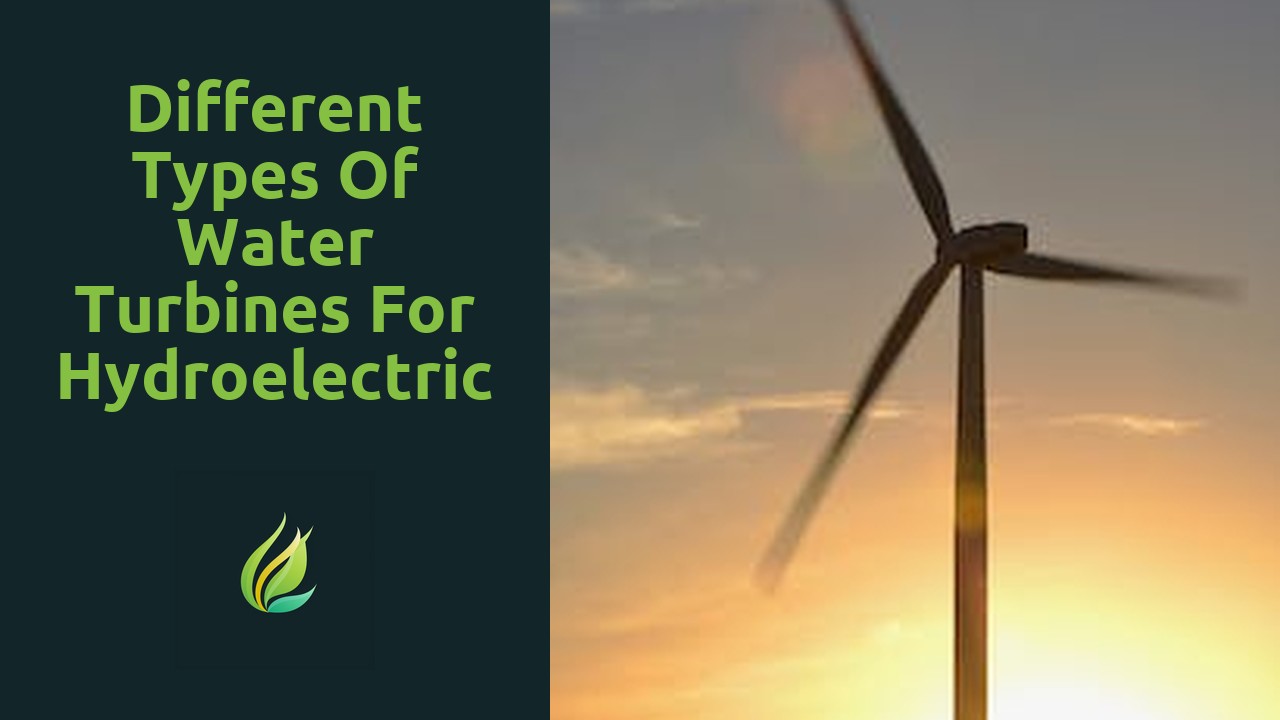
Different Types of Water Turbines for Hydroelectric Power
Water turbines play a crucial role in harnessing the immense potential of moving water as a renewable energy source. With their ability to convert the kinetic energy of water into mechanical energy, these turbines have revolutionized the way we gener...
Read more →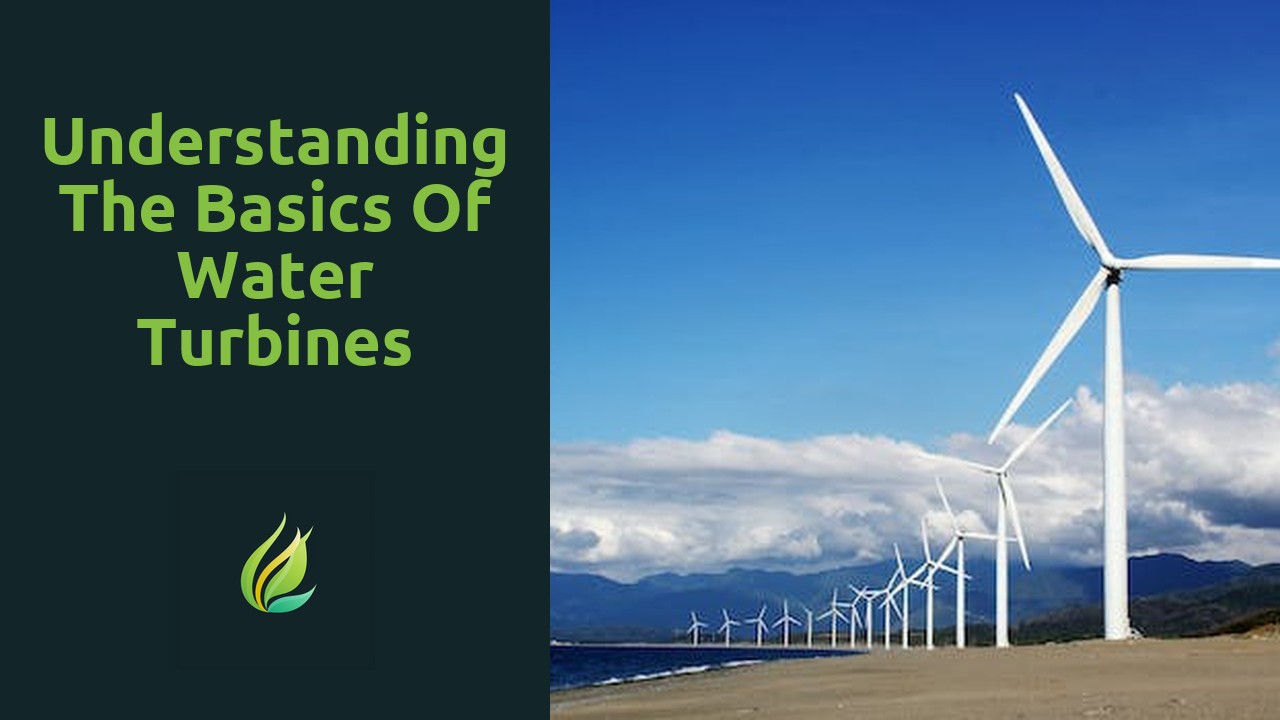
Understanding the Basics of Water Turbines
Water turbines have a long and fascinating history that dates back to ancient times. The concept of using water to generate mechanical power was first explored by the ancient Greeks and Romans, who developed rudimentary water wheels to power various ...
Read more →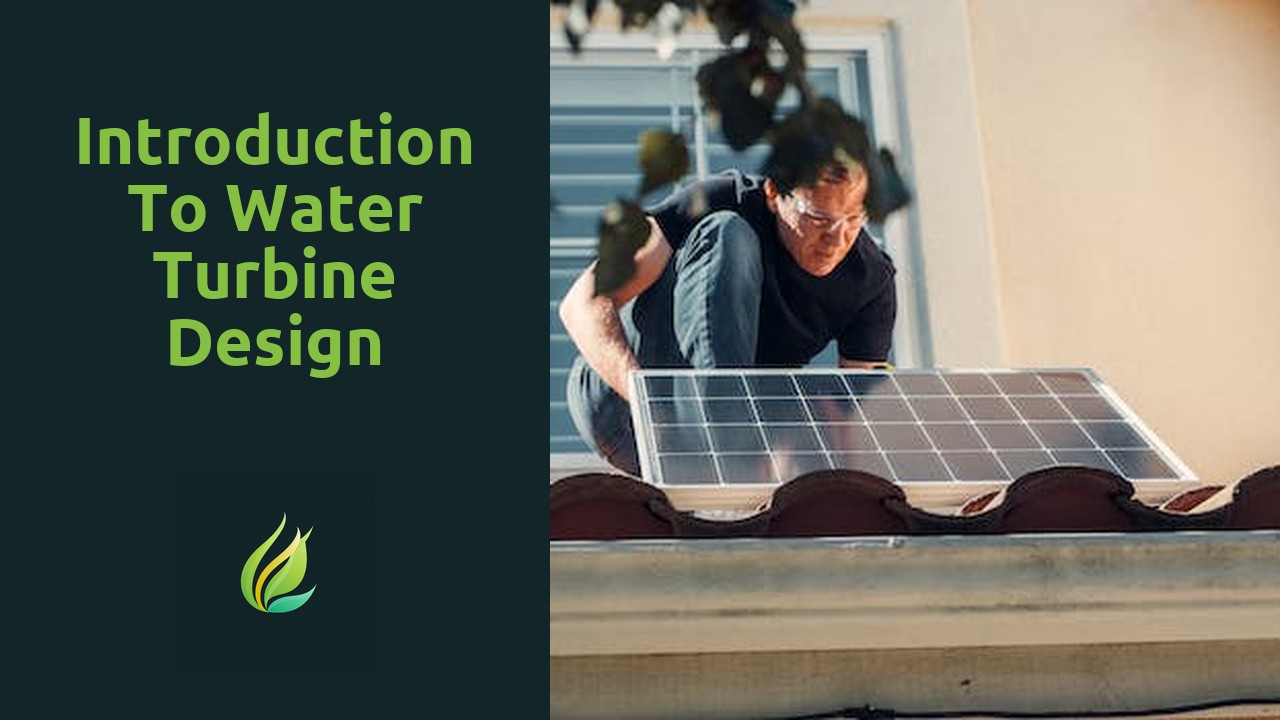
Introduction to Water Turbine Design
As the demand for renewable energy sources continues to grow, the importance of considering environmental factors in water turbine design becomes increasingly crucial. While turbines play a vital role in harnessing the power of flowing water, they ca...
Read more →
Case Studies of Successful Wind Energy Grid Integration
Integrating wind energy into the existing power grid presents a range of challenges for energy planners and grid operators. One key obstacle is the intermittent nature of wind power generation. Unlike traditional fossil fuel-based power plants, which...
Read more →
Economic Benefits of Wind Energy Grid Integration
The global shift towards renewable energy sources has become an undeniable reality in recent years. With the pressing need to address climate change and reduce greenhouse gas emissions, countries around the world have been increasingly investing in r...
Read more →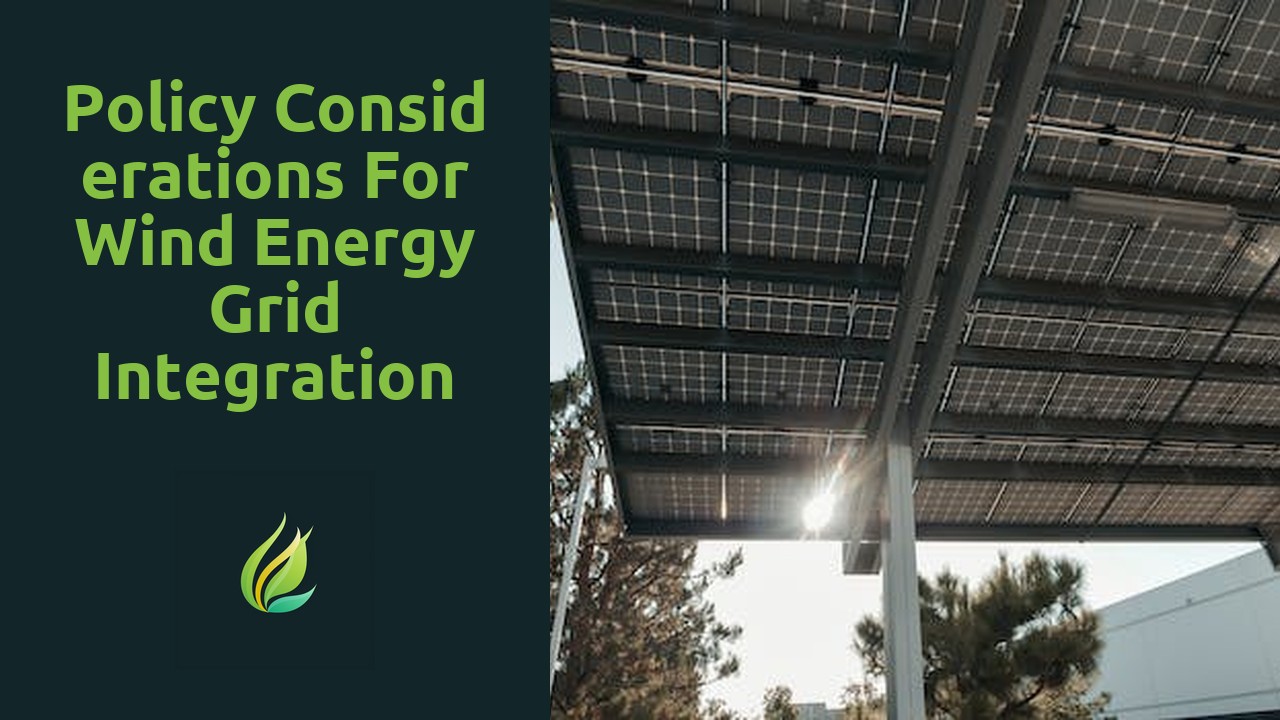
Policy Considerations for Wind Energy Grid Integration
Despite its numerous benefits, the integration of wind energy into the grid poses several challenges for energy systems around the world. One of the main challenges is variability, as wind power generation is highly dependent on weather conditions. W...
Read more →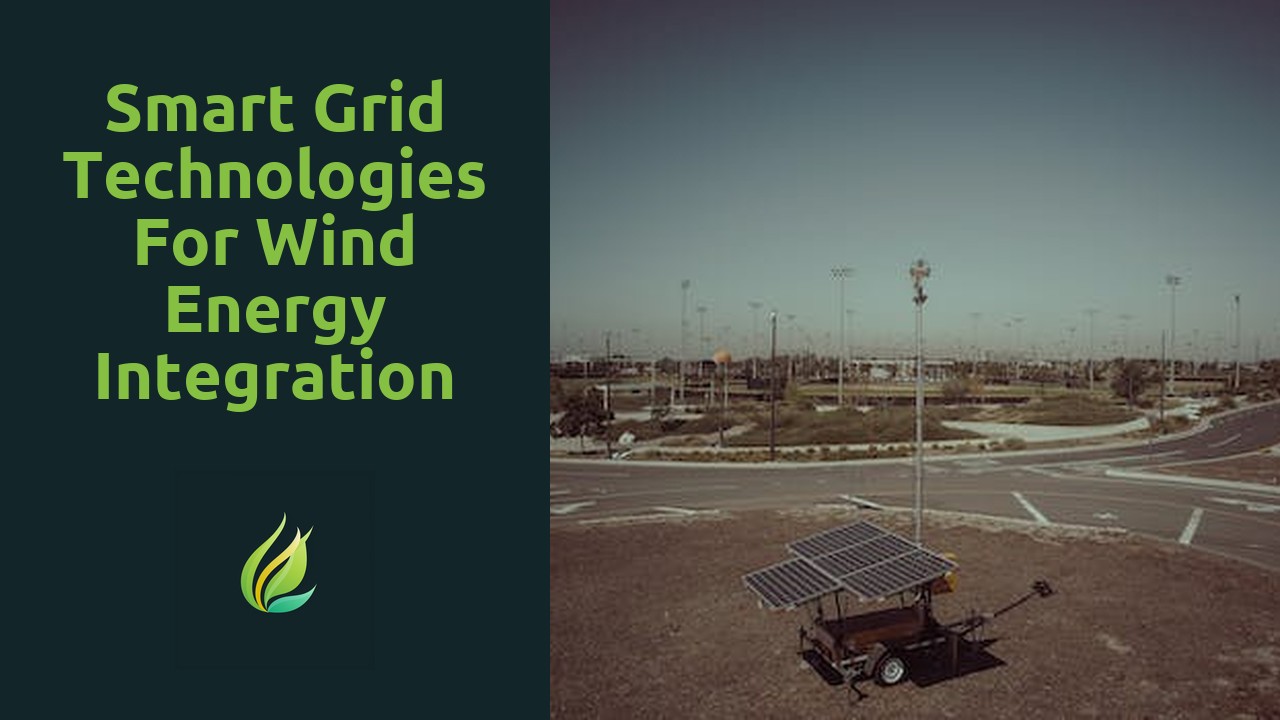
Smart Grid Technologies for Wind Energy Integration
As the global demand for clean and sustainable energy sources continues to grow, wind energy has emerged as a key player in the renewable energy sector. The integration of wind energy into the existing grid infrastructure is of paramount importance t...
Read more →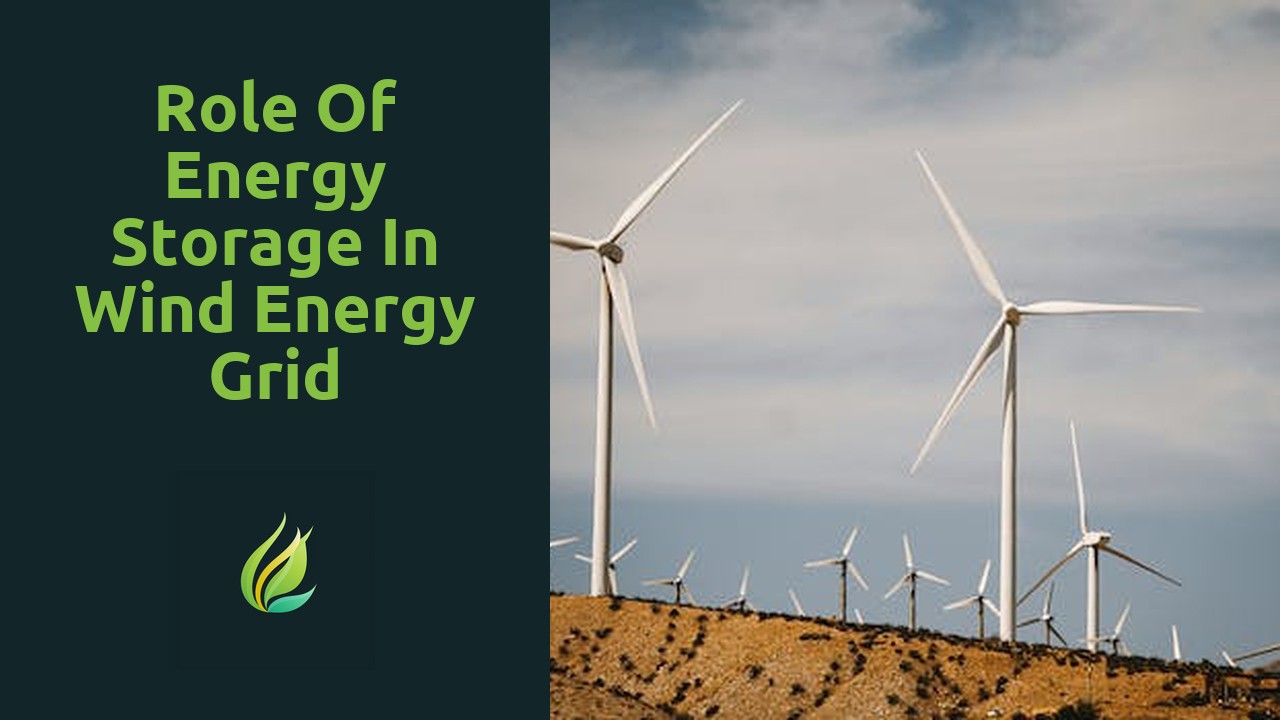
Role of Energy Storage in Wind Energy Grid Integration
Wind energy is rapidly gaining recognition as a sustainable and viable source of power. However, efficient and reliable integration of wind energy into the grid remains a challenge. One of the key factors hindering the widespread adoption of wind ene...
Read more →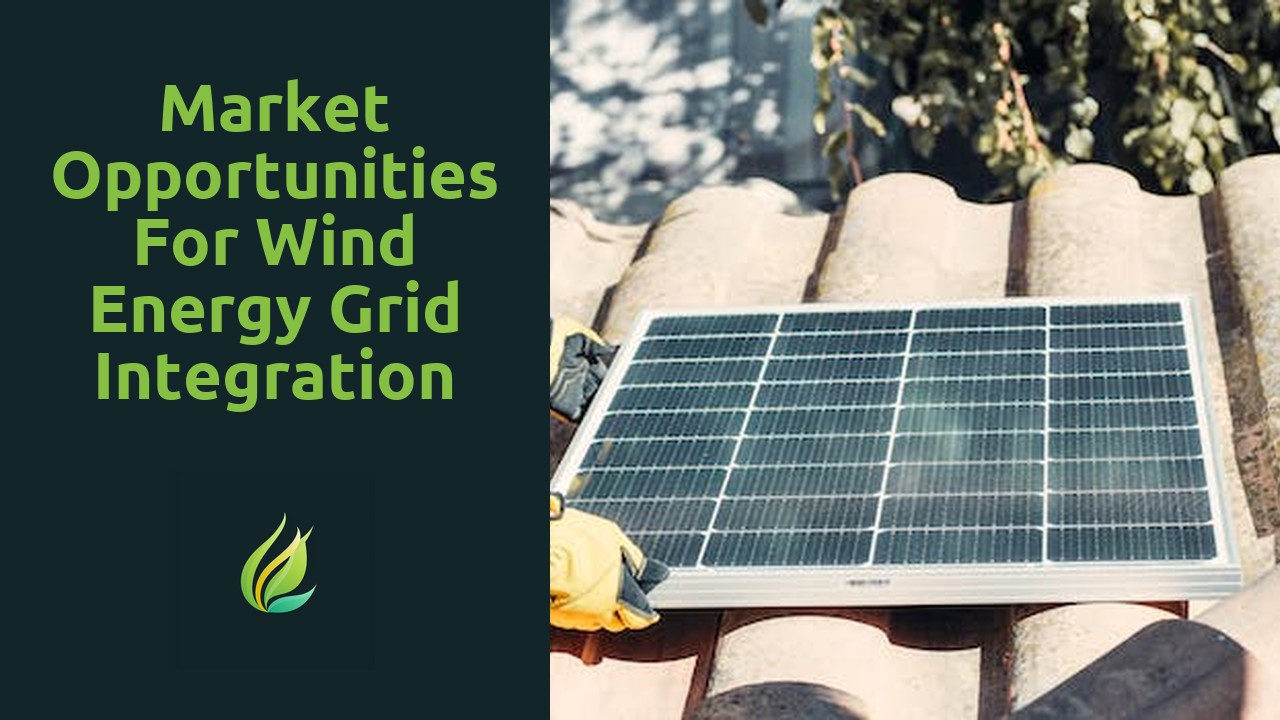
Market Opportunities for Wind Energy Grid Integration
The global market for wind energy has experienced significant growth in recent years. This surge can be attributed to the increasing demand for clean and sustainable sources of power, as well as advancements in wind turbine technology. According to a...
Read more →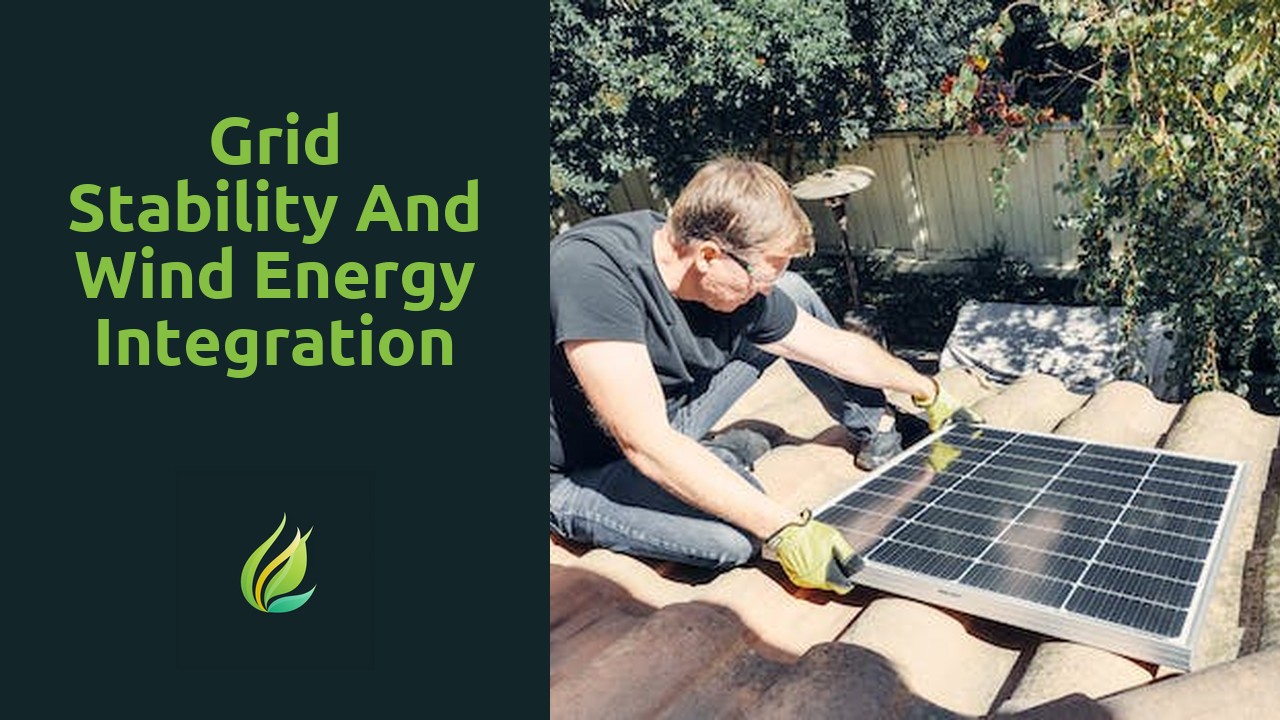
Grid Stability and Wind Energy Integration
Grid stability is an essential factor in the pursuit of a sustainable energy future. As renewable energy sources, such as wind and solar, continue to be integrated into the grid, ensuring stability becomes increasingly crucial. Grid stability refers ...
Read more →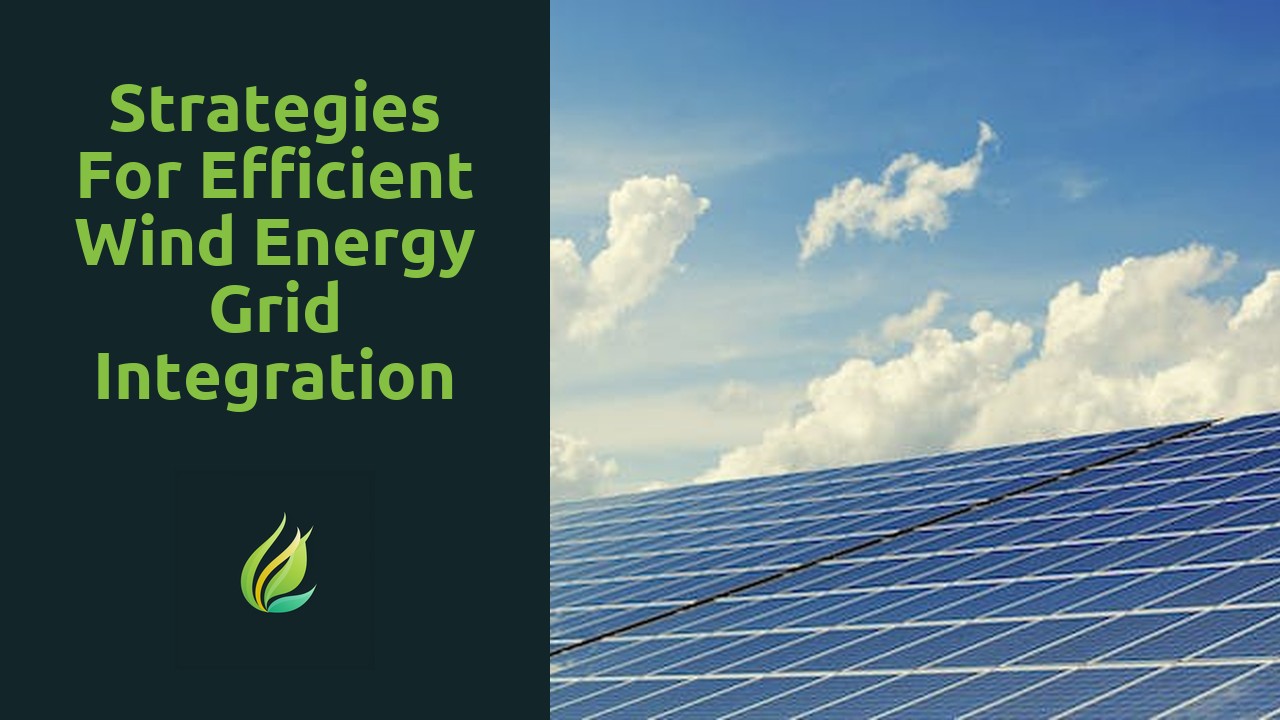
Strategies for Efficient Wind Energy Grid Integration
Wind energy has gained significant attention as a renewable source of electricity generation. However, integrating wind energy into the grid efficiently presents several challenges. One of the key obstacles is the intermittency of wind power. Wind en...
Read more →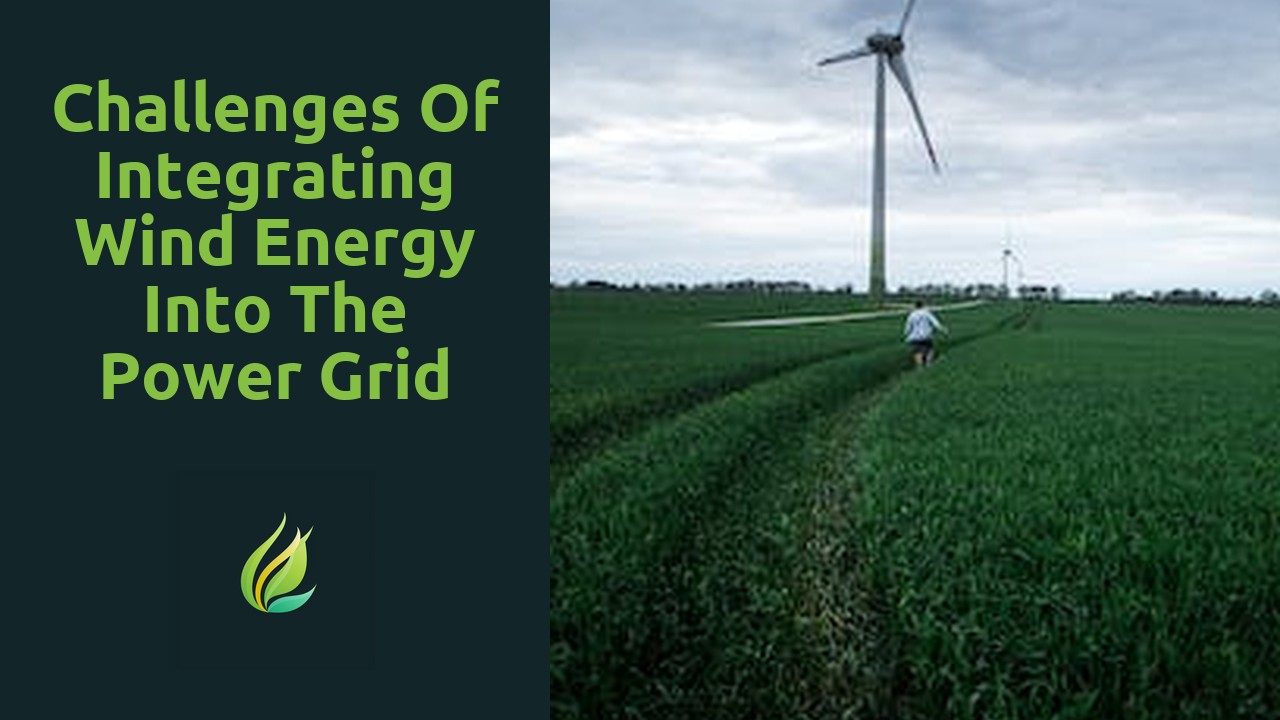
Challenges of Integrating Wind Energy into the Power Grid
Integrating wind energy into the existing power grid infrastructure presents a unique set of challenges. One of the primary difficulties lies in the variable nature of wind energy. Unlike conventional power sources, such as coal or natural gas, wind ...
Read more →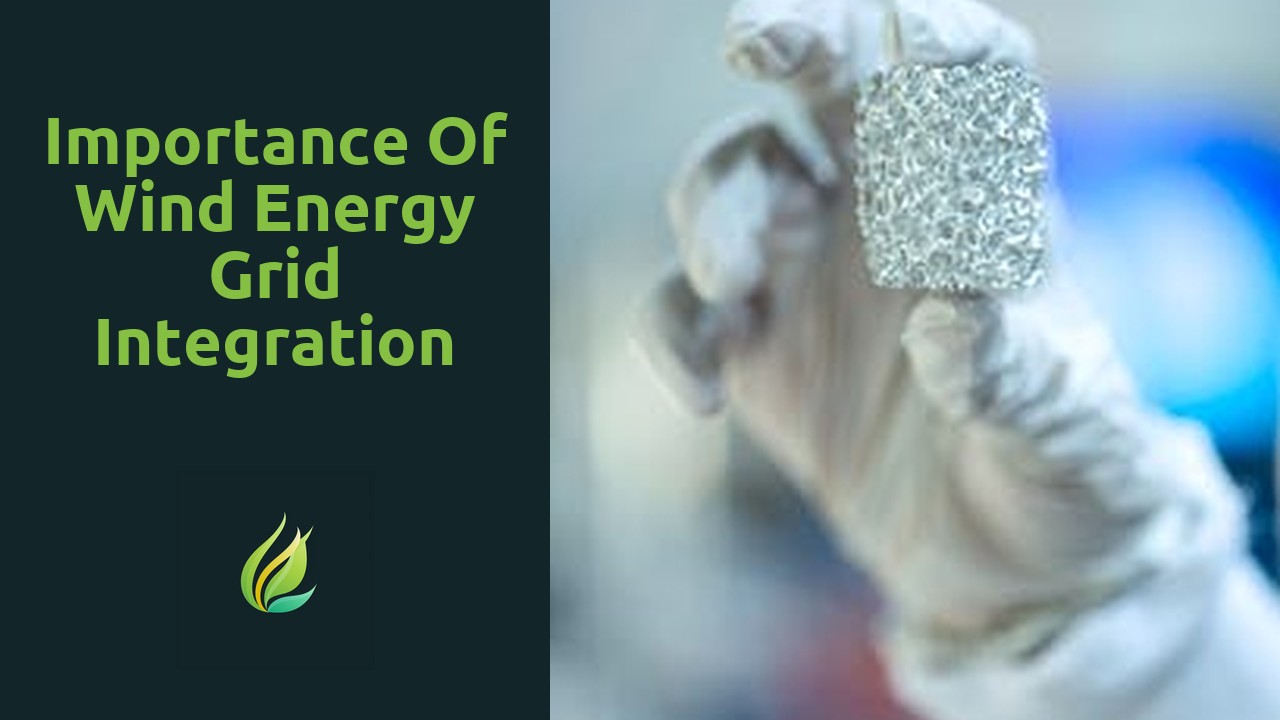
Importance of Wind Energy Grid Integration
In recent years, there has been a significant surge in the demand for renewable energy sources. This can be attributed to the growing concerns about climate change and the need to reduce greenhouse gas emissions. Governments, businesses, and individu...
Read more →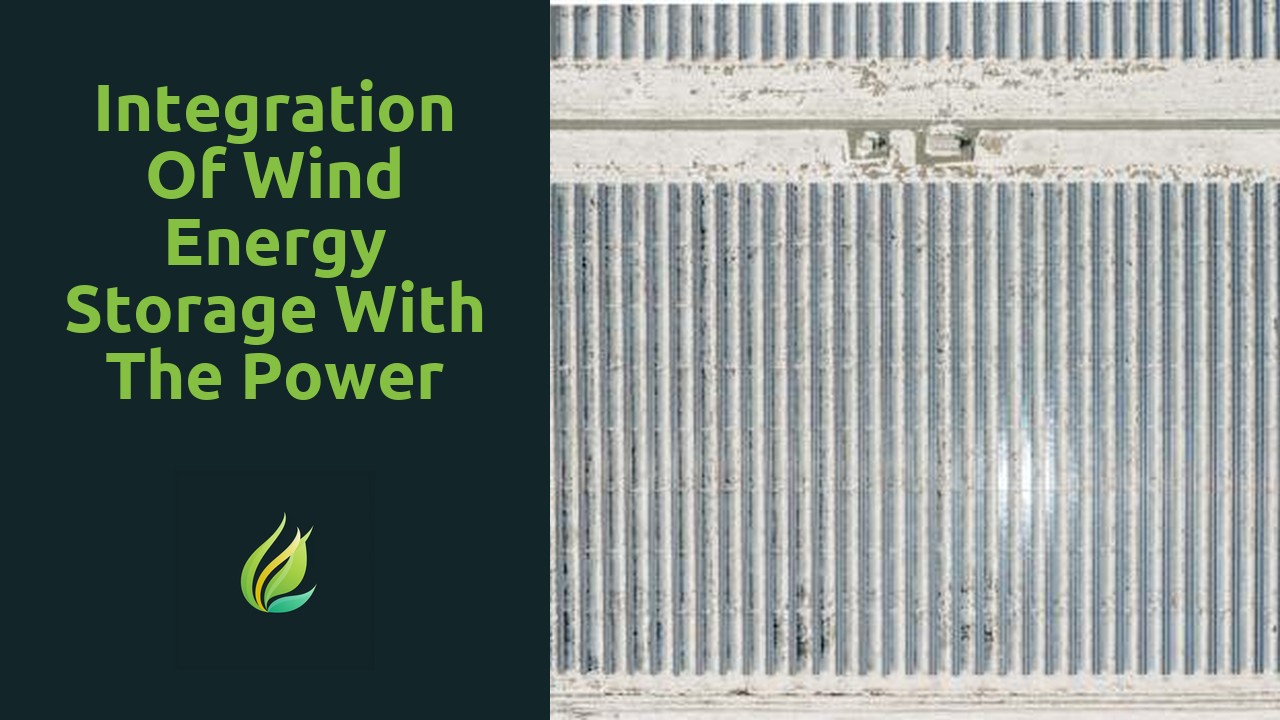
Integration of Wind Energy Storage with the Power Grid
Renewable energy sources, like wind power, play a vital role in reducing the reliance on traditional fossil fuel-based power generation. However, the intermittent nature of wind power poses challenges for the overall stability and reliability of the ...
Read more →
Future Trends in Wind Energy Storage
Energy storage plays a crucial role in advancing the capabilities of wind power. Wind energy, being intermittent and unpredictable, requires efficient storage solutions to ensure a constant and reliable power supply. Energy storage systems allow exce...
Read more →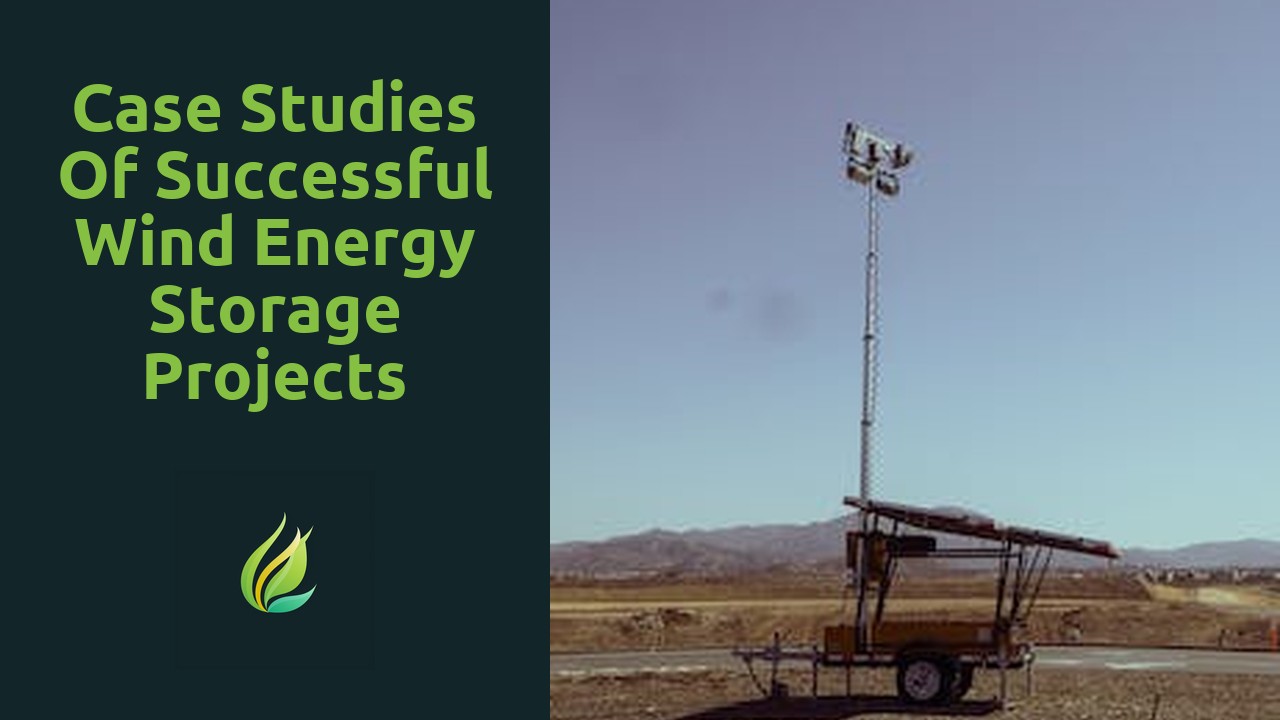
Case Studies of Successful Wind Energy Storage Projects
As the demand for renewable energy continues to grow, wind power is becoming an increasingly popular source of electricity generation. Harnessing the power of wind not only reduces our dependence on fossil fuels but also significantly lowers carbon e...
Read more →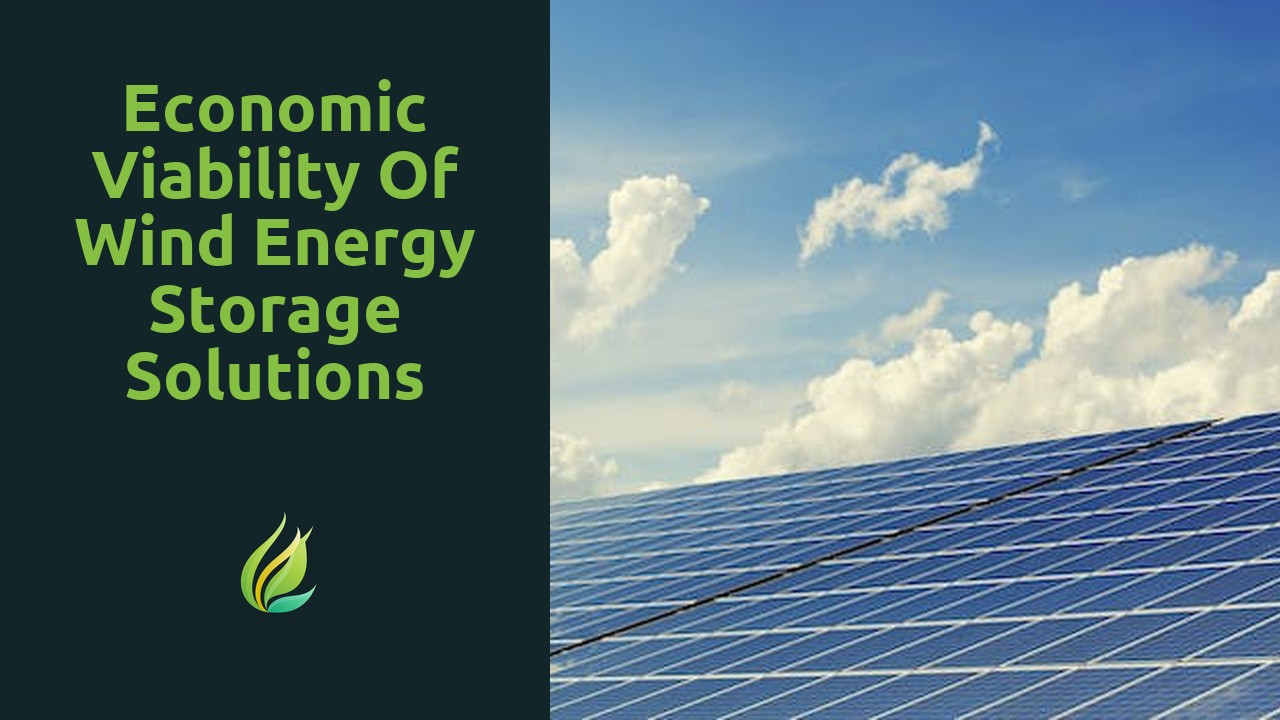
Economic Viability of Wind Energy Storage Solutions
With the rapid growth of renewable energy sources, such as wind power, the importance of effective energy storage solutions has become increasingly evident. Wind energy storage plays a crucial role in addressing the intermittent nature of wind power,...
Read more →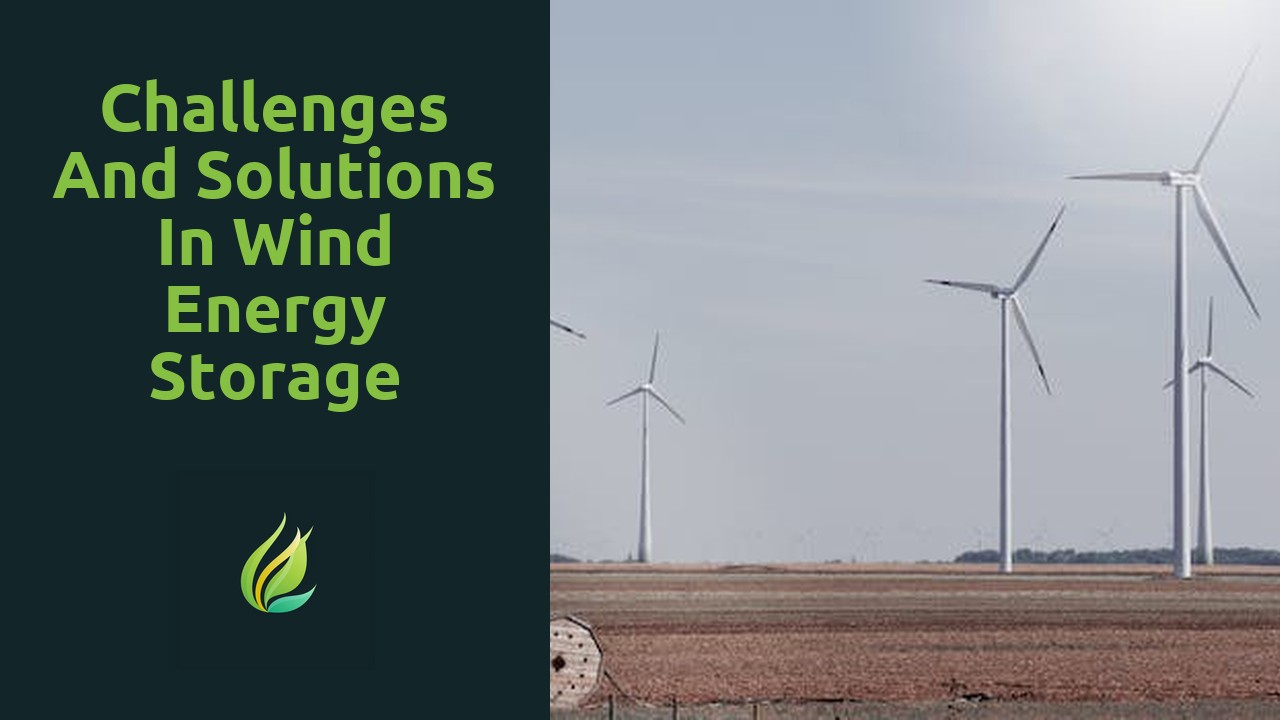
Challenges and Solutions in Wind Energy Storage
Energy storage solutions play a vital role in the efficient and reliable operation of renewable energy sources such as wind power. As the world increasingly turns towards sustainable sources of electricity generation, it is essential that the develop...
Read more →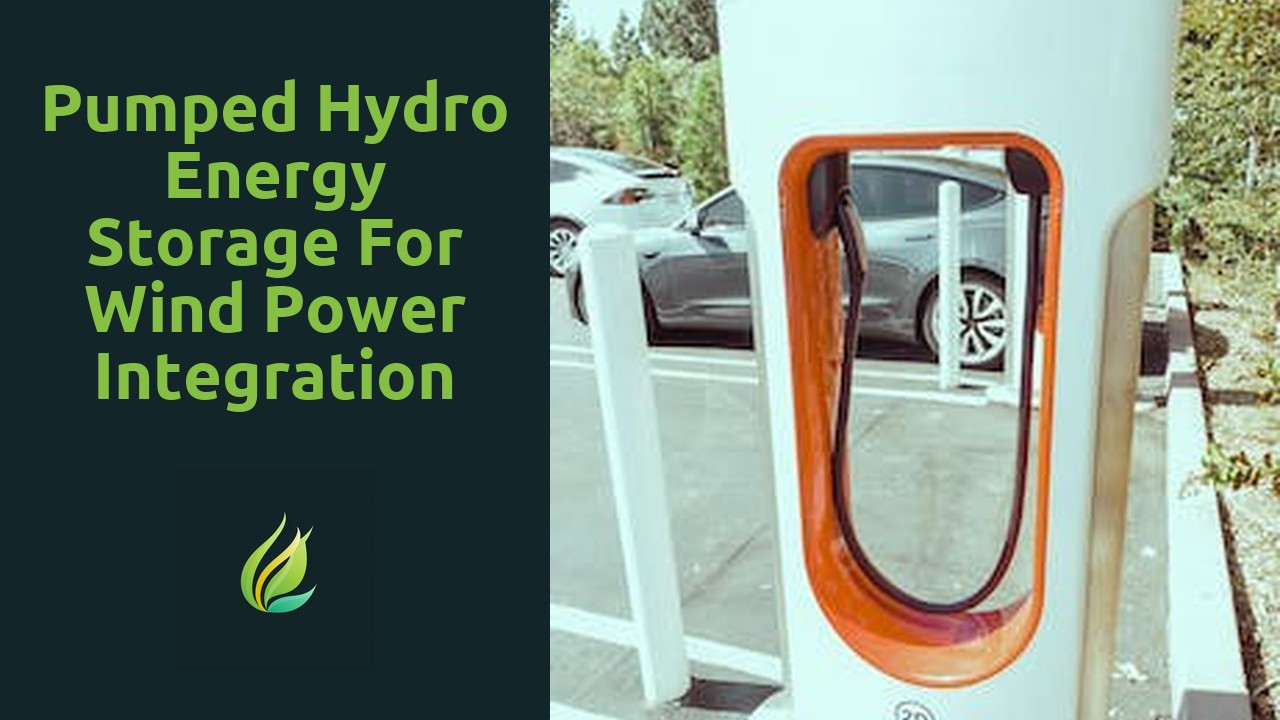
Pumped Hydro Energy Storage for Wind Power Integration
Pumped hydro energy storage plays a crucial role in harnessing the full potential of wind power. As we know, wind is an intermittent energy source, meaning that it is not constant and can fluctuate depending on weather conditions. This poses a challe...
Read more →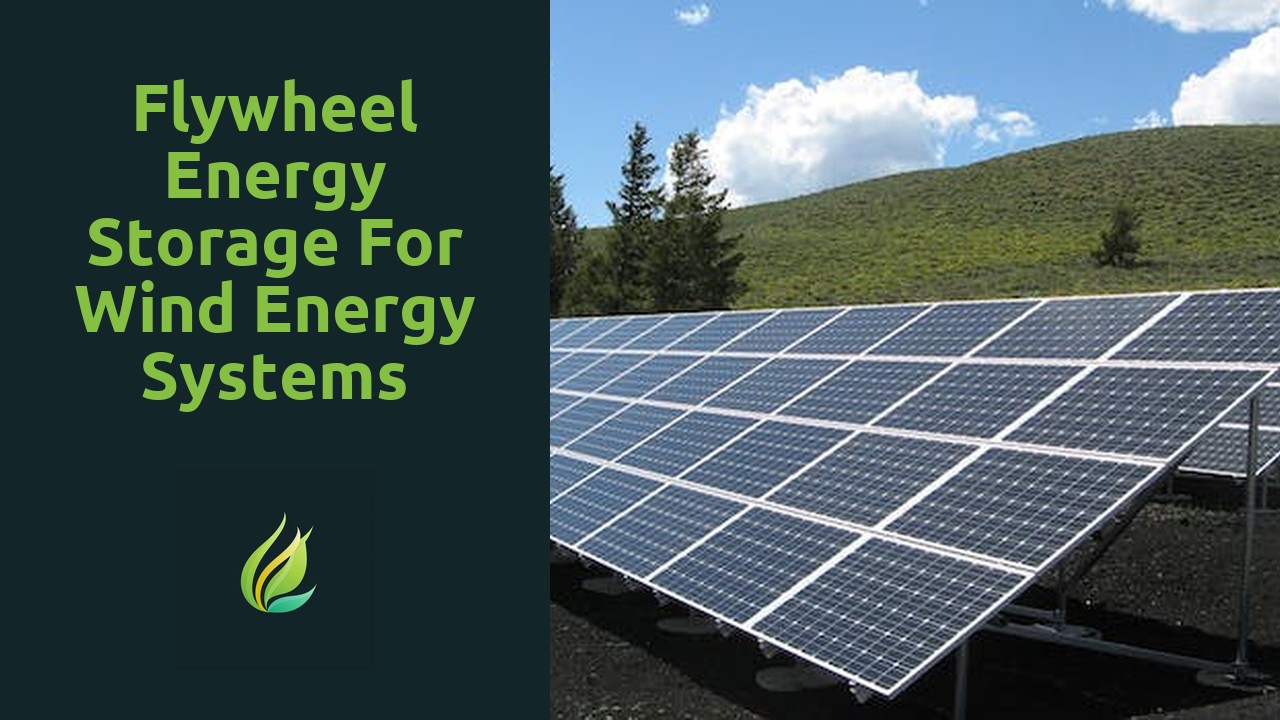
Flywheel Energy Storage for Wind Energy Systems
Flywheel energy storage is a promising technology that is gaining attention for its ability to store and release energy efficiently. It utilizes the principle of kinetic energy to store and release power when needed. The system consists of a rotating...
Read more →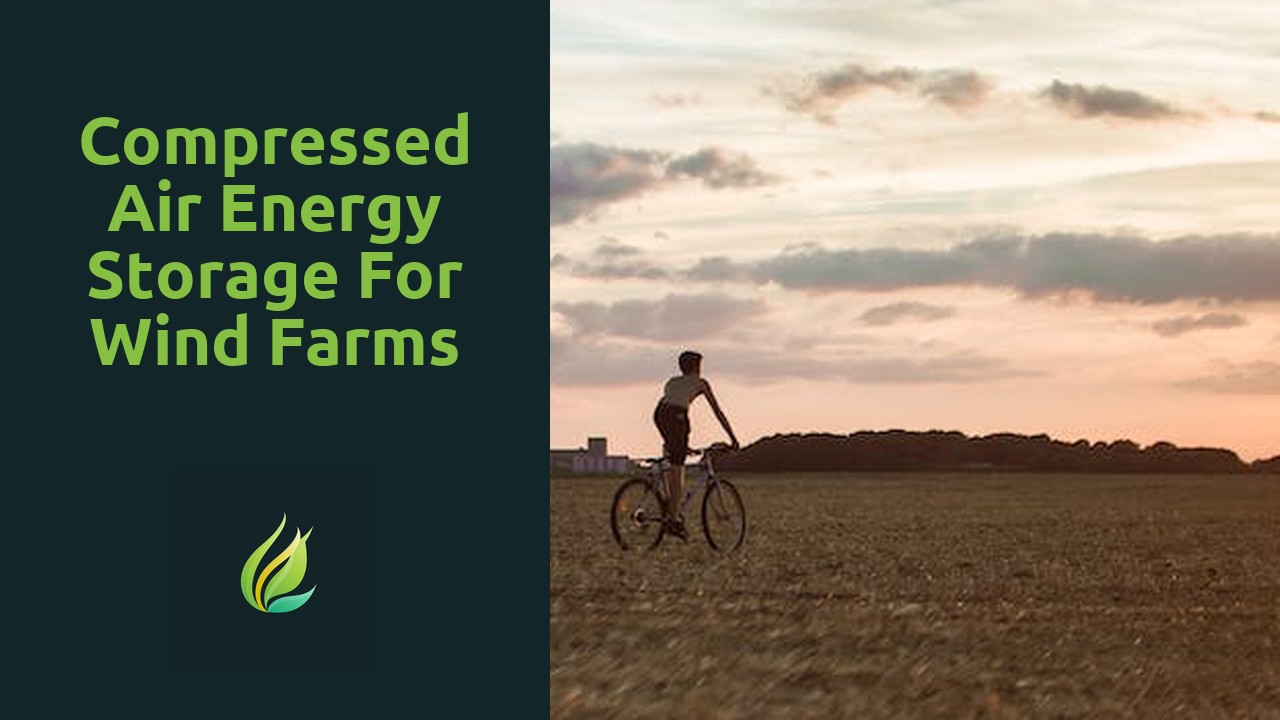
Compressed Air Energy Storage for Wind Farms
As the demand for clean and sustainable energy continues to grow, harnessing the power of wind has emerged as a promising solution. However, one of the biggest challenges with wind energy is its intermittency - the fact that wind is not a constant so...
Read more →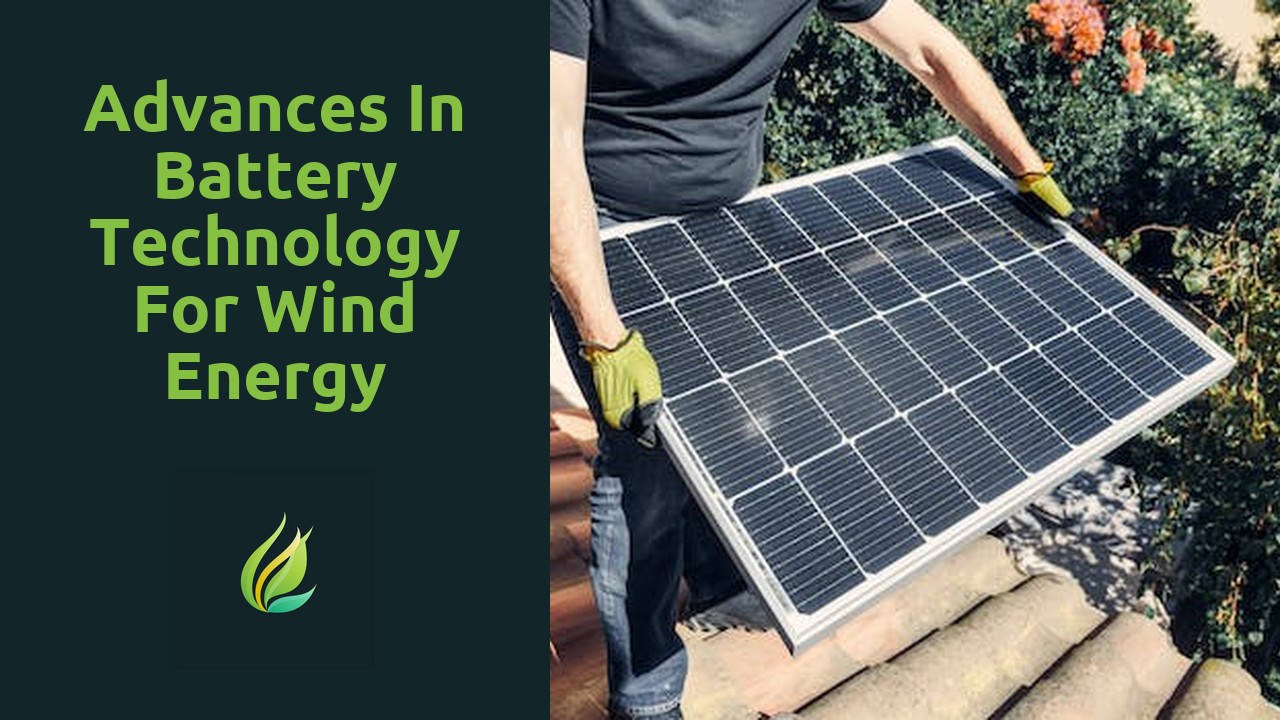
Advances in Battery Technology for Wind Energy Storage
As the demand for renewable energy continues to rise, the need for advanced battery solutions becomes increasingly crucial. Renewable energy sources such as wind and solar power are inherently intermittent, making it necessary to find effective ways ...
Read more →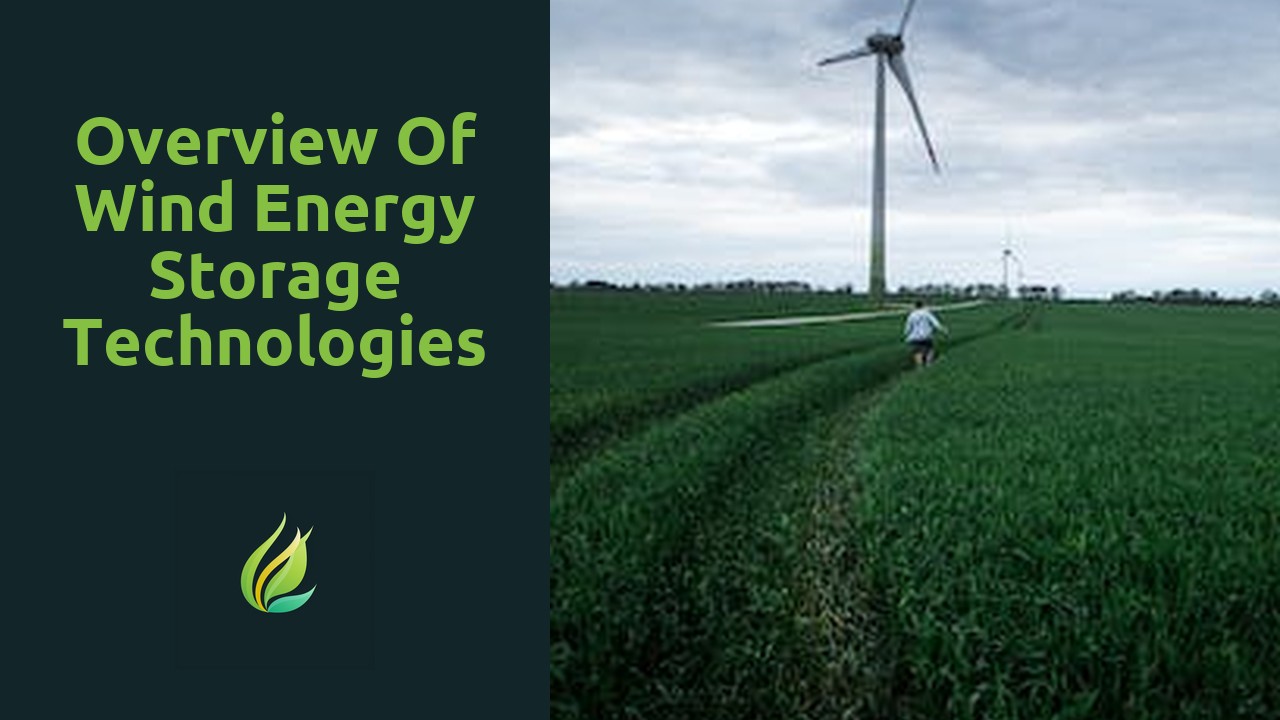
Overview of Wind Energy Storage Technologies
Wind energy has emerged as a promising alternative to traditional sources of energy. With the abundance of wind resources across the globe, harnessing this renewable source has gained significant traction in recent years. However, one of the major ch...
Read more →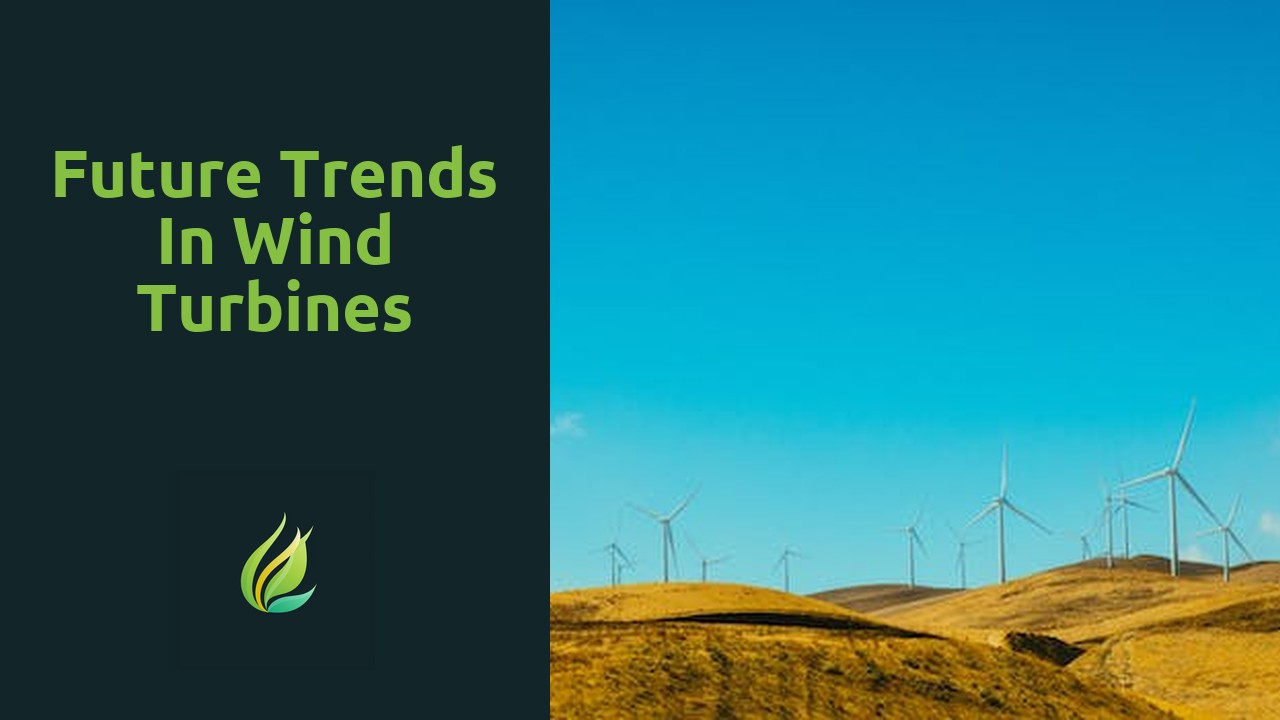
Future Trends in Wind Turbines
Advancements in technology have significantly improved the efficiency of wind turbines, making them a more viable source of clean, renewable energy. These advancements encompass various aspects of wind turbine design and operation, addressing crucial...
Read more →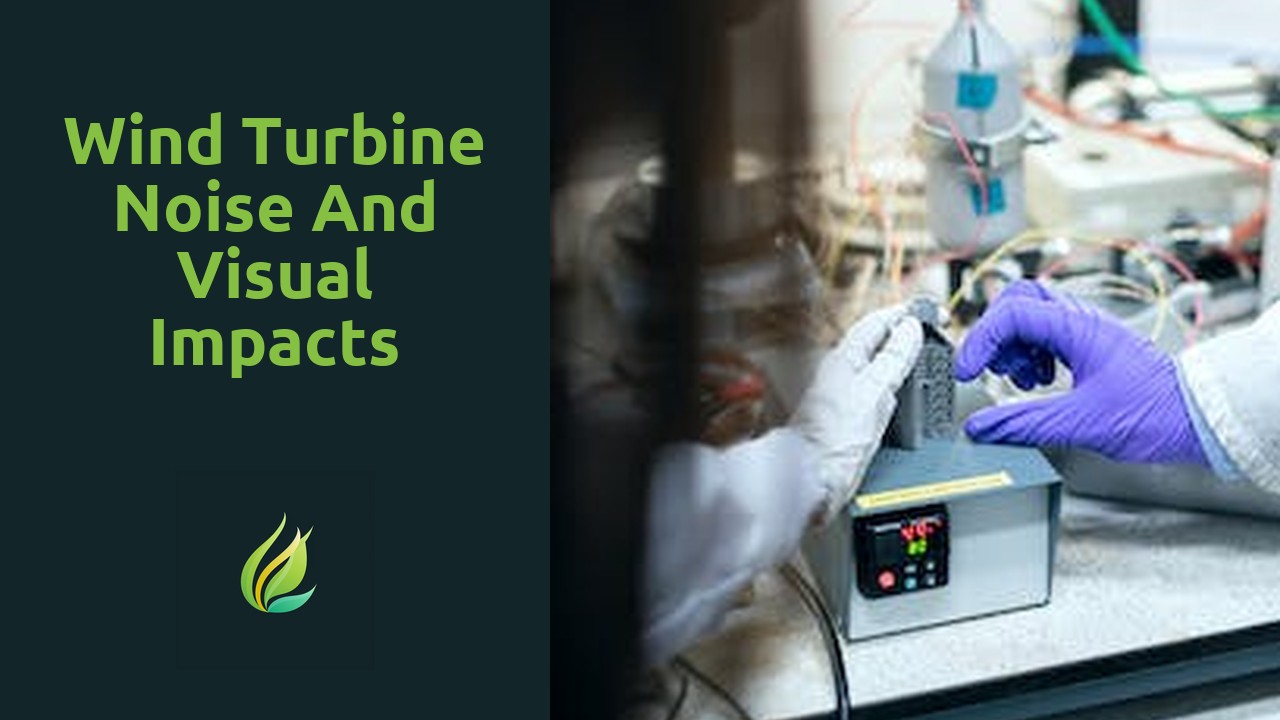
Wind Turbine Noise and Visual Impacts
Wind turbines have become a common sight in many landscapes, harnessing the power of wind to generate renewable energy. However, their presence does not come without consequences on the surrounding environments. One key impact that wind turbines have...
Read more →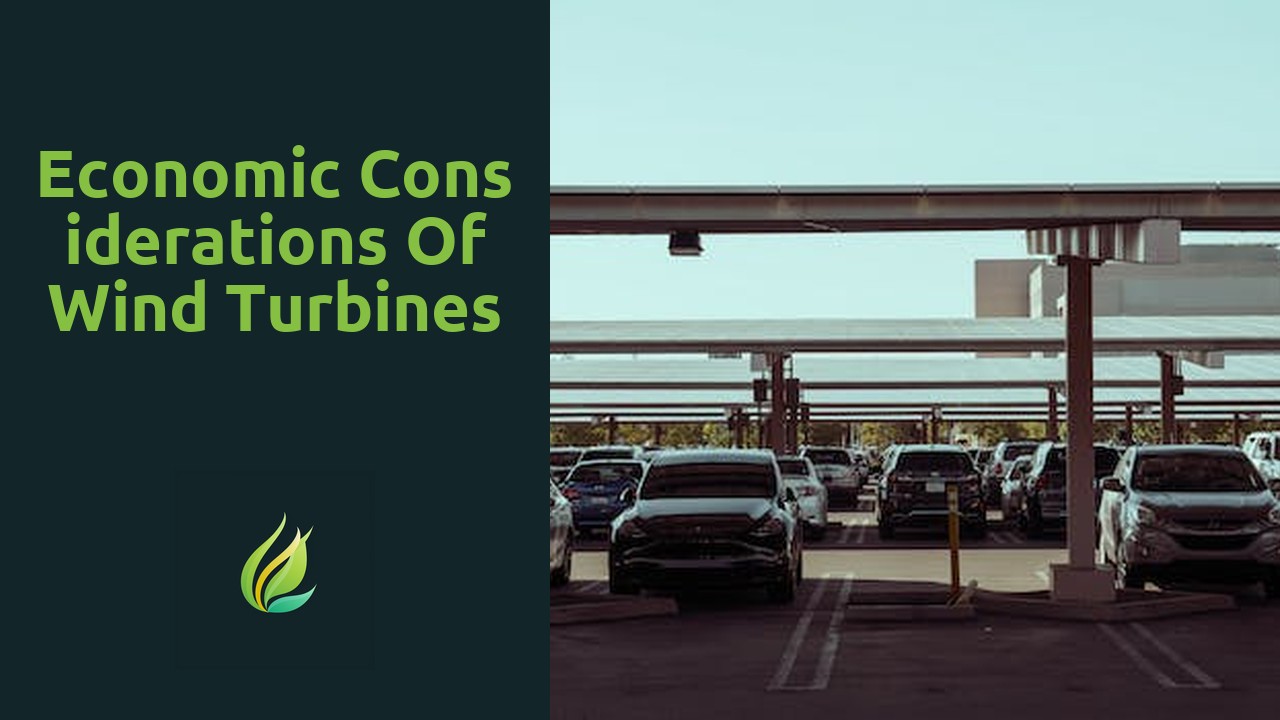
Economic Considerations of Wind Turbines
Wind turbines offer numerous advantages in energy production. Firstly, they harness the power of the wind, a renewable and abundant source of energy. Unlike fossil fuels, wind will never run out, making wind turbines a sustainable solution for meetin...
Read more →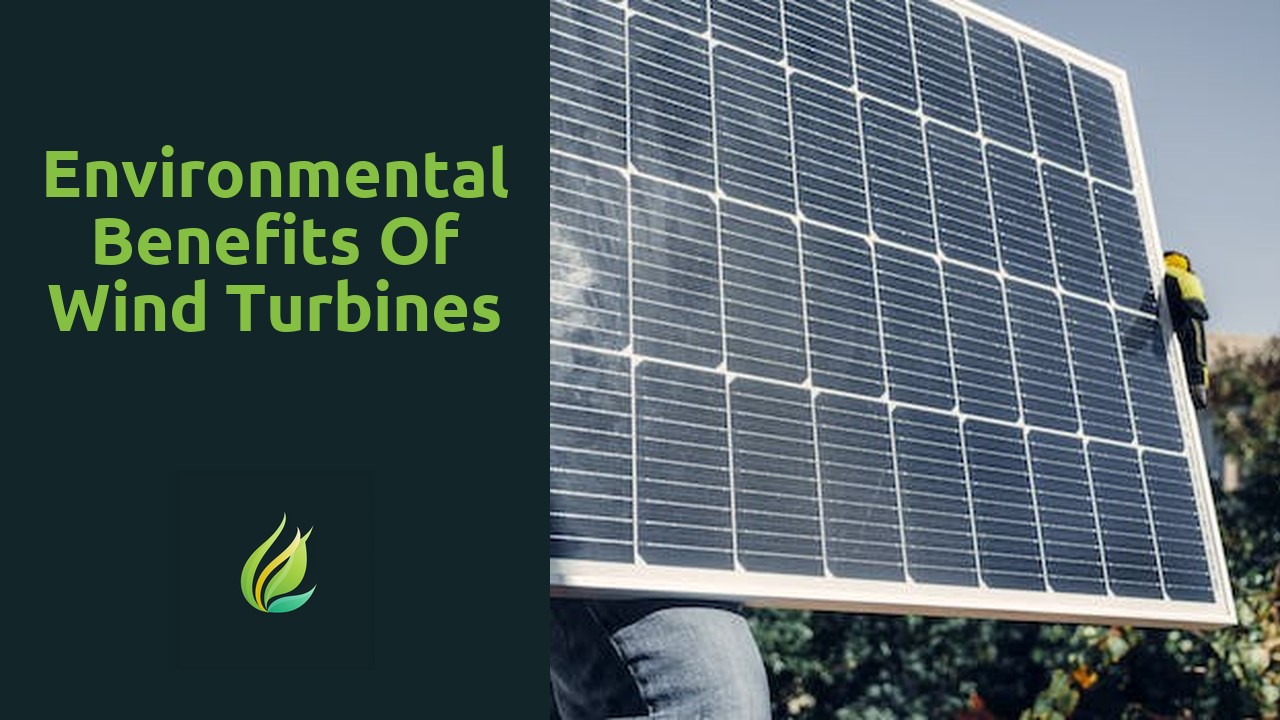
Environmental Benefits of Wind Turbines
One of the significant benefits of clean energy production is its positive impact on the environment. Traditional sources of energy, such as fossil fuels, contribute to air and water pollution, increasing the risk of respiratory illnesses and harming...
Read more →
Challenges in Wind Turbine Design
To optimize the efficiency and enhance the performance of wind turbines, it is crucial to focus on various factors that can contribute to their overall effectiveness. One important aspect is the design and configuration of the turbine blades. By care...
Read more →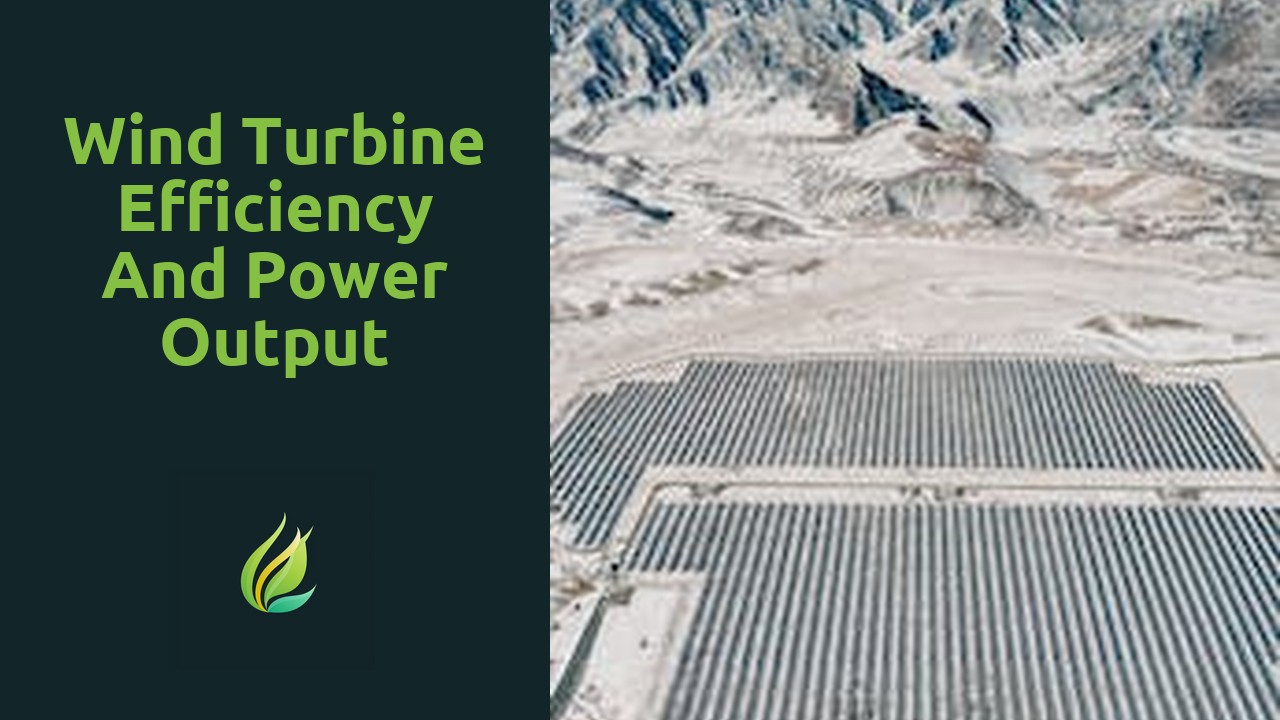
Wind Turbine Efficiency and Power Output
Wind turbines are an essential component of the renewable energy sector, generating electrical energy by harnessing the power of wind. The process begins when the wind, a clean and abundant source of energy, blows across the turbine blades. As the wi...
Read more →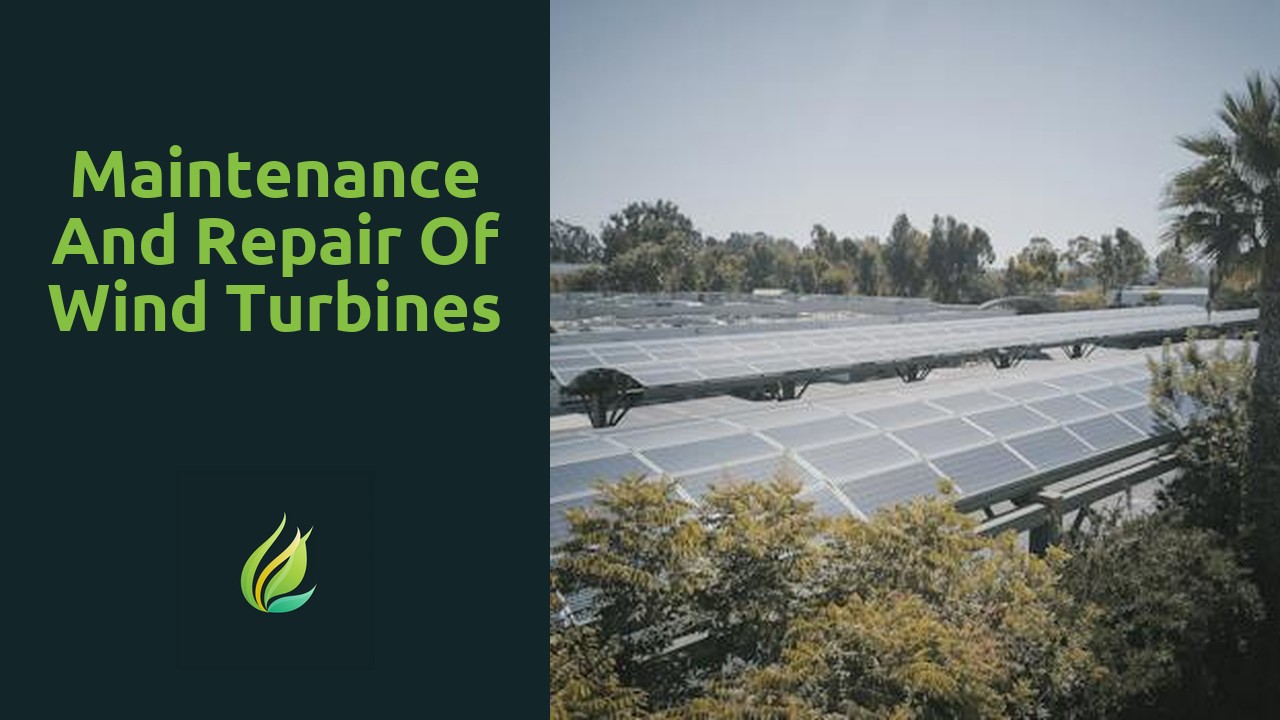
Maintenance and Repair of Wind Turbines
When it comes to wind turbine performance, there are several common issues that can arise, affecting the overall functionality and efficiency of these renewable energy systems. One of the main issues is the accumulation of dirt and debris on the turb...
Read more →
Advances in Wind Turbine Technology
Wind turbine technology has come a long way since its humble beginnings. From the iconic windmills of centuries past to the sleek and efficient turbines of today, engineers and scientists continue to push the boundaries of what is possible. Harnessin...
Read more →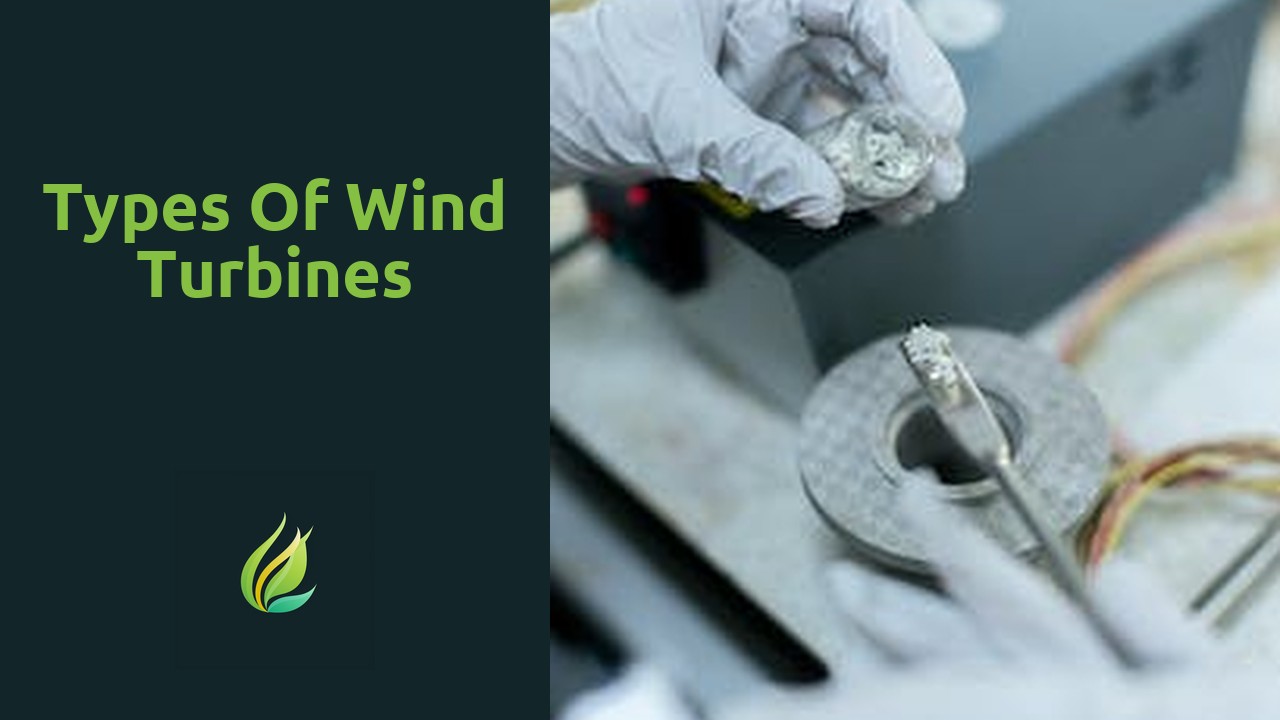
Types of Wind Turbines
Horizontal axis wind turbines (HAWTs) have rapidly gained popularity in the renewable energy industry due to their ability to harness the power of the wind efficiently. These turbines typically consist of a tall tower with large blades attached to a ...
Read more →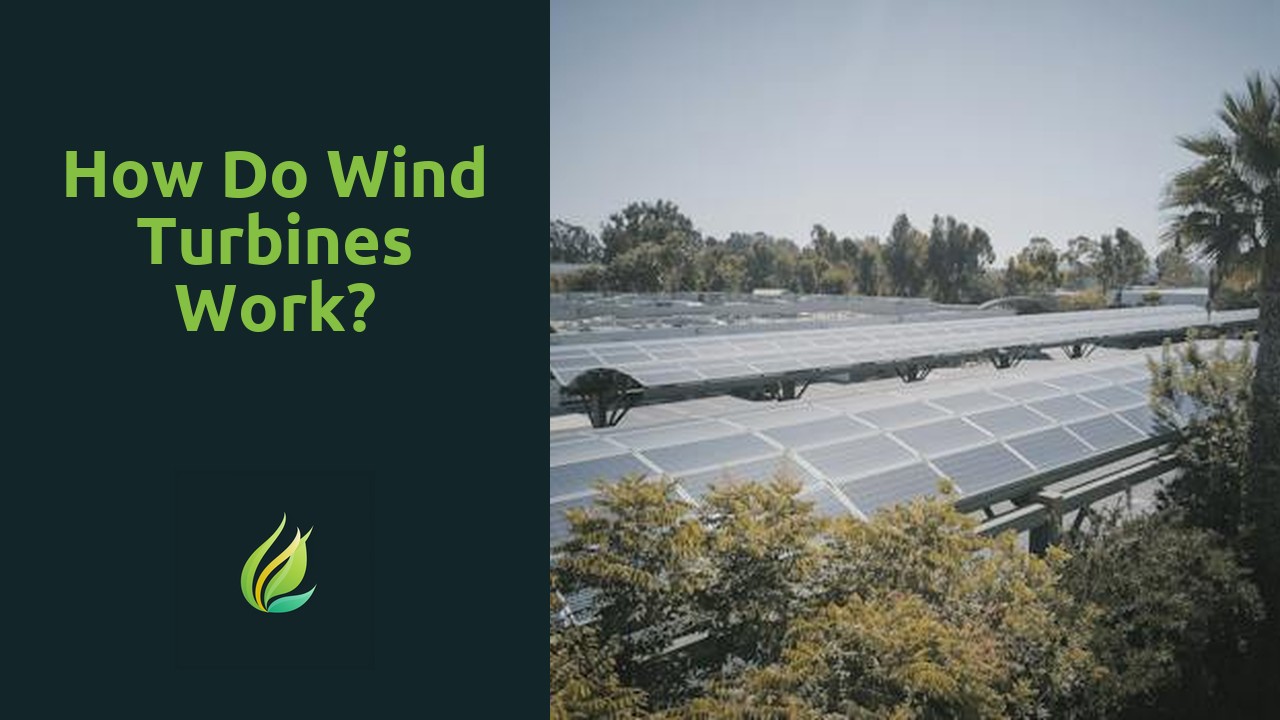
How do Wind Turbines Work?
Harnessing wind energy is a remarkable feat of science and engineering. It involves the conversion of kinetic energy from the wind into usable electrical power. This process relies on a fundamental principle: the force exerted by the wind on the blad...
Read more →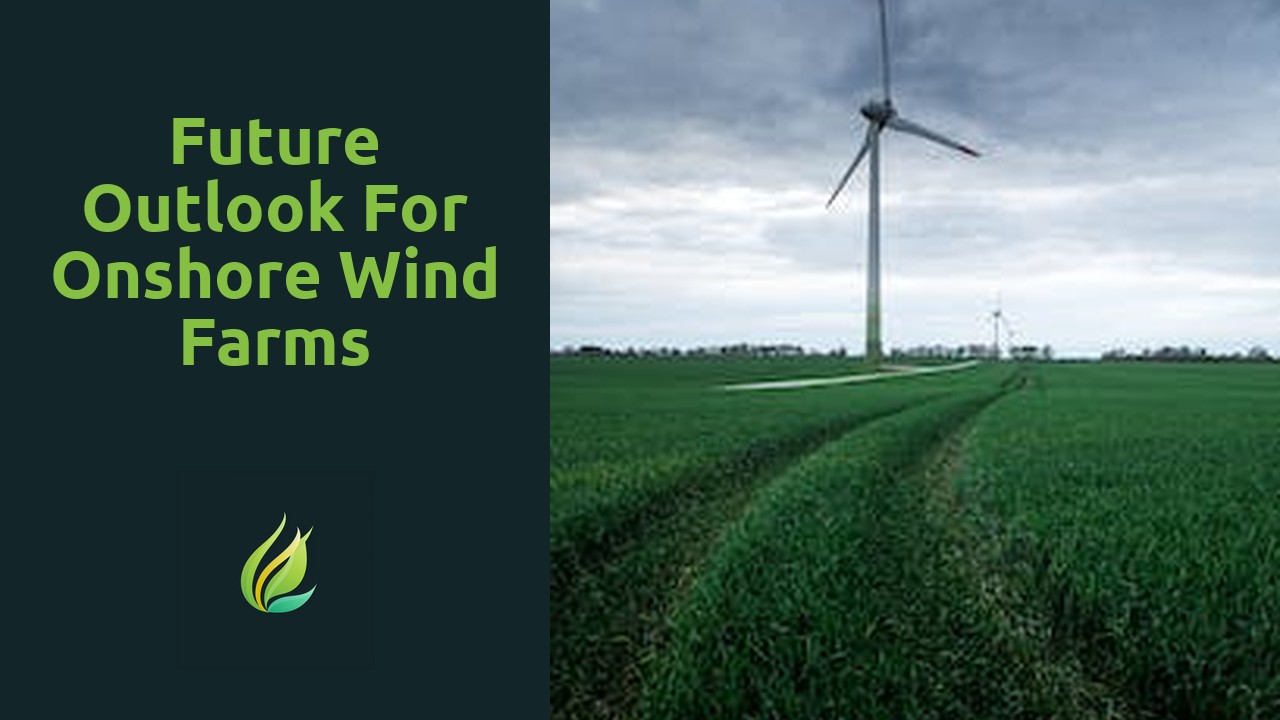
Future Outlook for Onshore Wind Farms
Onshore wind farms are not without their fair share of challenges. One of the key obstacles faced by these renewable energy projects is the issue of land availability. To generate a significant amount of electricity, wind farm developers require expa...
Read more →
Onshore Wind Farm Economics and Financing
Onshore wind farms have become increasingly prevalent in recent years, and their economic impact cannot be overlooked. One of the main benefits of onshore wind farms is the creation of employment opportunities. From the construction phase to the ongo...
Read more →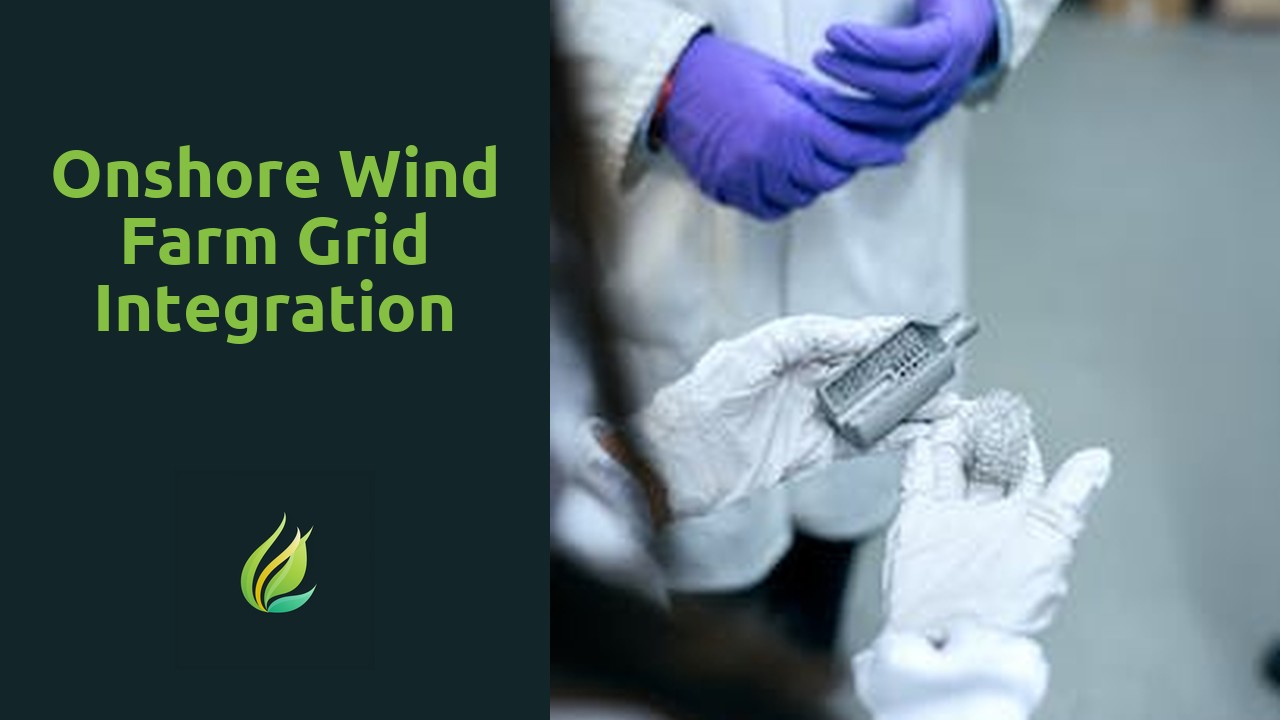
Onshore Wind Farm Grid Integration
Wind farms are an increasingly popular source of renewable energy, harnessing the power of the wind to generate electricity. However, before we can fully understand the connection between wind farms and the electrical grid, it's important to grasp th...
Read more →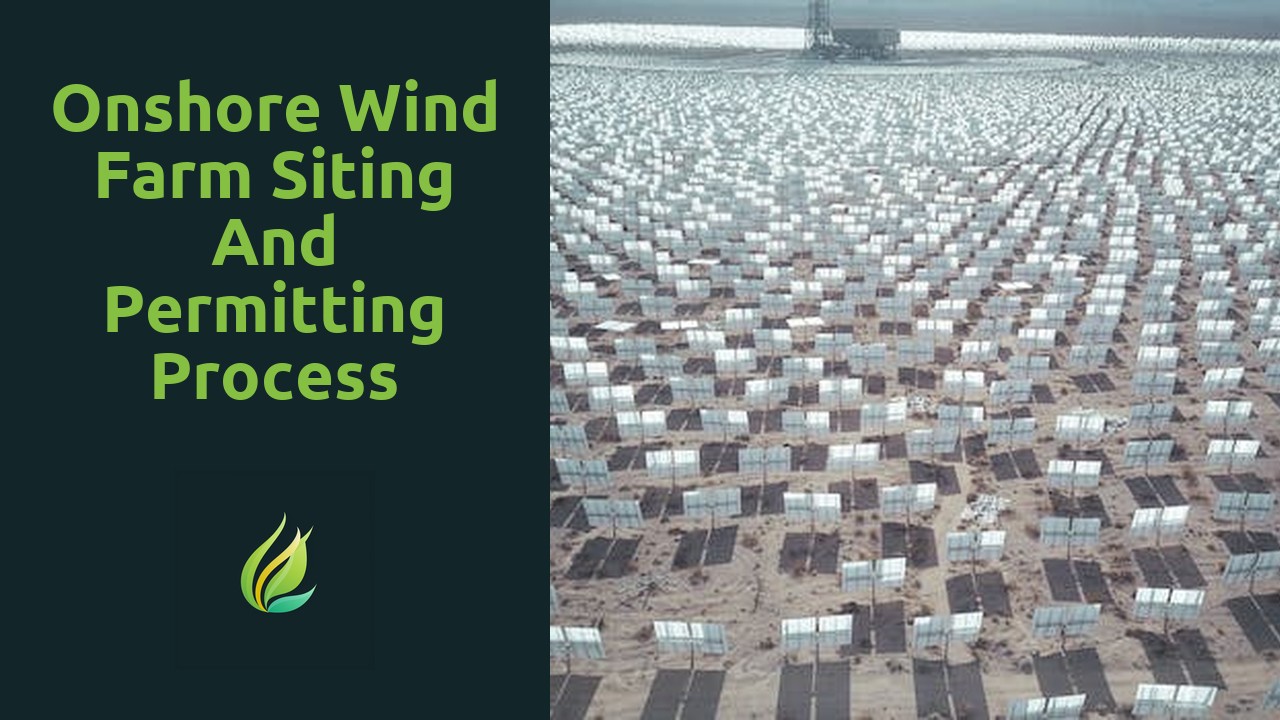
Onshore Wind Farm Siting and Permitting Process
Wind power generation has gained significant attention in recent years due to its numerous advantages and contributions to sustainable energy production. As a renewable energy source, wind power plays a crucial role in reducing greenhouse gas emissio...
Read more →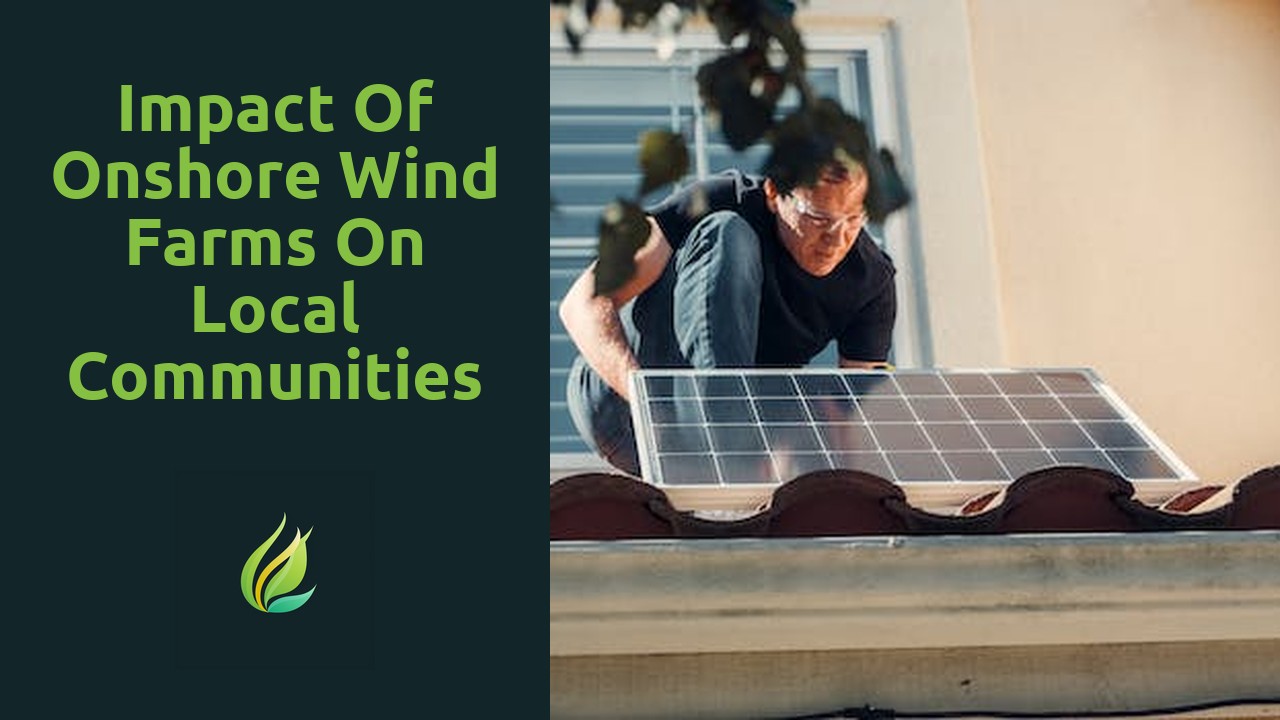
Impact of Onshore Wind Farms on Local Communities
Onshore wind farms have become increasingly prevalent in many communities around the world. These towering turbines harness the power of the wind to generate clean, renewable energy. However, the relationship between onshore wind farms and local comm...
Read more →
Onshore Wind Farm Operations and Maintenance
Regular inspections are crucial for maintaining wind turbines in optimal condition. These inspections play a vital role in identifying and addressing any potential issues that may impact the performance and longevity of the turbines. By regularly ass...
Read more →
Challenges and Solutions in Onshore Wind Farm Development
The search for suitable locations for onshore wind farm development is an intricate process that requires careful consideration of various factors. One of the key determinants is the availability of consistent wind resources. Wind speed and direction...
Read more →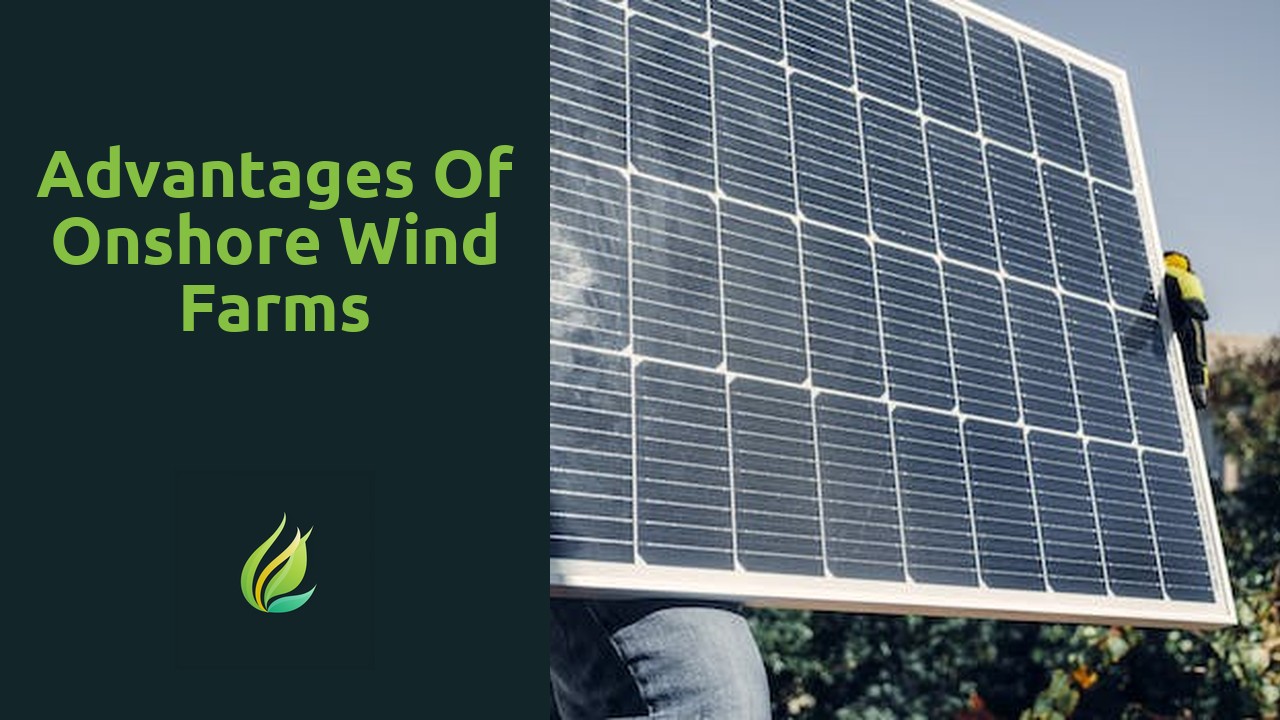
Advantages of Onshore Wind Farms
As the world continues to grapple with the challenges of climate change and depleting fossil fuel resources, the importance of harnessing renewable energy sources cannot be overstated. With the potential to provide sustainable and clean power, renewa...
Read more →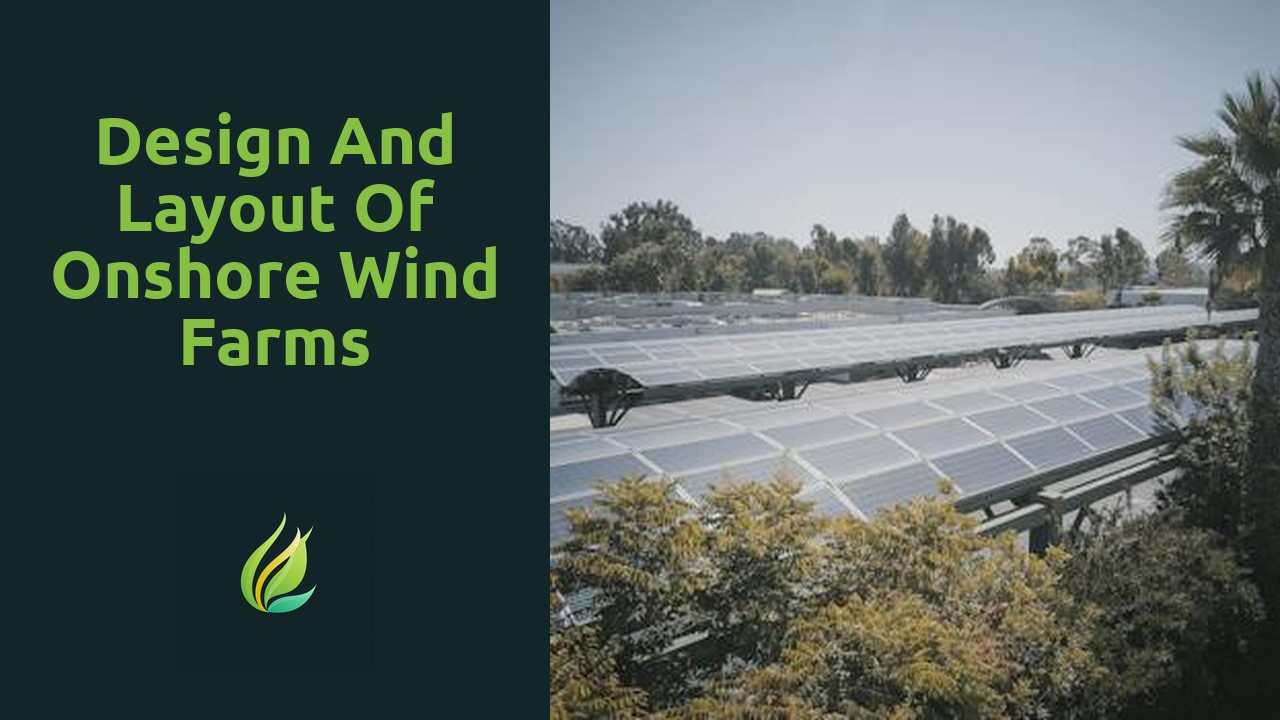
Design and Layout of Onshore Wind Farms
Wind farm design and layout play a crucial role in enhancing the efficiency and productivity of onshore wind farms. The way in which wind turbines are positioned and arranged can significantly impact their performance and overall energy generation. B...
Read more →
Basics of Onshore Wind Farms
As the world continually seeks sustainable energy sources, wind energy has emerged as a promising option. Harnessing the power of nature, wind energy offers a clean and renewable alternative to traditional fossil fuels. Wind turbines, strategically p...
Read more →
Future Trends in Offshore Wind Farm Technology
Smart grid integration is a crucial aspect of enhancing grid stability and enabling efficient power transmission from offshore wind farms. With the increasing reliance on renewable energy sources, such as offshore wind, the integration with smart gri...
Read more →
Offshore Wind Farm Grid Connection
Offshore wind farms are generating a lot of buzz in the renewable energy sector due to their vast potential to harness the power of the sea. These innovative projects are designed to capture the strong and consistent winds that blow over the open wat...
Read more →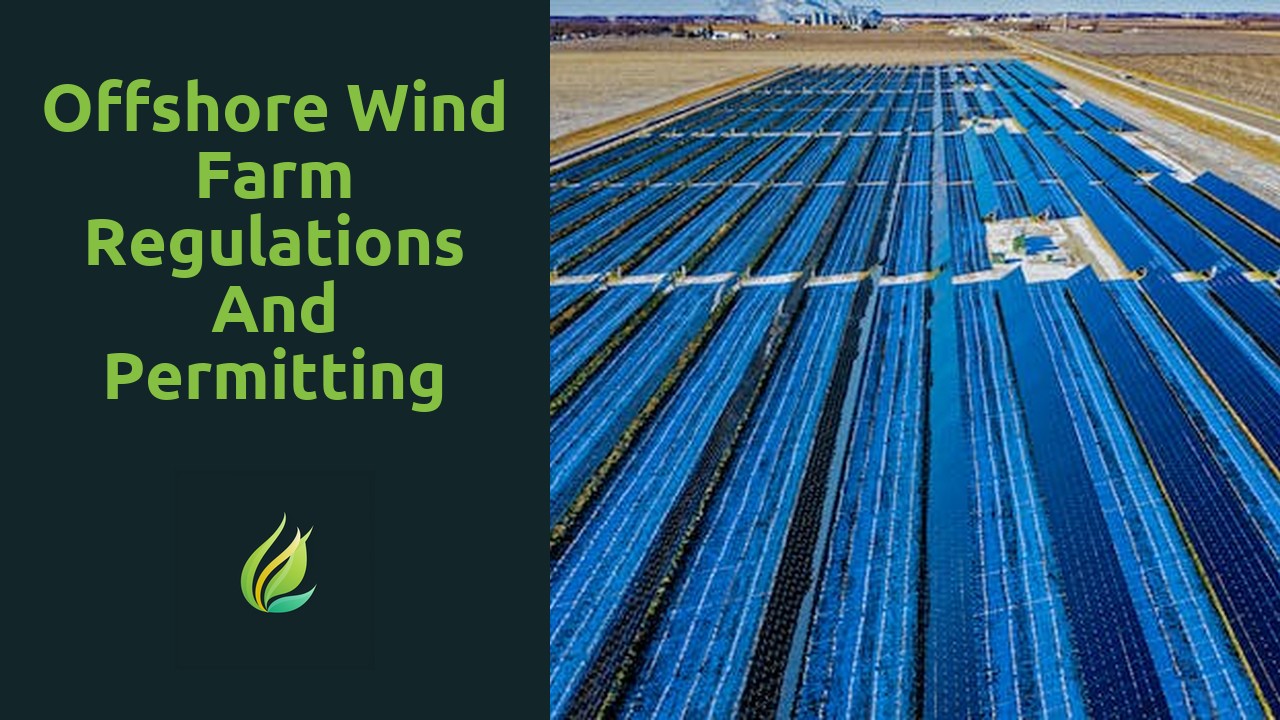
Offshore Wind Farm Regulations and Permitting
Offshore wind farms are subject to a complex legal framework that encompasses various laws, policies, and regulations. These regulations govern not only the establishment, but also the operation of these renewable energy projects. The overarching goa...
Read more →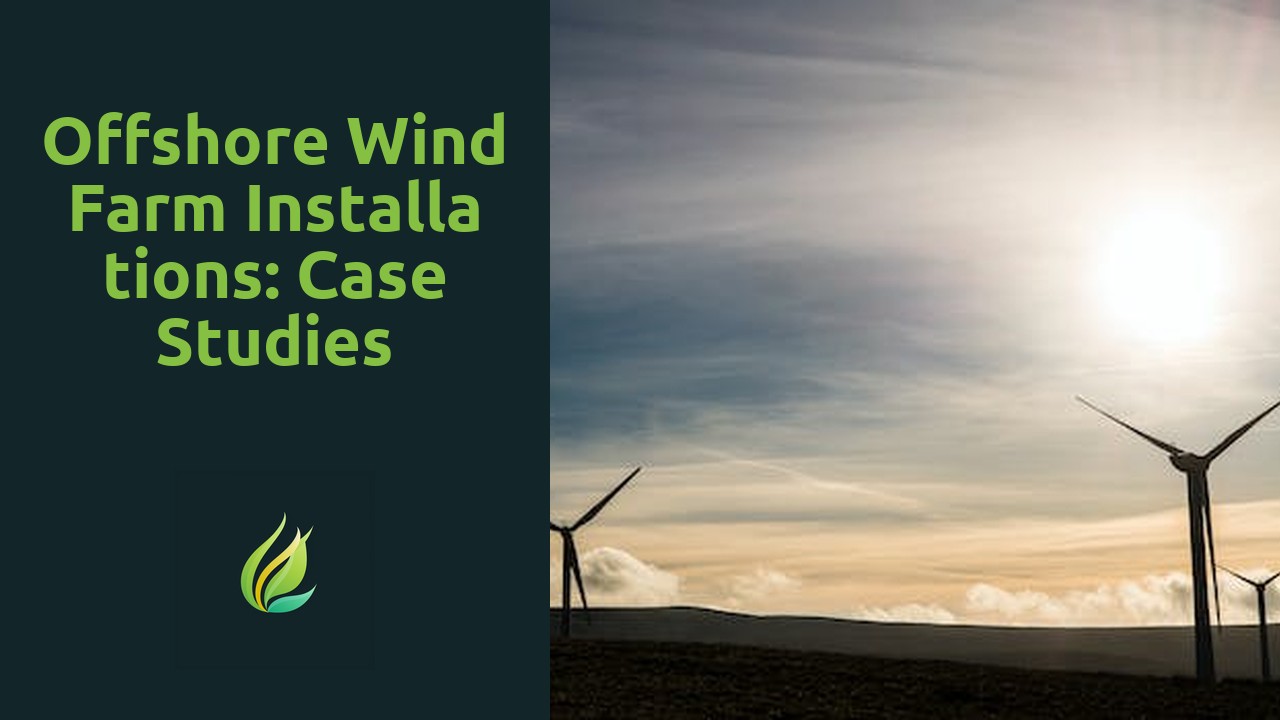
Offshore Wind Farm Installations: Case Studies
Offshore wind farm installations have gained significant traction over the years as a sustainable solution to meet the increasing global demand for clean energy. These installations involve the construction of wind turbines in bodies of water, typica...
Read more →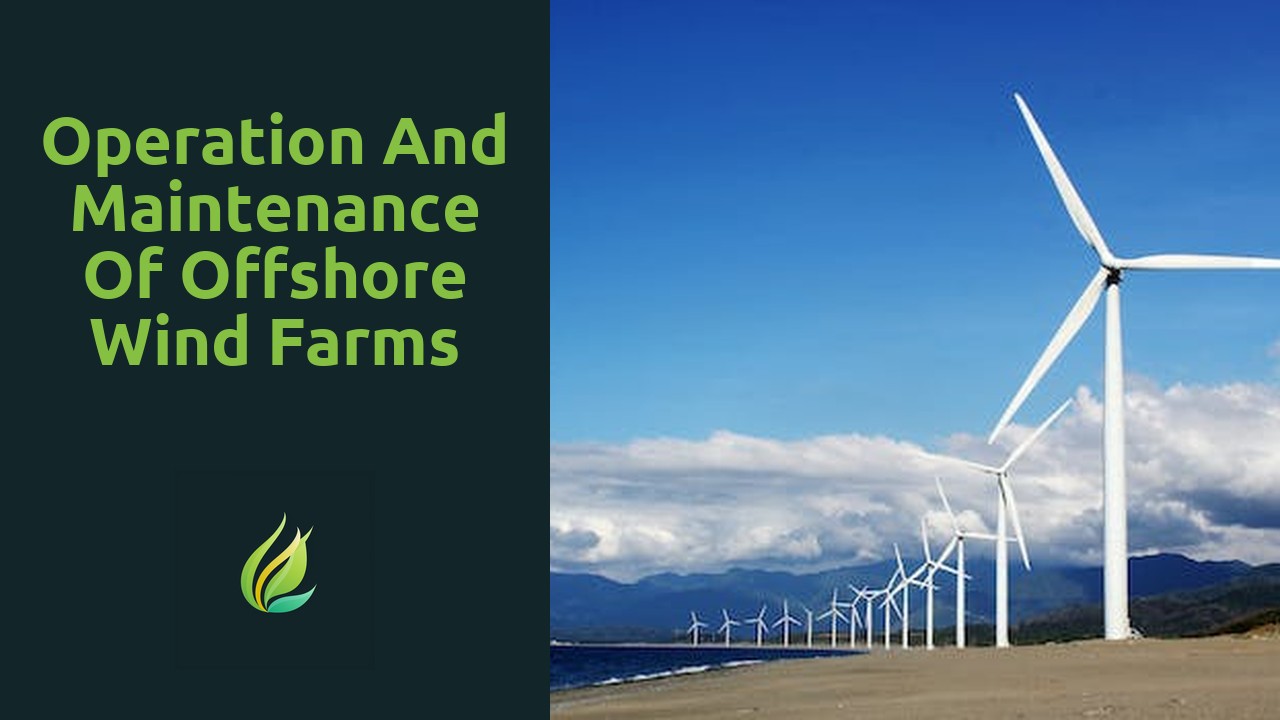
Operation and Maintenance of Offshore Wind Farms
Regular inspections and maintenance play a crucial role in ensuring the optimal performance of offshore wind farms. These proactive measures are essential for identifying and addressing any potential issues before they escalate into major problems. B...
Read more →
Planning and Design Considerations for Offshore Wind Farms
Offshore wind farm location selection poses unique challenges due to several factors that need to be considered. One of the primary challenges is finding a suitable area with consistent and strong wind resources. Understanding the wind patterns and s...
Read more →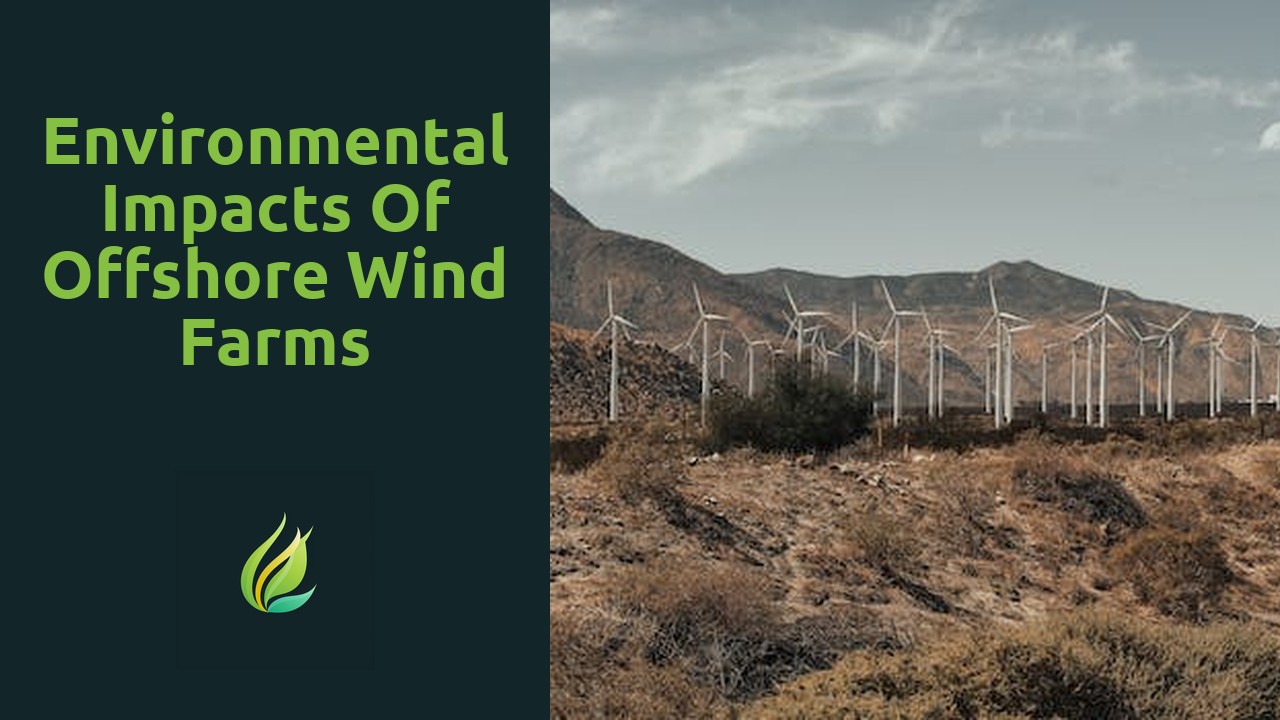
Environmental Impacts of Offshore Wind Farms
Offshore wind farms have the potential to significantly impact marine ecosystems and the species that rely on them. One of the main concerns is the disruption of migratory patterns. Many marine species, such as whales and dolphins, rely on specific m...
Read more →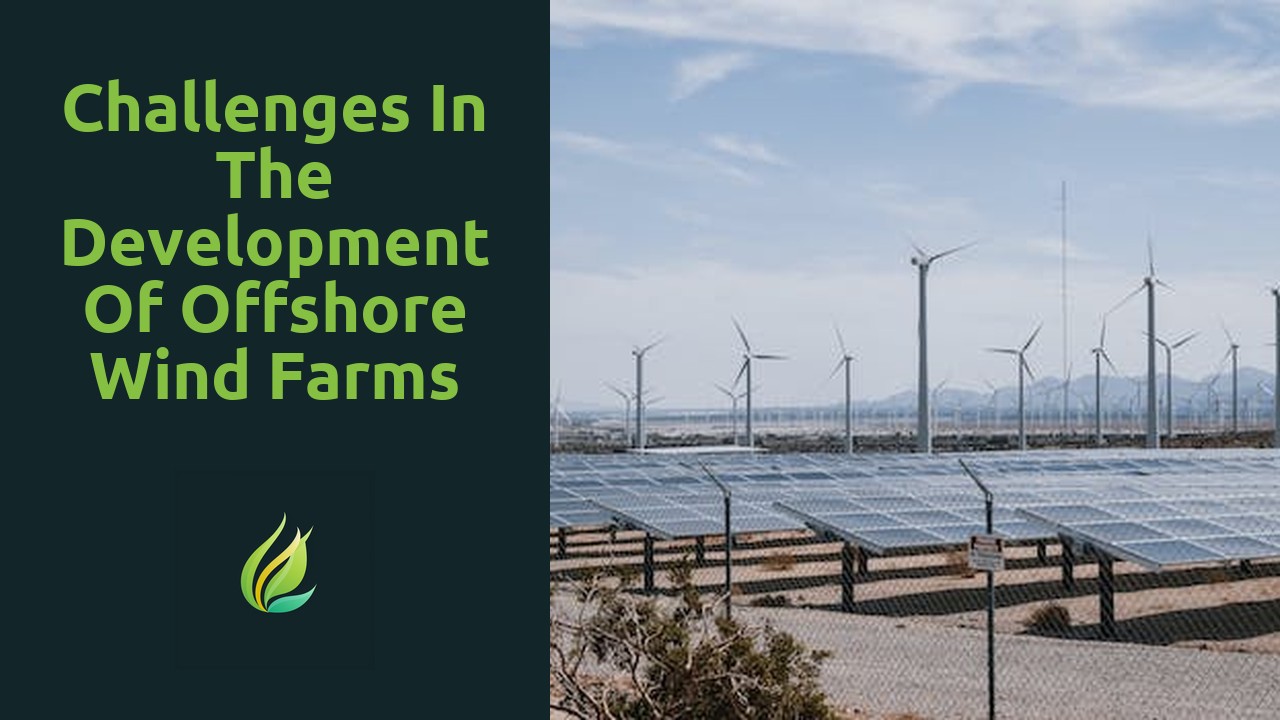
Challenges in the Development of Offshore Wind Farms
Offshore wind farms have gained significant attention as a renewable energy source, but their potential environmental impacts cannot be overlooked. Analyzing the effects of these projects on marine ecosystems, bird migration patterns, and other envir...
Read more →
Advantages of Offshore Wind Farms
Offshore wind farms serve as an essential component in our quest for harnessing renewable energy. With sustainability at the forefront, they offer a clean source of power while actively reducing our reliance on fossil fuels. By tapping into the power...
Read more →
Overview of Offshore Wind Farms
The evolution of wind energy has witnessed a significant shift from land-based to offshore installations. While land-based wind farms have been the traditional choice for harnessing wind power, advancements in technology and a drive for more efficien...
Read more →
Future Trends in Solar Energy Storage
Battery technologies have been progressing rapidly in recent years, leading to significant advancements in solar energy storage. The development of lithium-ion batteries has played a crucial role in improving the efficiency and reliability of solar e...
Read more →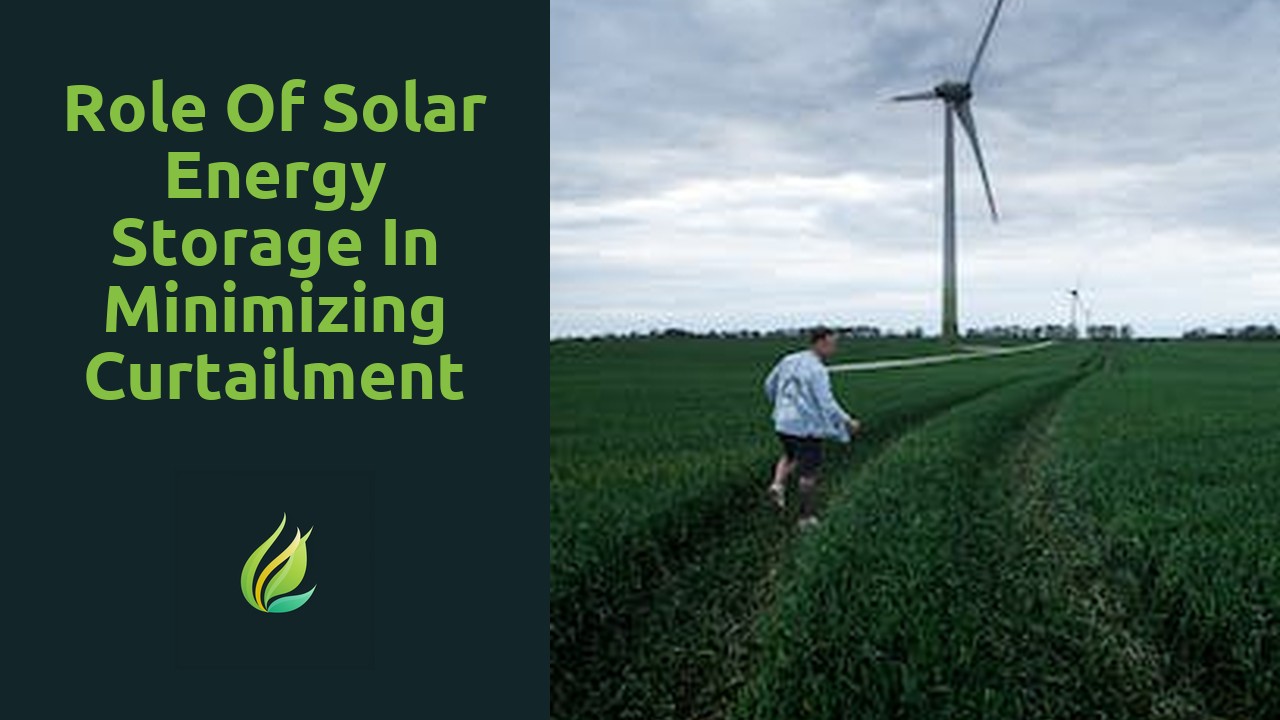
Role of Solar Energy Storage in Minimizing Curtailment of Solar Power
Solar power has witnessed a rapid expansion in recent years, emerging as one of the key players in the renewable energy sector. However, along with its growth, a new challenge has emerged: solar power curtailment. This issue occurs when the amount of...
Read more →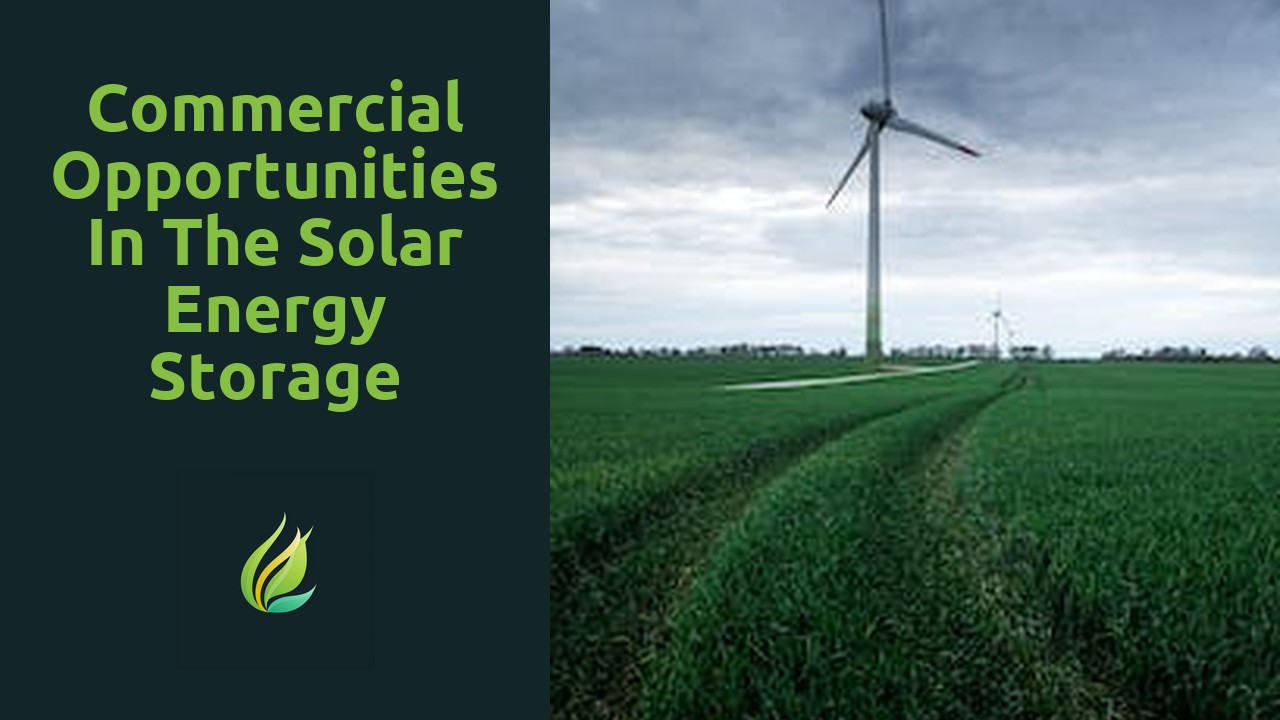
Commercial Opportunities in the Solar Energy Storage Market
As the demand for renewable energy continues to rise, so does the need for effective energy storage solutions. Solar energy holds great potential as a clean and abundant source of power, but its intermittent nature poses a challenge for stable and re...
Read more →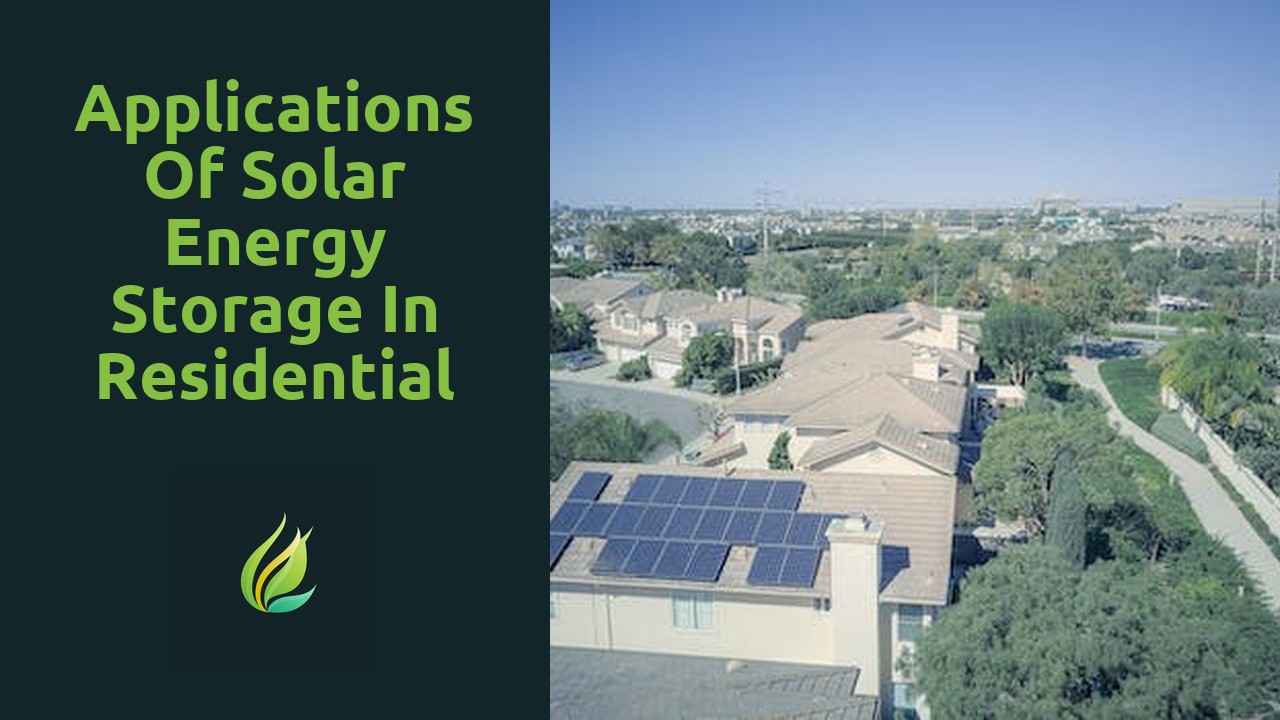
Applications of Solar Energy Storage in Residential Sector
Solar energy storage systems offer homeowners an effective way to reduce their reliance on the electrical grid and achieve significant cost savings on their monthly electricity bills. By harnessing the power of the sun and storing excess energy gener...
Read more →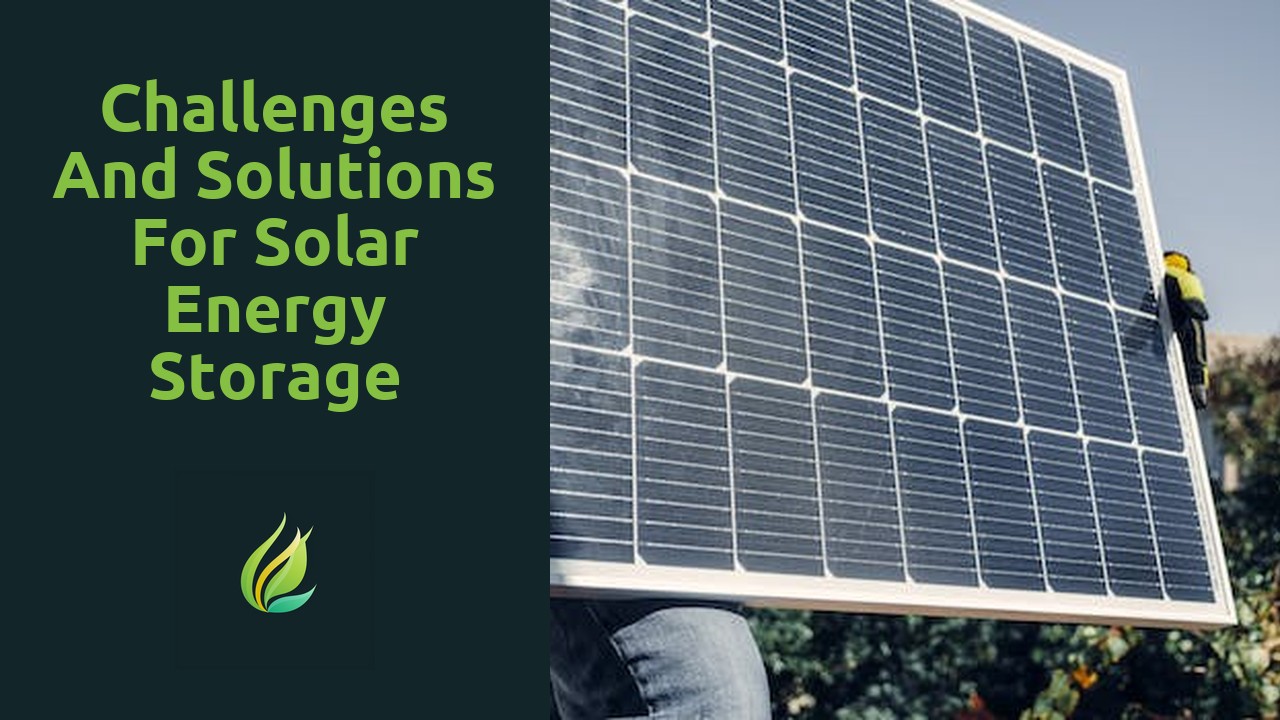
Challenges and Solutions for Solar Energy Storage
As the global demand for renewable energy continues to rise, so does the need for effective solutions to store the energy produced. Solar energy is a popular choice for clean and sustainable power generation, but its intermittent nature poses a chall...
Read more →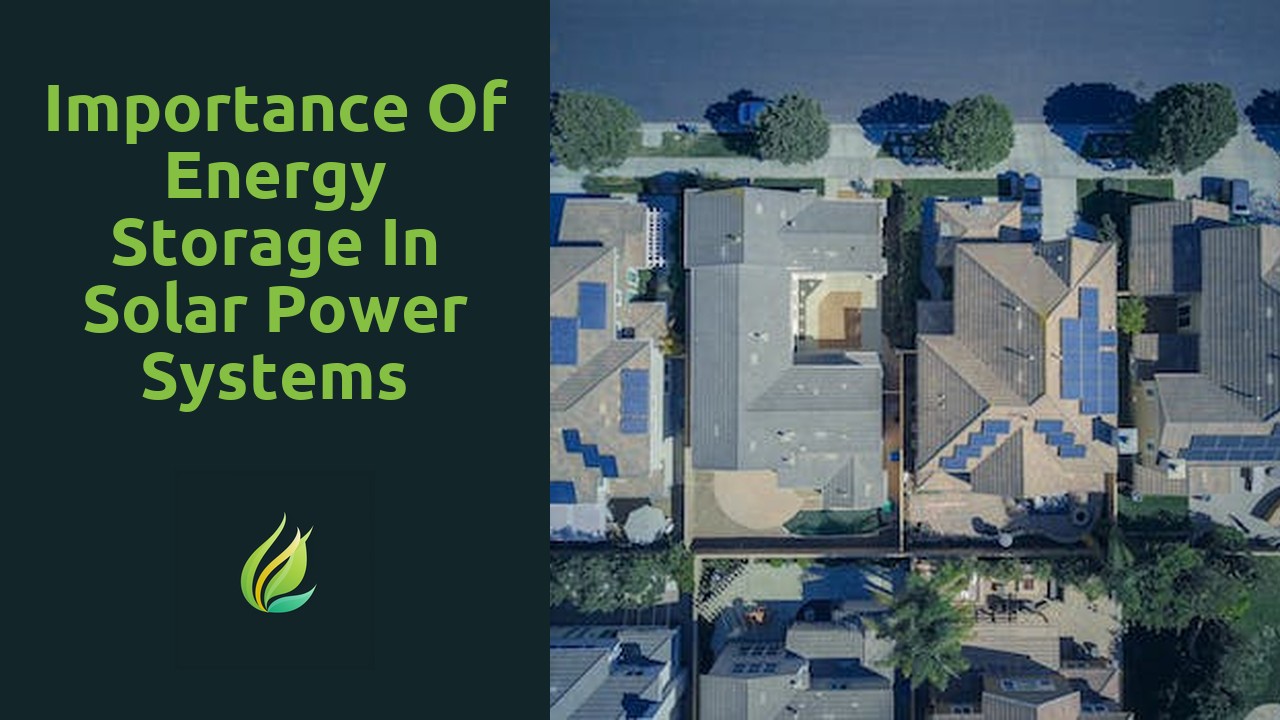
Importance of Energy Storage in Solar Power Systems
Harnessing the power of the sun is a concept that has fascinated scientists and engineers for decades. The idea of capturing the seemingly infinite energy radiated by our sun and converting it into a usable form has long been seen as the ultimate sol...
Read more →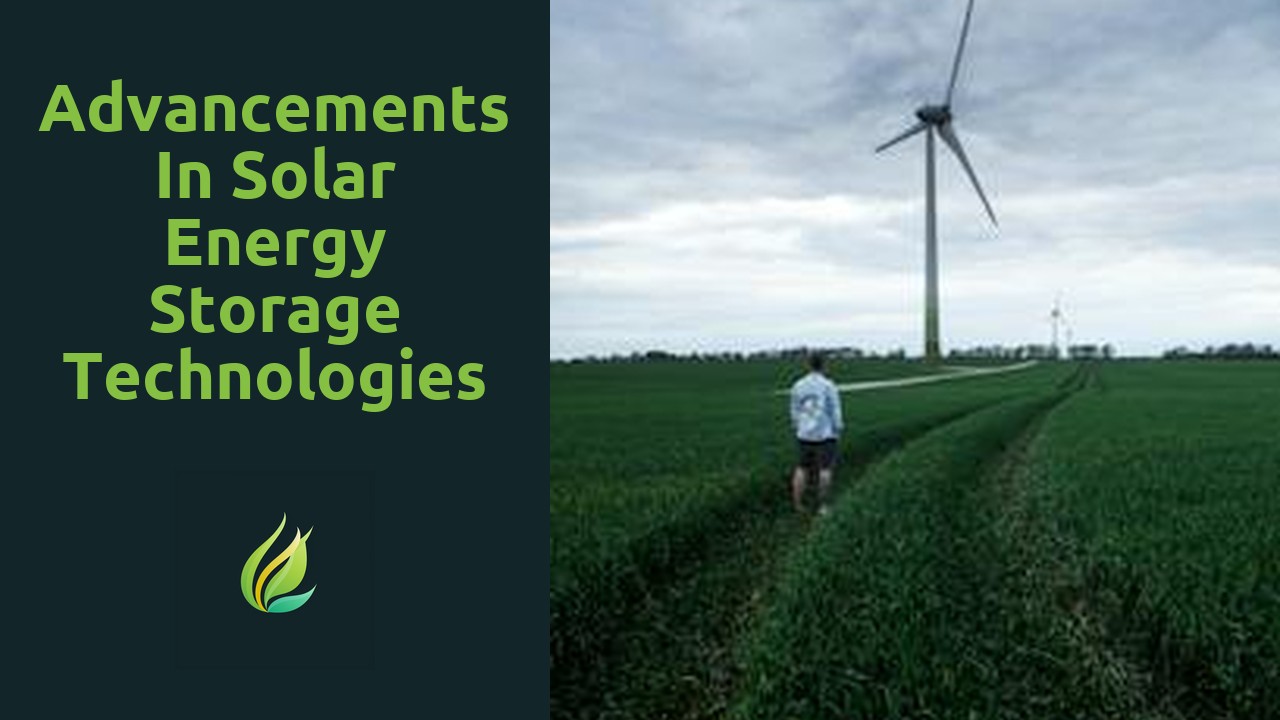
Advancements in Solar Energy Storage Technologies
In recent years, the world has witnessed a remarkable evolution in the field of solar energy storage. As solar power continues to gain prominence as a renewable energy source, the need for efficient and cost-effective storage solutions has become inc...
Read more →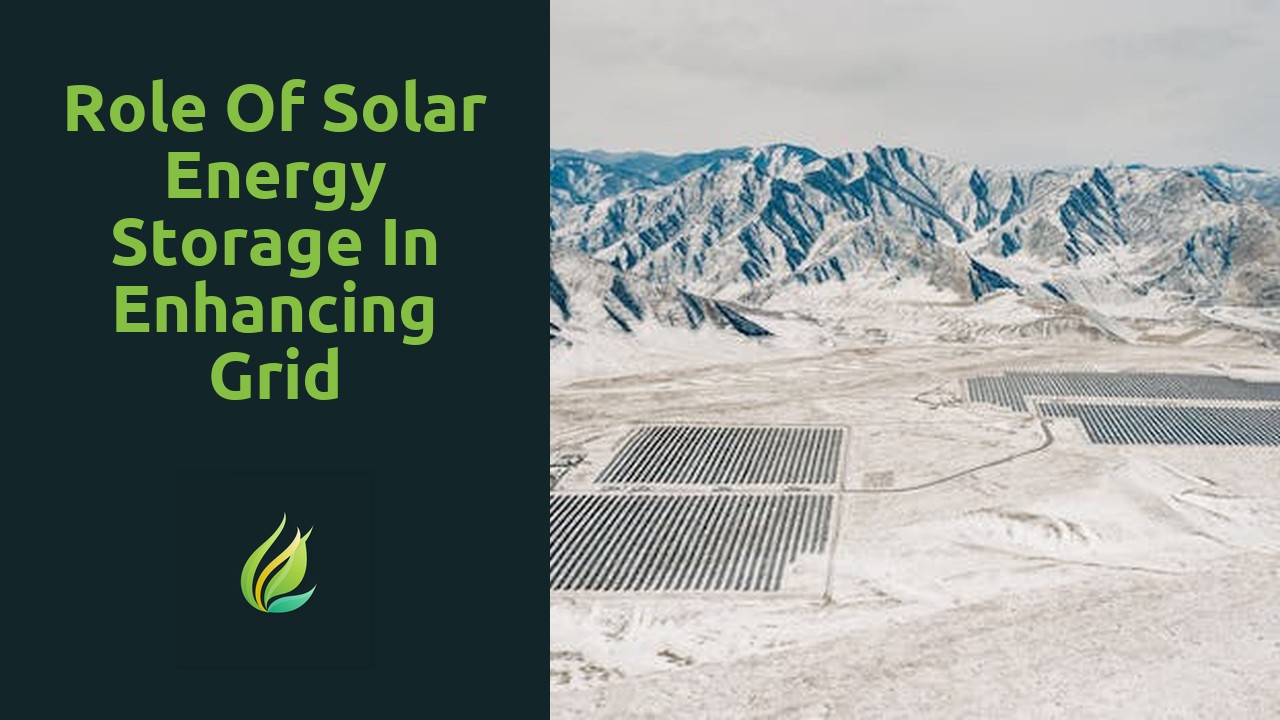
Role of Solar Energy Storage in Enhancing Grid Stability
Solar energy storage plays a crucial role in ensuring grid stability. As renewable energy sources, such as solar power, become increasingly integrated into the grid, the need for a reliable storage system becomes paramount. Solar energy is intermitte...
Read more →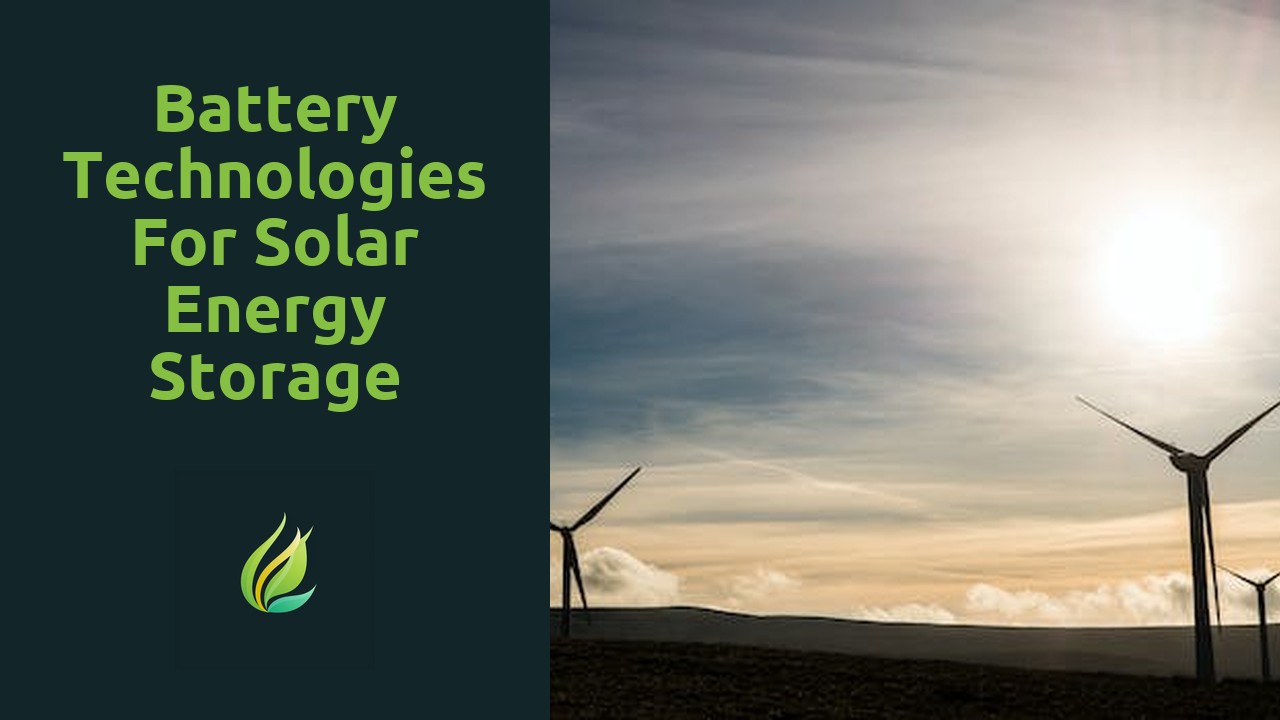
Battery Technologies for Solar Energy Storage
As the world continues to shift towards a greener future, the role of battery technologies in harnessing renewable energy has become increasingly crucial. Batteries not only serve as a means of storing excess renewable energy, but they also provide a...
Read more →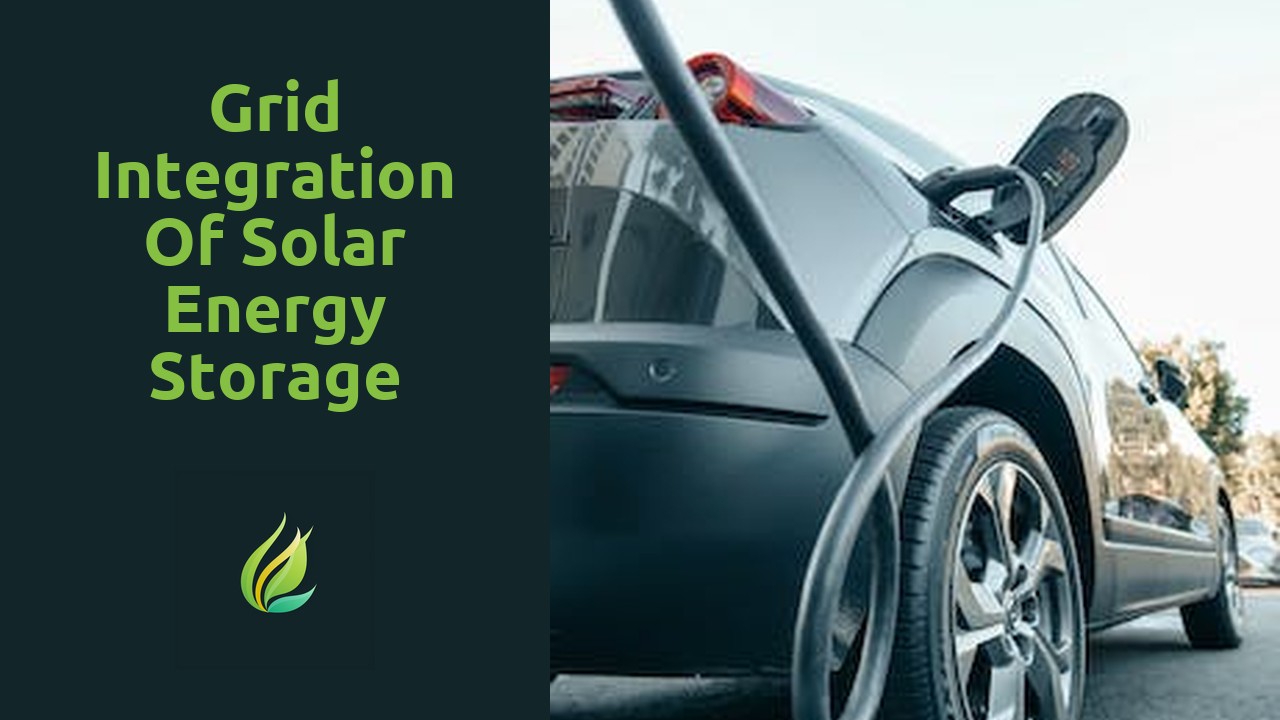
Grid Integration of Solar Energy Storage Systems
As the demand for renewable energy continues to grow, the need for grid integration of solar energy storage systems has become increasingly apparent. Solar energy, with its abundance and sustainability, is seen as a viable solution to reduce our depe...
Read more →
Future Trends in Solar Water Heating Technology
The concept of using sunlight to heat water dates back centuries, with ancient civilizations finding creative ways to harness solar energy. It wasn't until the mid-18th century, however, that the first known solar water heating system was developed. ...
Read more →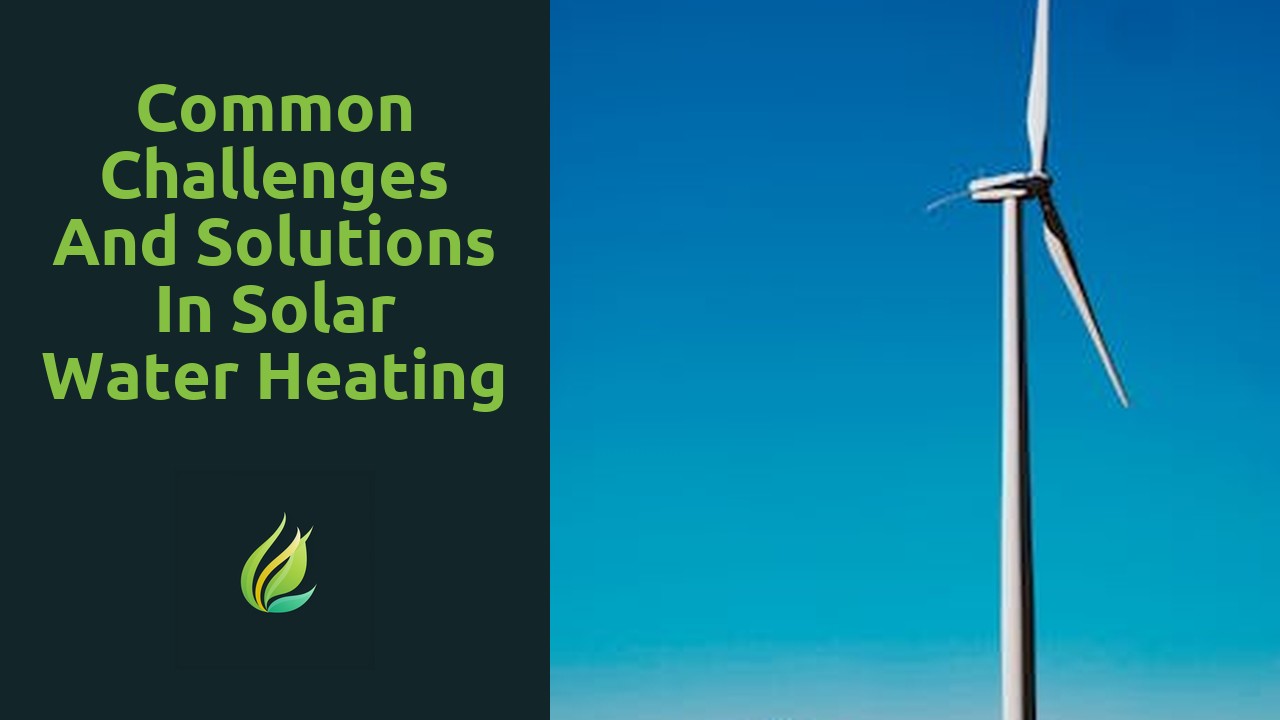
Common Challenges and Solutions in Solar Water Heating Systems
Solar water heating systems are a sustainable and cost-effective solution for meeting hot water demands in residential and commercial buildings. These systems utilize the sun's energy to heat up water, reducing dependency on traditional fossil fuel-b...
Read more →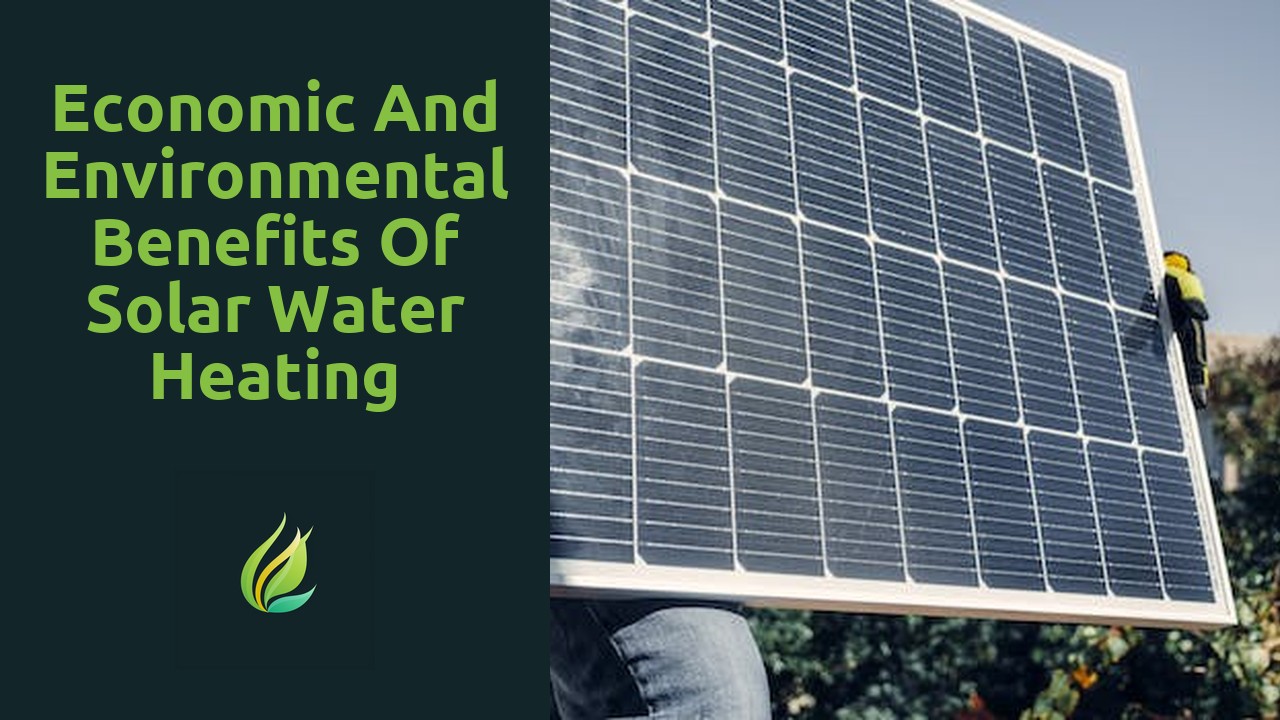
Economic and Environmental Benefits of Solar Water Heating Systems
Solar water heating systems provide an excellent opportunity for homeowners to save money on their energy bills. By harnessing the power of the sun, these systems can significantly reduce the amount of electricity or gas needed to heat water for dail...
Read more →
Case Studies: Successful Implementation of Solar Water Heating Systems
The potential of solar water heating systems is vast and promising. With advancements in technology and growing concerns about the environment, more and more people are exploring the benefits of harnessing solar energy to heat water. Solar water heat...
Read more →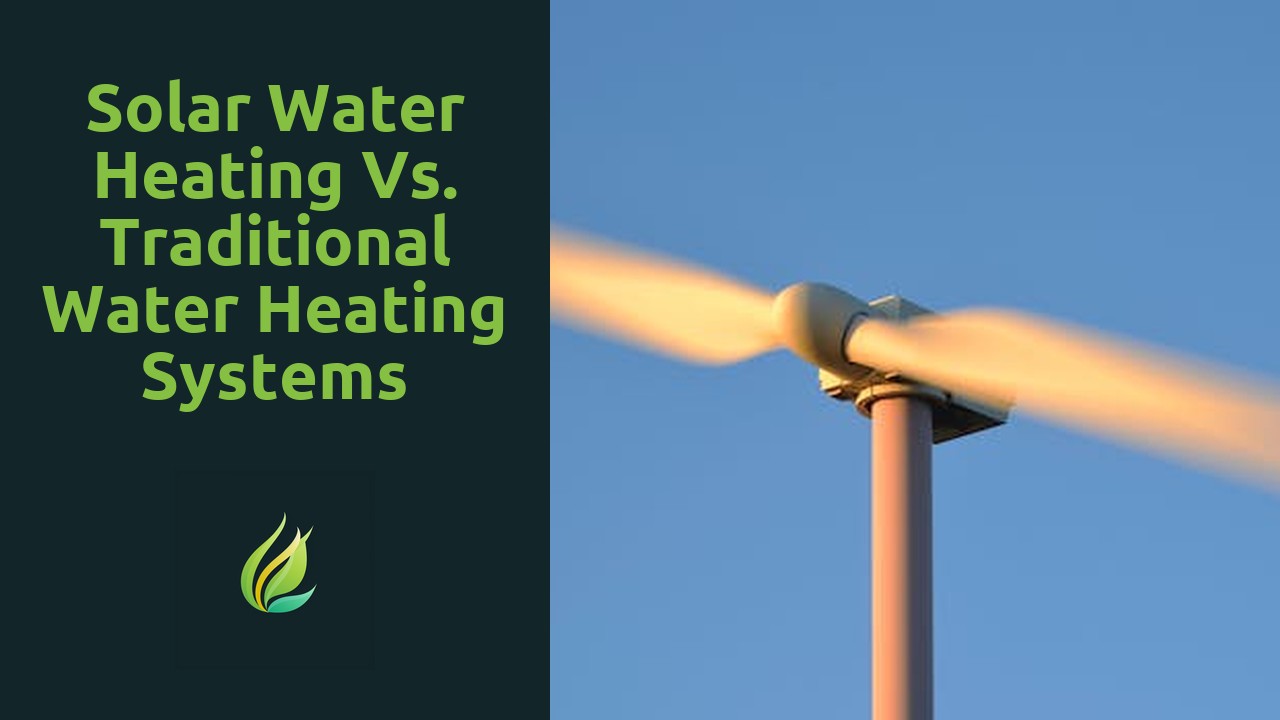
Solar Water Heating vs. Traditional Water Heating Systems
Switching to renewable energy sources can lead to lower energy costs and a reduced carbon footprint. By harnessing the power of the sun or wind, homeowners and businesses can tap into clean and sustainable energy options. Unlike fossil fuels, which c...
Read more →
Installation and Maintenance of Solar Water Heating Systems
Solar water heating systems offer numerous benefits for homeowners seeking an eco-friendly and sustainable way to heat water. One of the key advantages of using solar energy for water heating is the significant reduction in utility costs. By harnessi...
Read more →
Types of Solar Water Heating Systems
Solar water heating is a renewable energy technology that harnesses the power of the sun to heat water for domestic or commercial use. It relies on the principle of converting sunlight into heat energy, which is then transferred to the water in a sto...
Read more →
Advantages of Solar Water Heating Systems
Solar water heating systems offer a cost-effective solution for reducing monthly energy bills. By harnessing the sun's energy to heat your water, these systems eliminate or significantly reduce the need for traditional heating methods. This means you...
Read more →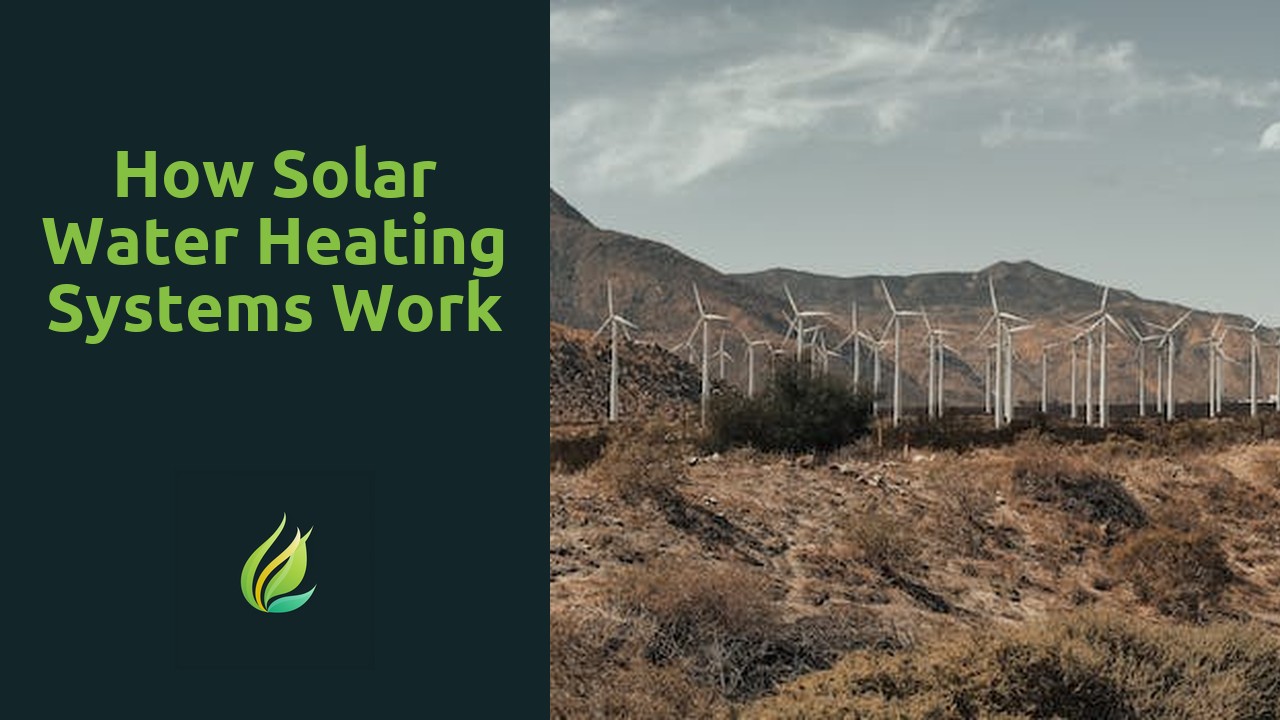
How Solar Water Heating Systems Work
Solar water heating systems offer various benefits for homeowners who are looking to reduce their reliance on traditional energy sources. One of the primary advantages is the significant cost savings that can be achieved over time. By harnessing sola...
Read more →
Introduction to Solar Water Heating Systems
Harnessing solar energy for water heating is a practical and environmentally friendly way to meet the hot water demands of homes and businesses. Solar water heating systems utilize the sun's heat to warm water for various purposes, such as bathing, c...
Read more →
Future Trends in Solar Power Plant Technology
Advancements in solar power plant technology are continuously being explored to maximize energy output and increase the overall efficiency of solar installations. One such advancement is the use of concentrated solar power (CSP) systems. Unlike tradi...
Read more →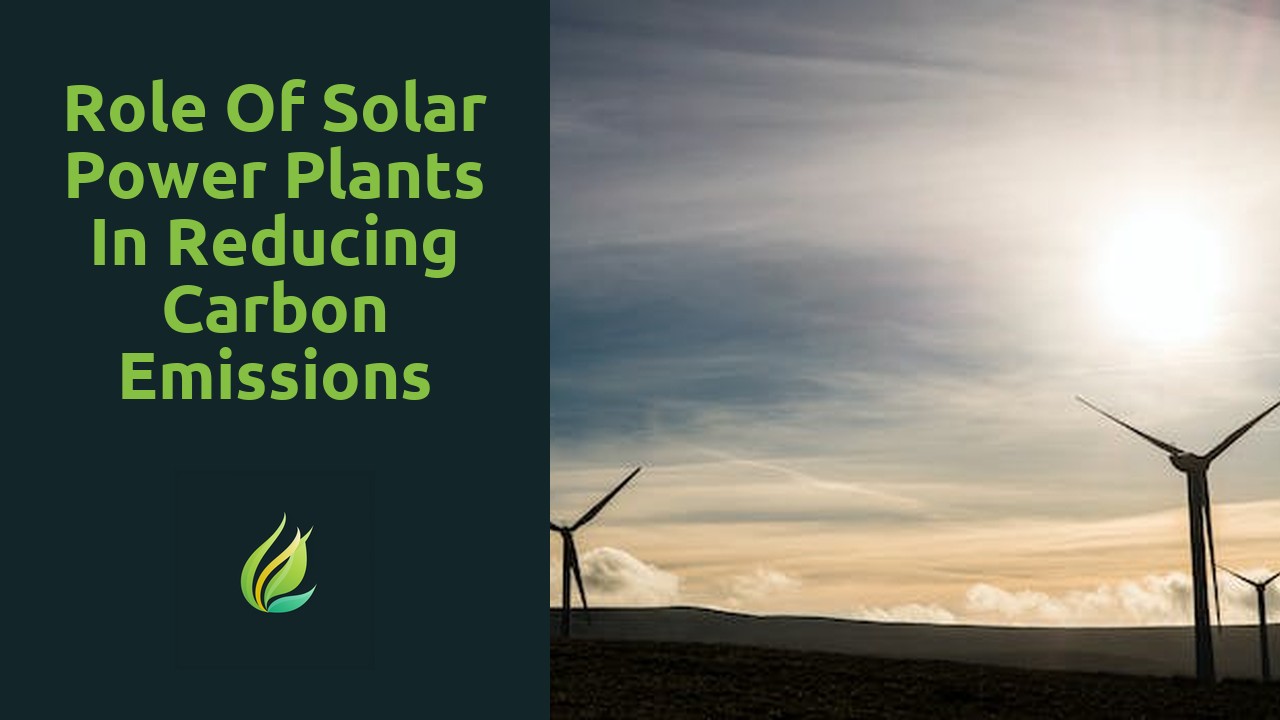
Role of Solar Power Plants in Reducing Carbon Emissions
The environmental crisis we face today is undeniably urgent. The planet is experiencing the detrimental effects of increasing carbon emissions, resulting in rising temperatures, extreme weather events, and detrimental impacts on biodiversity. It is n...
Read more →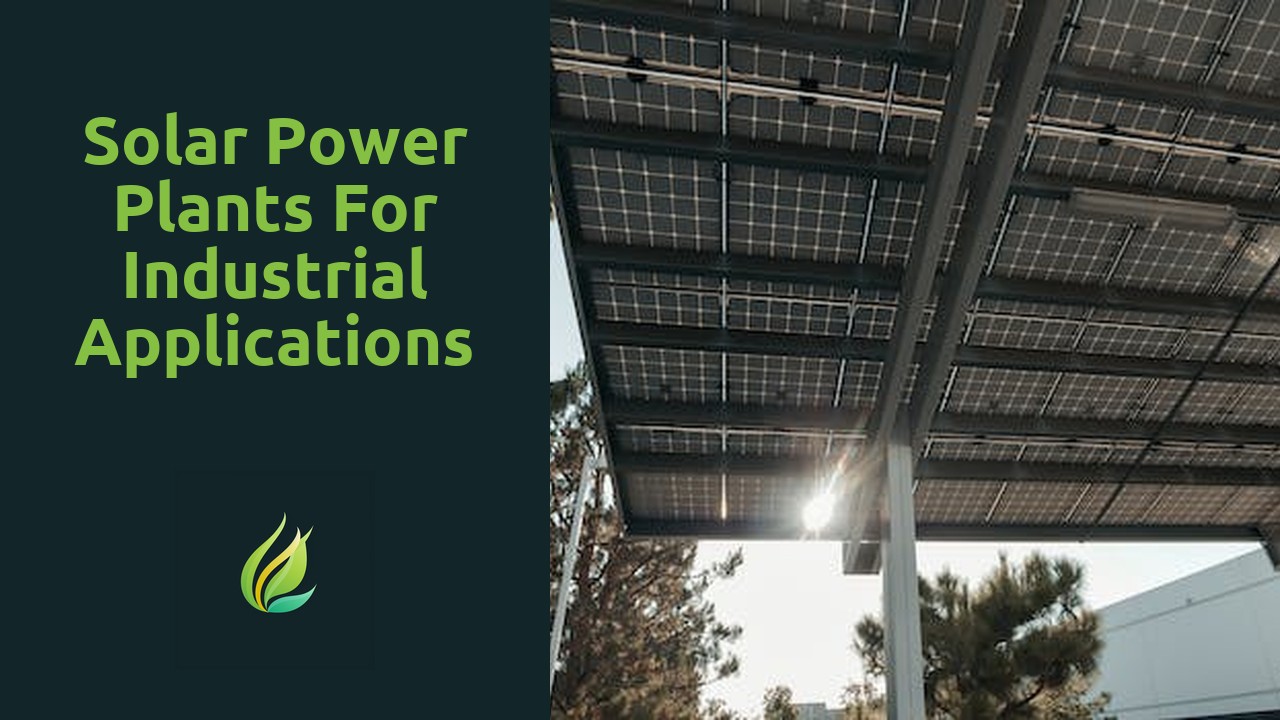
Solar Power Plants for Industrial Applications
Solar power plants have emerged as a game-changer when it comes to reducing carbon footprint in industrial applications. Through their ability to convert sunlight into clean and renewable energy, these plants contribute significantly to curbing green...
Read more →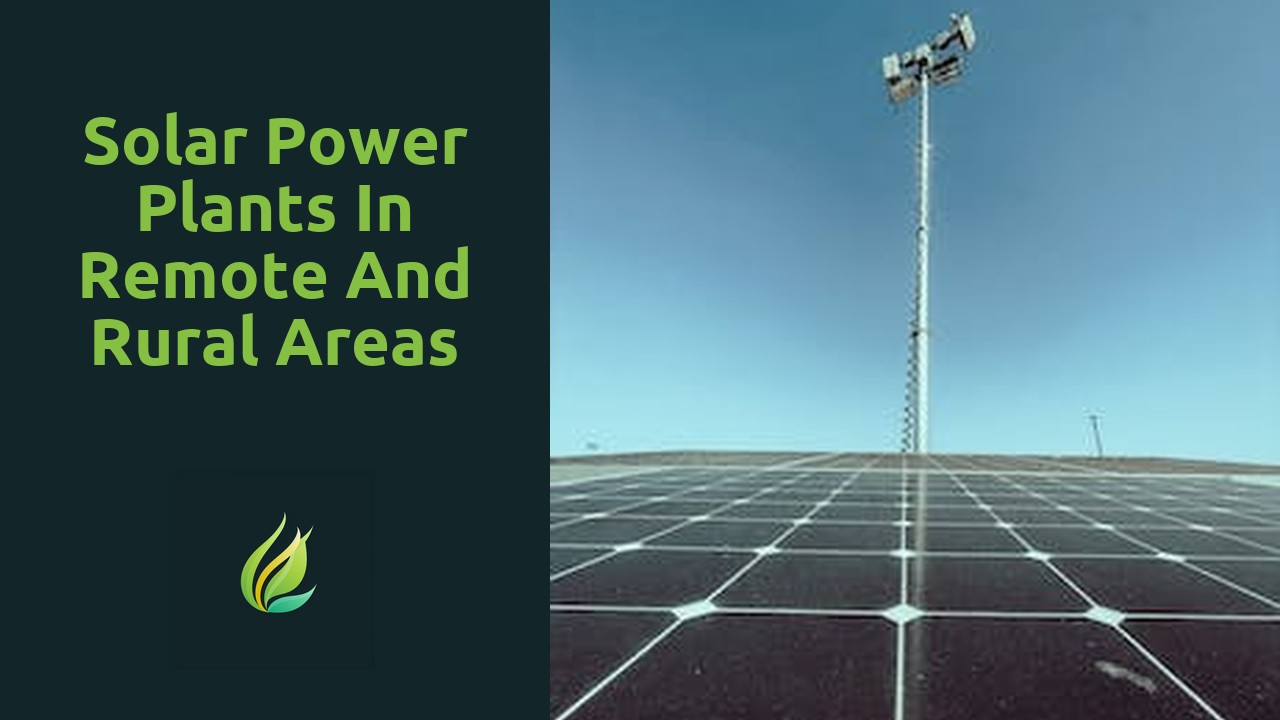
Solar Power Plants in Remote and Rural Areas
Access to electricity is a pressing challenge faced by remote and rural areas around the world. These regions often struggle with inadequate grid infrastructure, which limits their ability to receive a reliable and consistent supply of power. The lac...
Read more →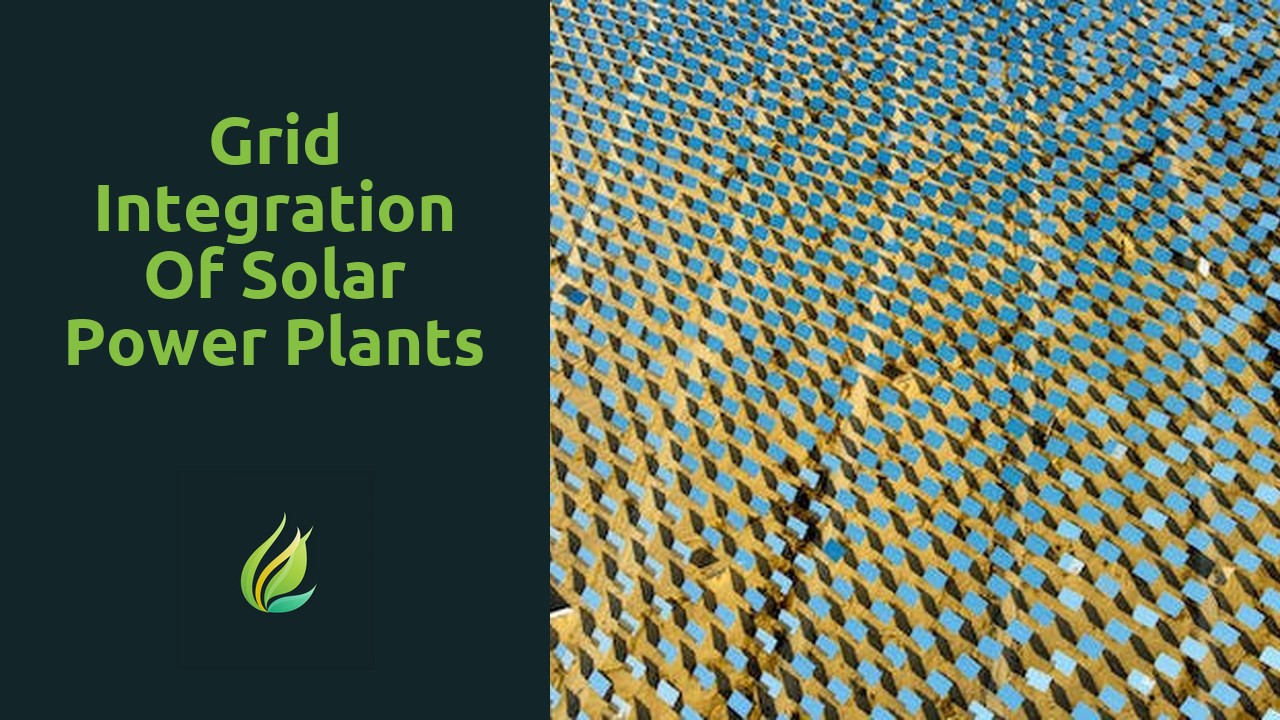
Grid Integration of Solar Power Plants
As the world becomes more conscious of the need for renewable energy sources, solar power plants have emerged as a key player in the energy sector. With their ability to harness the limitless power of the sun, these plants are rapidly gaining importa...
Read more →
Operation and Maintenance of Solar Power Plants
Regular inspections play a critical role in ensuring the smooth operation of solar power plants. They are essential for identifying and addressing any potential issues or inefficiencies that may arise within the system. By conducting thorough inspect...
Read more →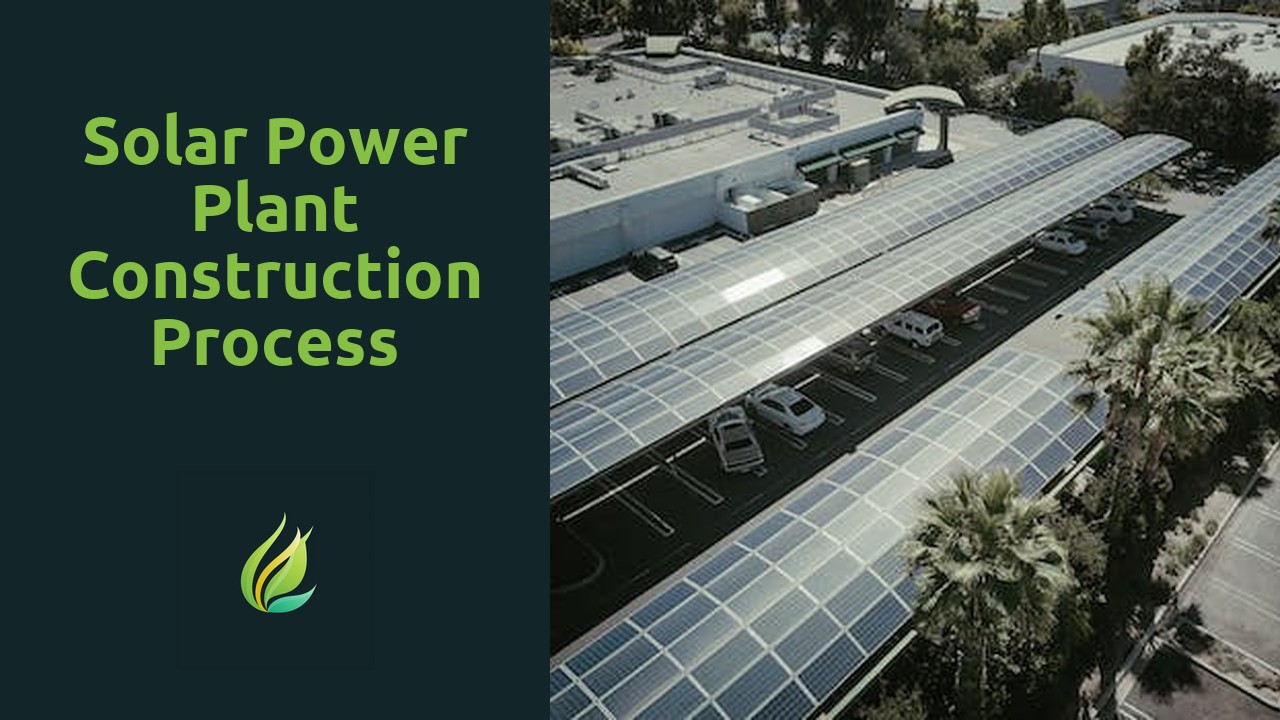
Solar Power Plant Construction Process
Identifying the optimal location for a solar power plant is a crucial step in the planning process. One of the key factors to consider is the solar resource availability at the site. Since solar power relies on sunlight to generate electricity, it is...
Read more →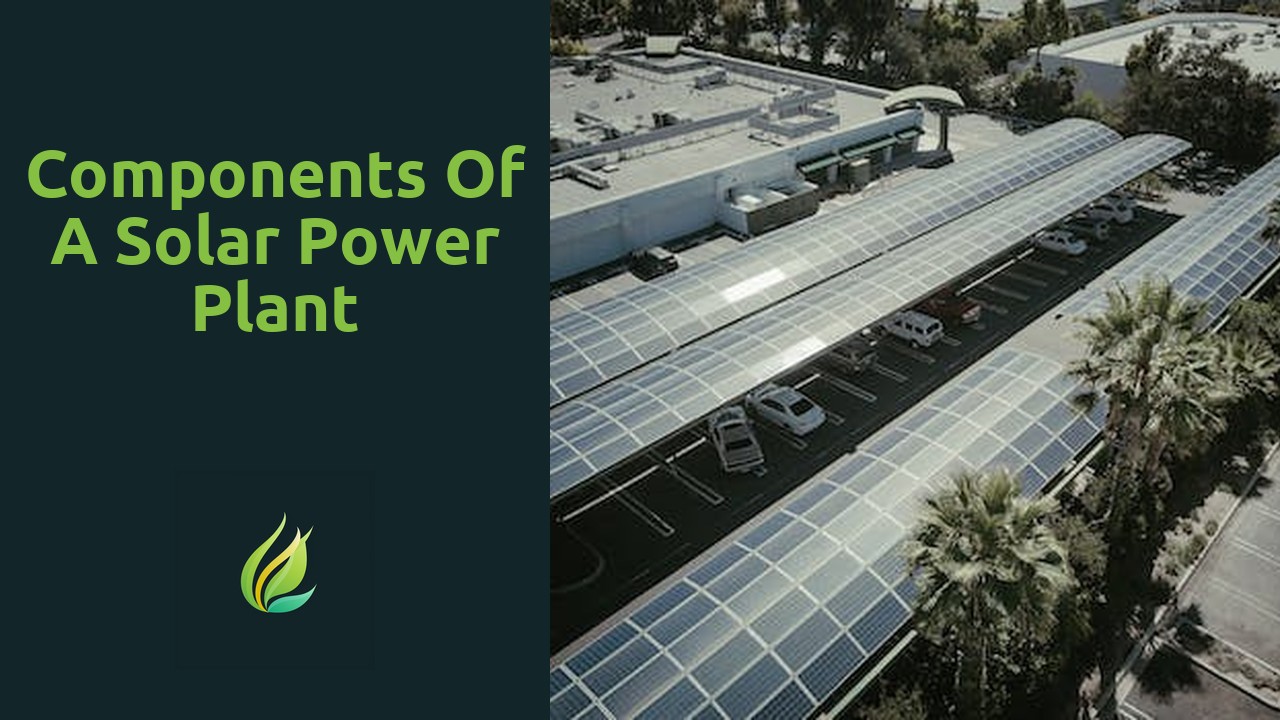
Components of a Solar Power Plant
Solar panels are undoubtedly the most essential component of any solar power plant. These panels are responsible for converting sunlight into usable electricity, making them the heart of the entire system. Solar panels consist of numerous photovoltai...
Read more →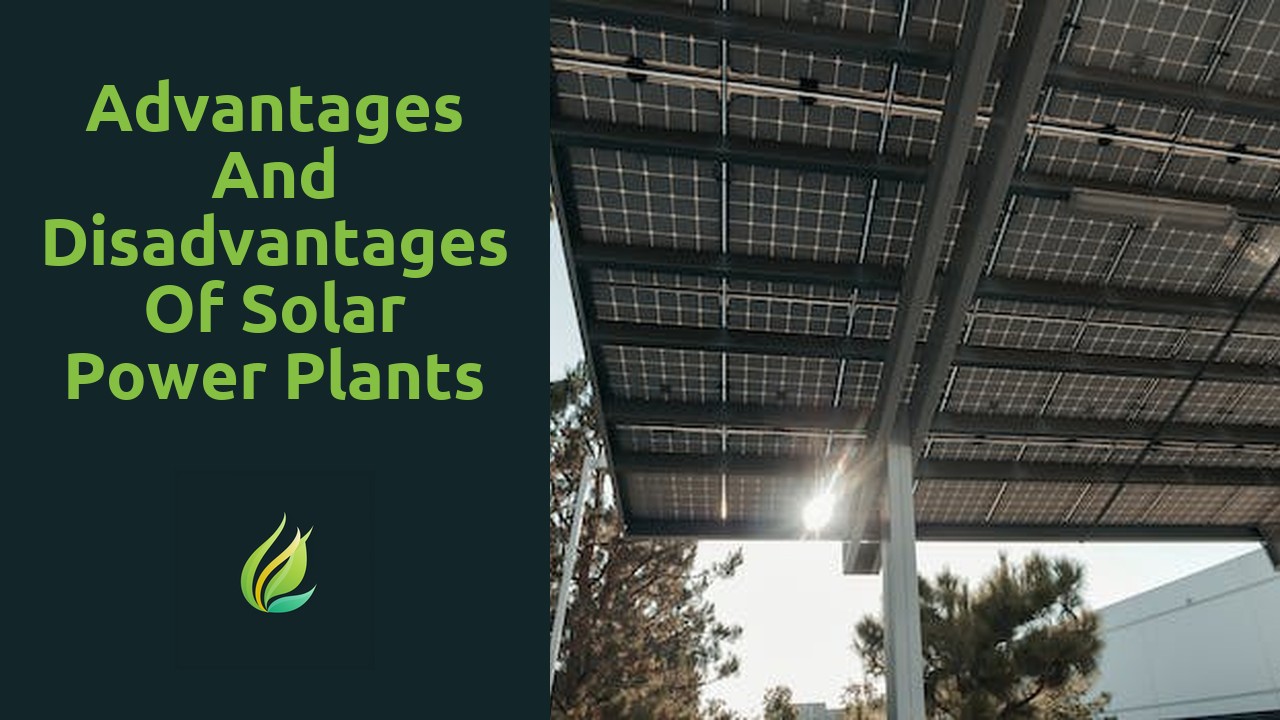
Advantages and Disadvantages of Solar Power Plants
Solar power plants have gained significant attention in recent years as a promising renewable energy solution. One of the key advantages of solar power plants lies in their ability to harness the sun's abundant energy. Unlike fossil fuel-based power ...
Read more →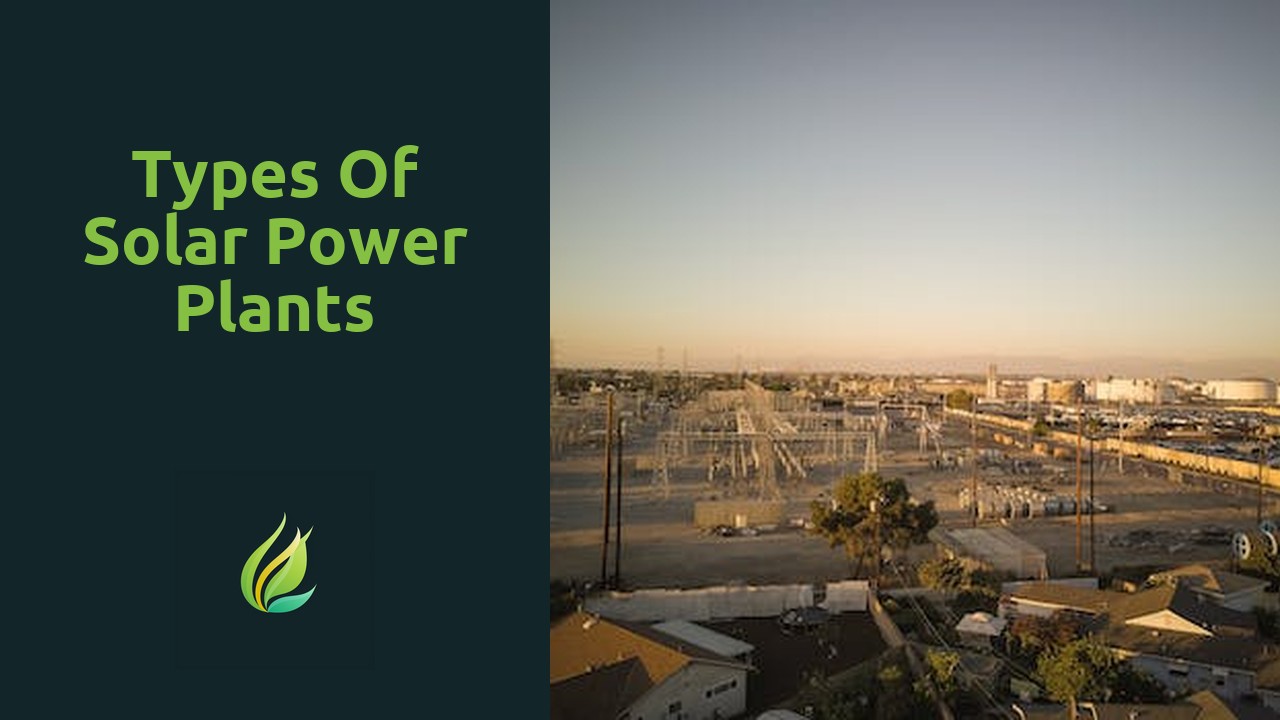
Types of Solar Power Plants
Photovoltaic solar panels, also known as PV panels, are one of the most commonly used technologies in solar power plants. These panels are made up of multiple solar cells, which convert sunlight into electricity through the photovoltaic effect. The c...
Read more →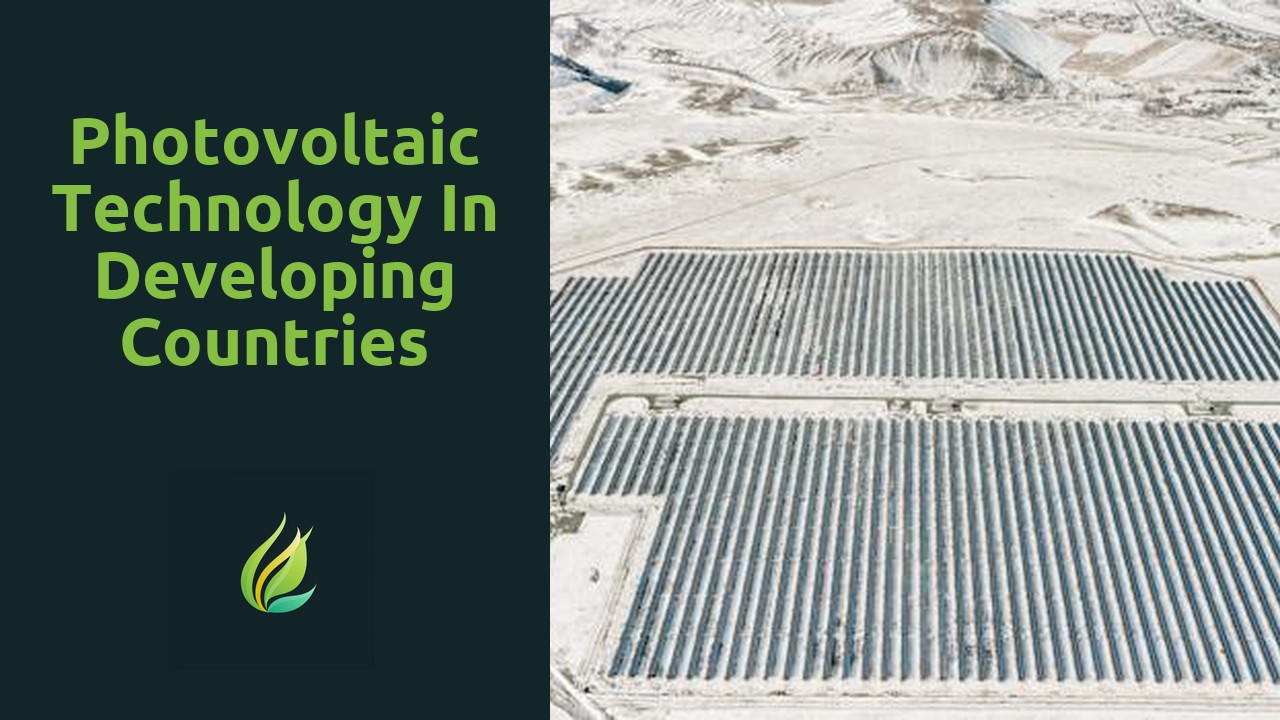
Photovoltaic Technology in Developing Countries
Rural electrification has long been a challenge for developing countries, with many remote areas lacking access to reliable and affordable electricity. However, the advent of photovoltaic technology has brought about a remarkable impact on rural elec...
Read more →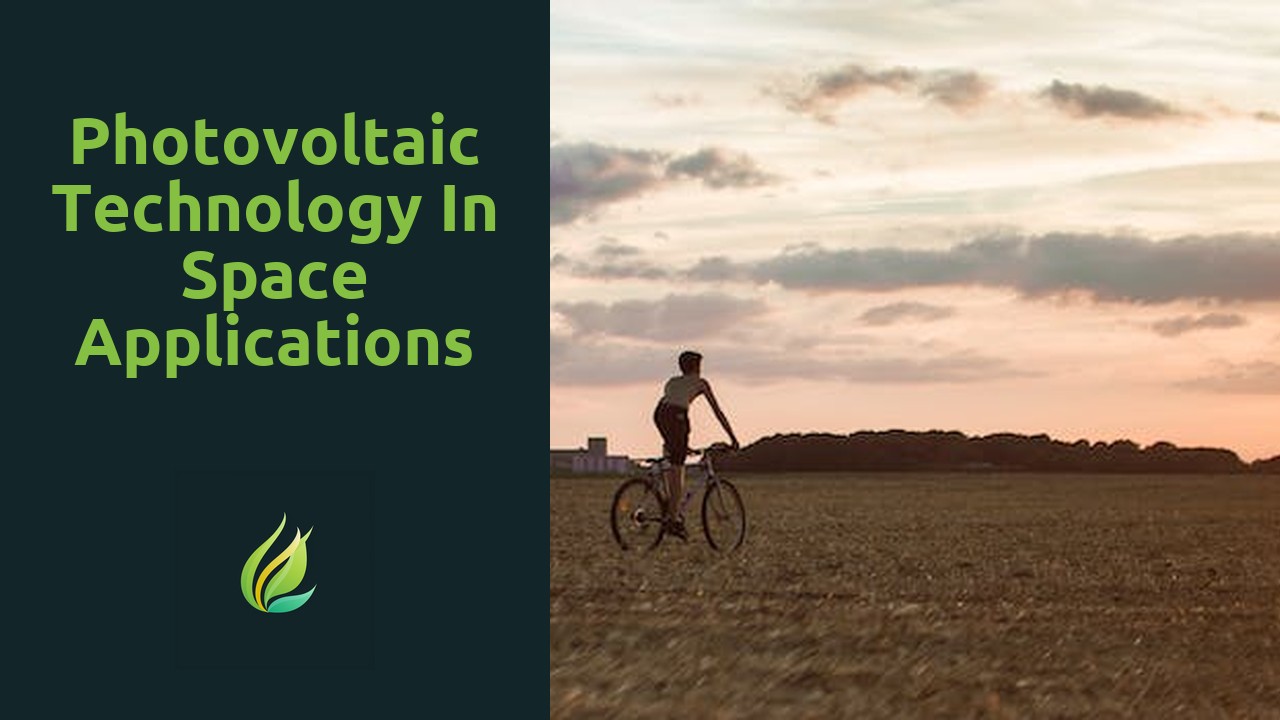
Photovoltaic Technology in Space Applications
In the early years of space exploration, solar power was not a primary source of energy for spacecraft. Instead, batteries and fuel cells were commonly used to provide electrical power. However, as technology advanced and the limitations of tradition...
Read more →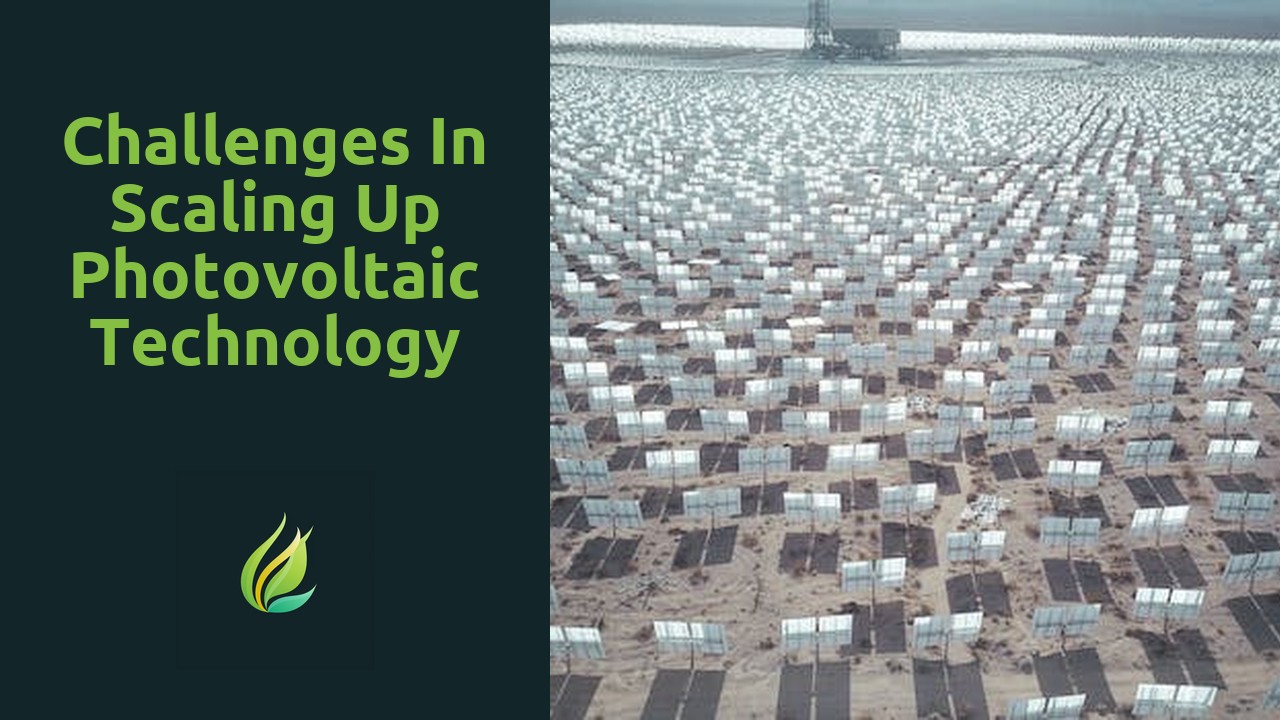
Challenges in Scaling Up Photovoltaic Technology
Photovoltaic technology, often referred to as solar cells, has a rich and fascinating history dating back over 180 years. The concept of harnessing solar energy to generate electricity was first discovered in 1839 by Alexandre Edmond Becquerel, a Fre...
Read more →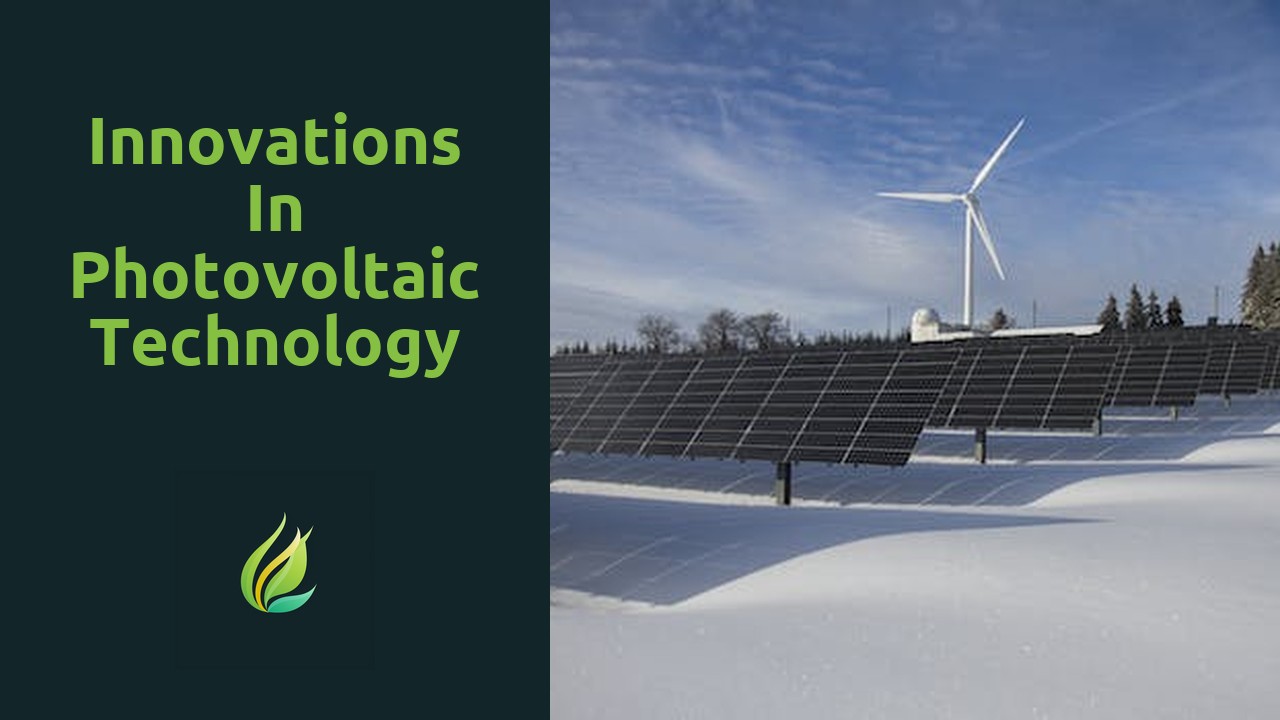
Innovations in Photovoltaic Technology
Breakthroughs in solar cell efficiency have become a focal point for researchers in recent years. With the aim of maximizing the amount of energy that can be generated from sunlight, technological advancements have led to significant improvements in ...
Read more →
Future Trends in Photovoltaic Technology
The concept of harnessing solar energy dates back to the 19th century when French physicist Alexandre-Edmond Becquerel discovered the photovoltaic effect. His experiments laid the foundation for the development of photovoltaic technology we know toda...
Read more →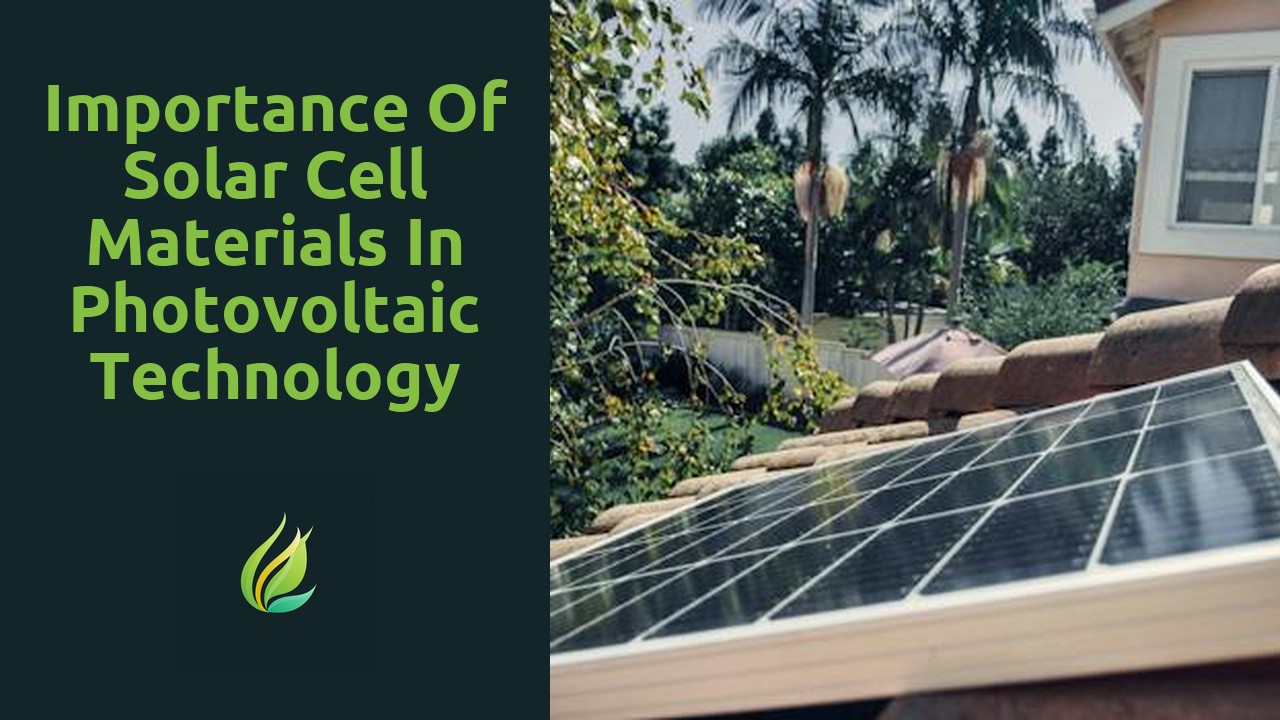
Importance of Solar Cell Materials in Photovoltaic Technology
One of the most crucial aspects of harnessing renewable energy lies in the selection of suitable solar cell materials. Solar cell materials form the fundamental building blocks of solar panels, which in turn convert sunlight into electricity. These m...
Read more →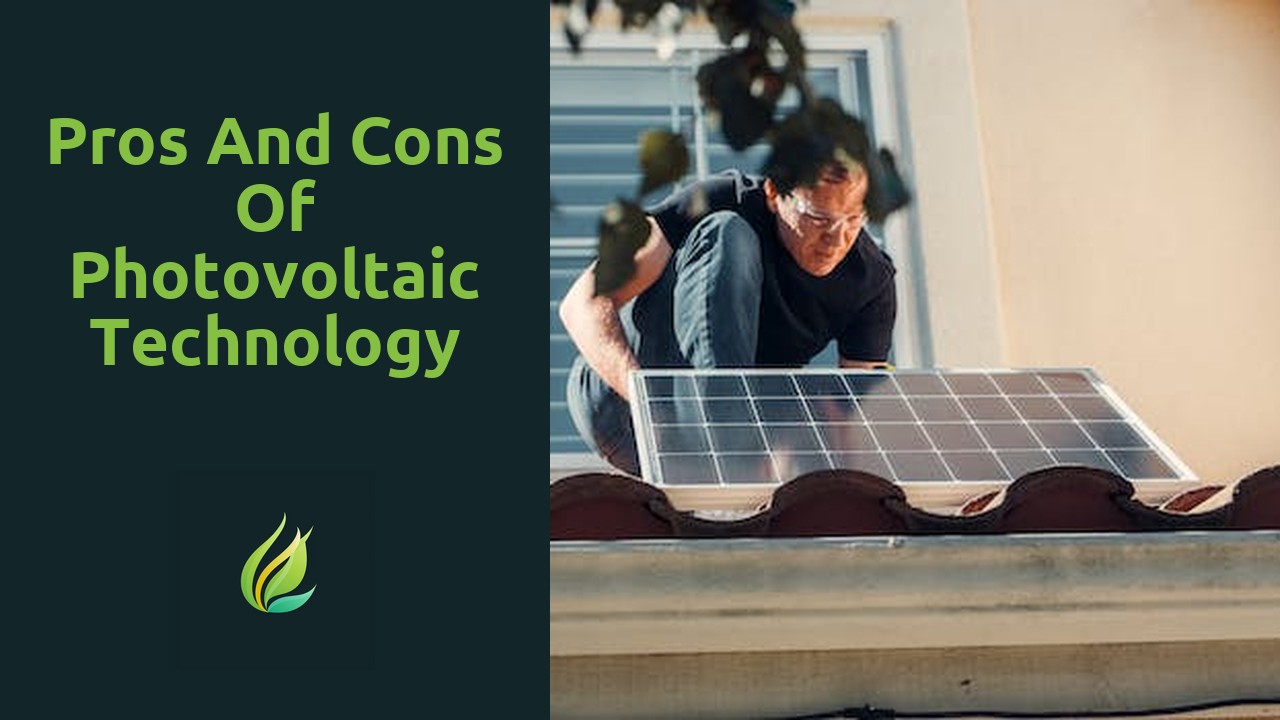
Pros and Cons of Photovoltaic Technology
Investing in a photovoltaic system often entails a high upfront cost, which can be a significant deterrent for many individuals and businesses considering this technology. The initial investment required for installation involves purchasing the solar...
Read more →
Efficiency Improvement Techniques for Photovoltaic Systems
Photovoltaic systems, also known as solar photovoltaic systems or solar power systems, are a powerful and increasingly popular method of harnessing energy from the sun. These systems utilize solar panels made up of photovoltaic (PV) cells, which conv...
Read more →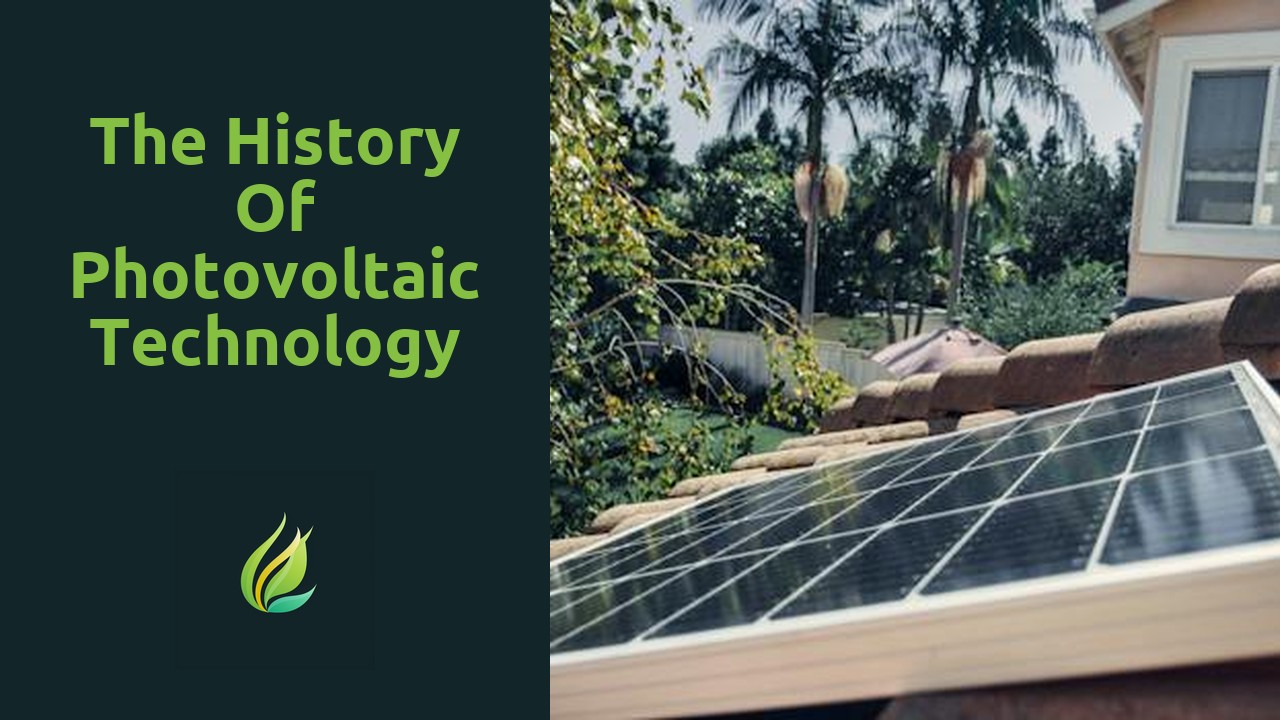
The History of Photovoltaic Technology
The early discoveries in solar energy date back to ancient civilizations, where they worshipped the sun as a deity and recognized its power. The ancient Egyptians, for instance, built their homes with large windows to allow sunlight to enter and warm...
Read more →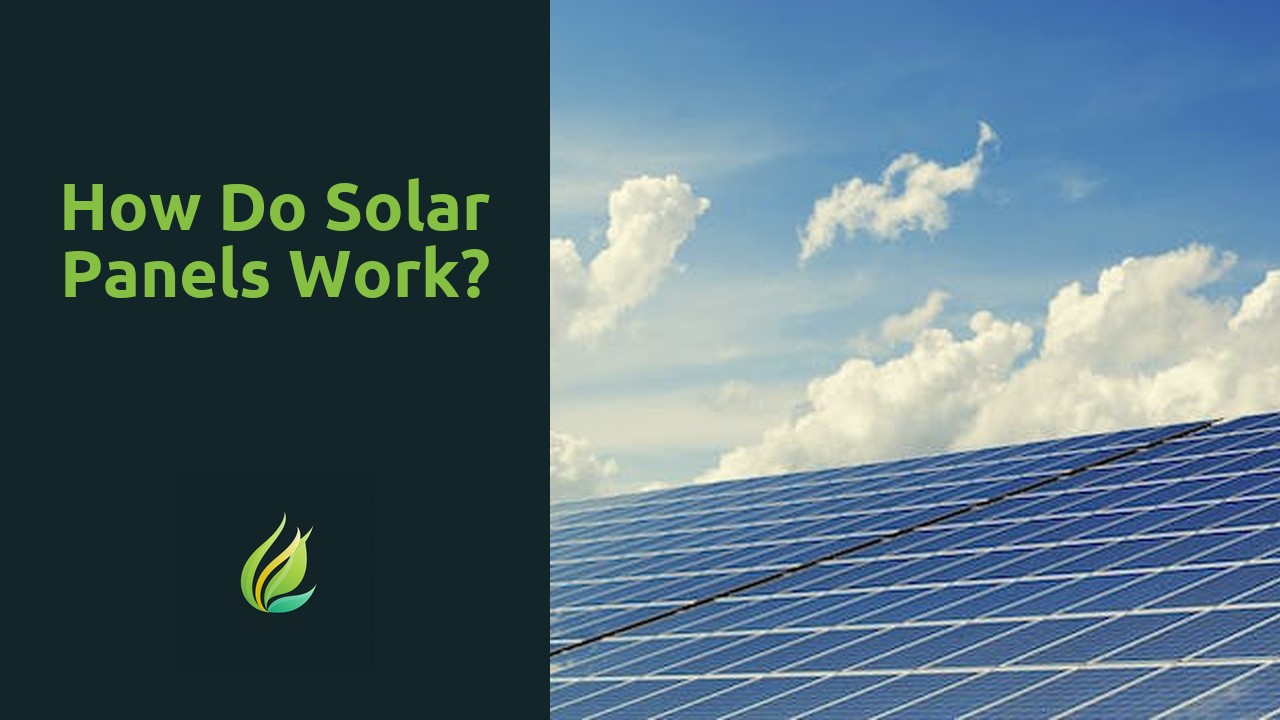
How Do Solar Panels Work?
Photovoltaic panels, commonly known as solar panels, play a crucial role in harnessing the power of the sun and converting it into usable electricity. The key principle behind their operation lies in the photovoltaic effect, which refers to the abili...
Read more →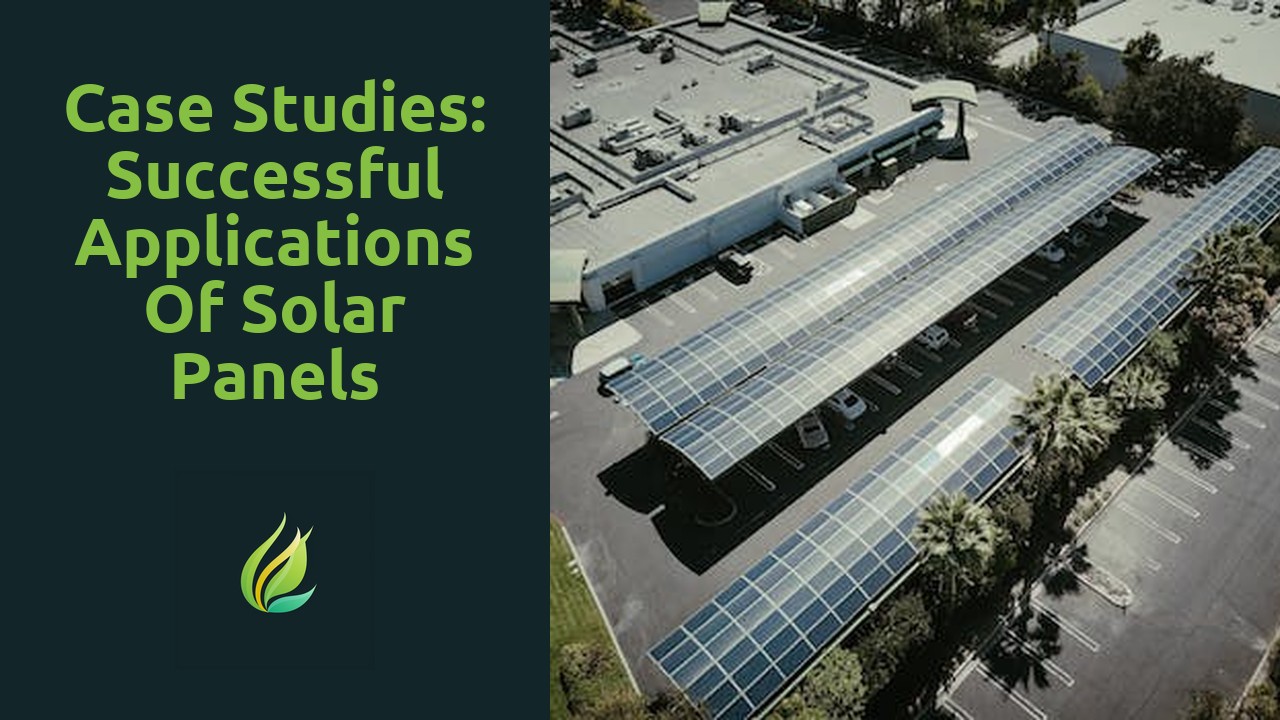
Case Studies: Successful Applications of Solar Panels
The increasing need for renewable energy solutions has prompted the exploration of innovative solar panel projects around the world. These projects not only provide sustainable sources of energy but also inspire others to embrace cleaner and greener ...
Read more →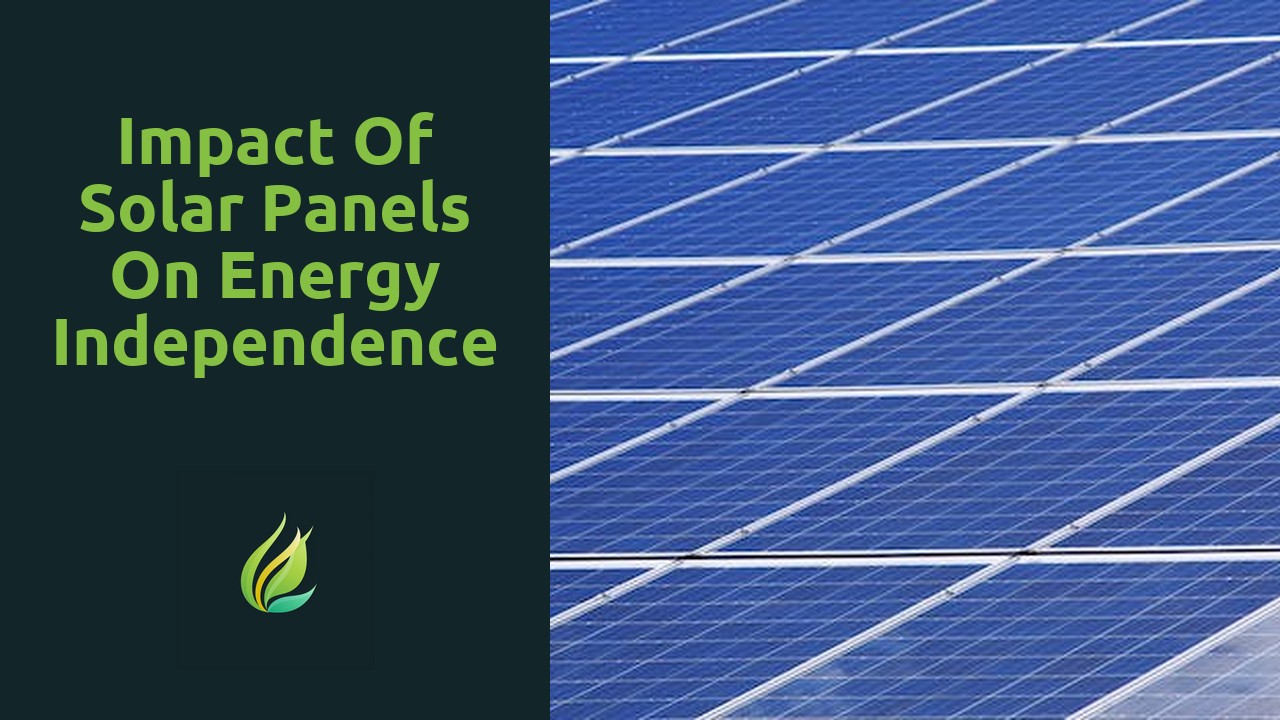
Impact of Solar Panels on Energy Independence
Harnessing the power of the sun has become an increasingly popular and viable option to meet our energy needs. Solar panels, also known as photovoltaic panels, are at the forefront of this renewable energy revolution. These panels are made up of nume...
Read more →
Cost-Efficiency of Solar Panels
Solar panels have become an increasingly popular choice for homeowners and businesses looking to reduce their carbon footprint and save money on their energy bills. One of the significant economic advantages of solar panels is the potential for long-...
Read more →
Latest Technological Advancements in Solar Panels
Solar panel technology has seen remarkable advancements in recent years, resulting in significantly improved efficiency levels. These breakthroughs have paved the way for greater energy production and cost savings, making solar power an increasingly ...
Read more →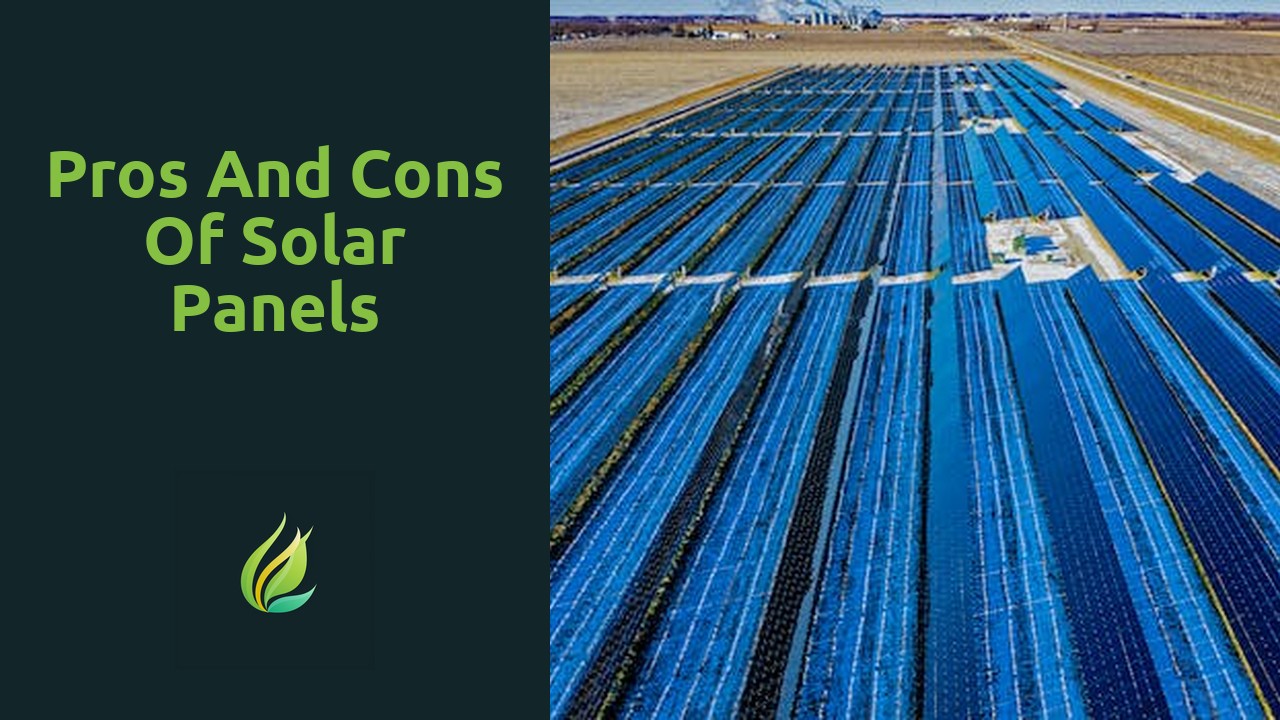
Pros and Cons of Solar Panels
Solar panels have emerged as a pioneer in the realm of renewable energy by efficiently converting sunlight into usable energy. Harnessing the power of the sun, solar panels utilize photovoltaic cells to convert solar radiation into electricity. This ...
Read more →
Maintenance Tips for Solar Panels
To ensure the longevity and optimal performance of your solar panels, regular maintenance is essential. Understanding the basics of solar panel maintenance will not only help you save money in the long run but also maximize the energy production of y...
Read more →
Installation Process of Solar Panels
Solar energy has become an increasingly popular choice for homeowners and businesses alike, and for good reason. One of the key advantages of using solar power is its ability to reduce or even eliminate electricity bills. By harnessing the power of t...
Read more →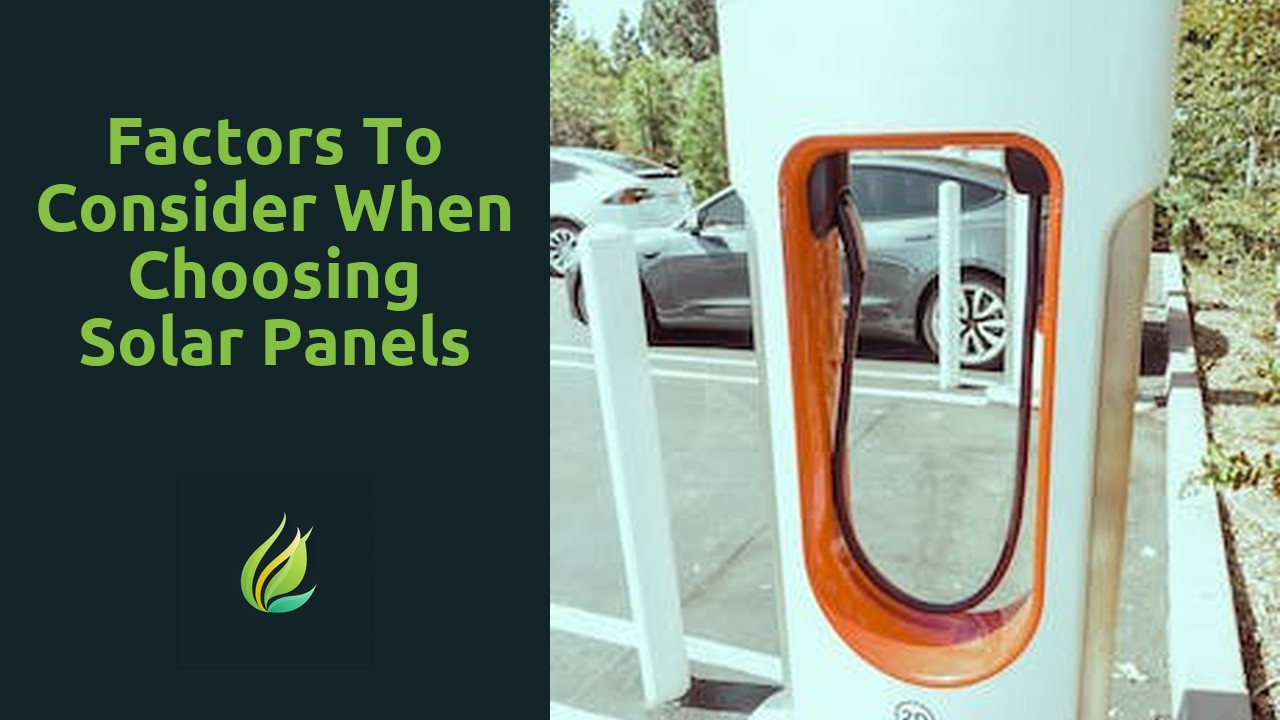
Factors to Consider When Choosing Solar Panels
Solar panels are a vital component of any renewable energy system, and their efficiency plays a crucial role in determining how much energy can be harnessed from the sun. The efficiency of solar panels refers to the amount of sunlight that can be con...
Read more →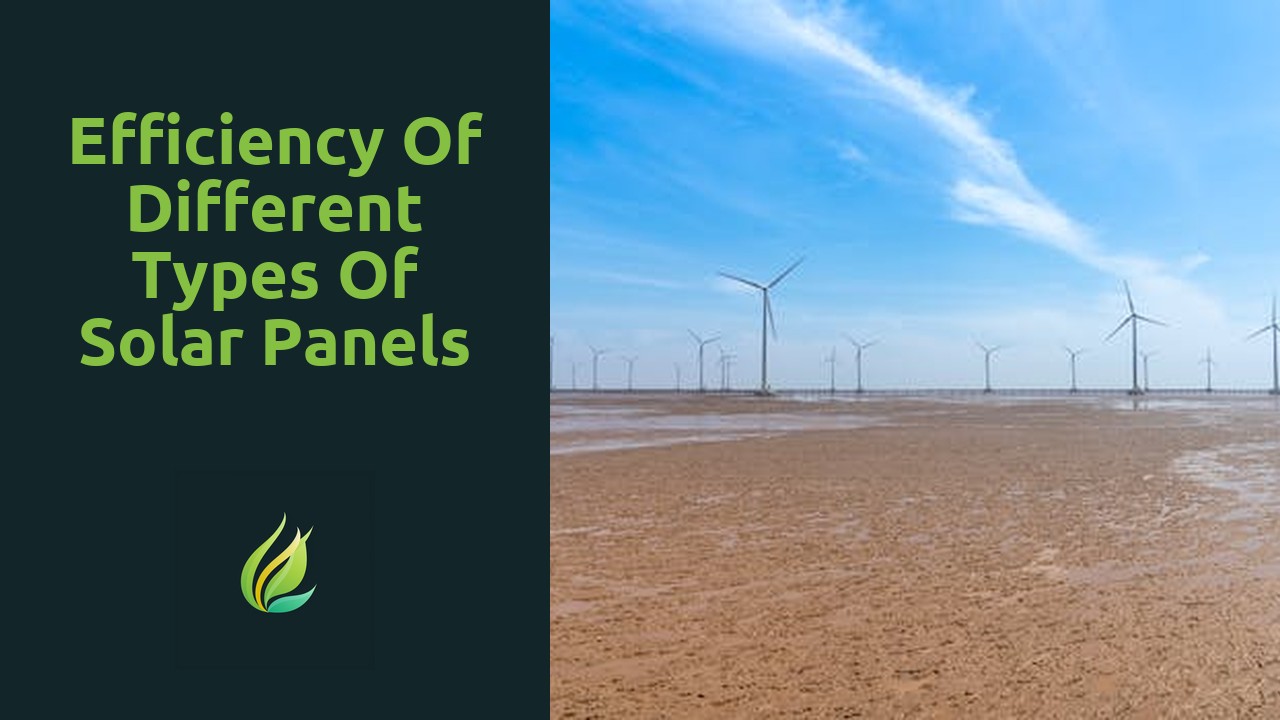
Efficiency of Different Types of Solar Panels
Monocrystalline solar panels have become extremely popular in the renewable energy industry due to their high efficiency and reliable performance. These panels are made from a single crystal structure, typically silicon, which allows for better elect...
Read more →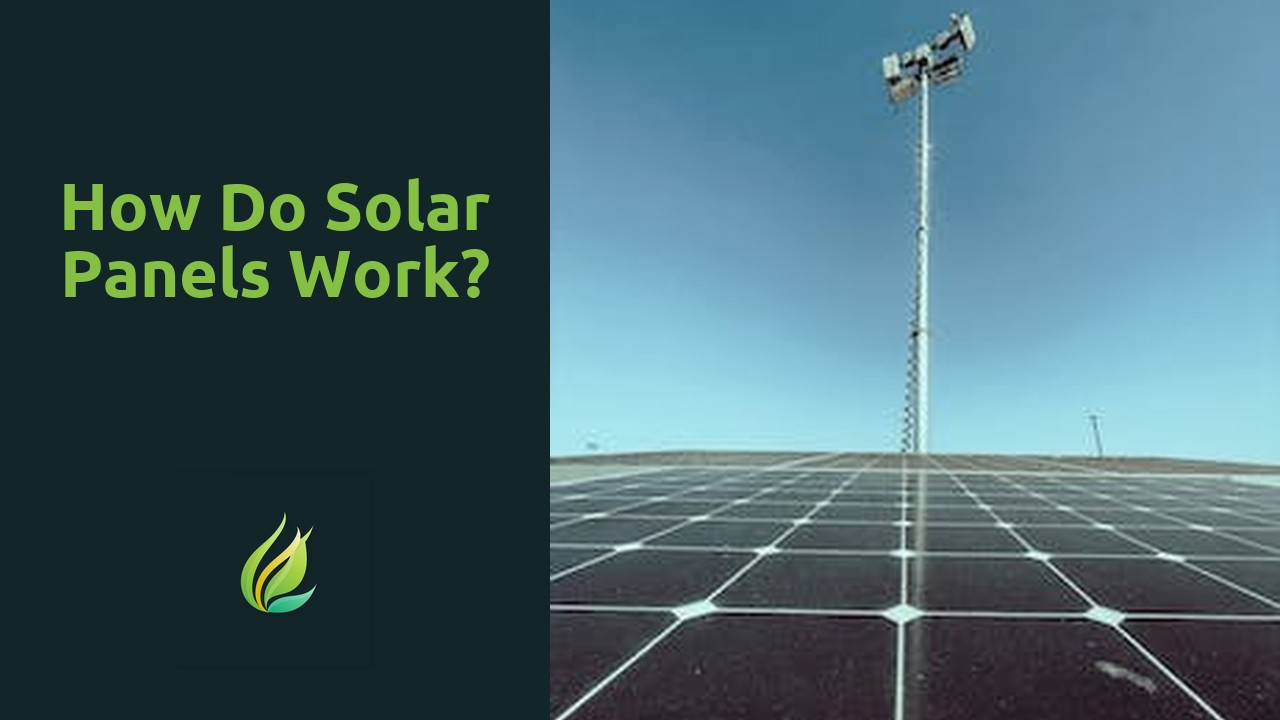
How Do Solar Panels Work?
Solar energy, also known as solar power, is a renewable source of energy harnessed from the sun's rays. It is a clean and sustainable form of energy that does not produce any harmful emissions or pollutants. Understanding the basics of solar energy i...
Read more →